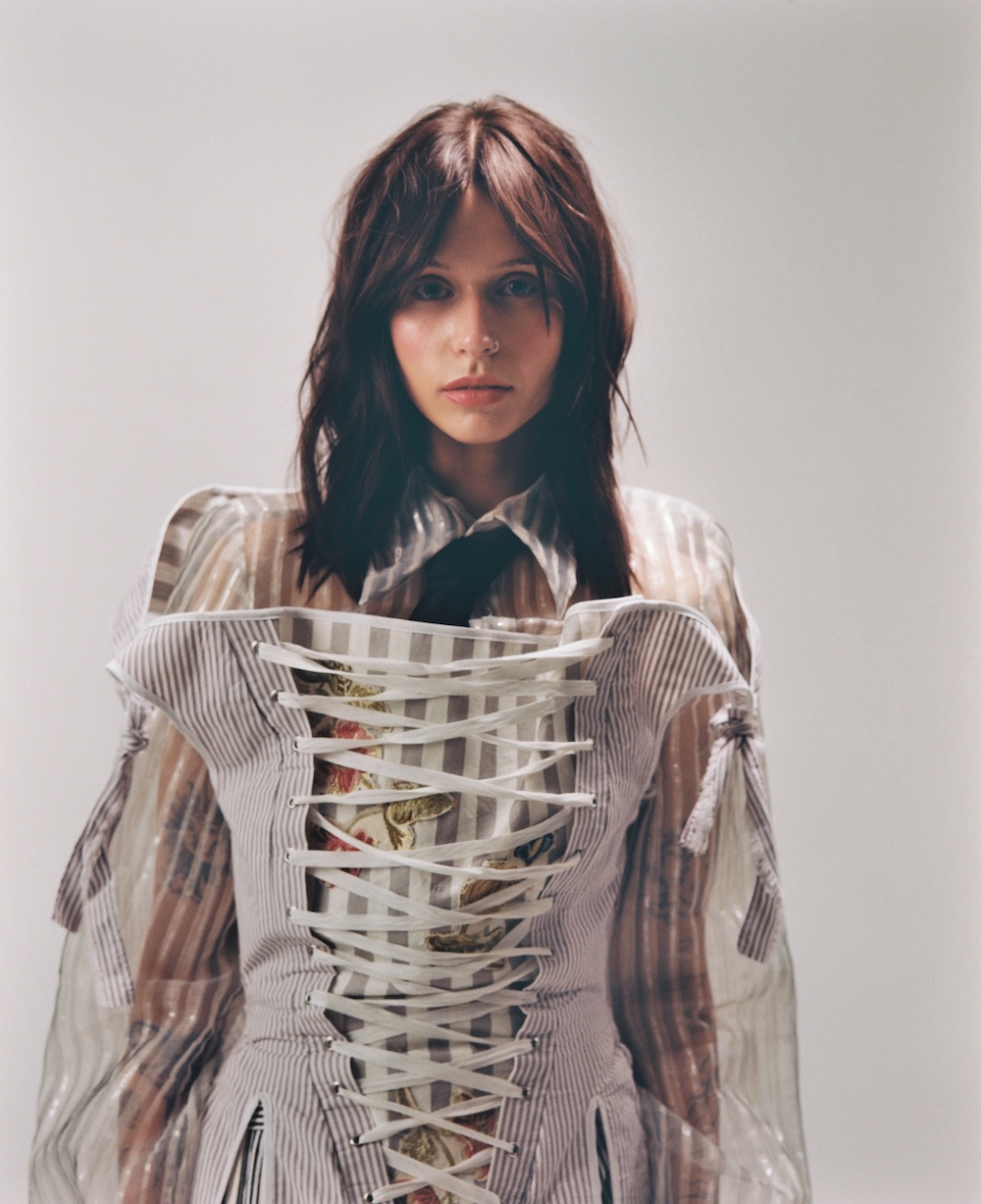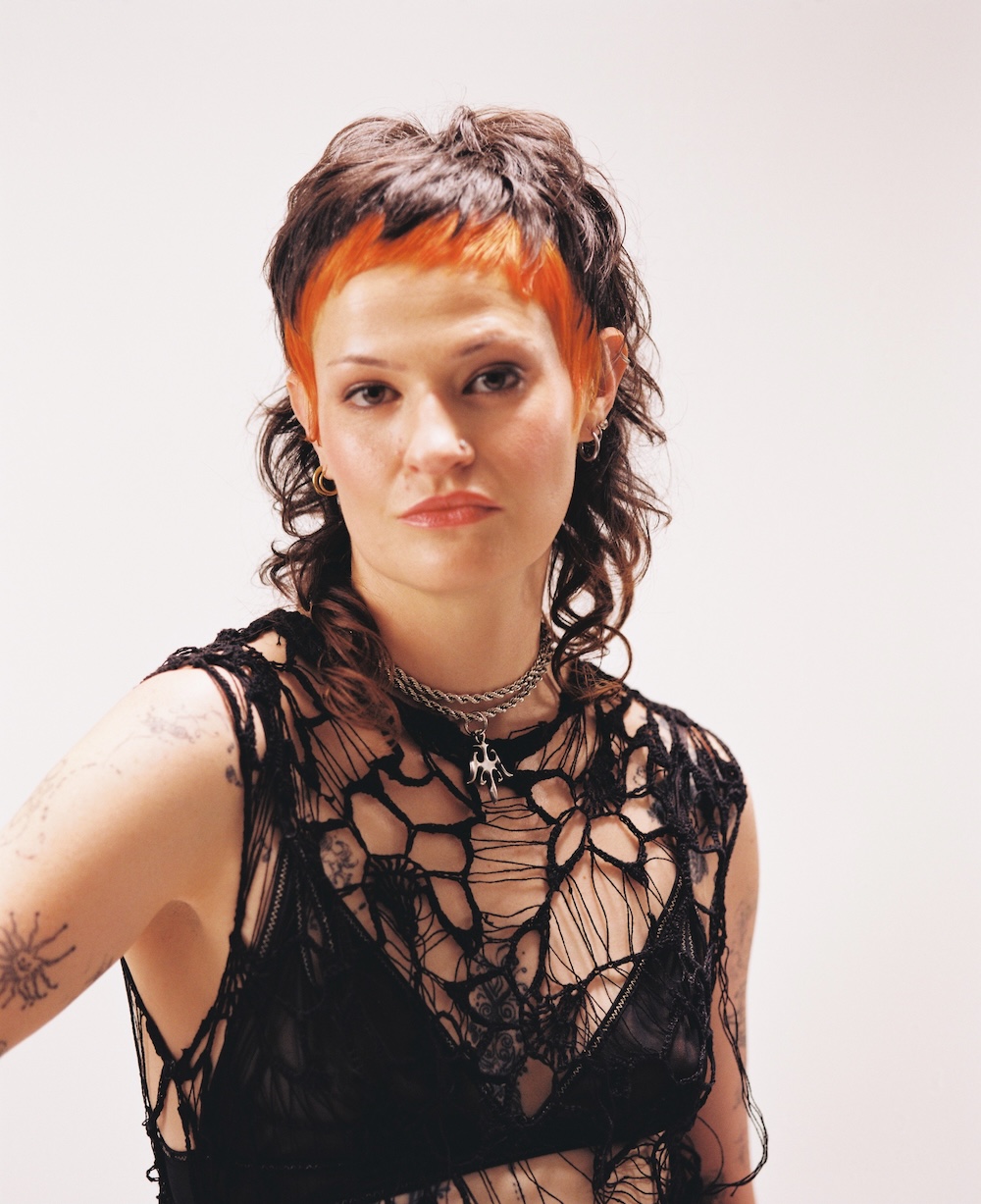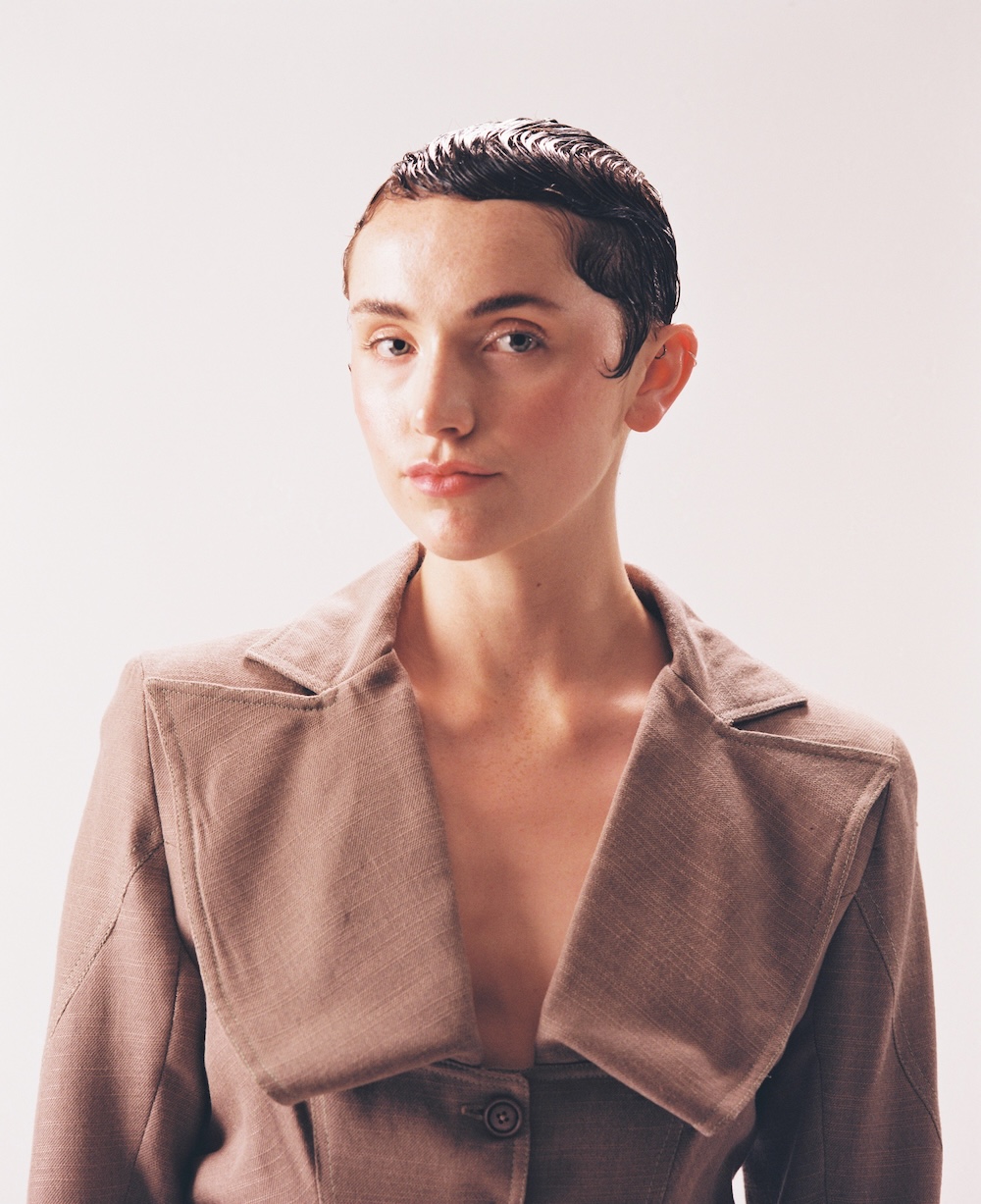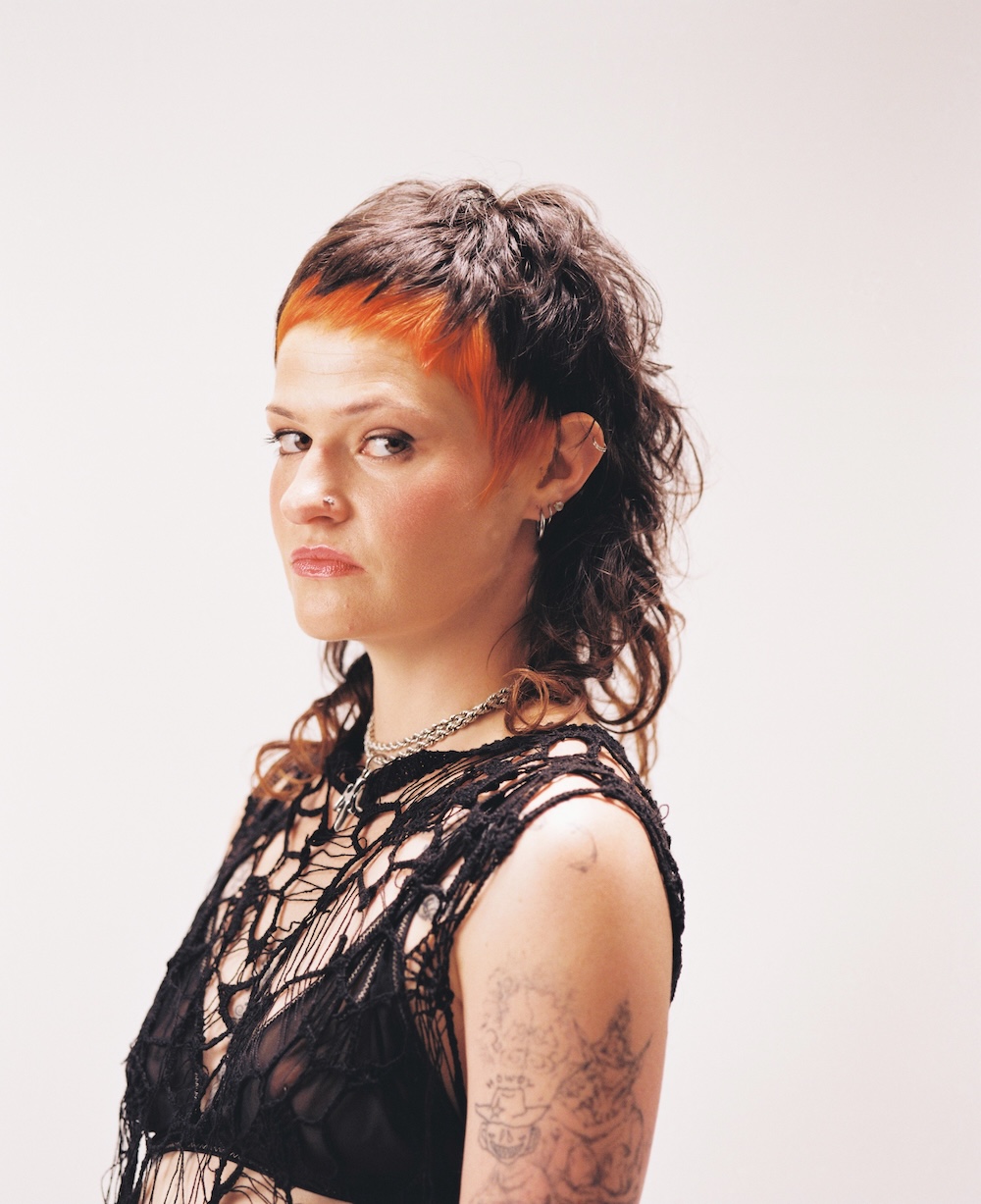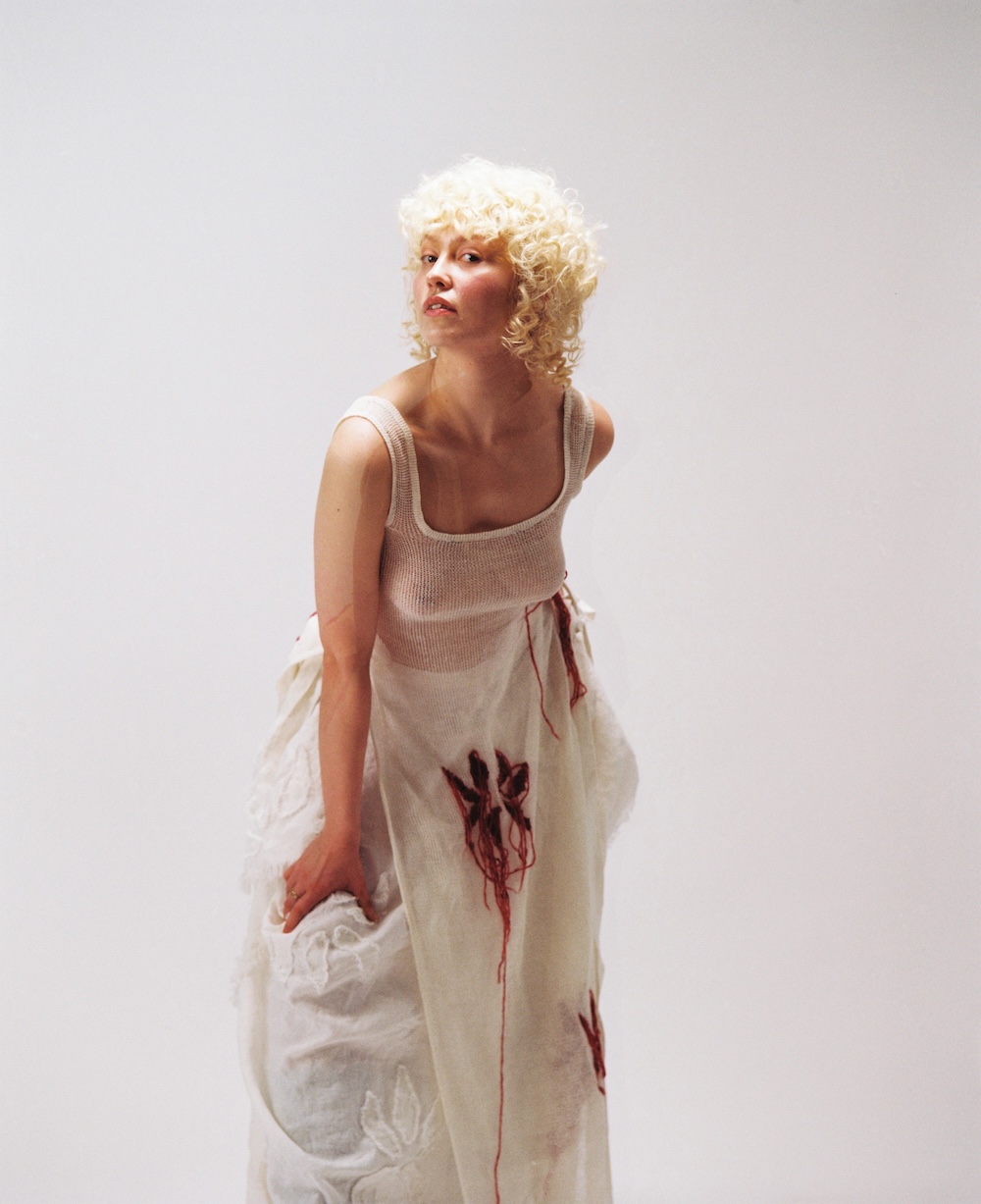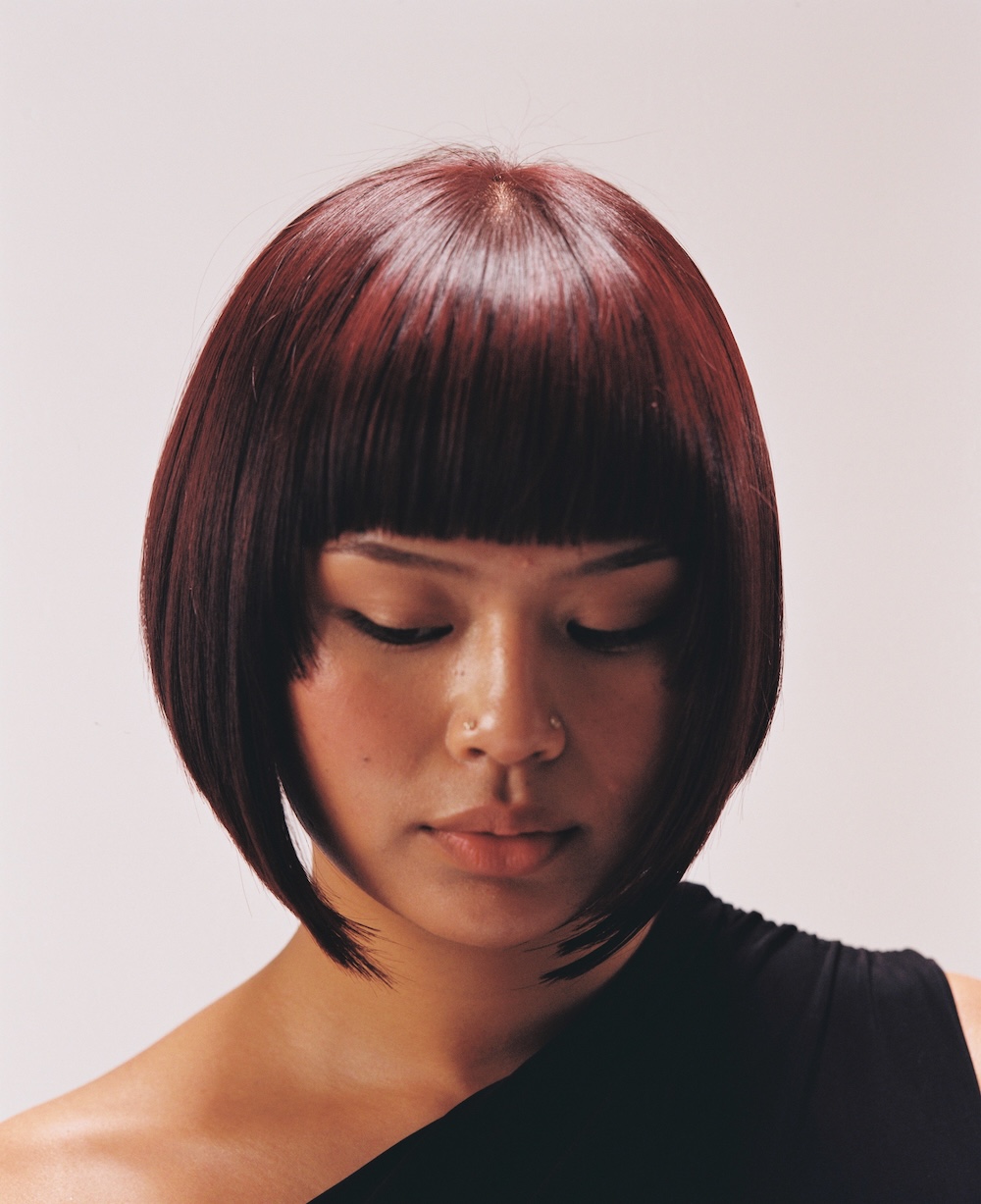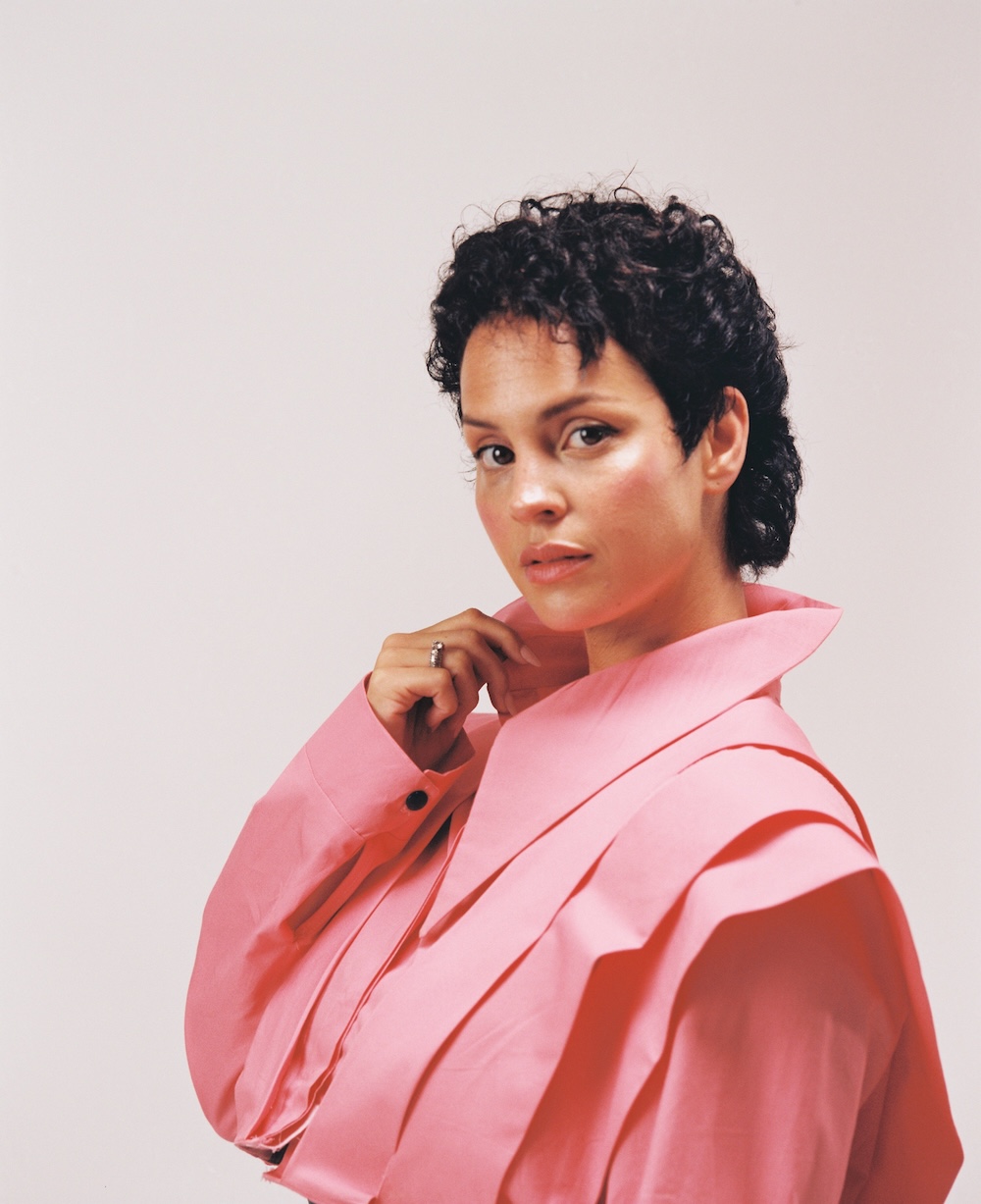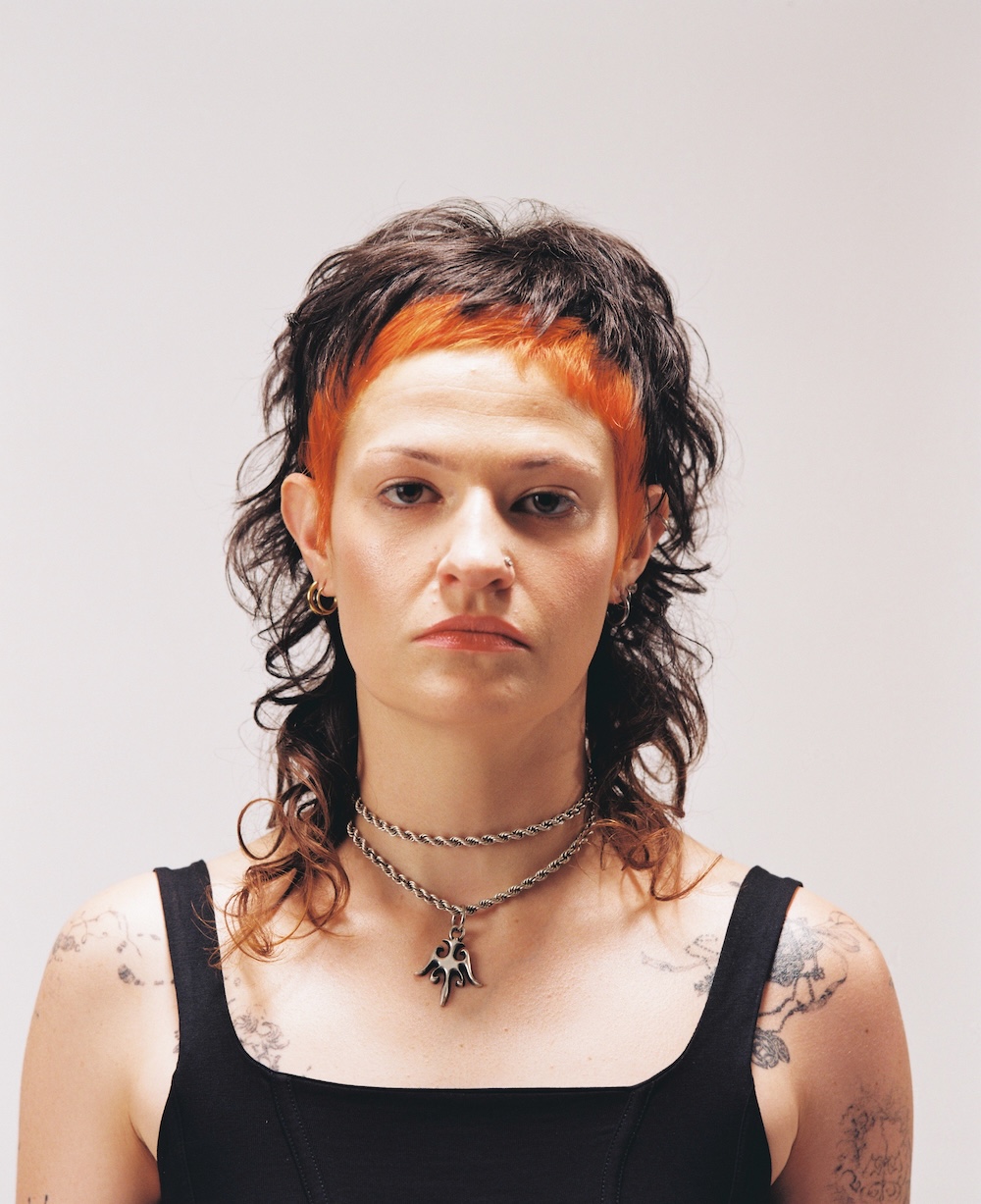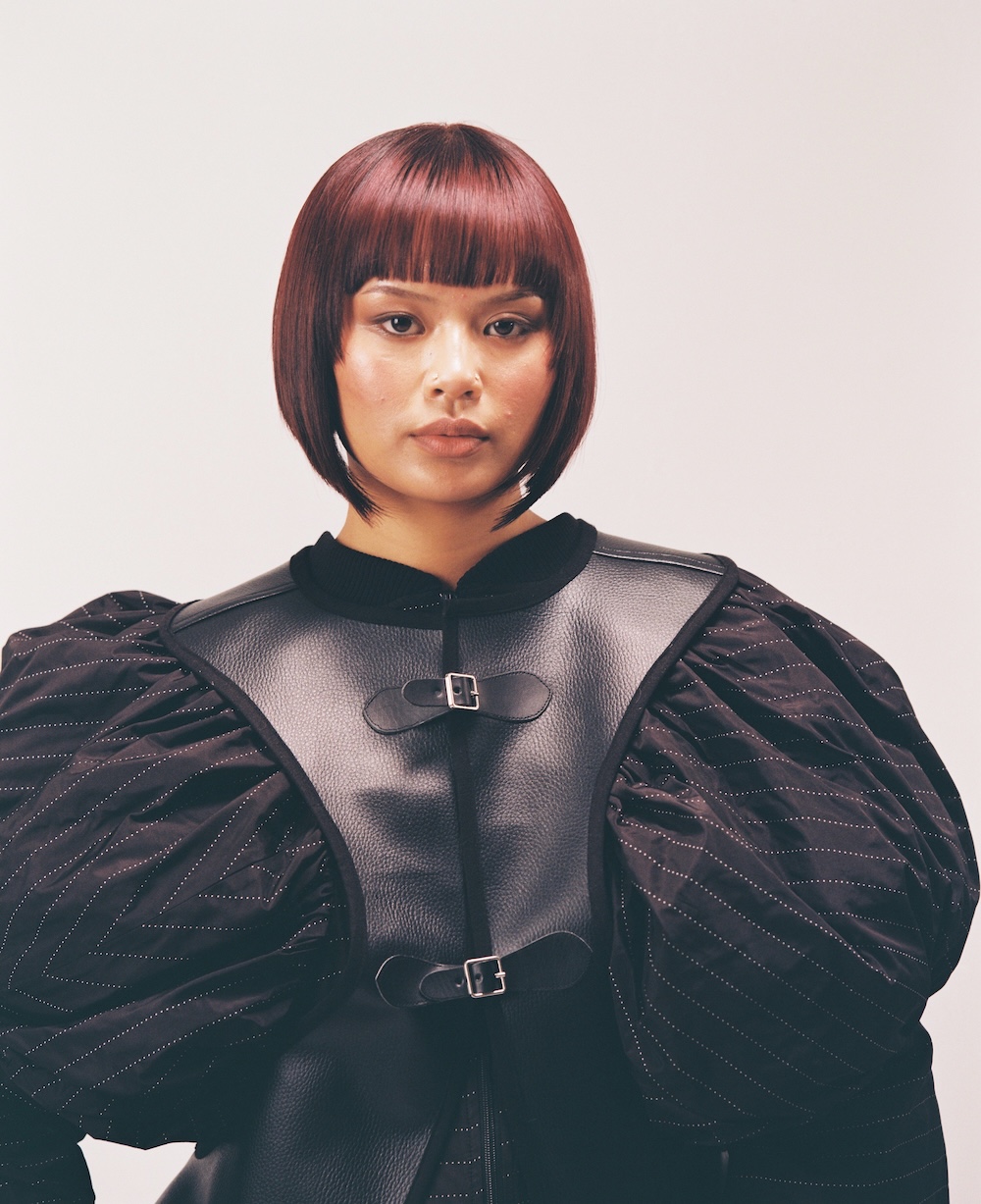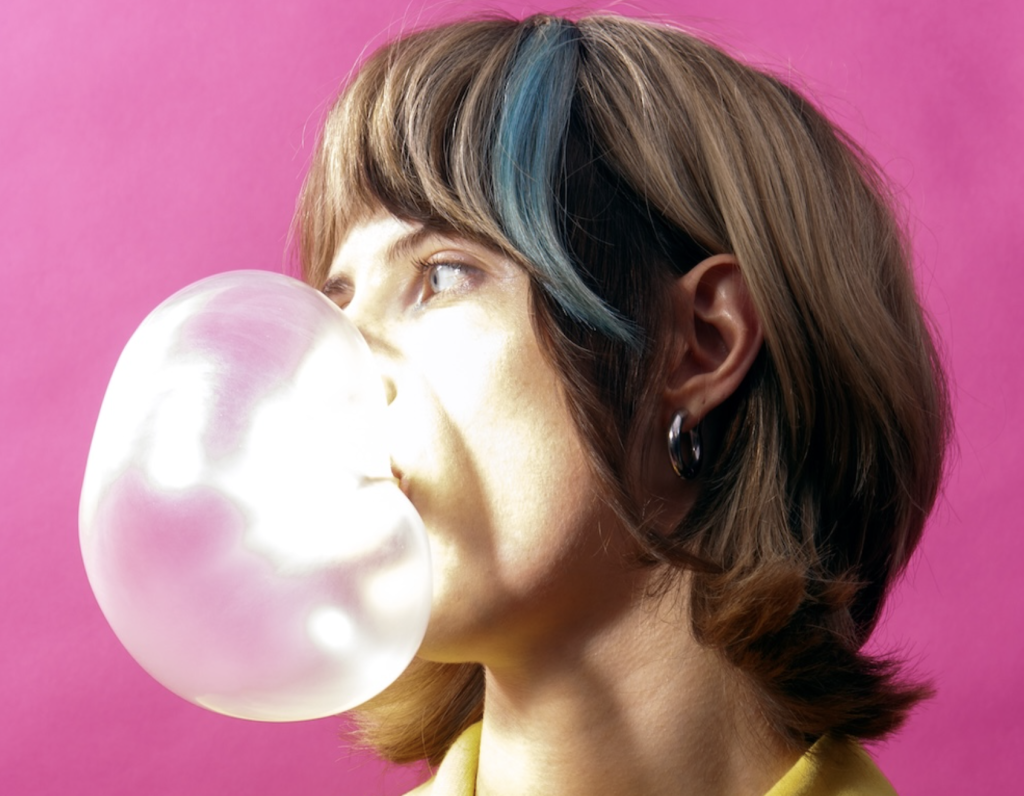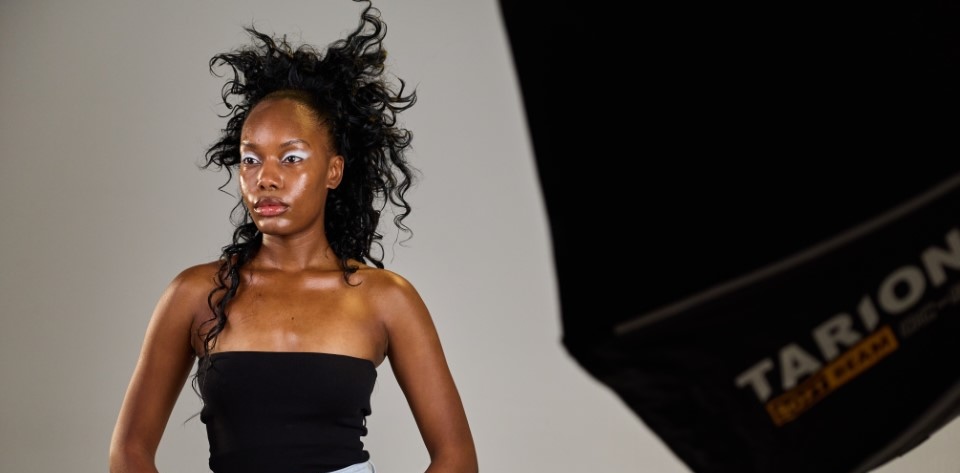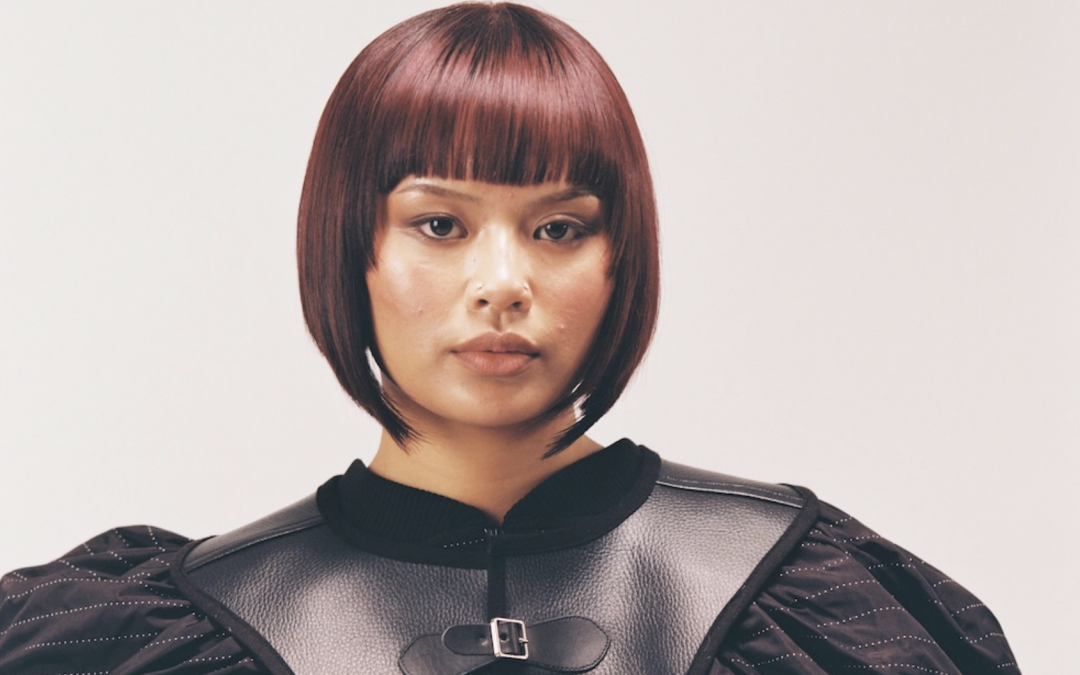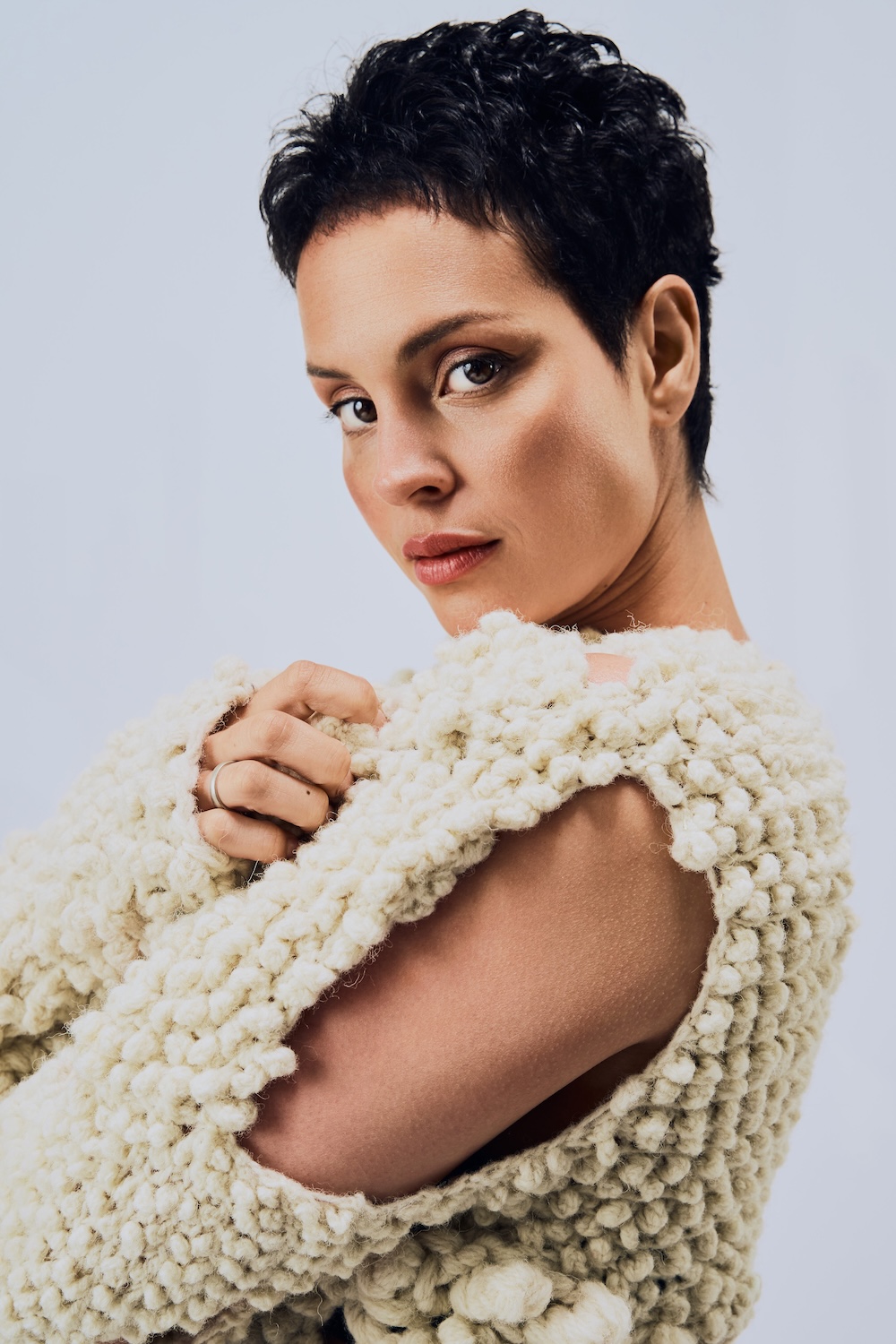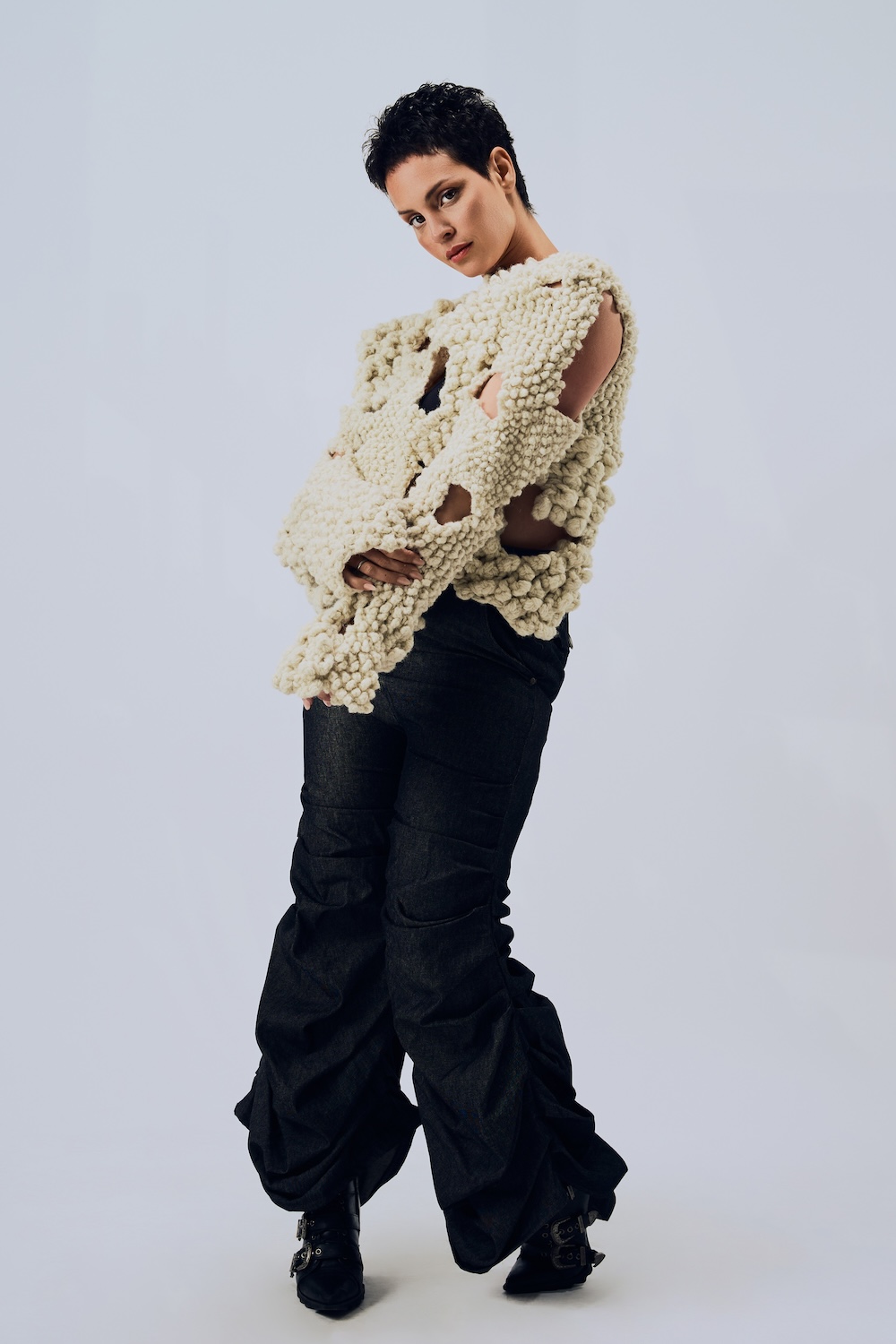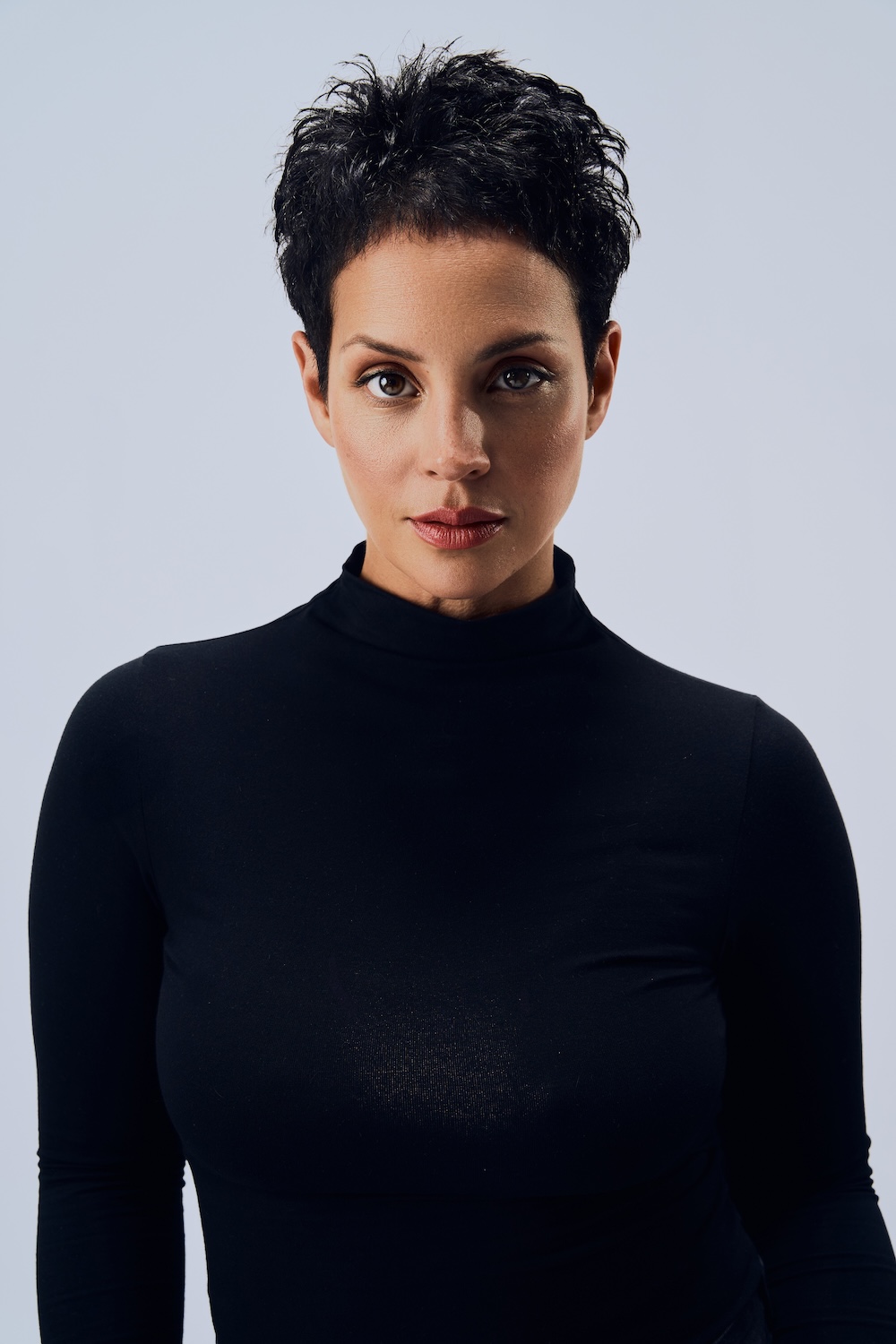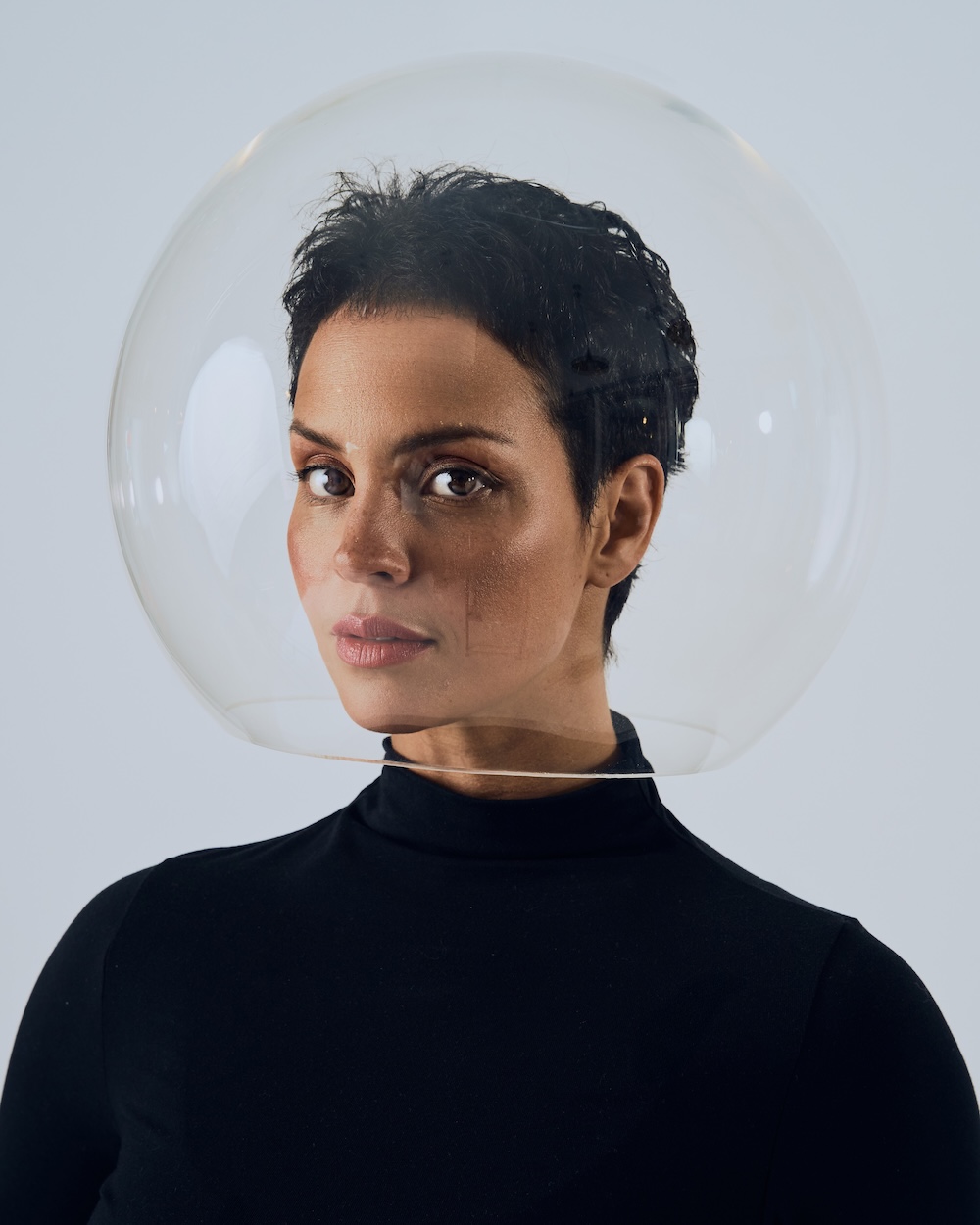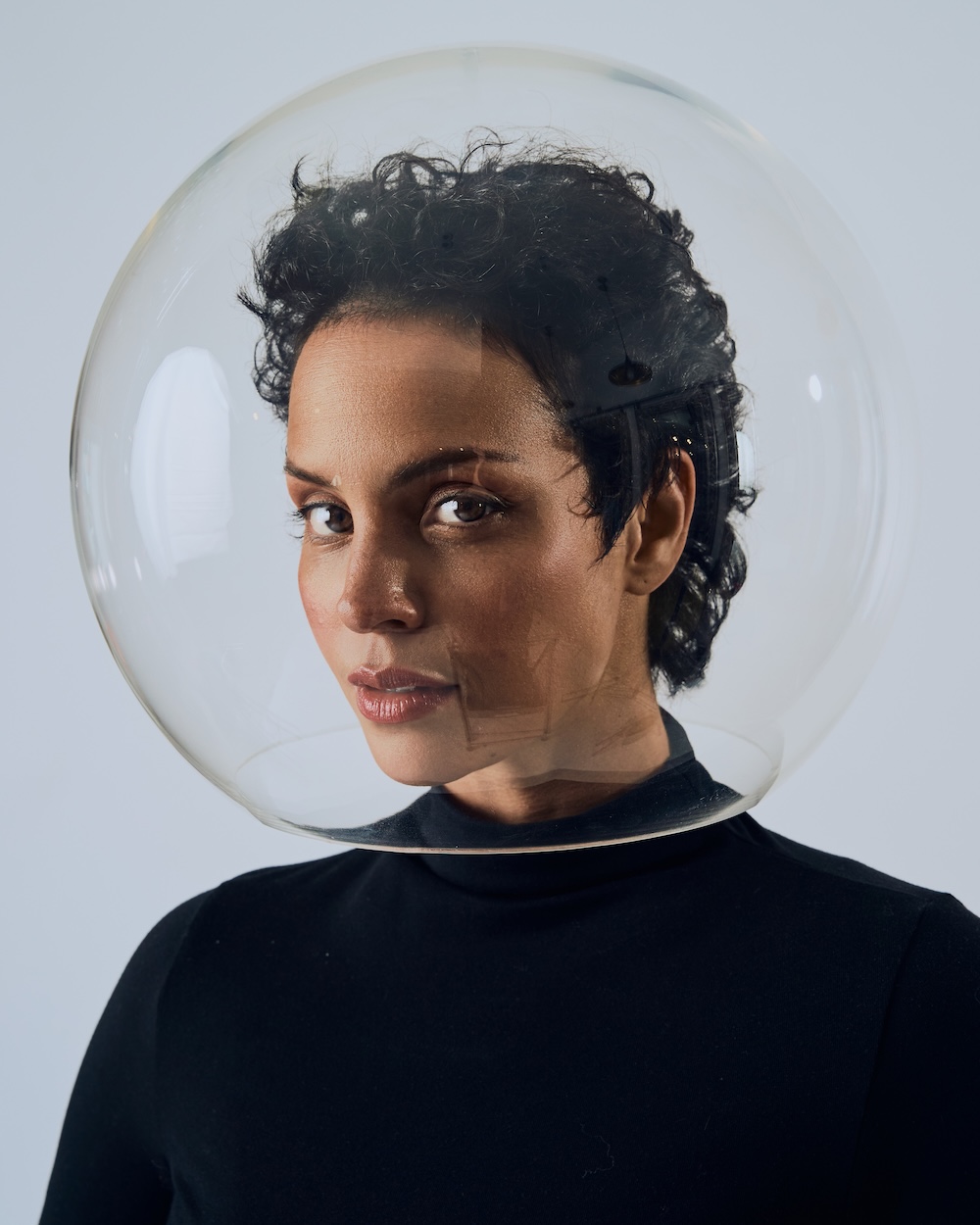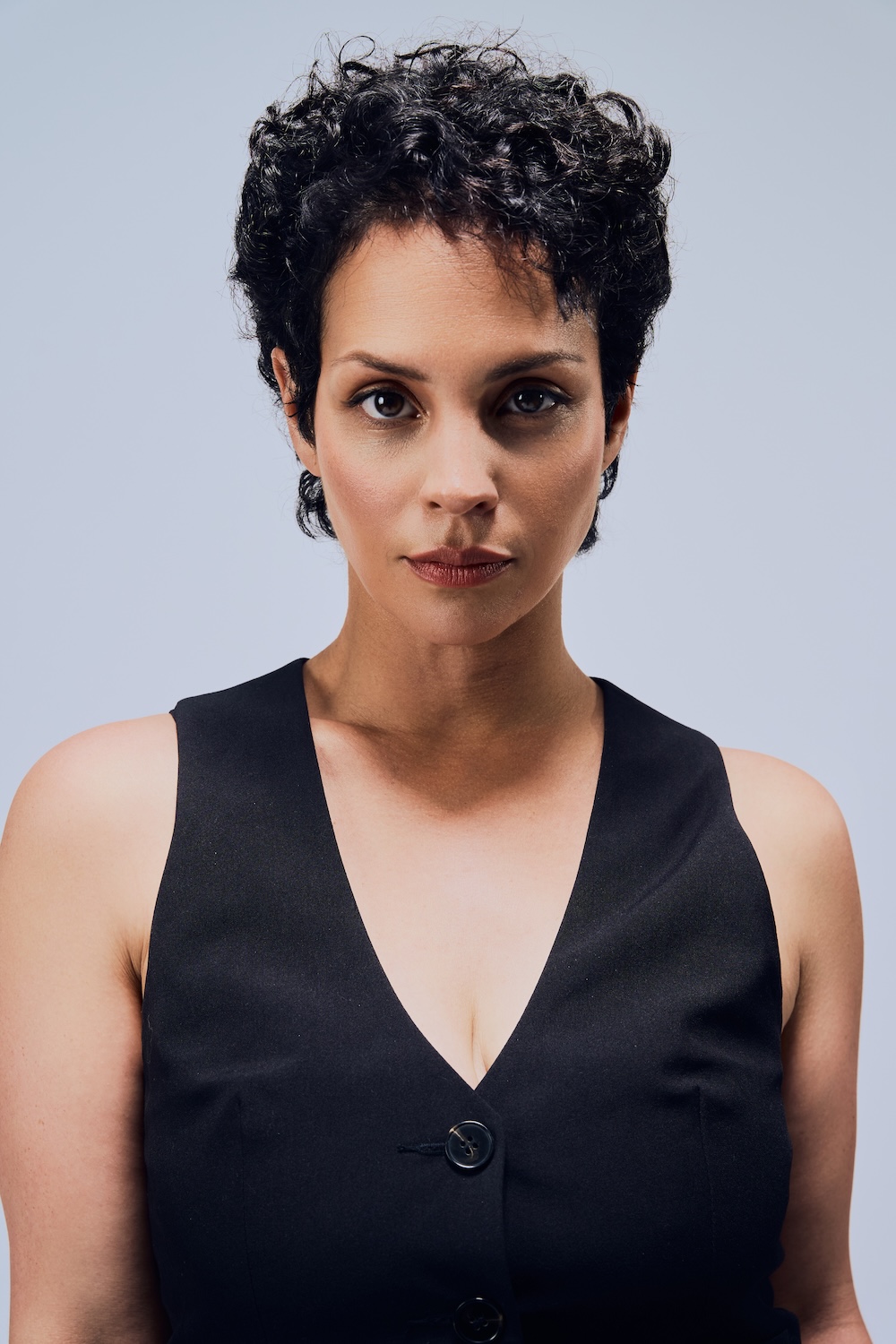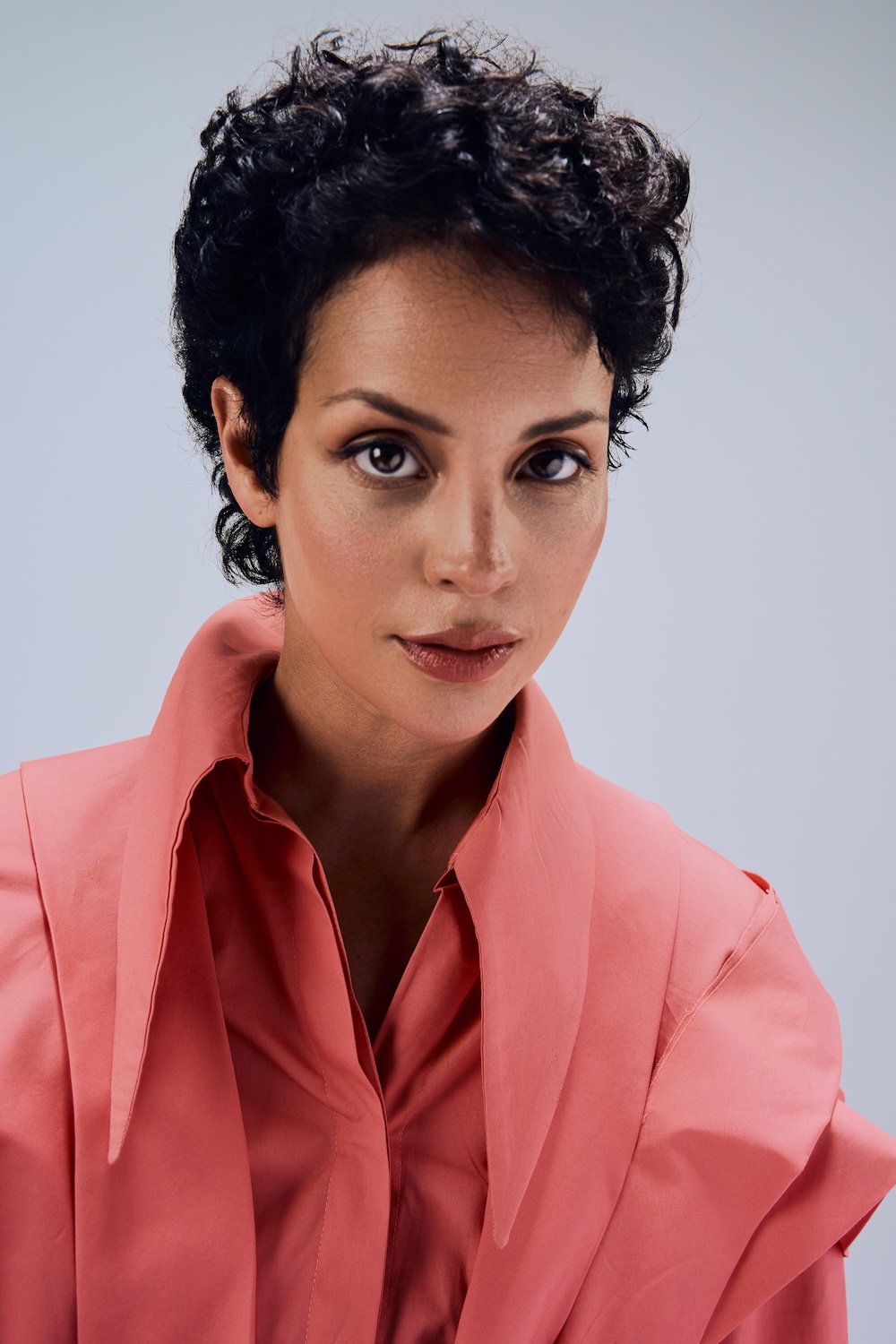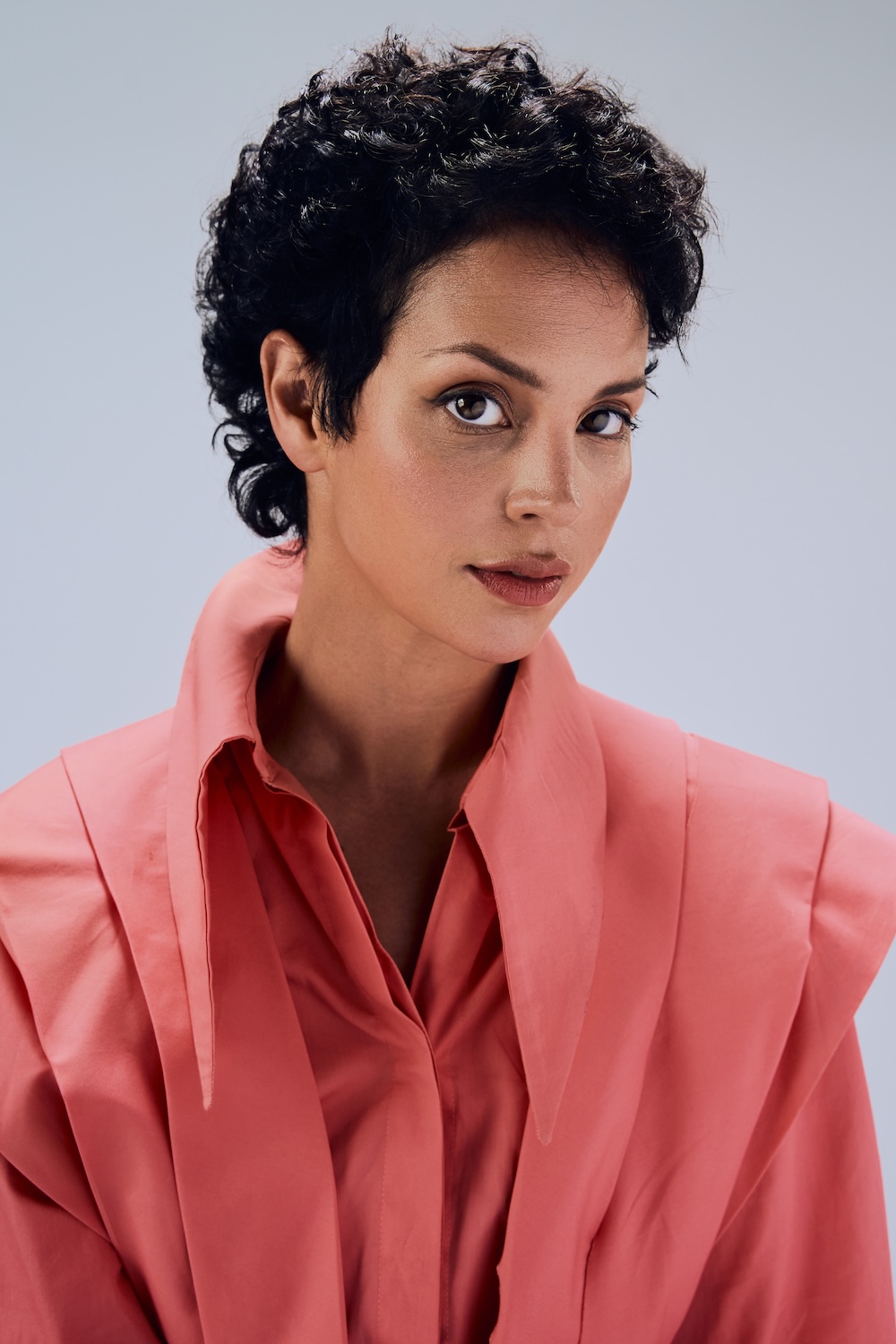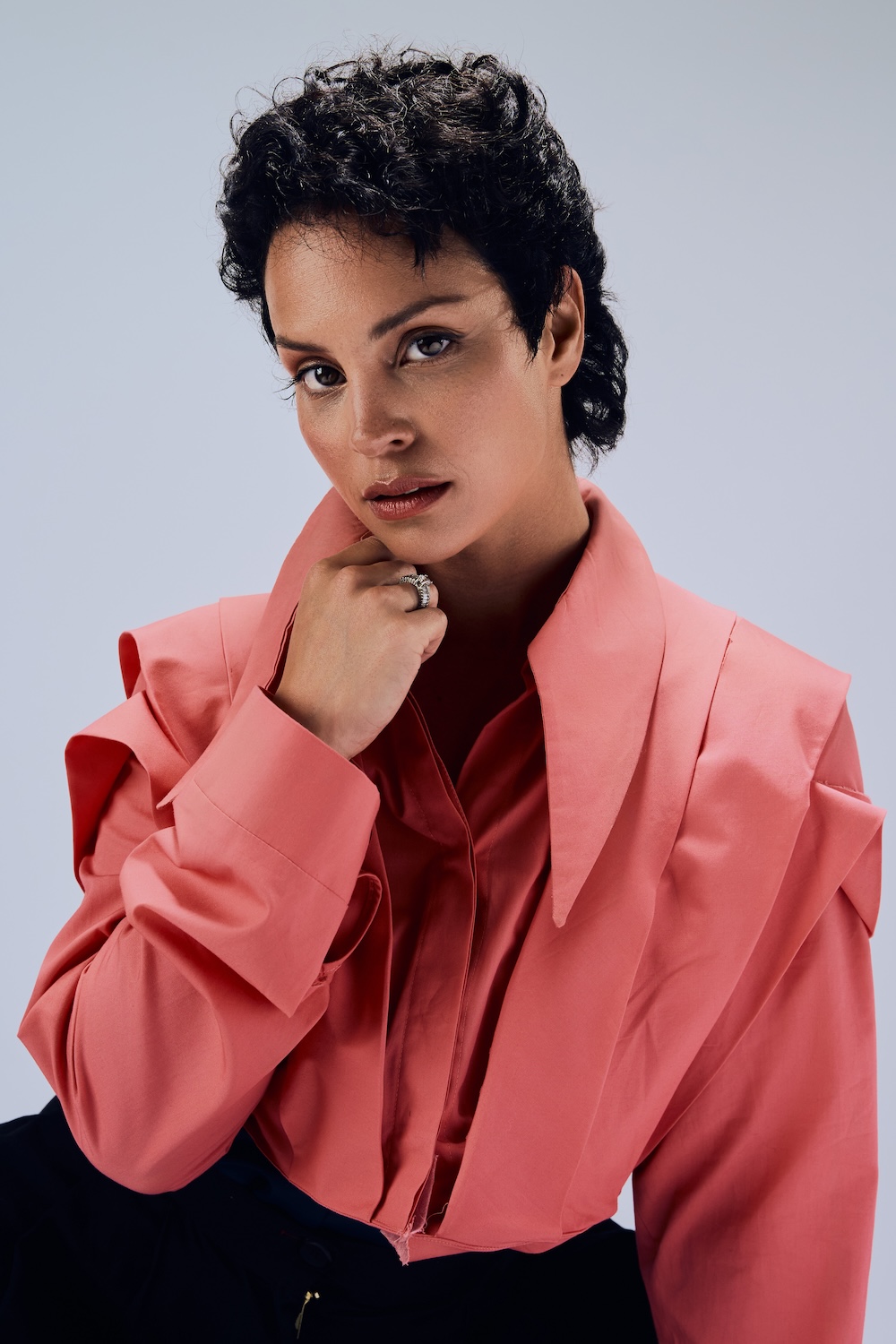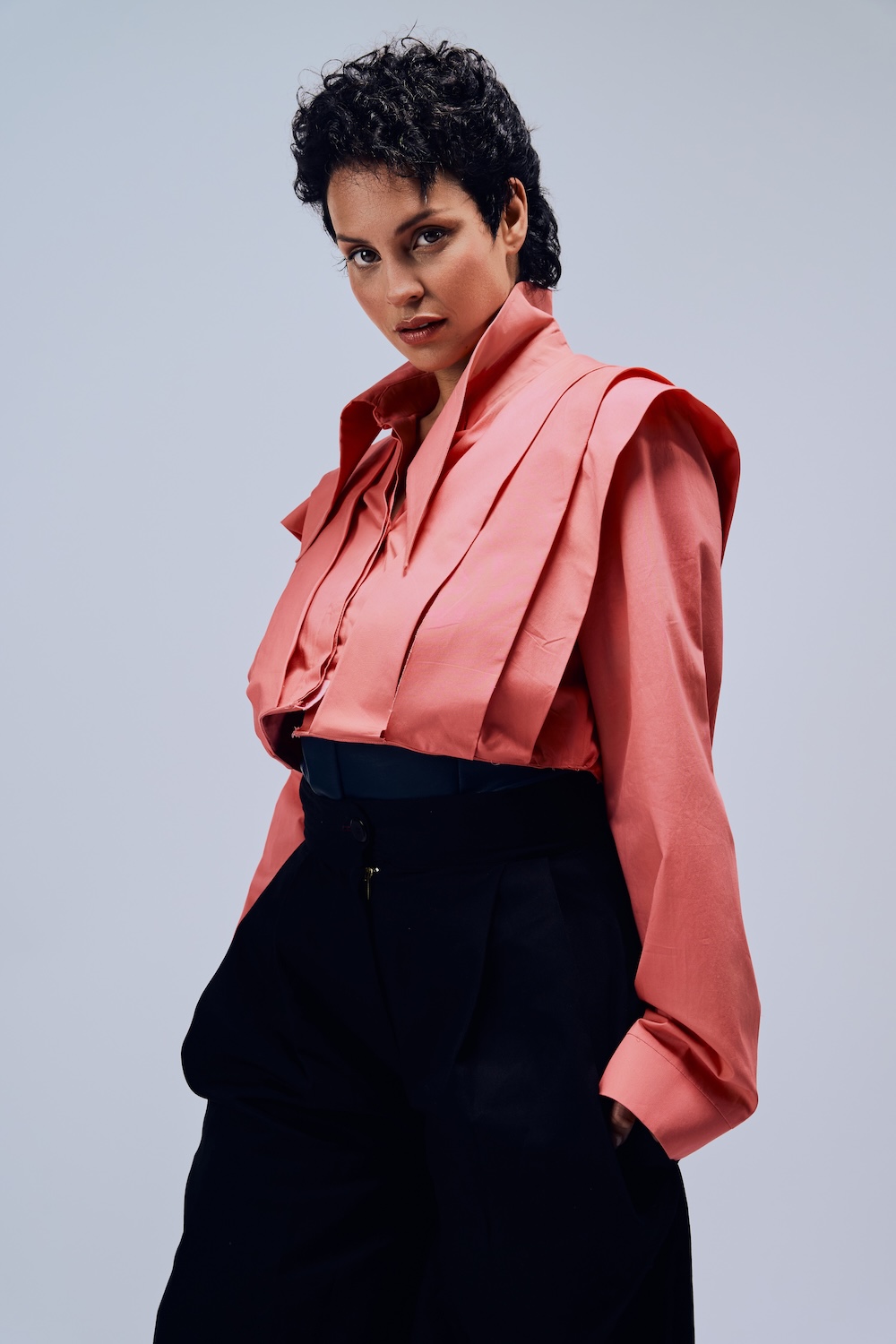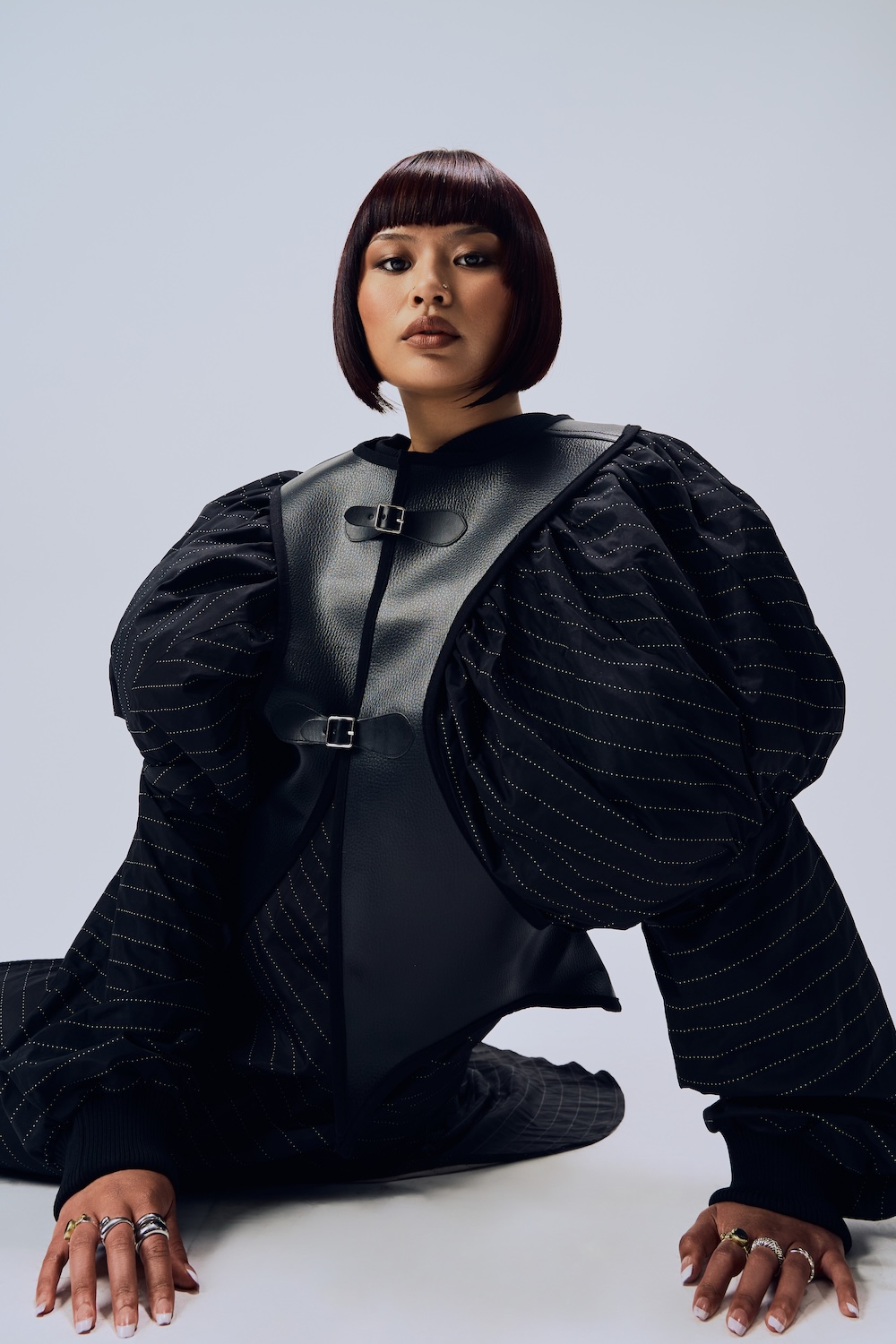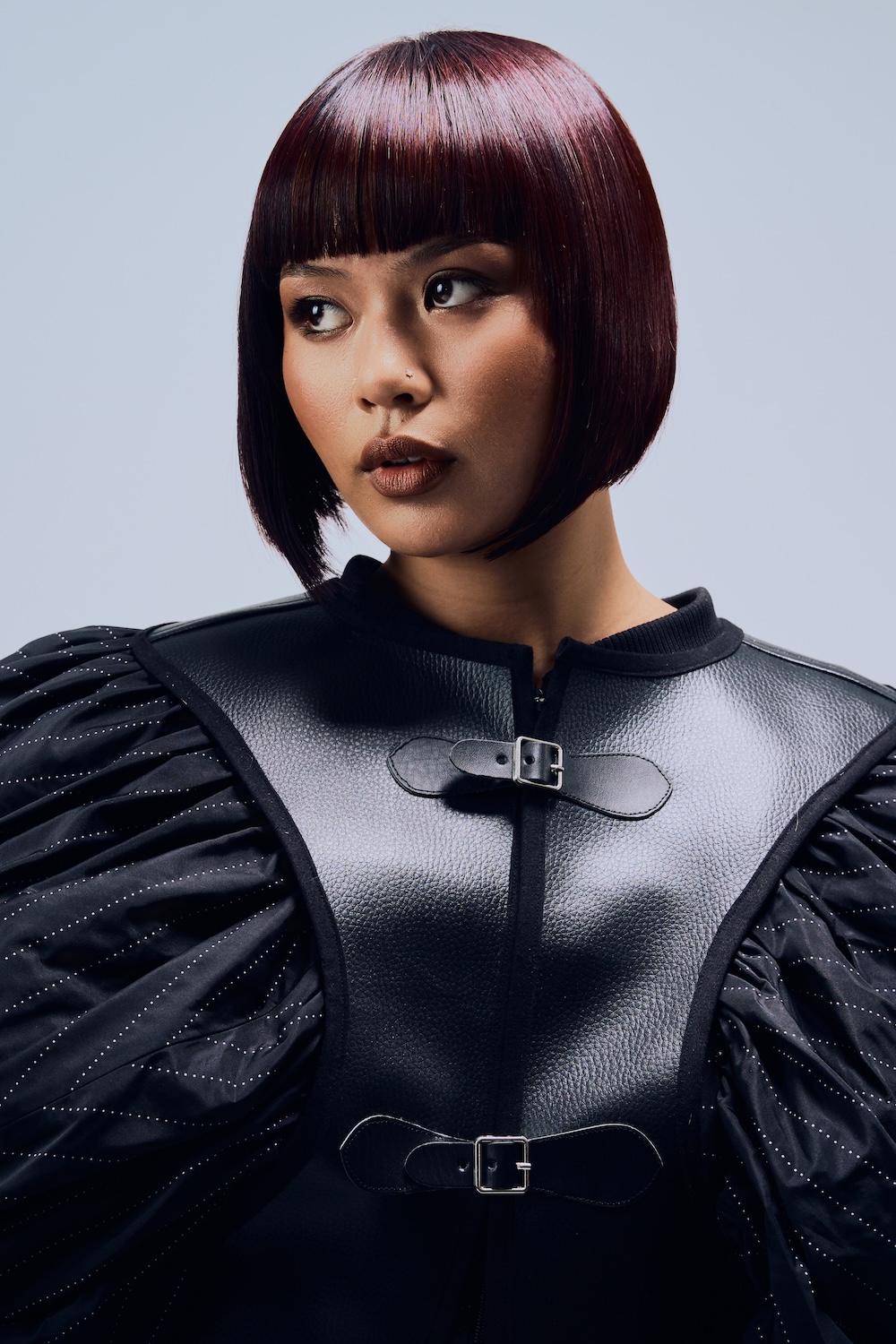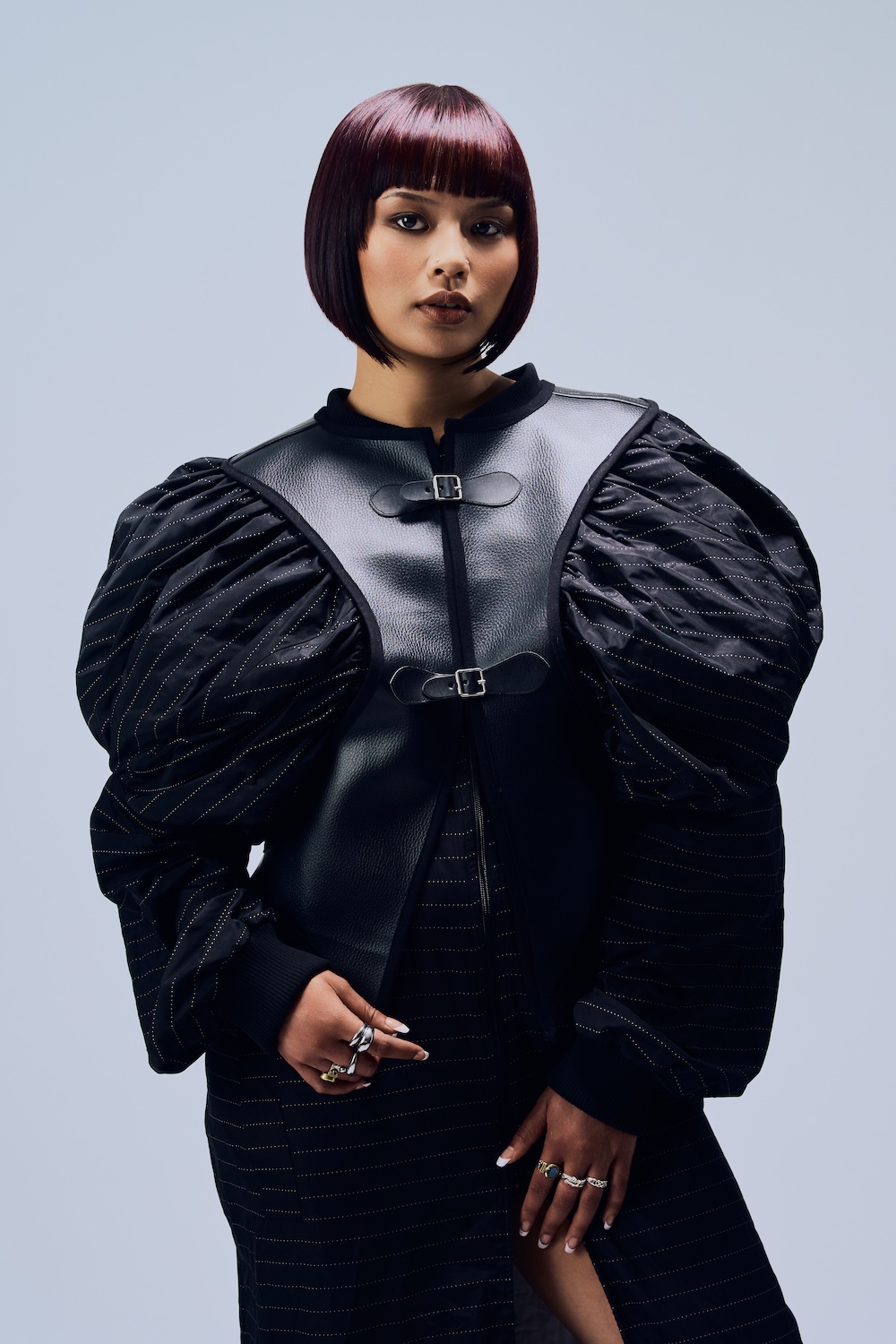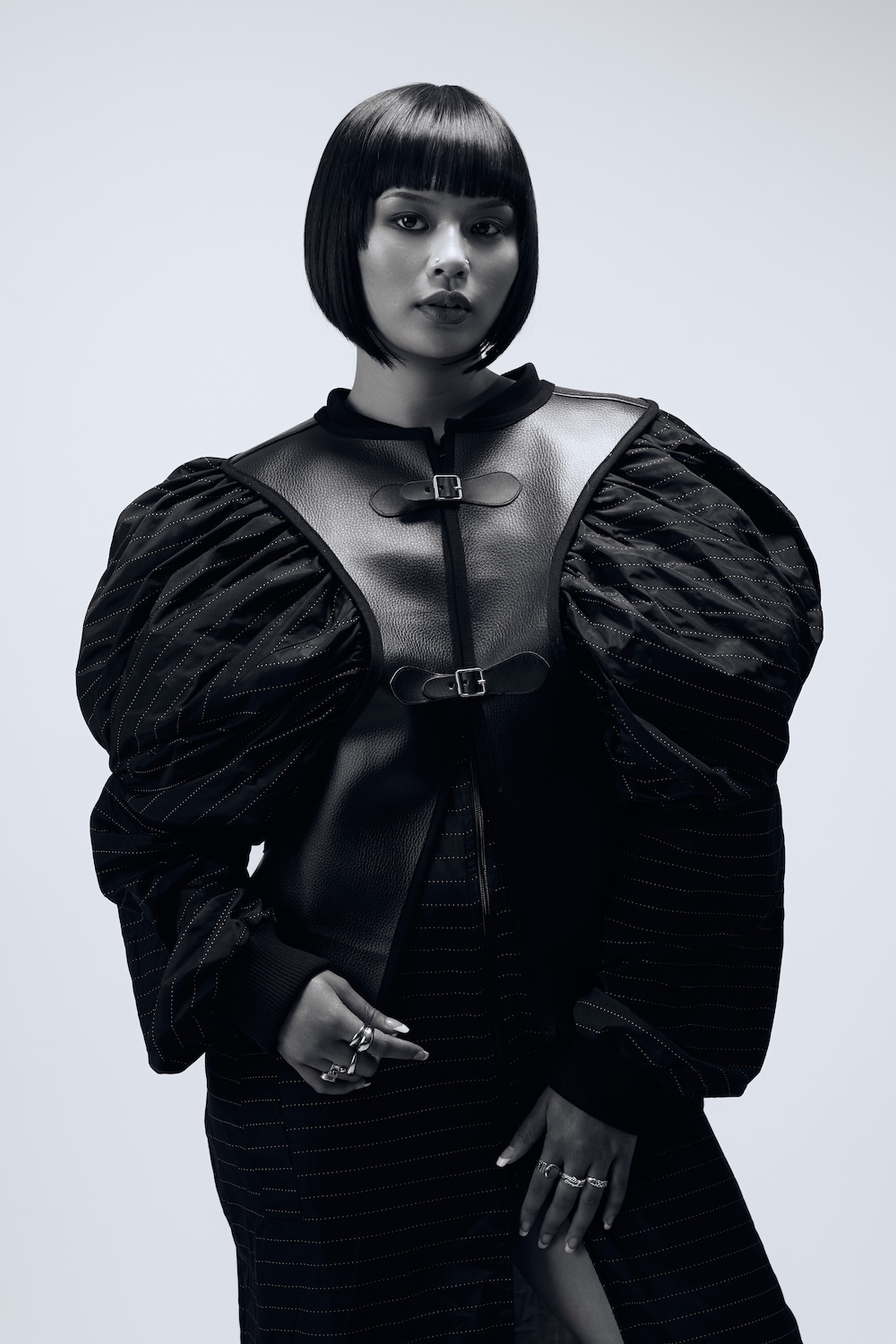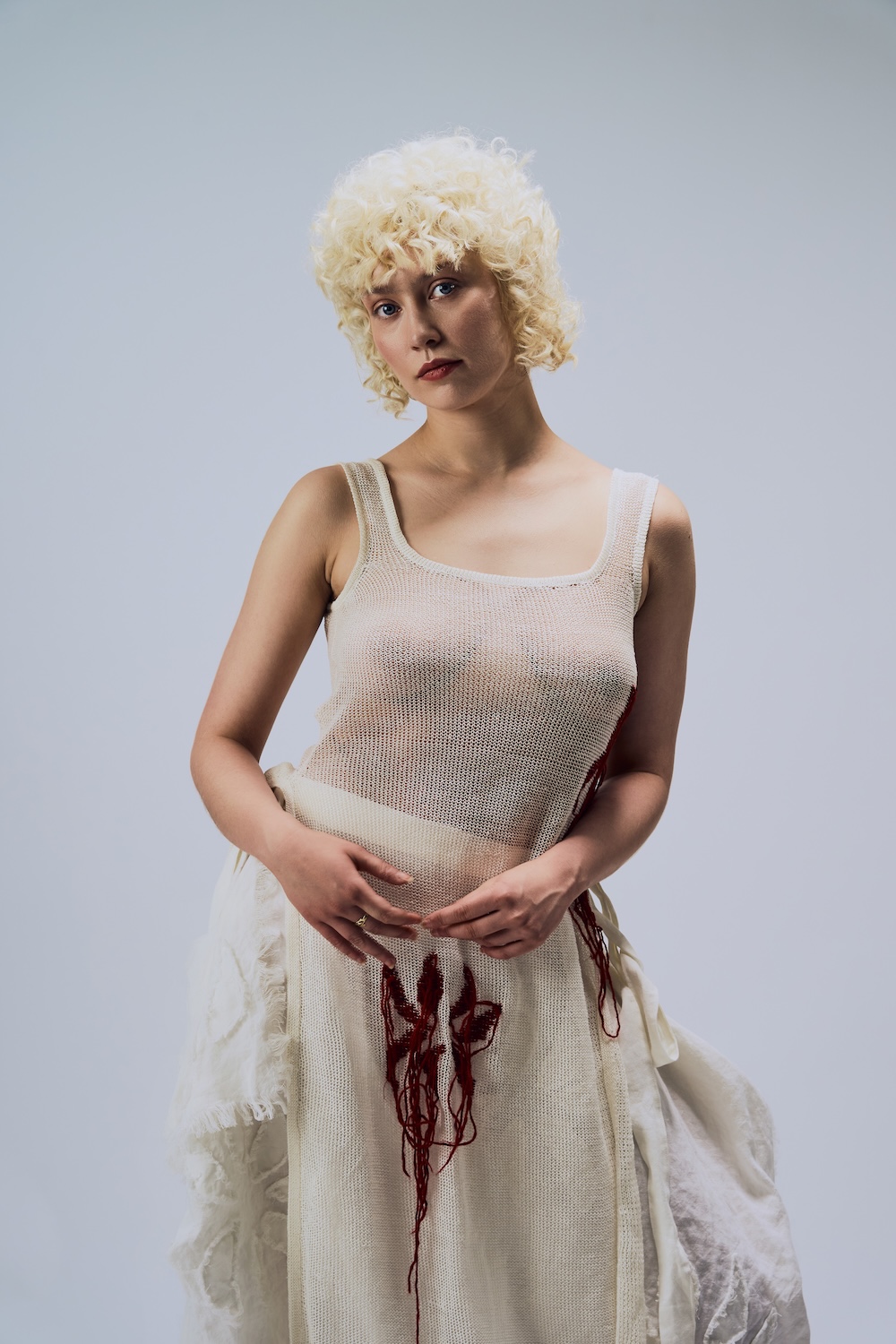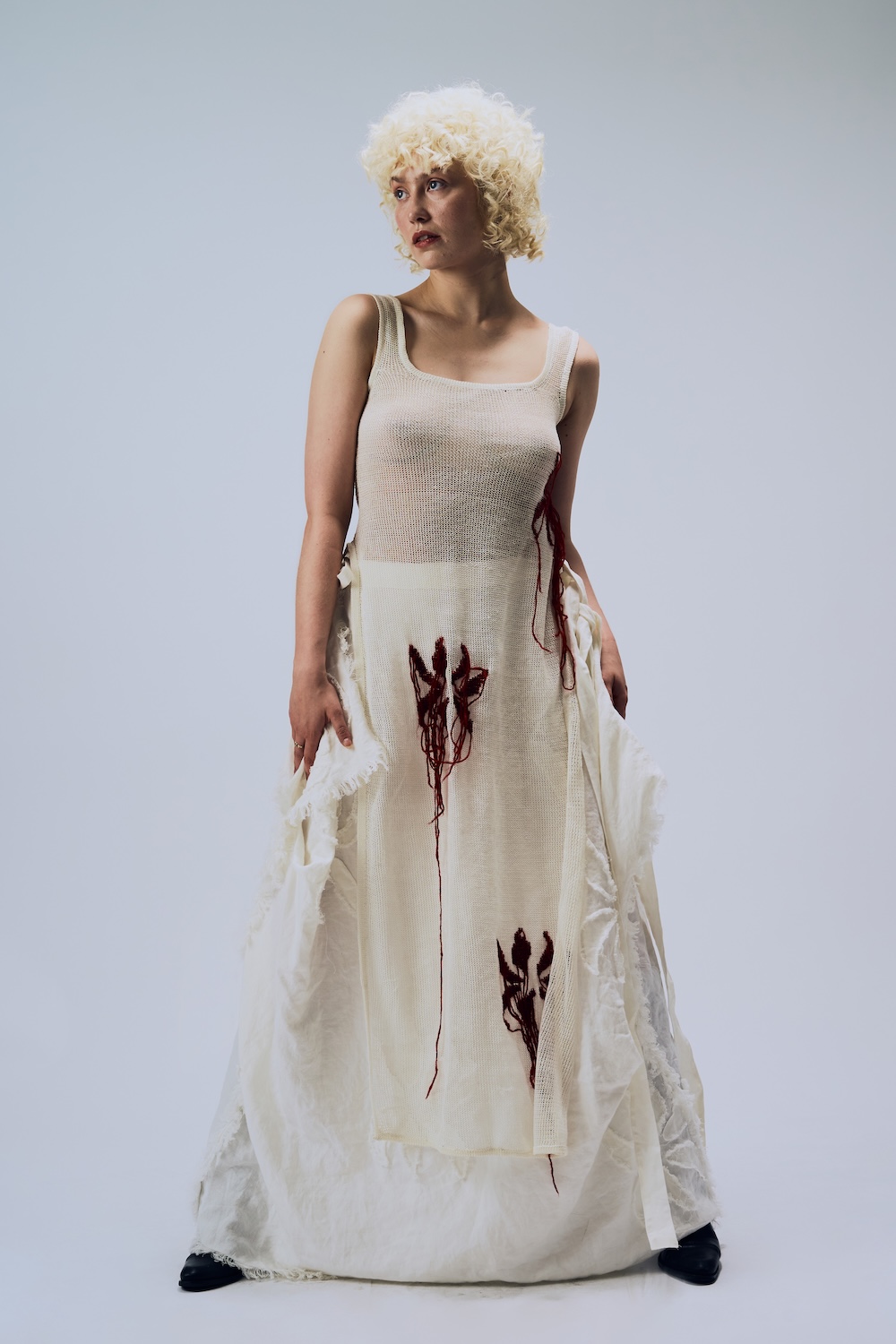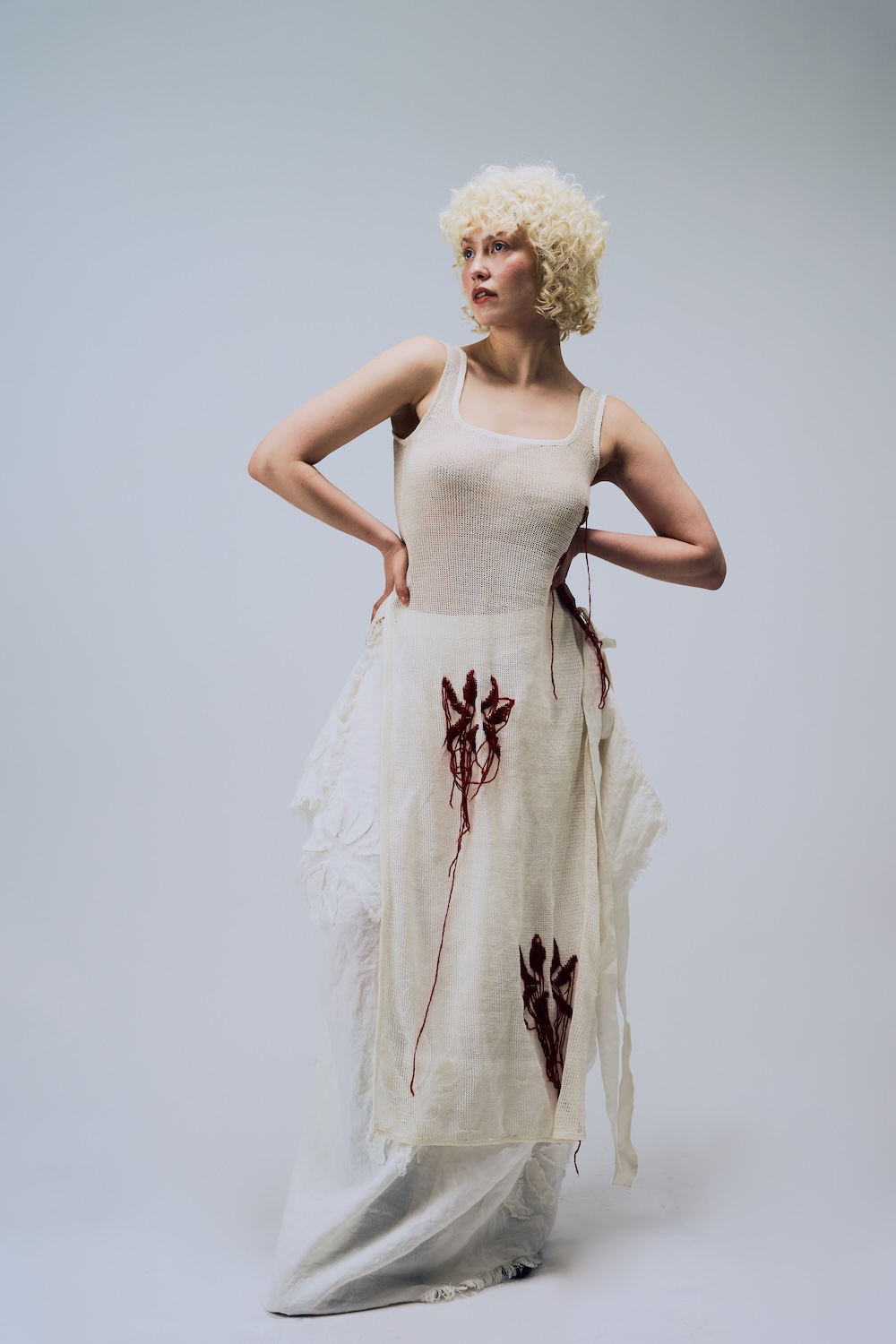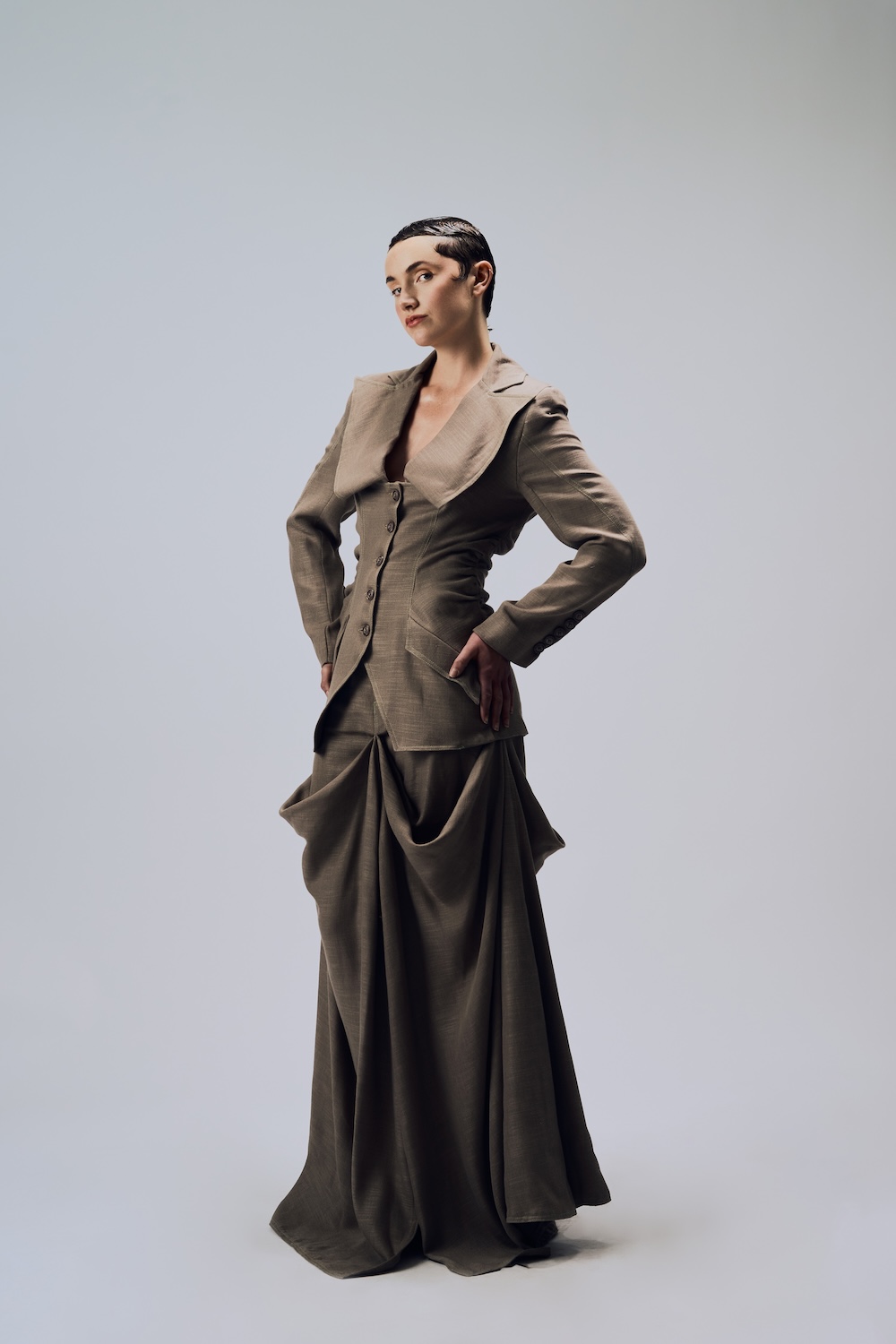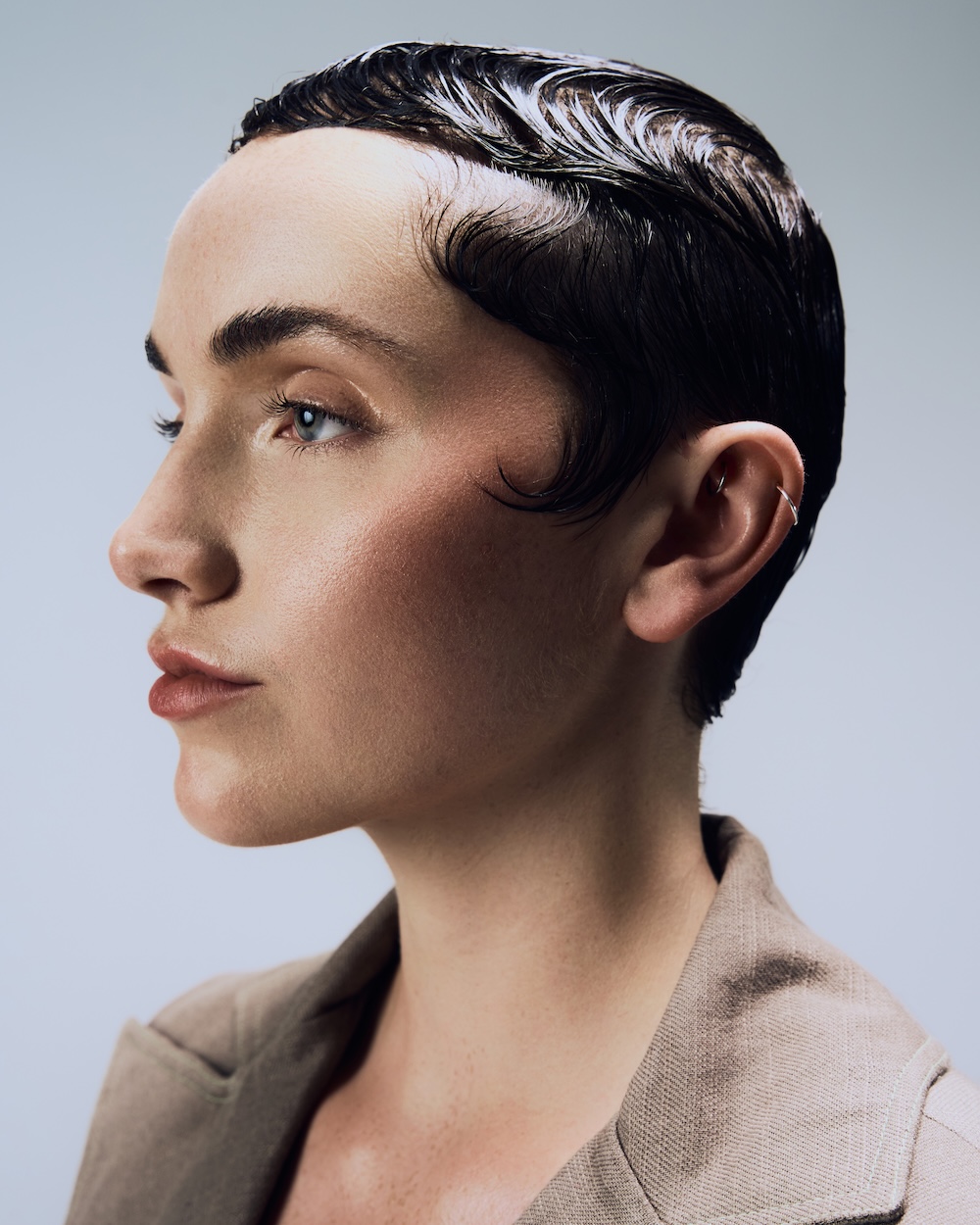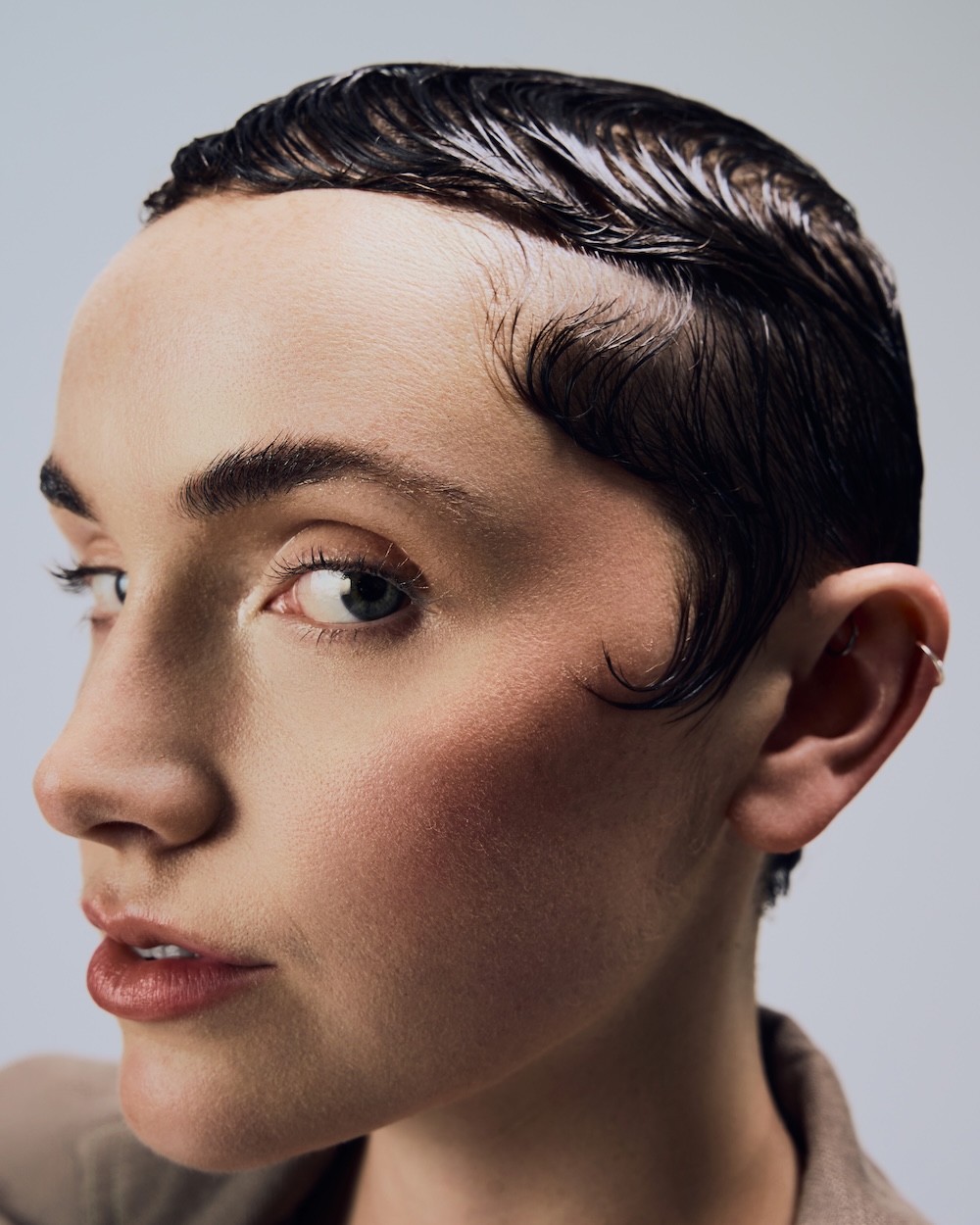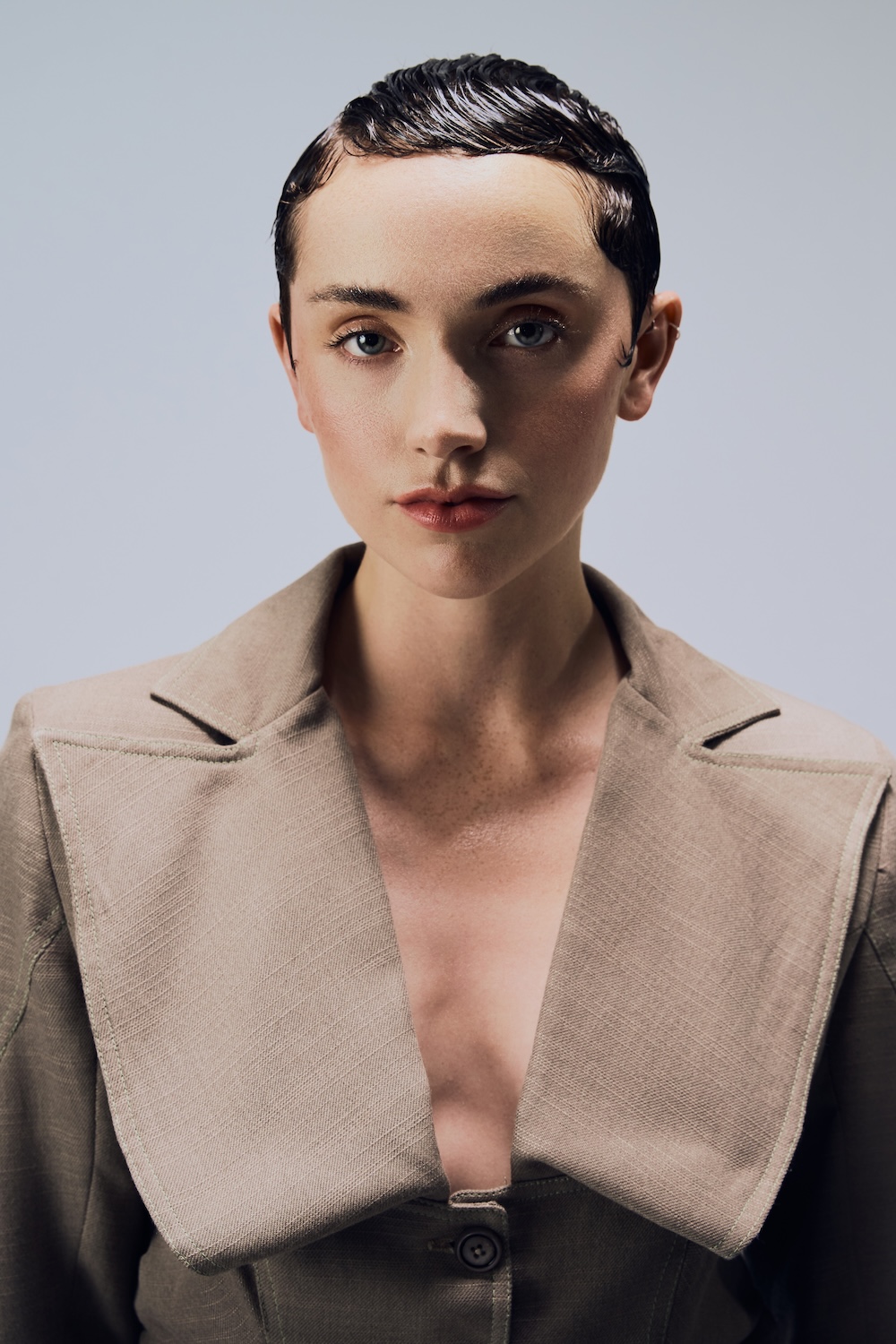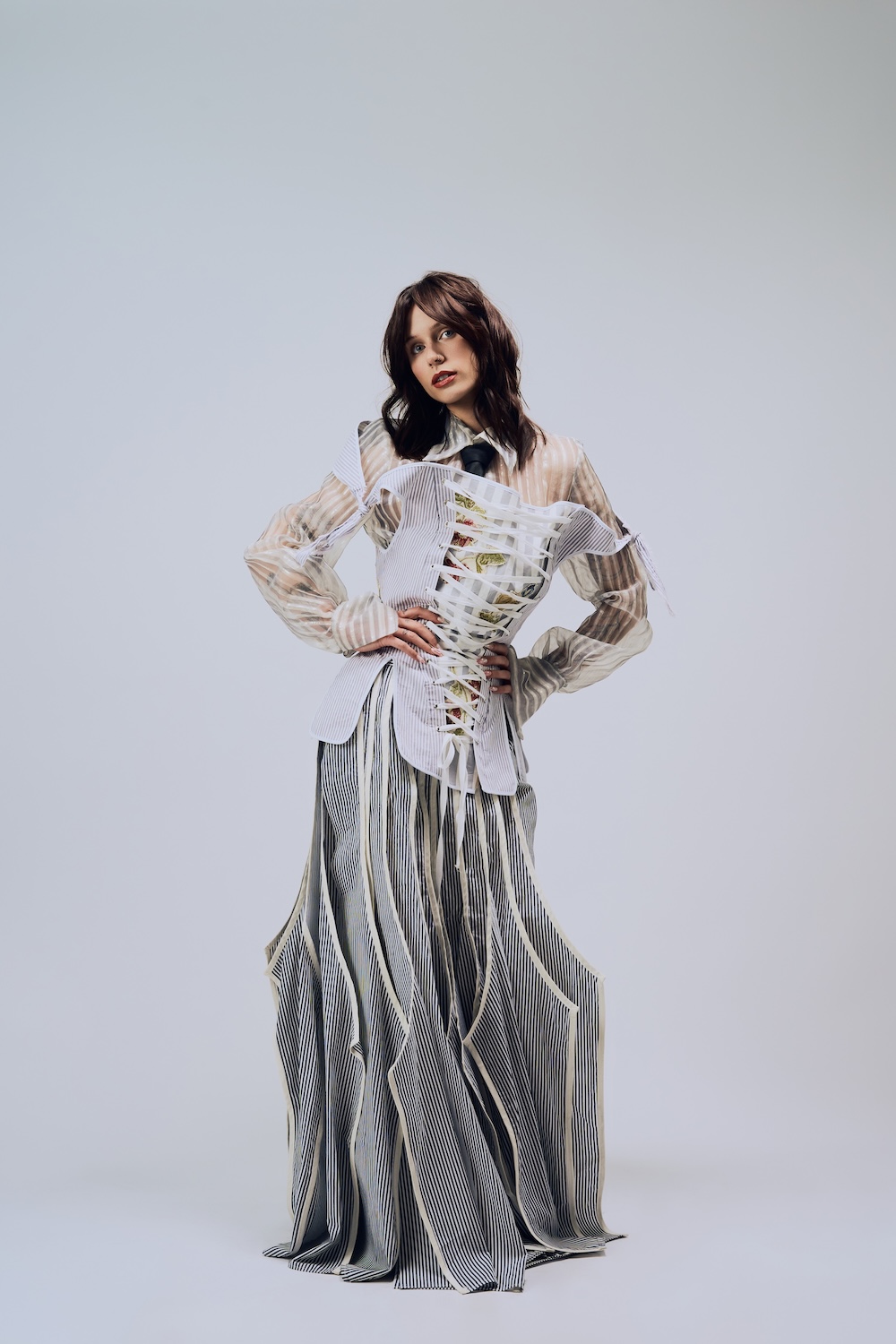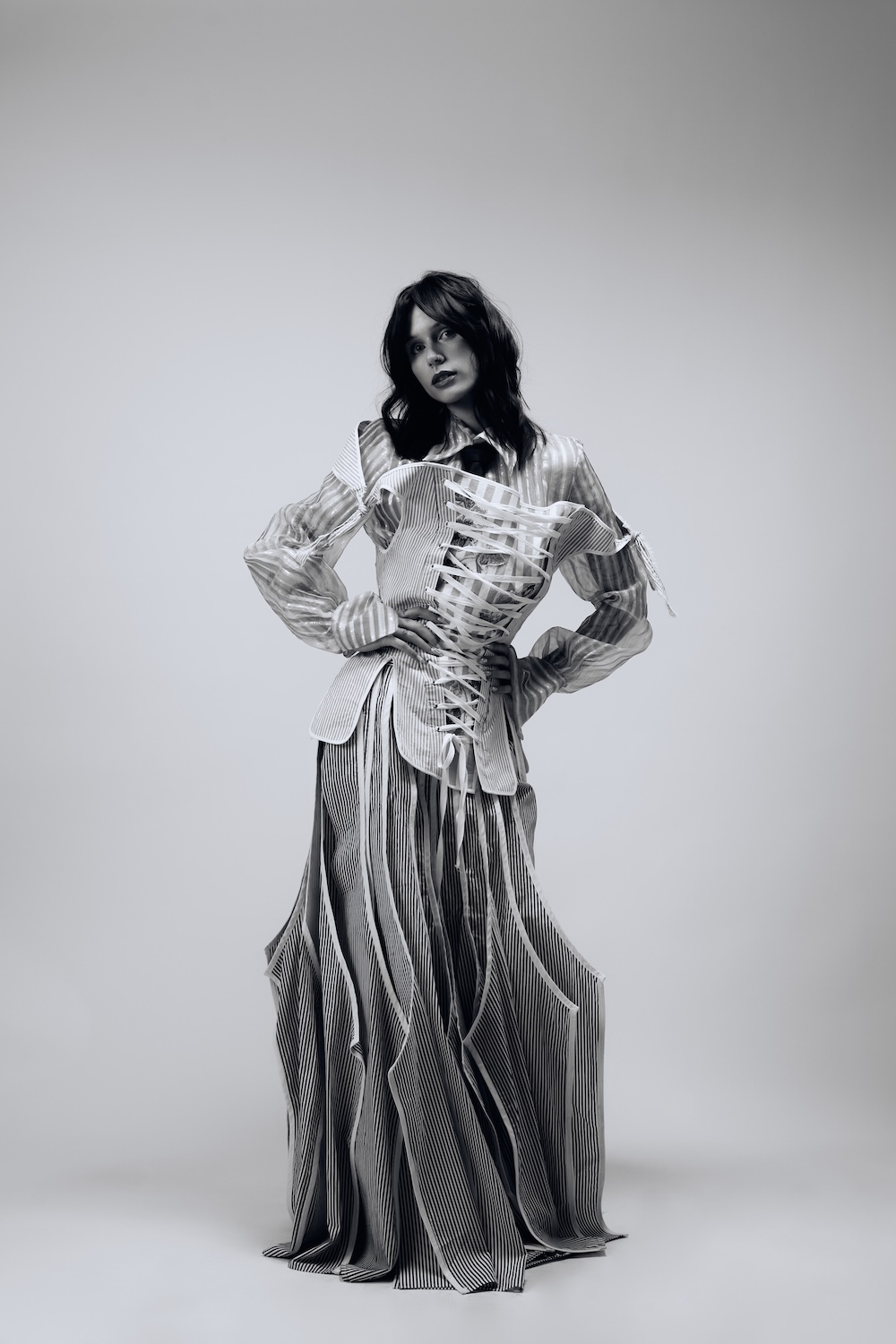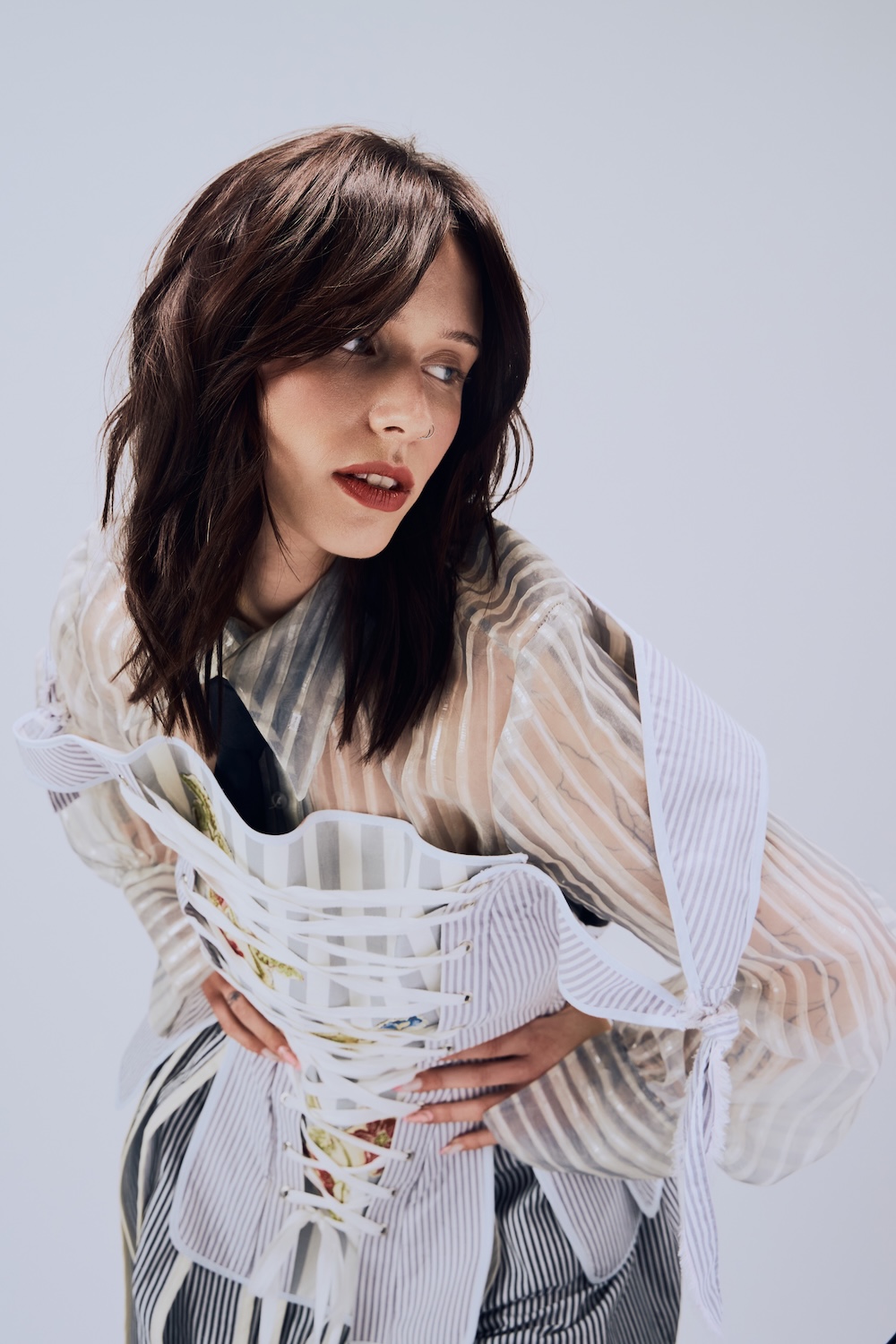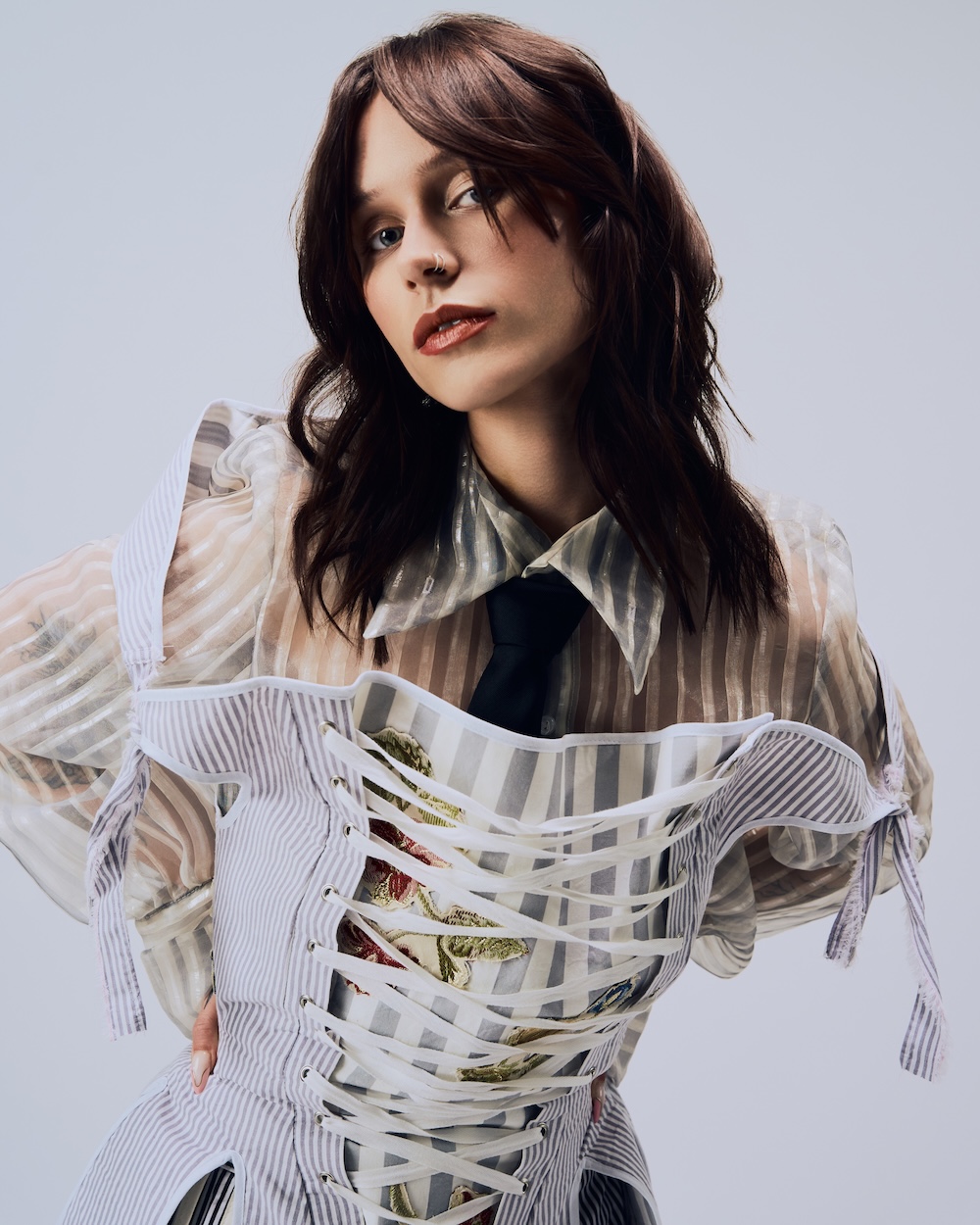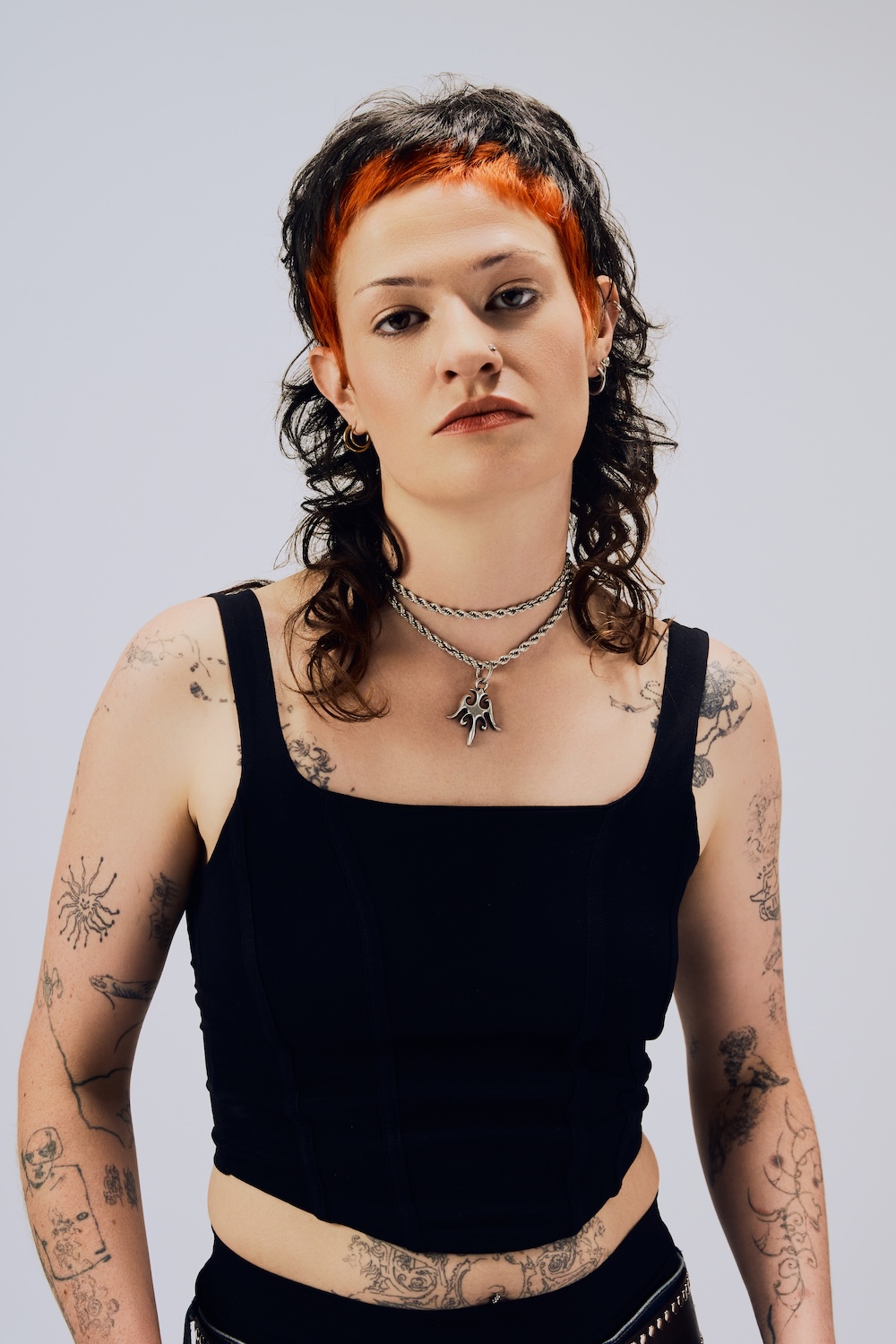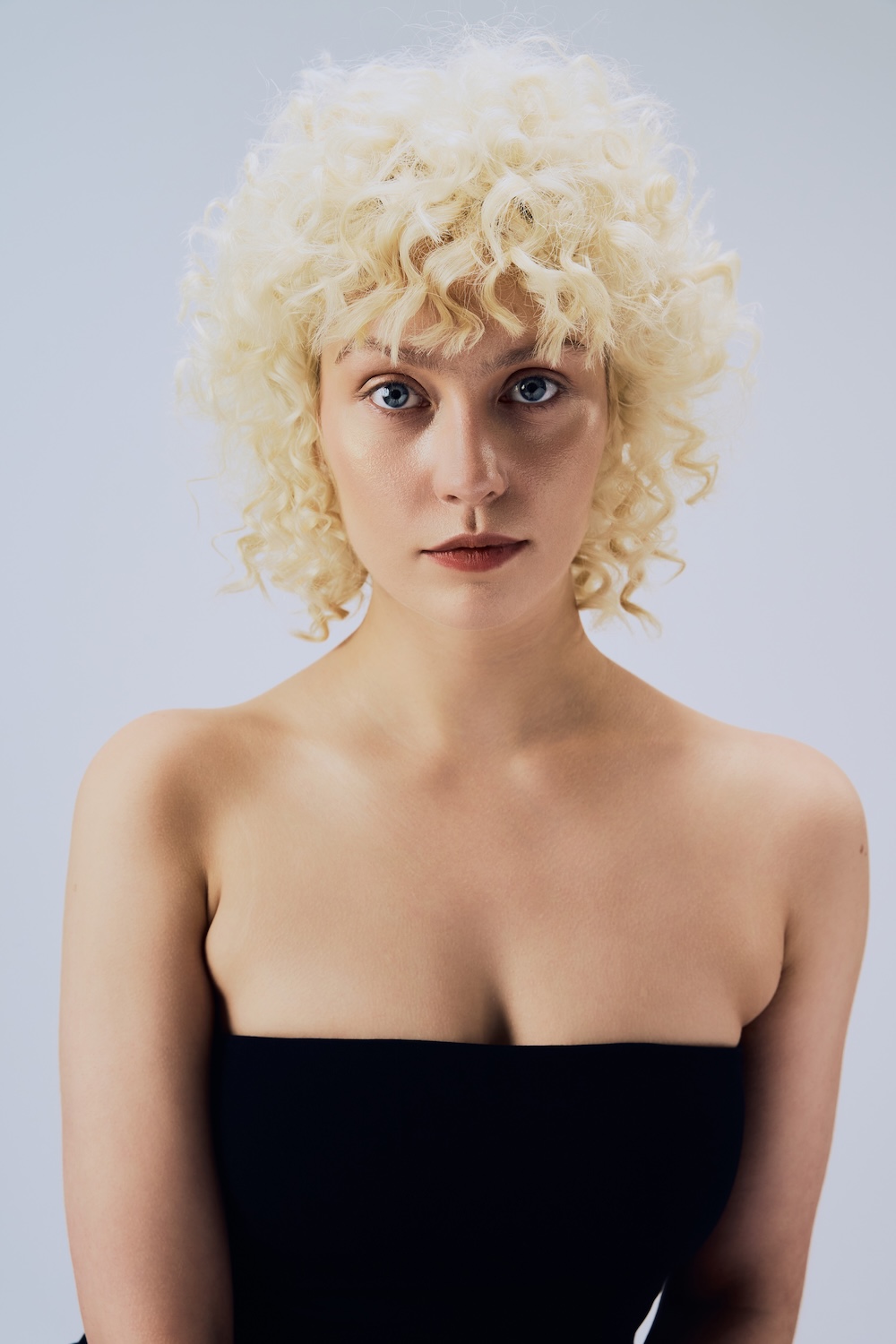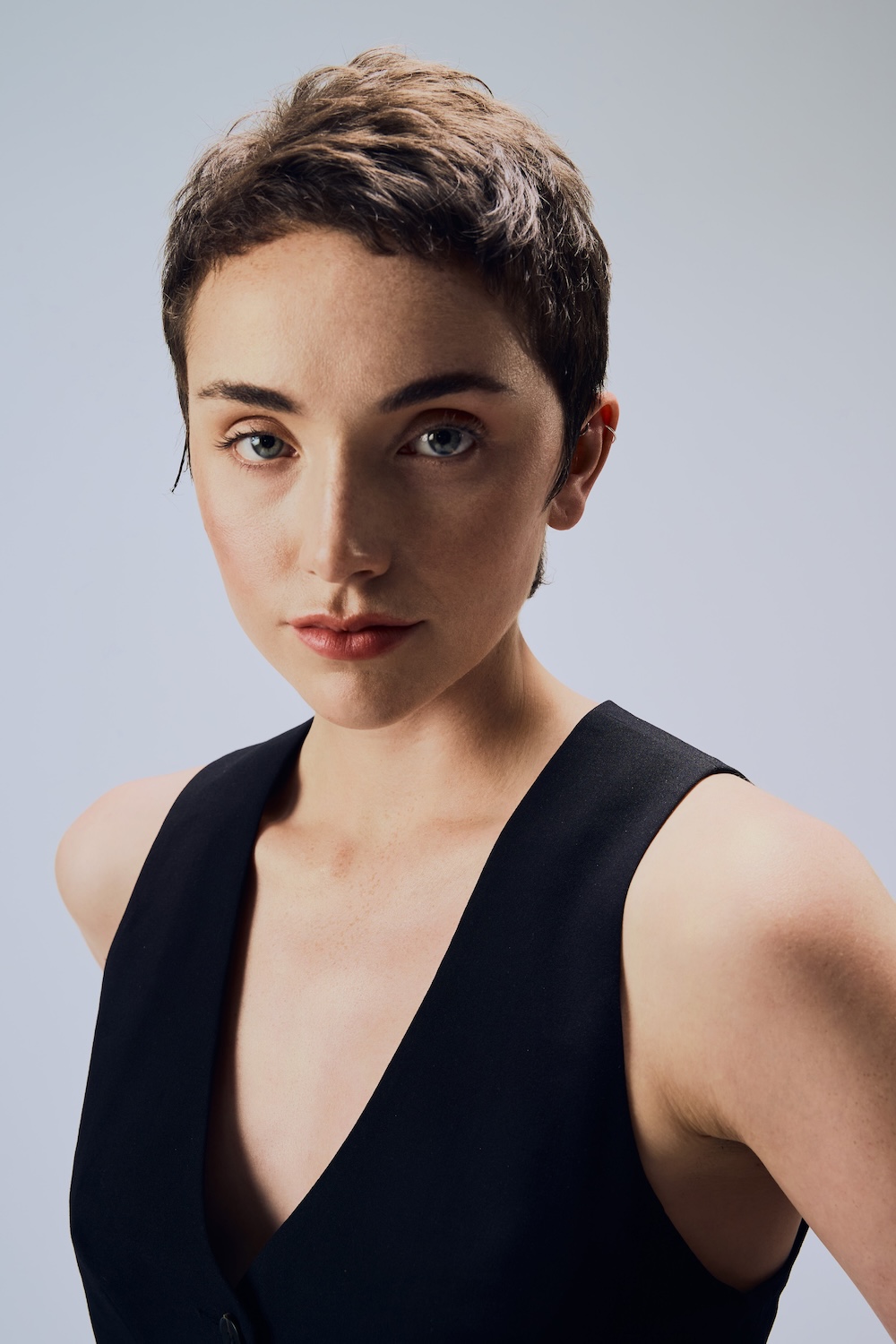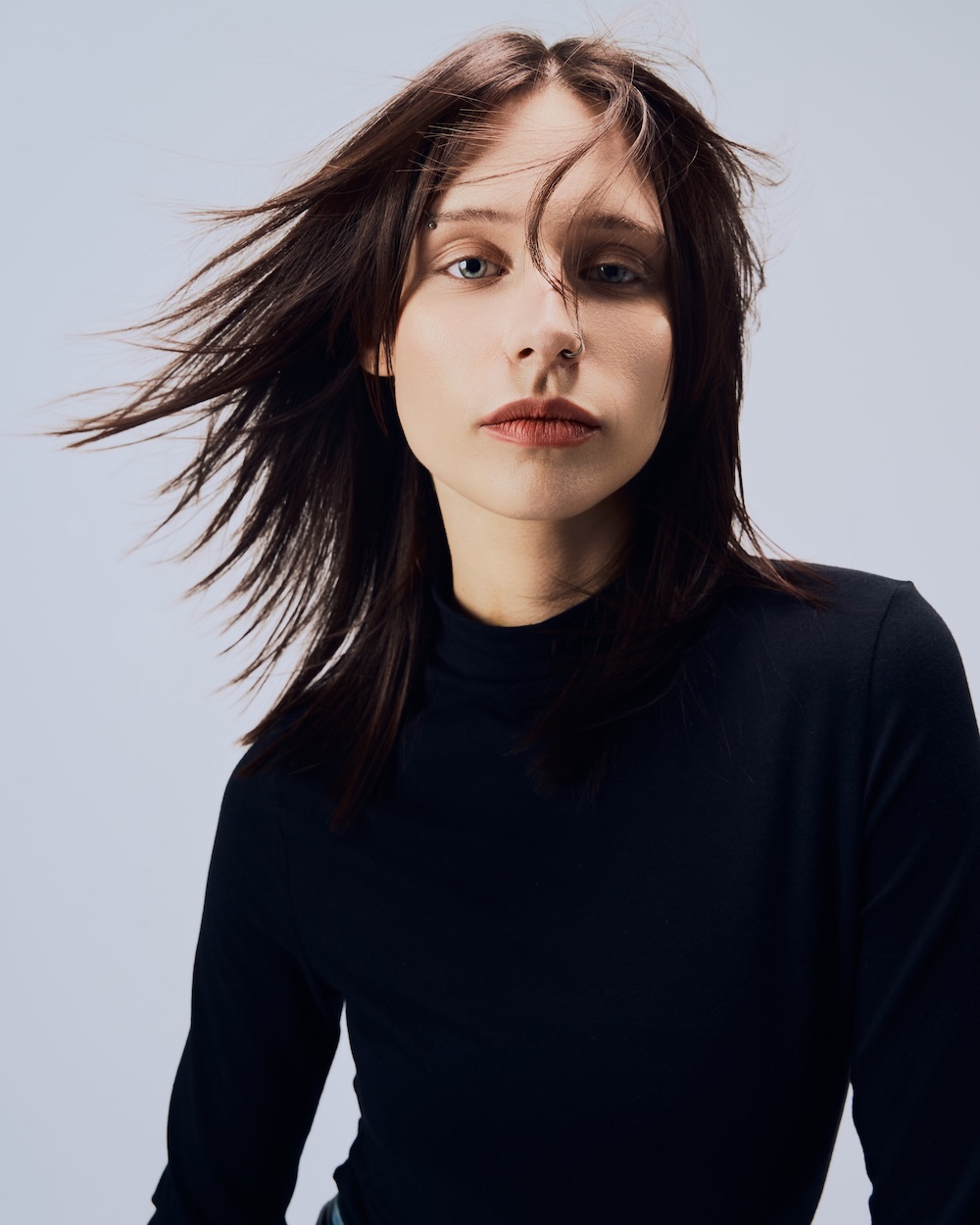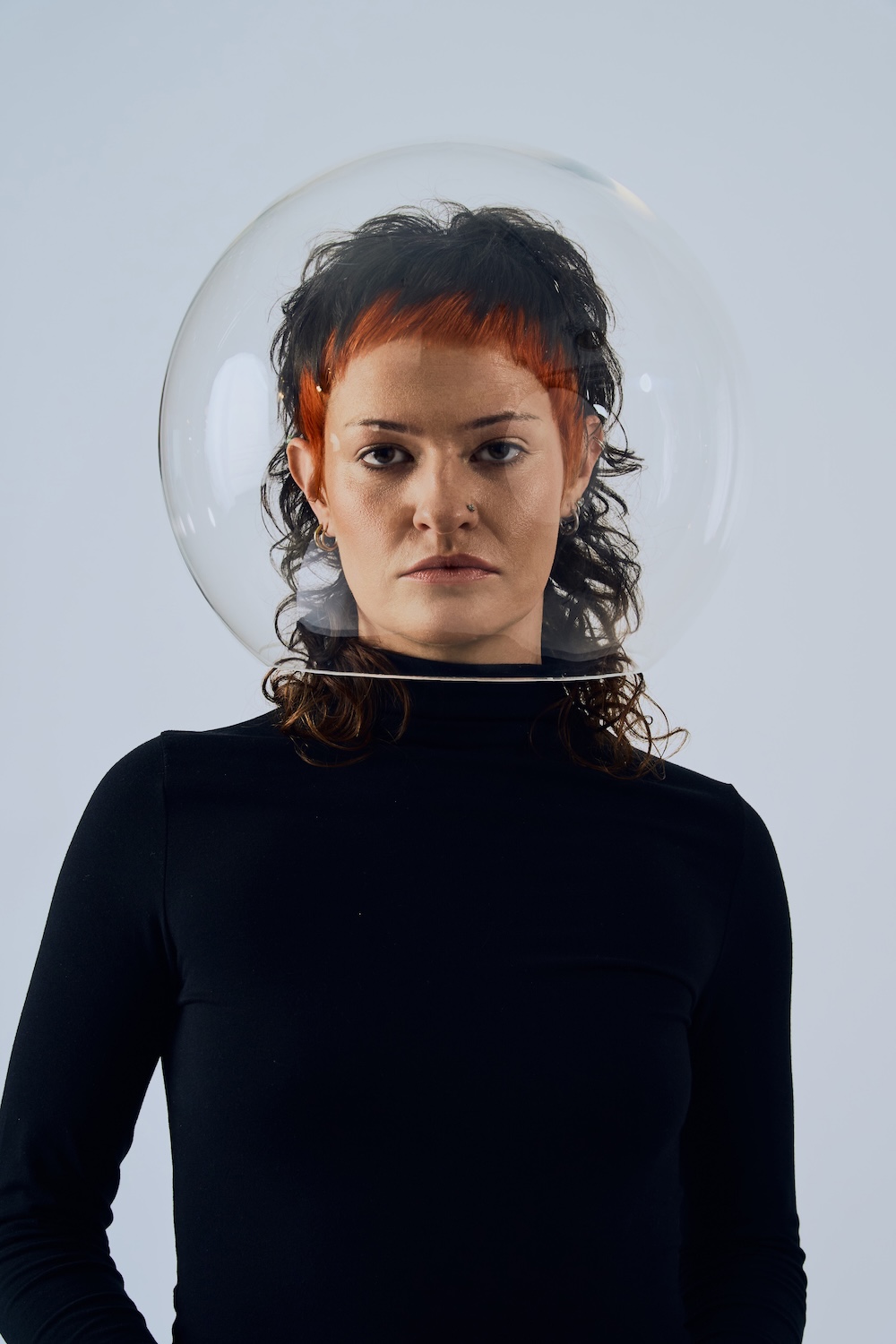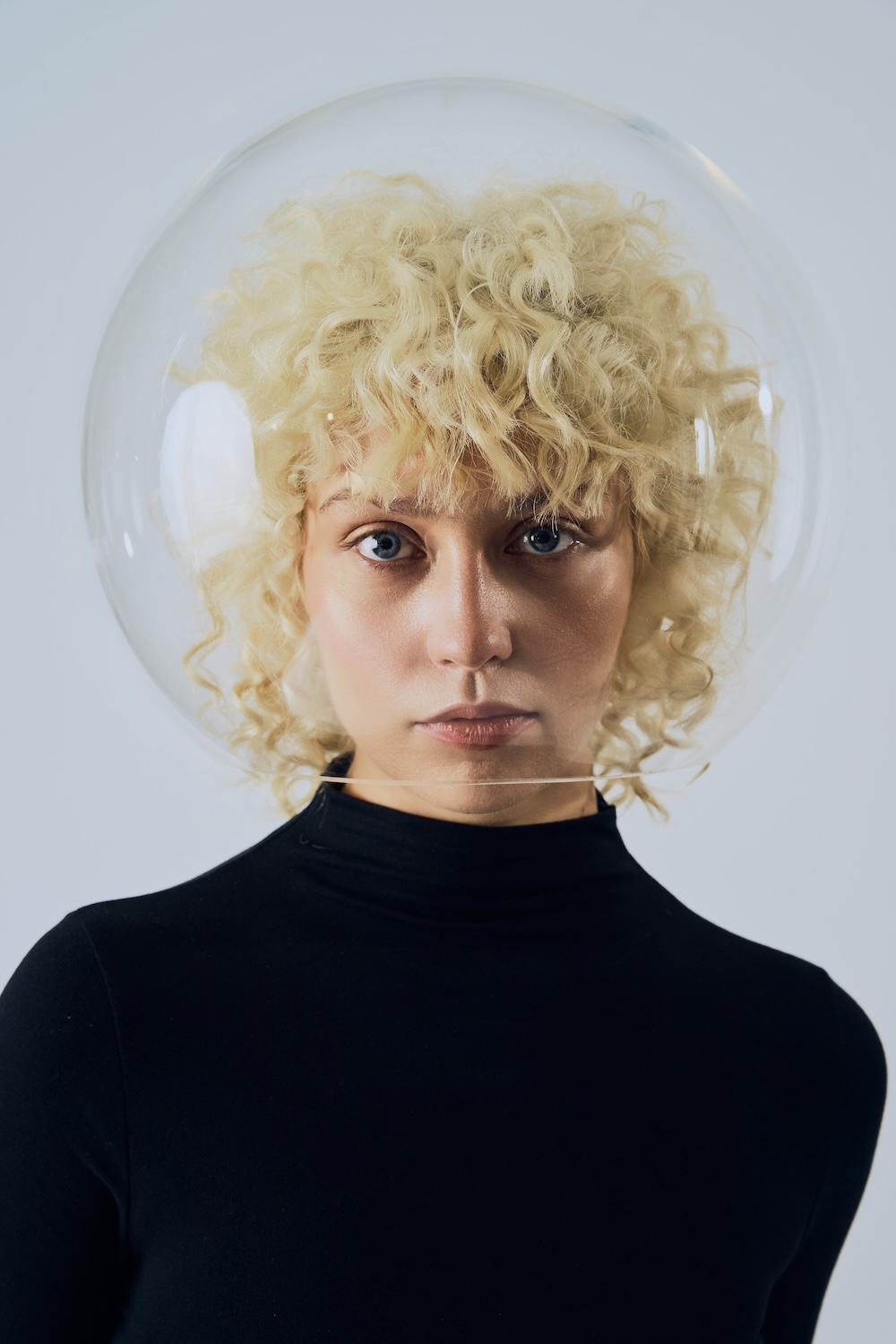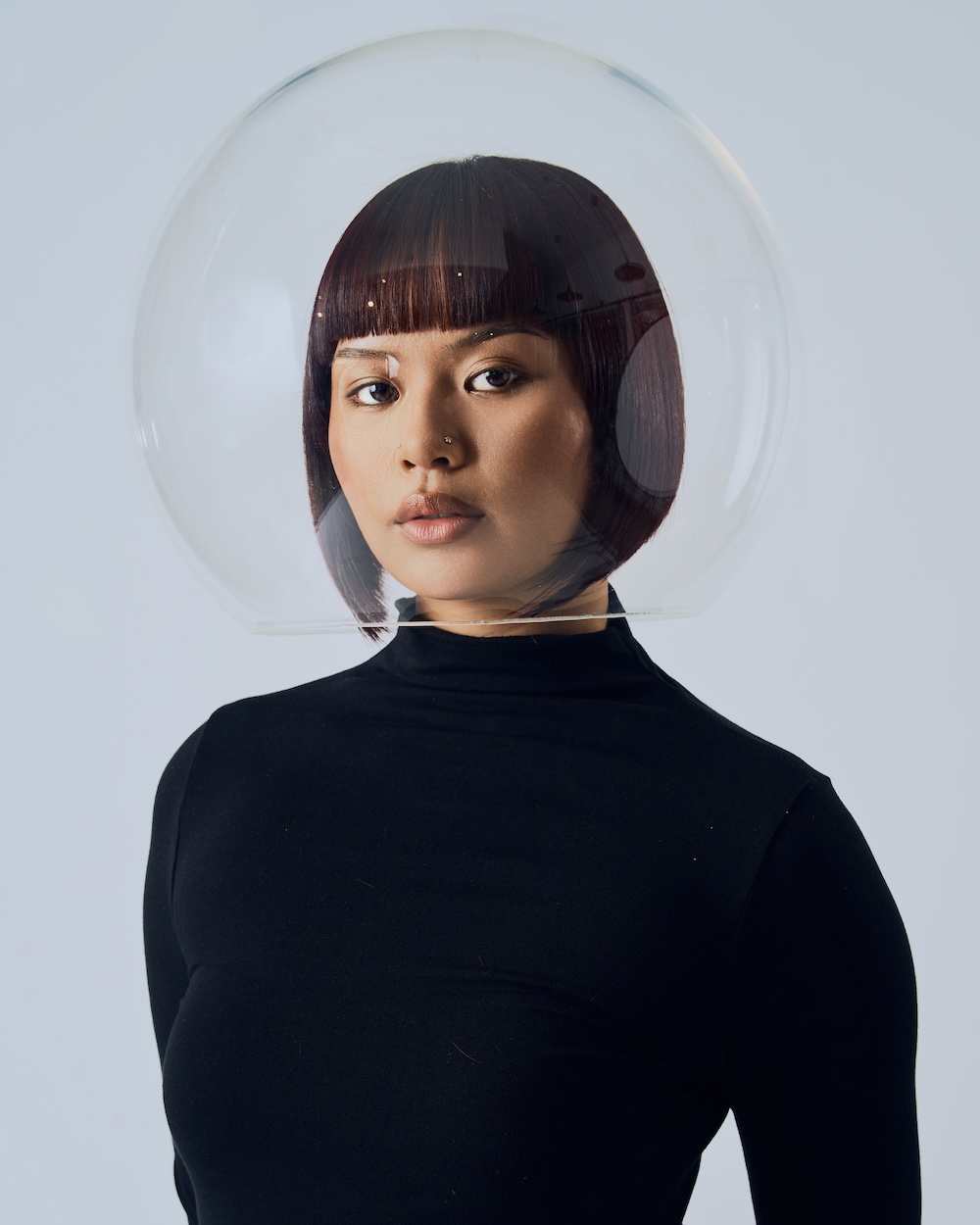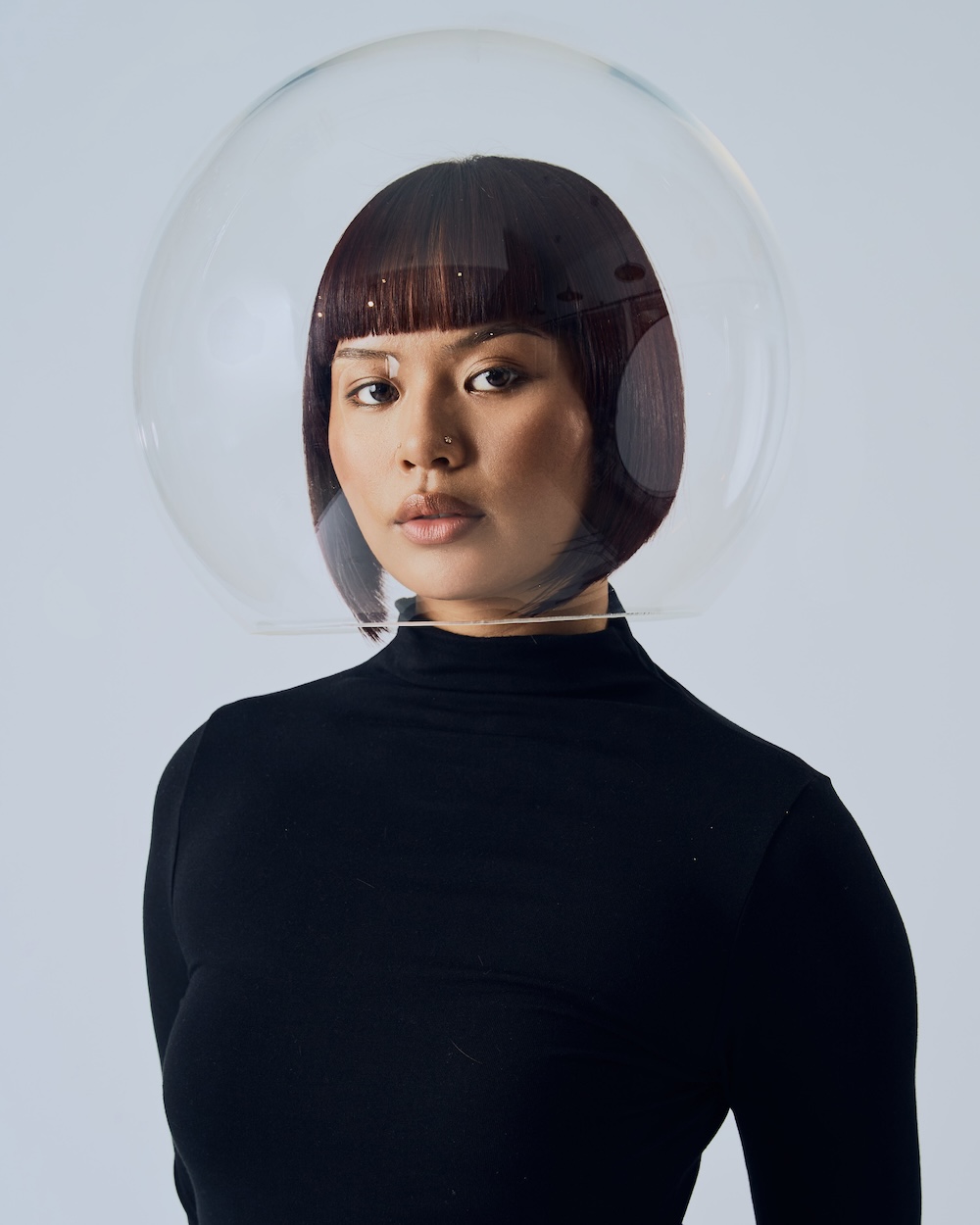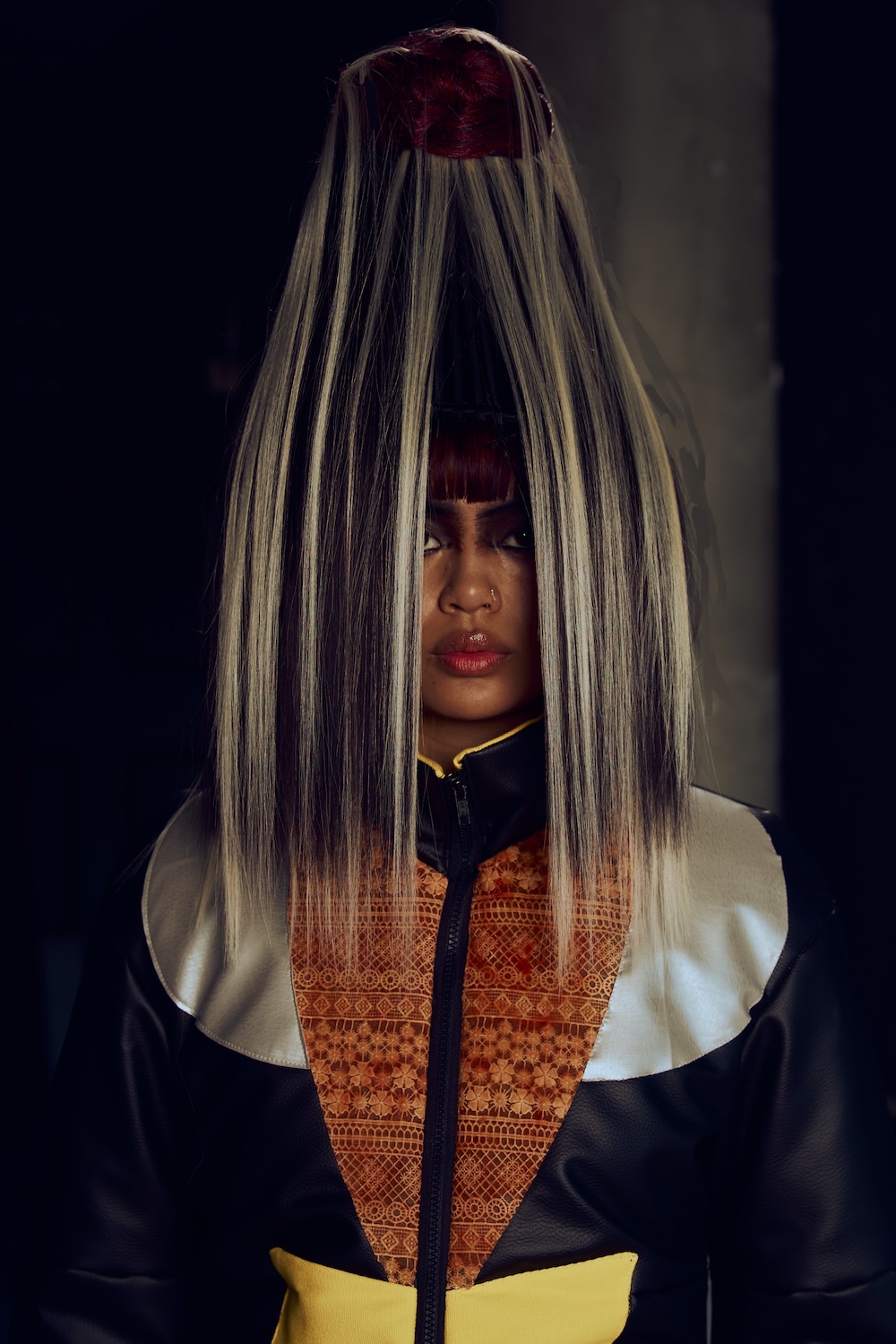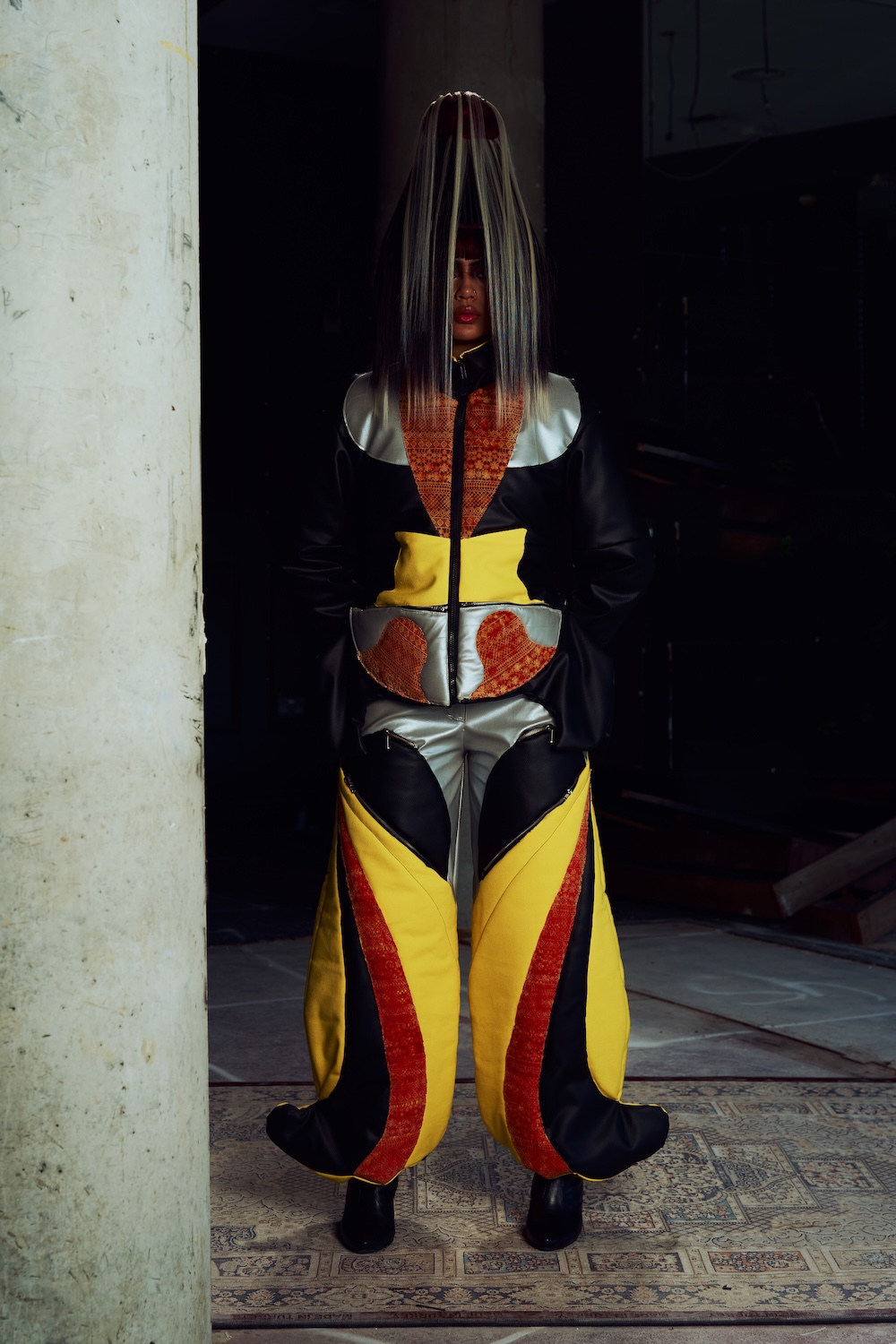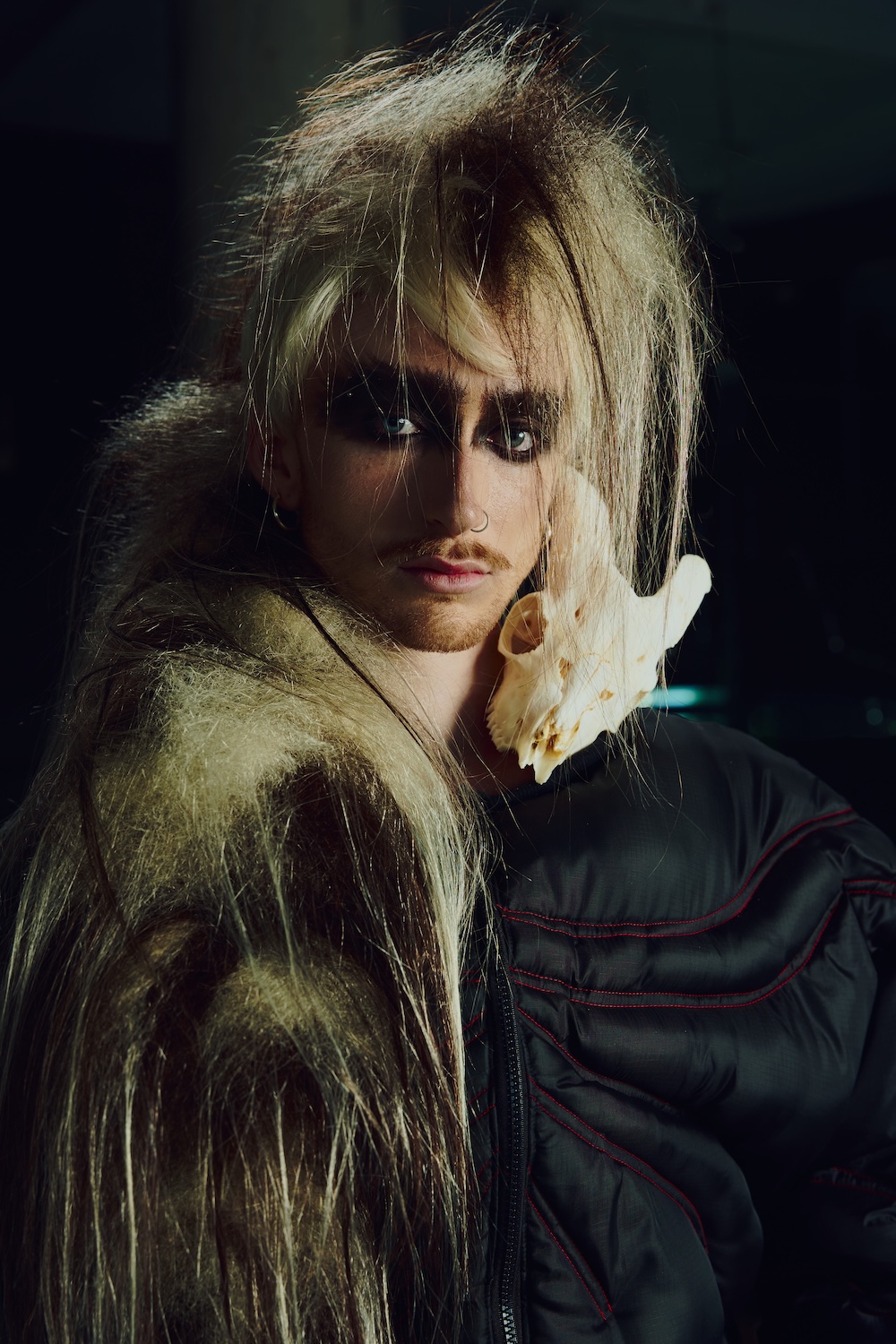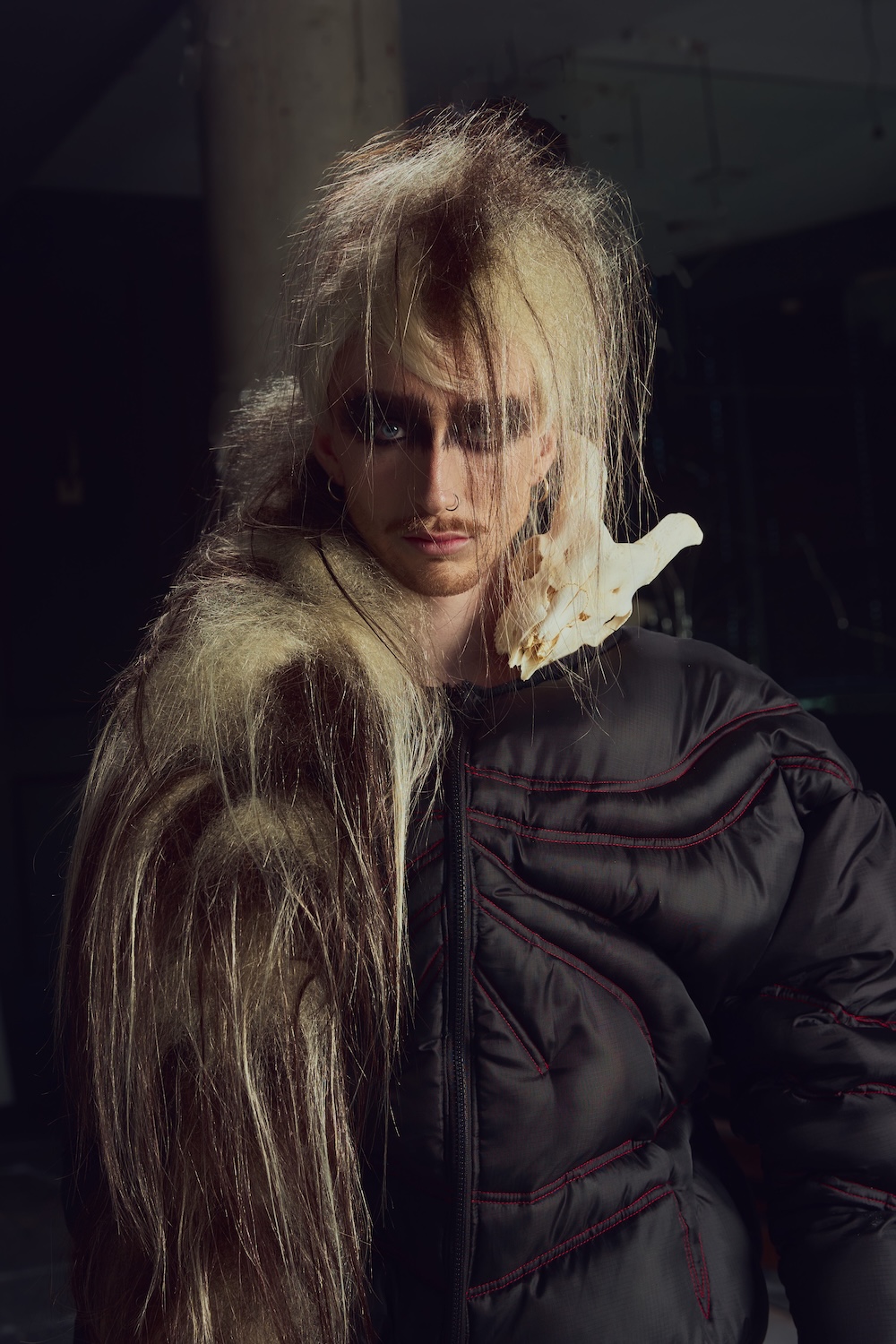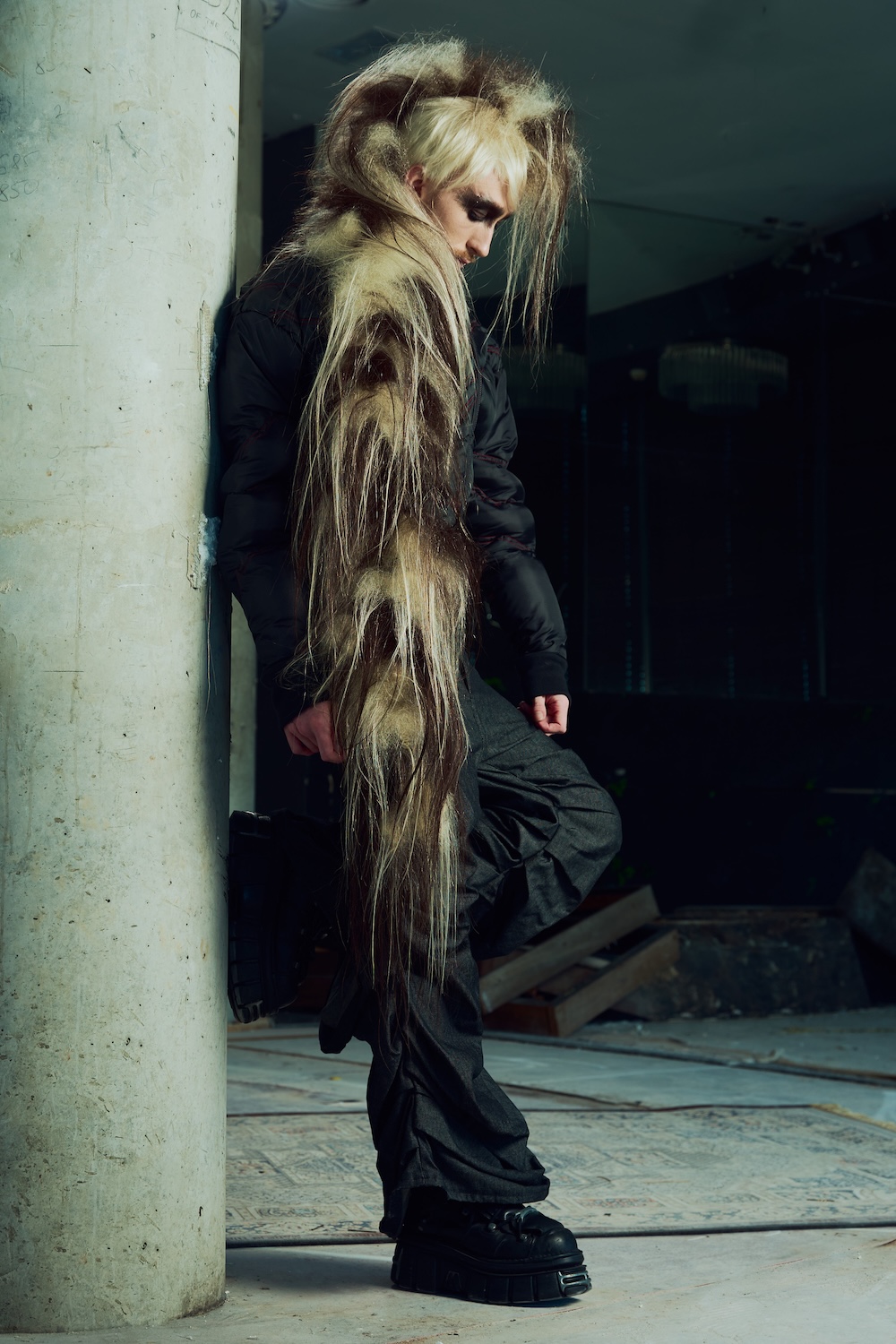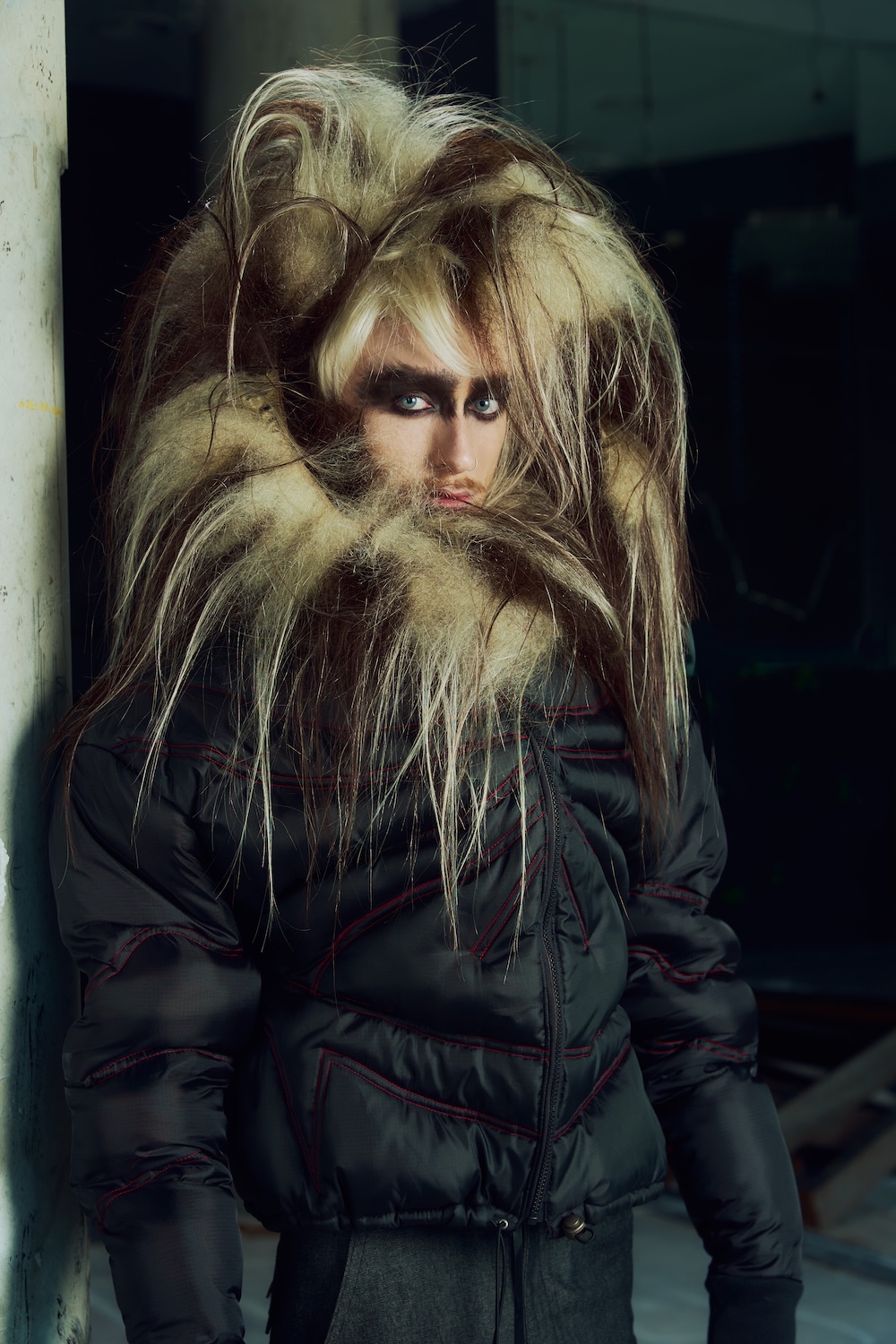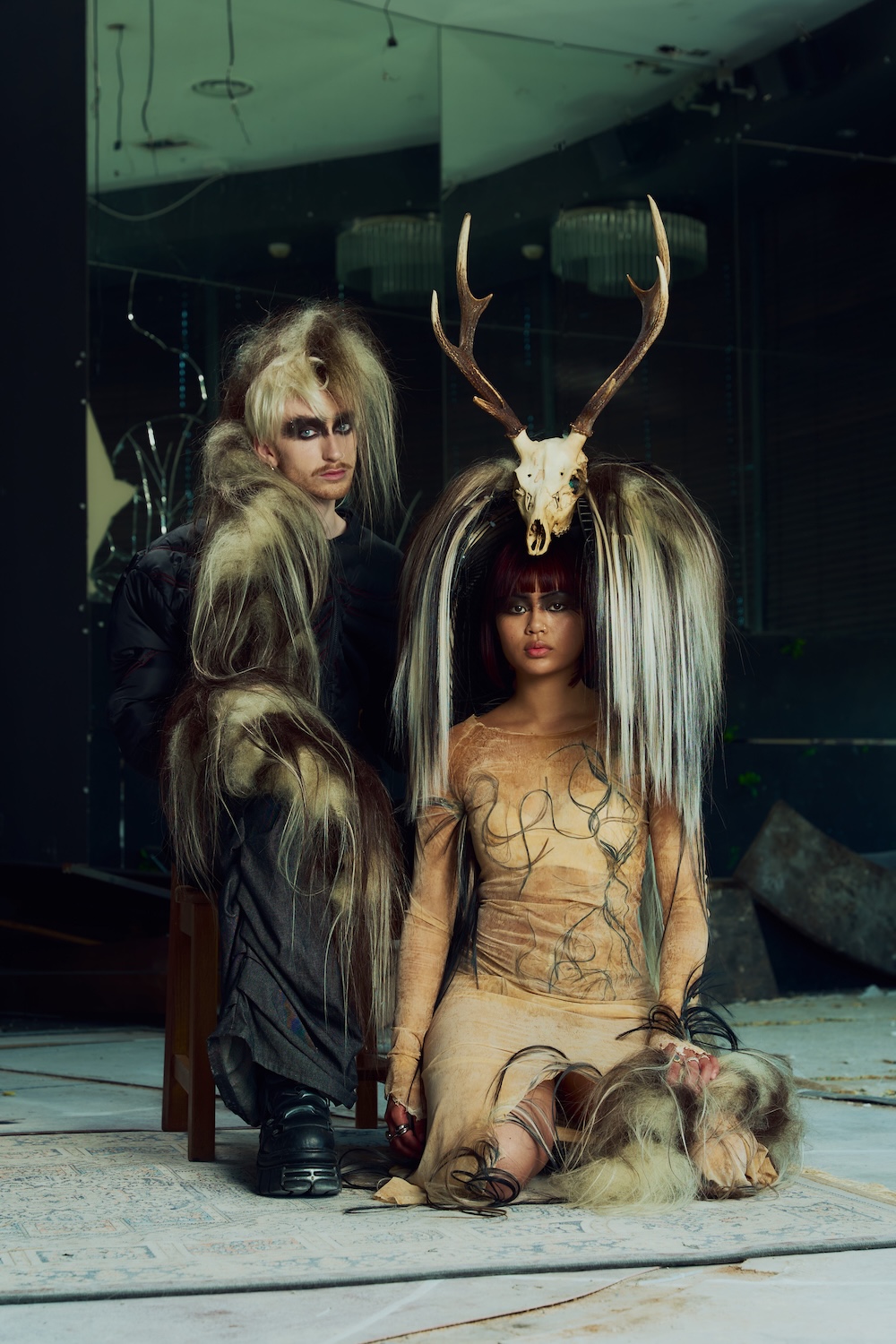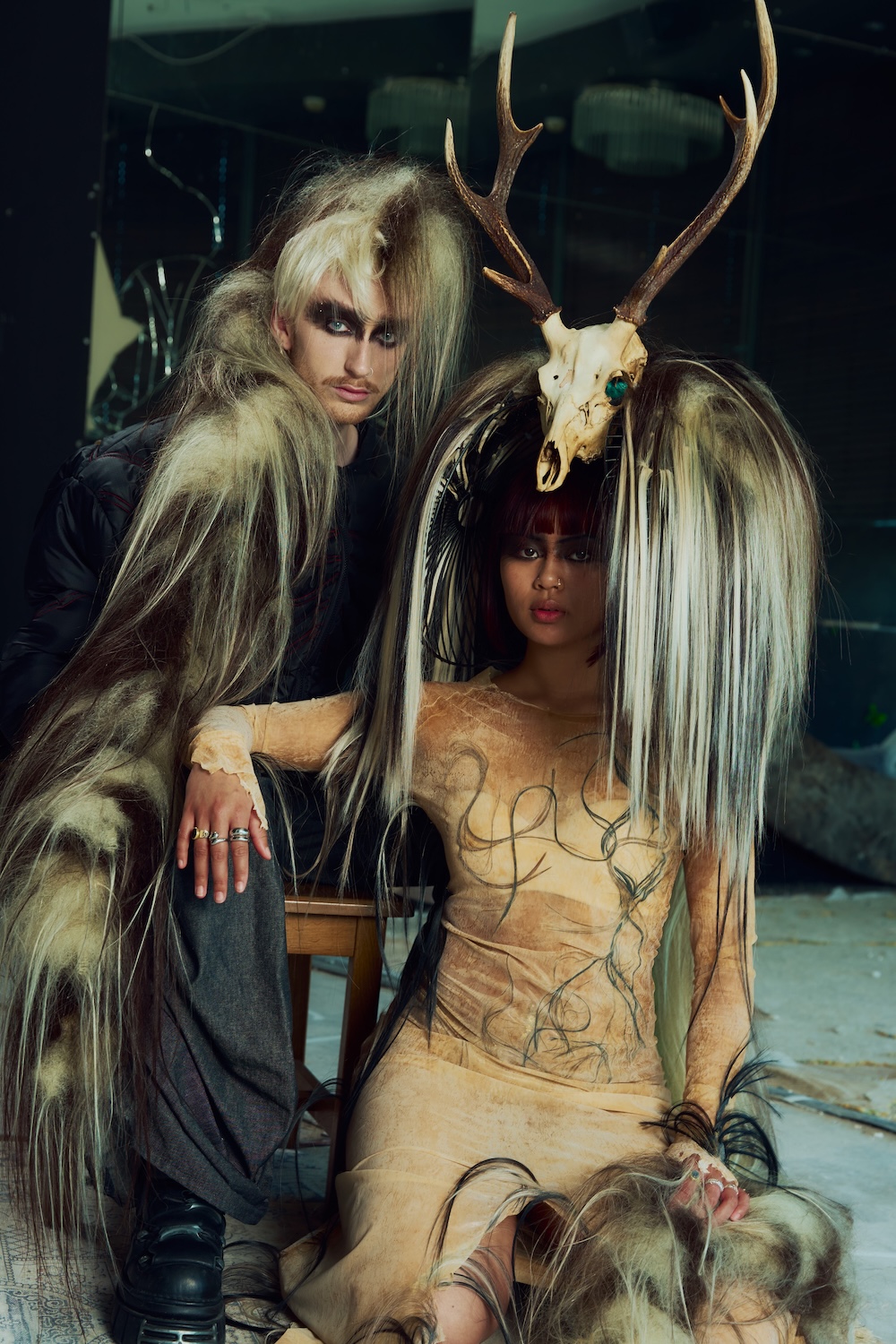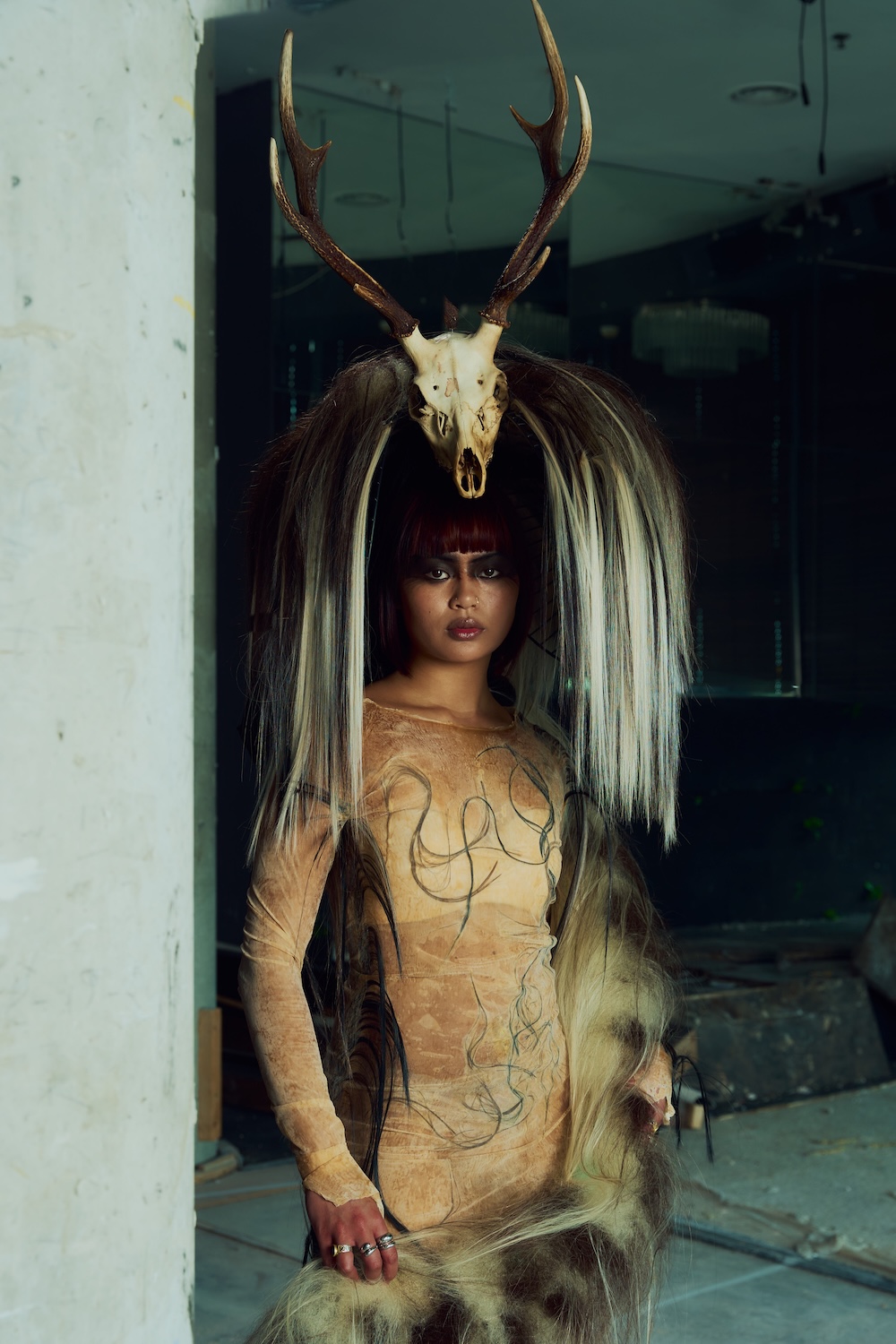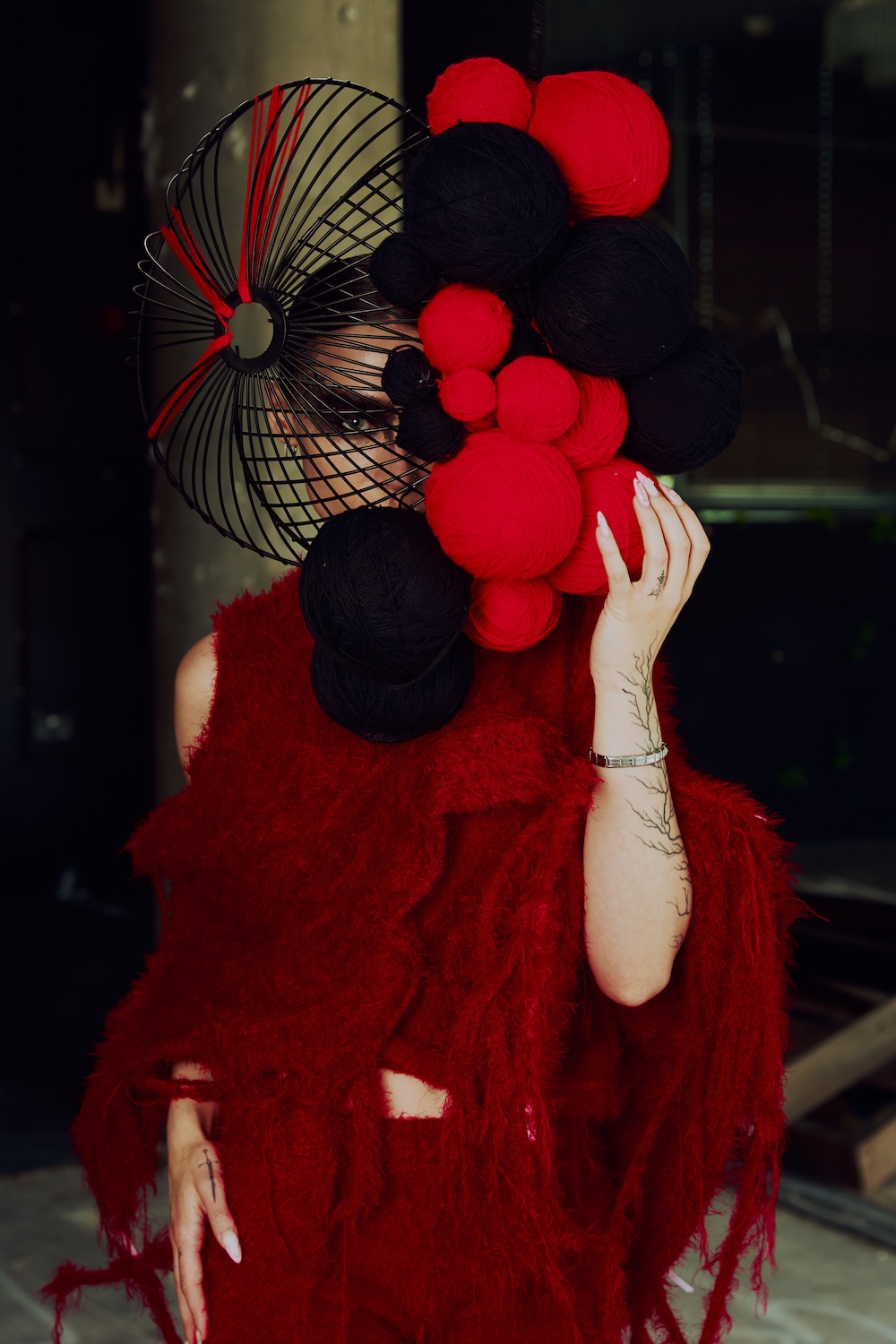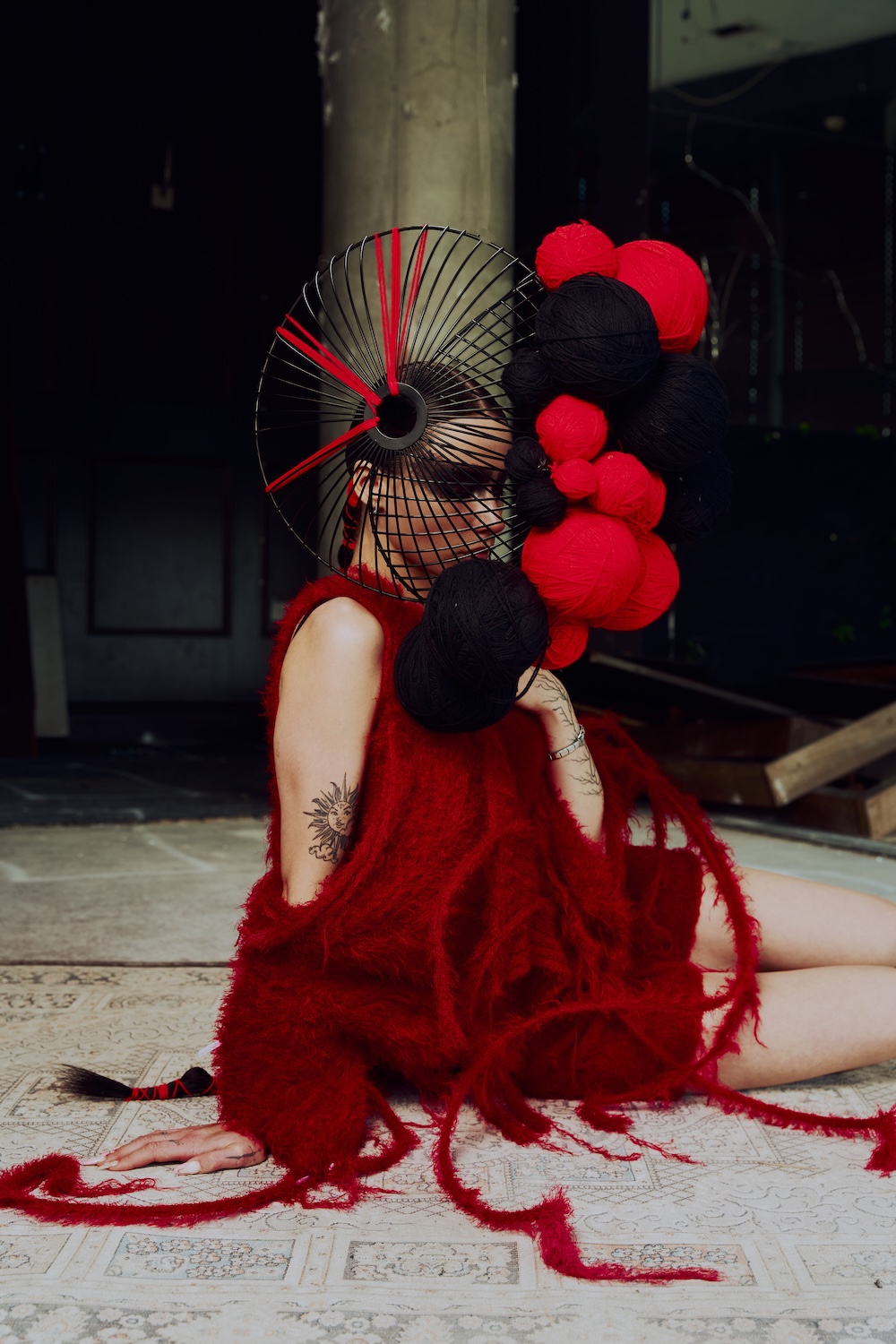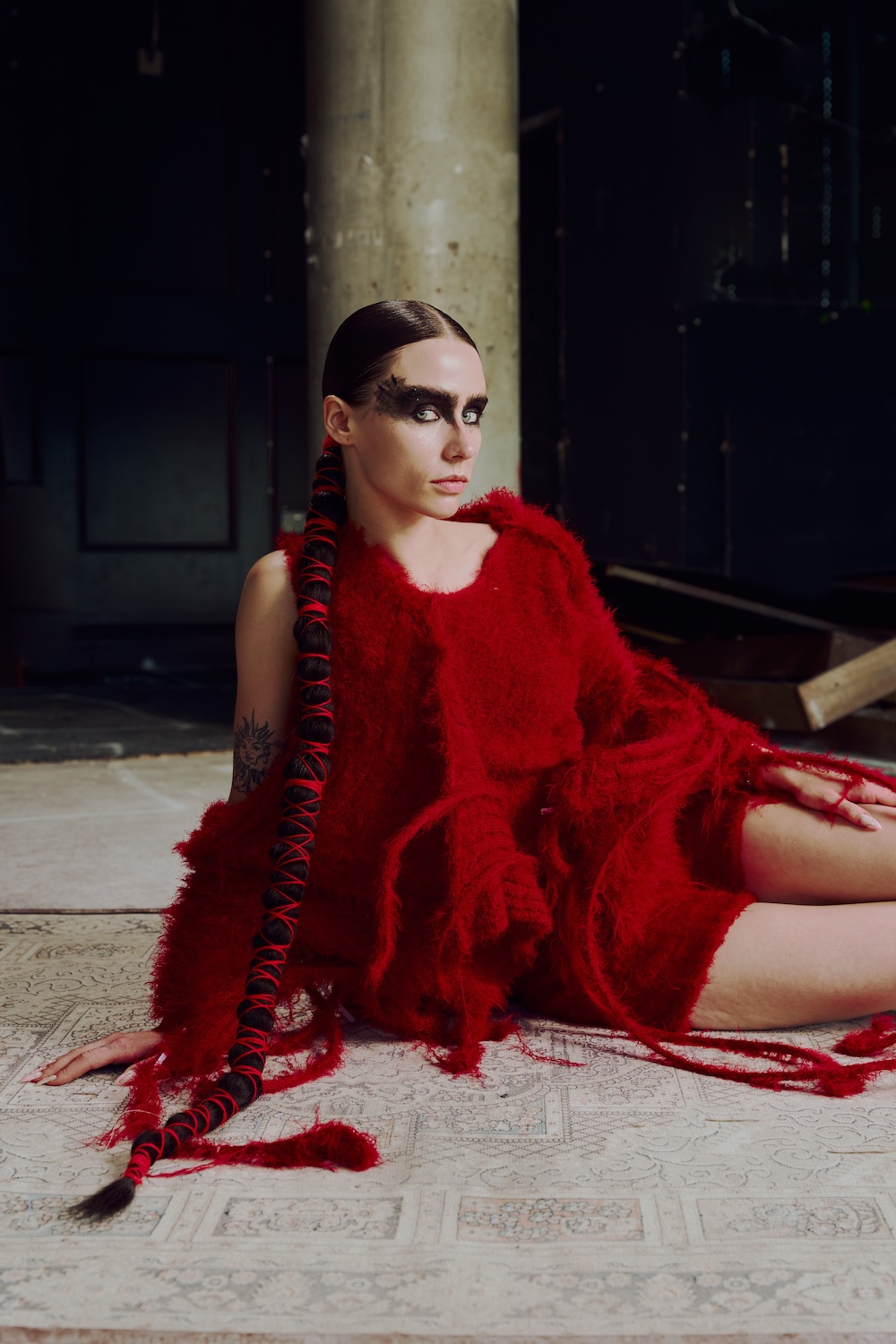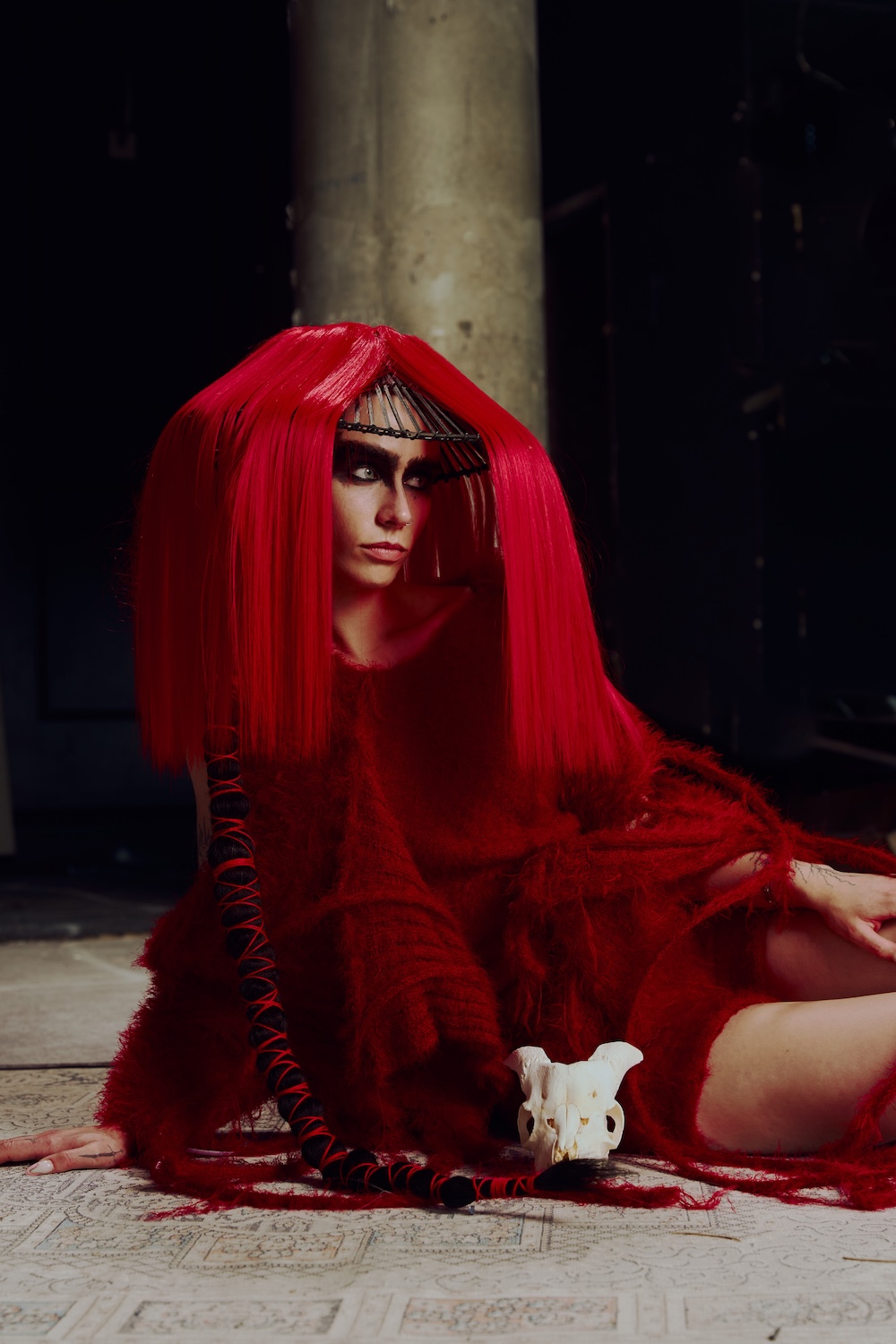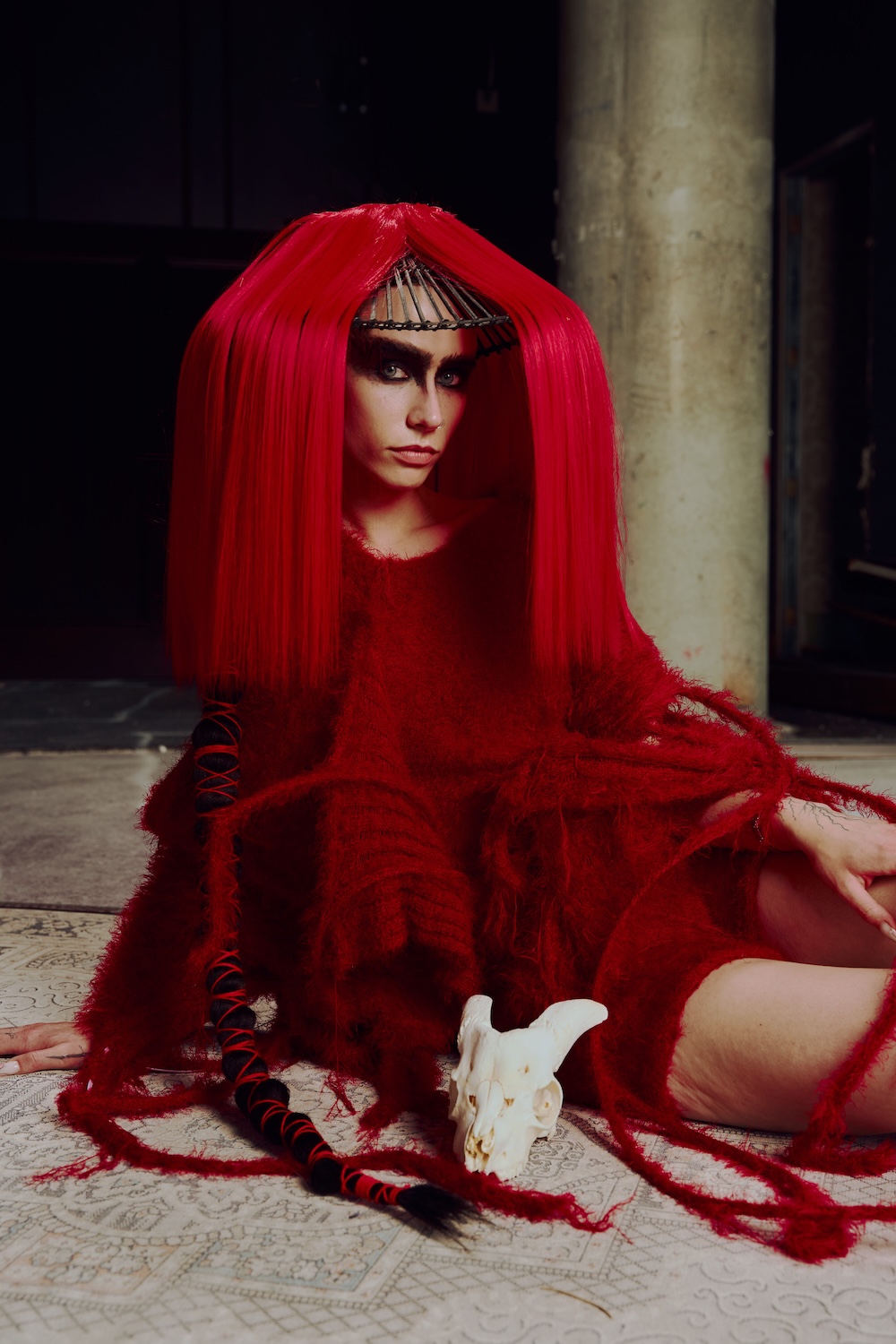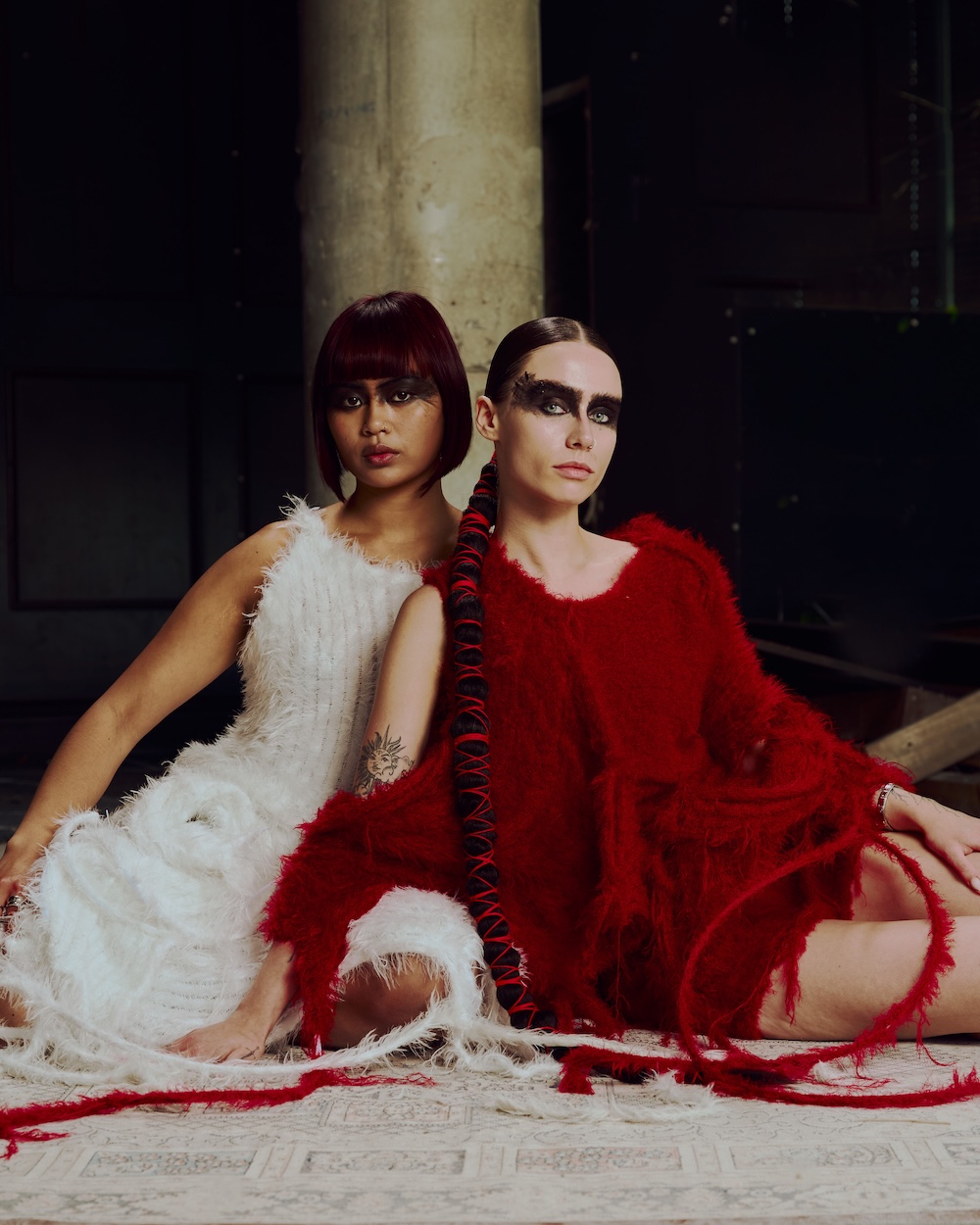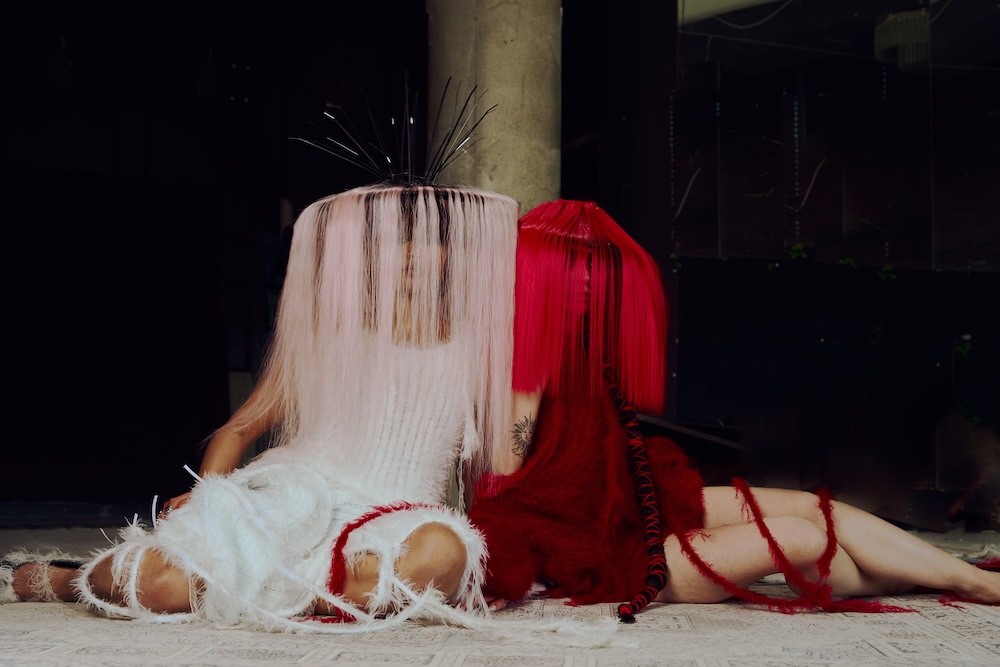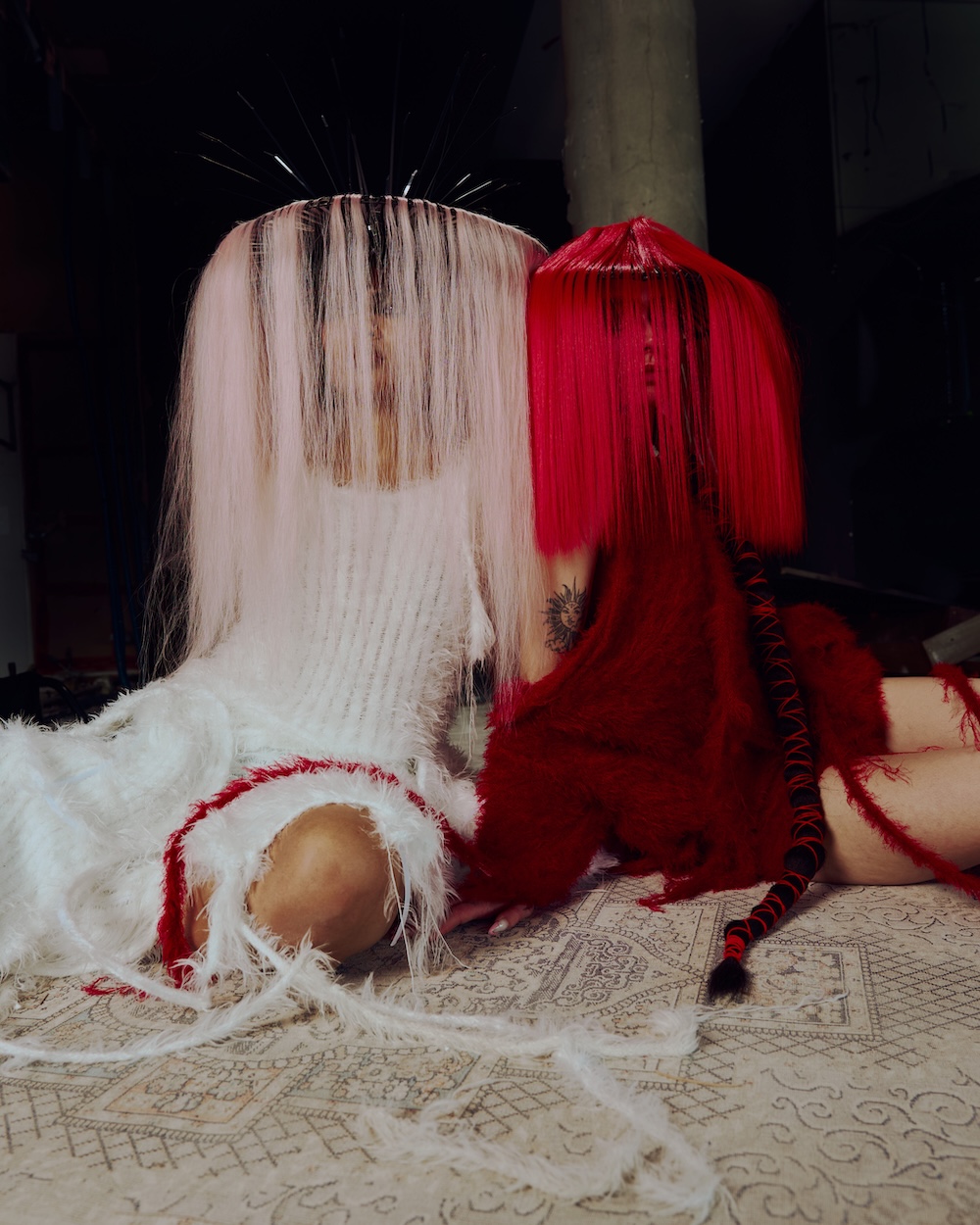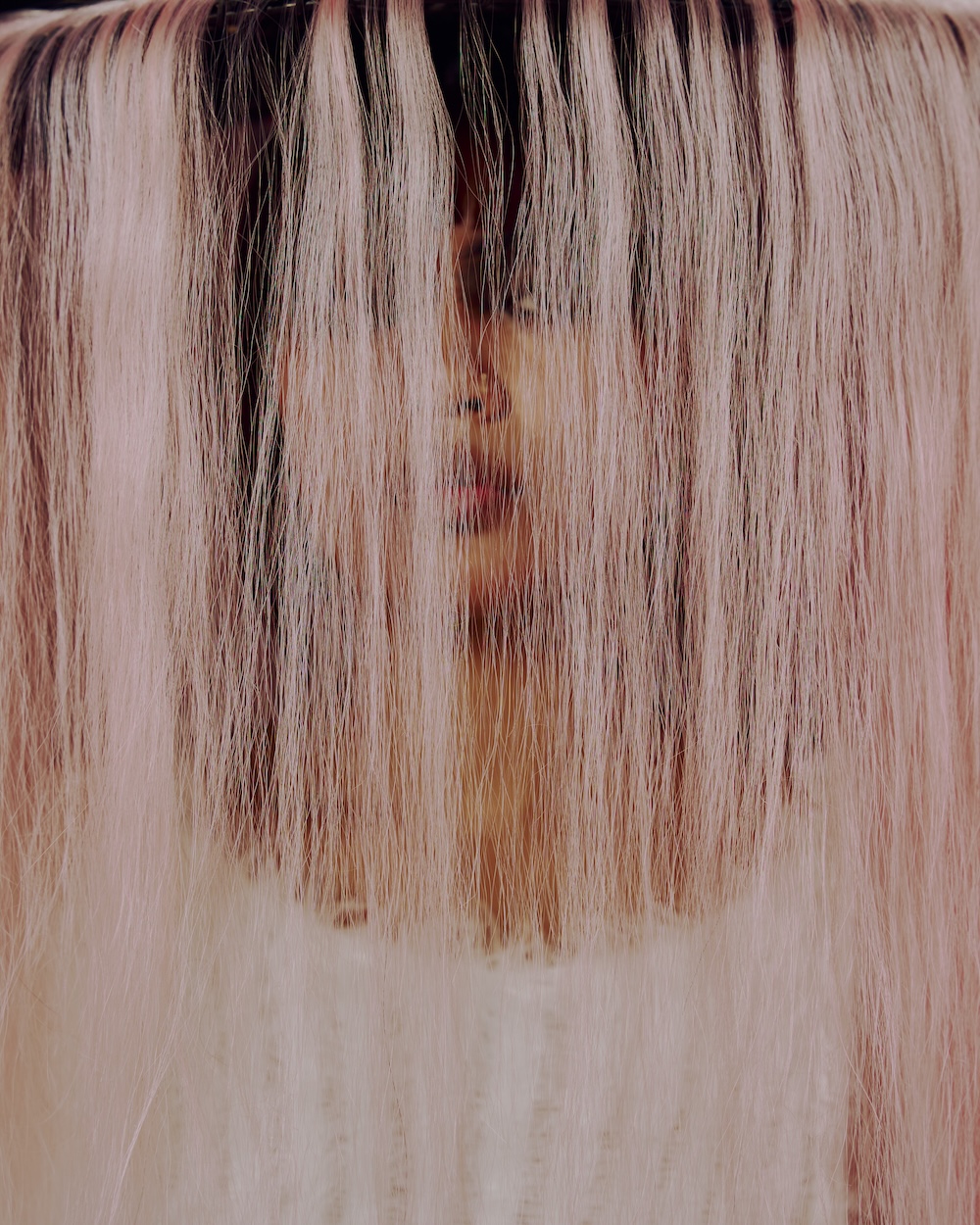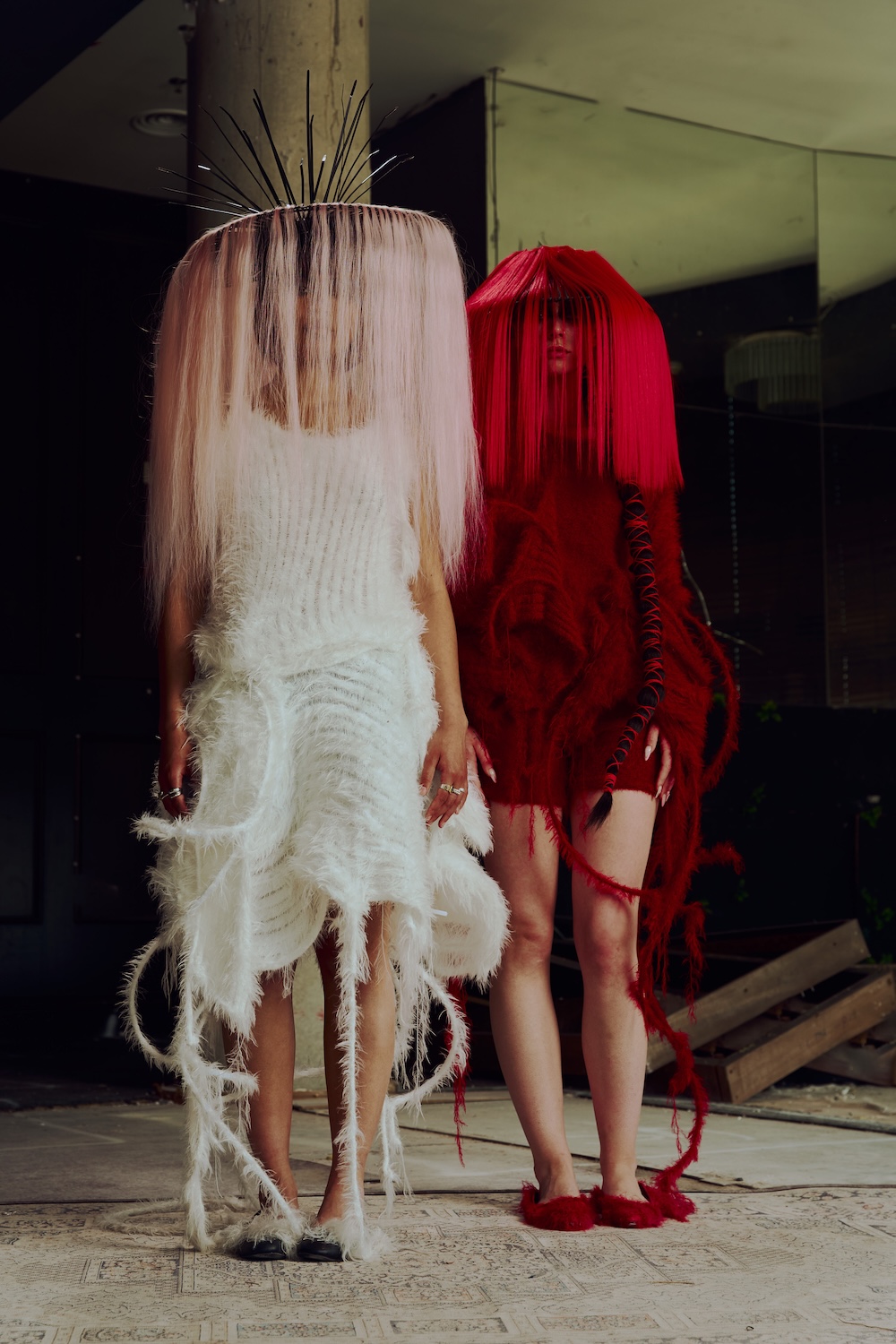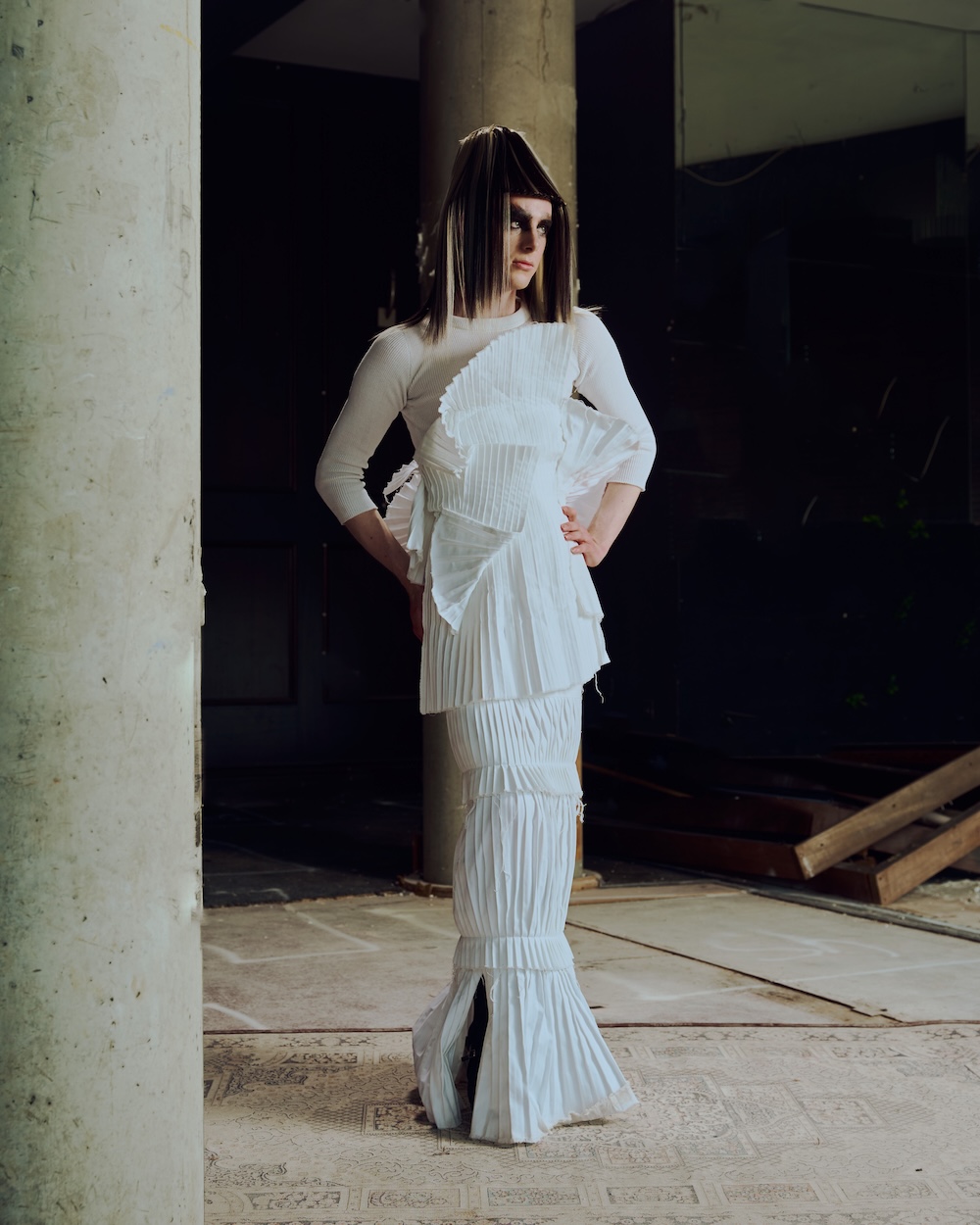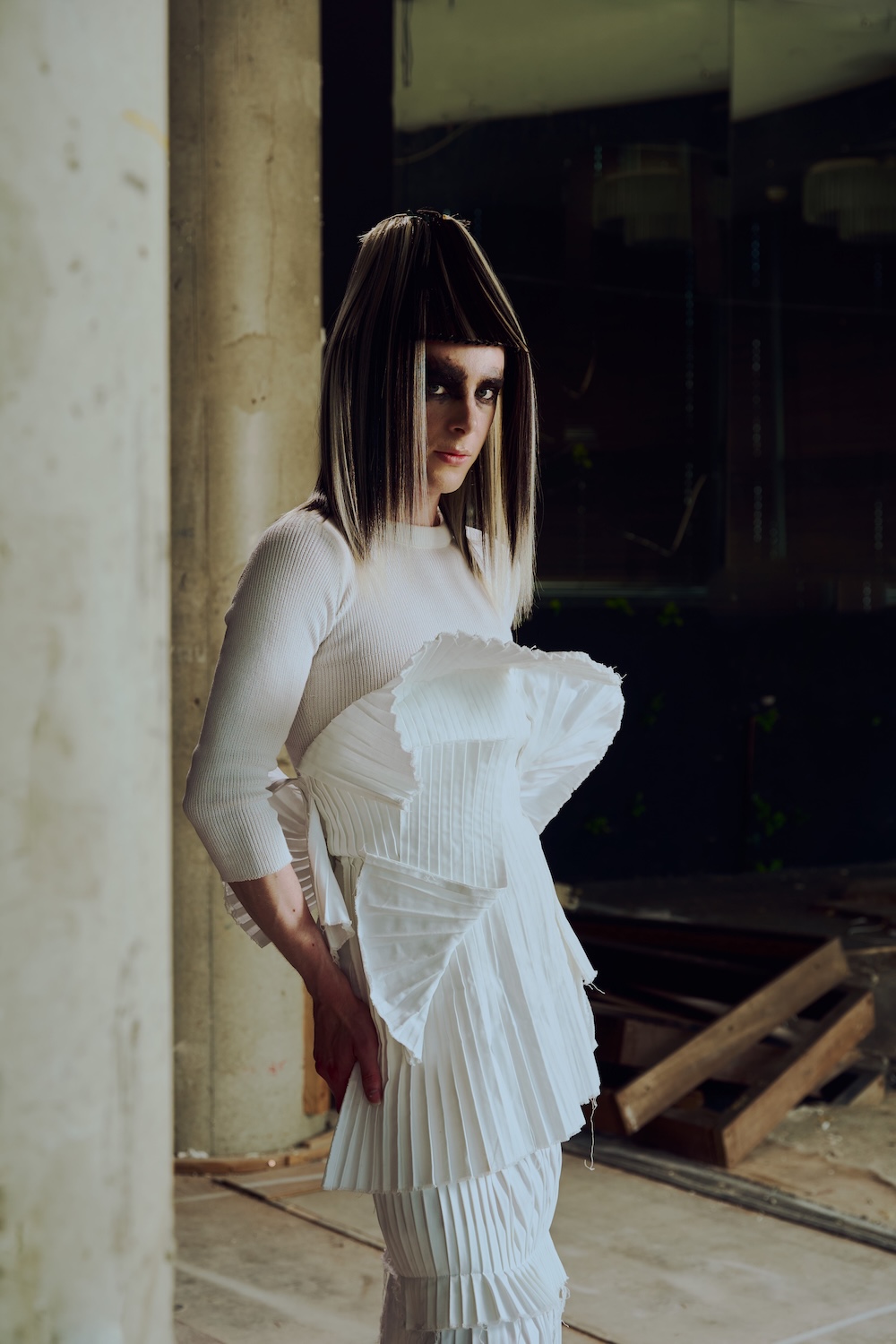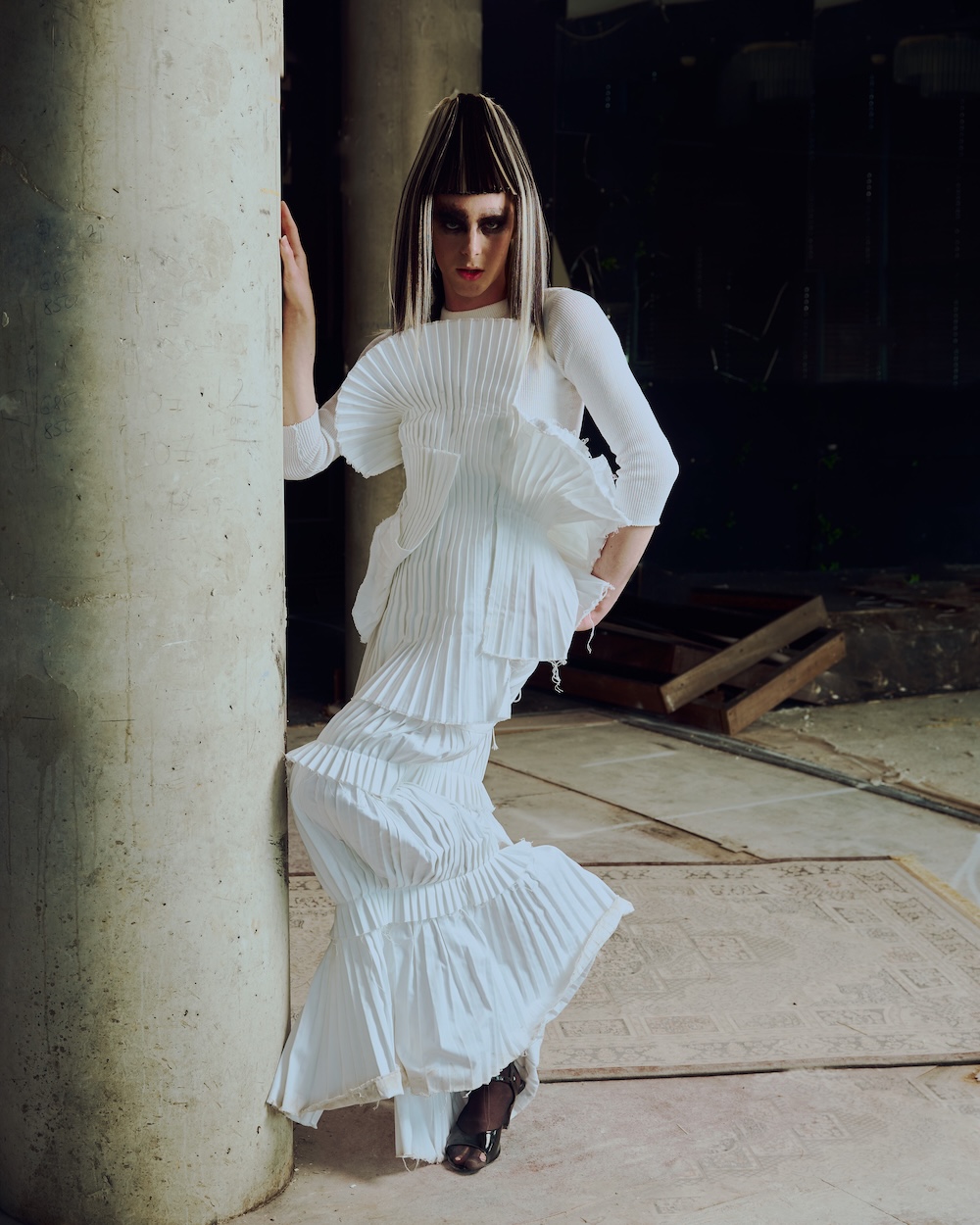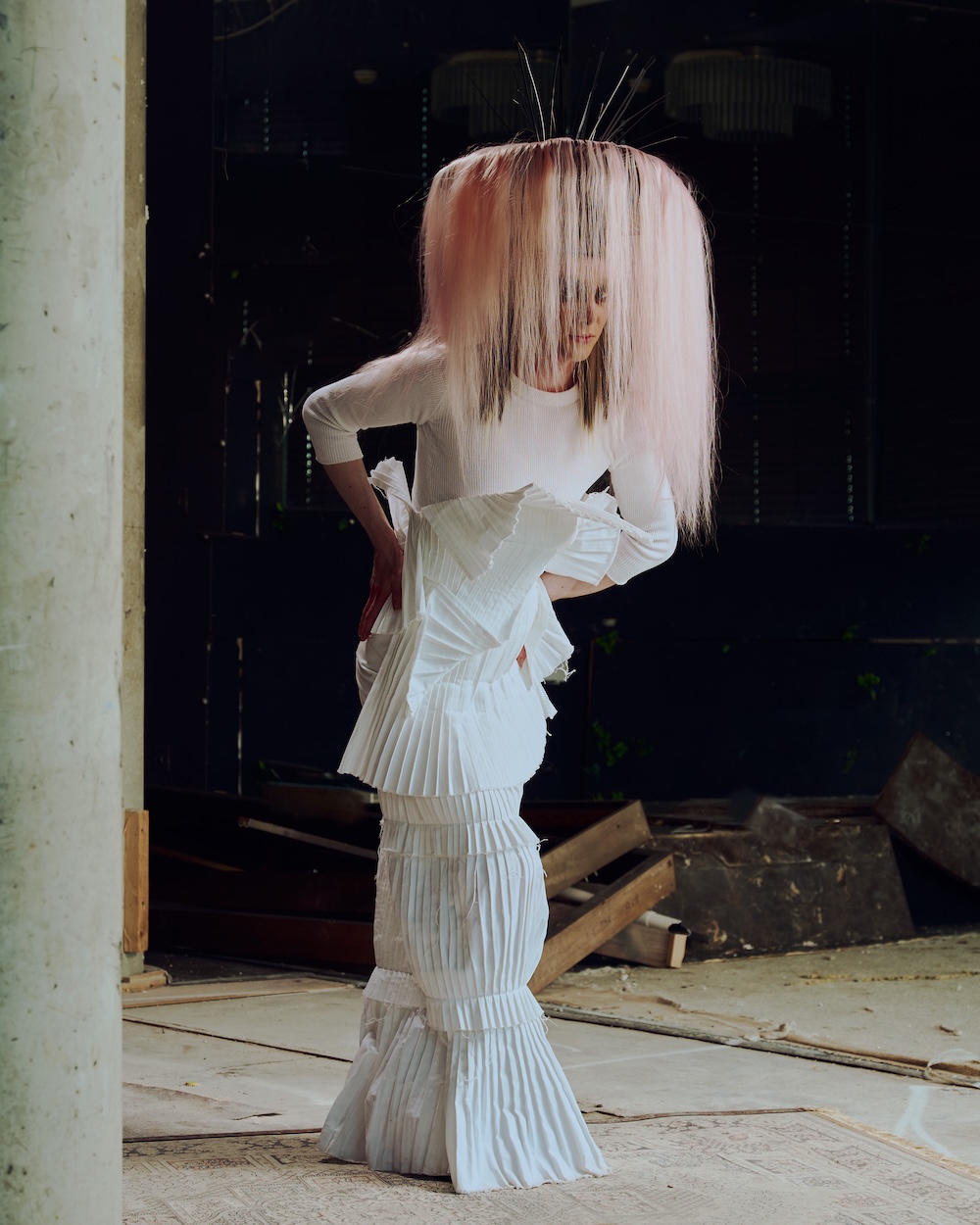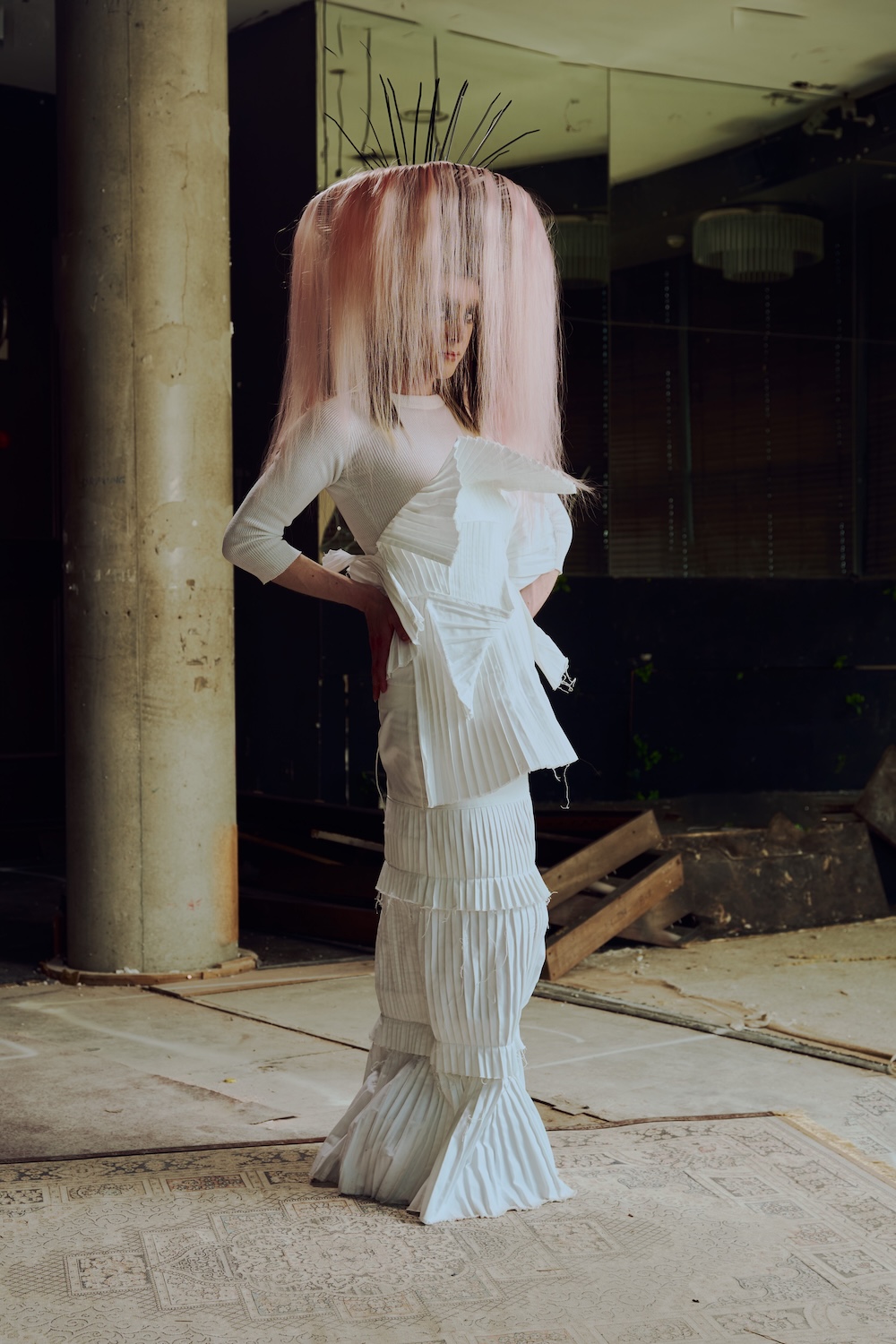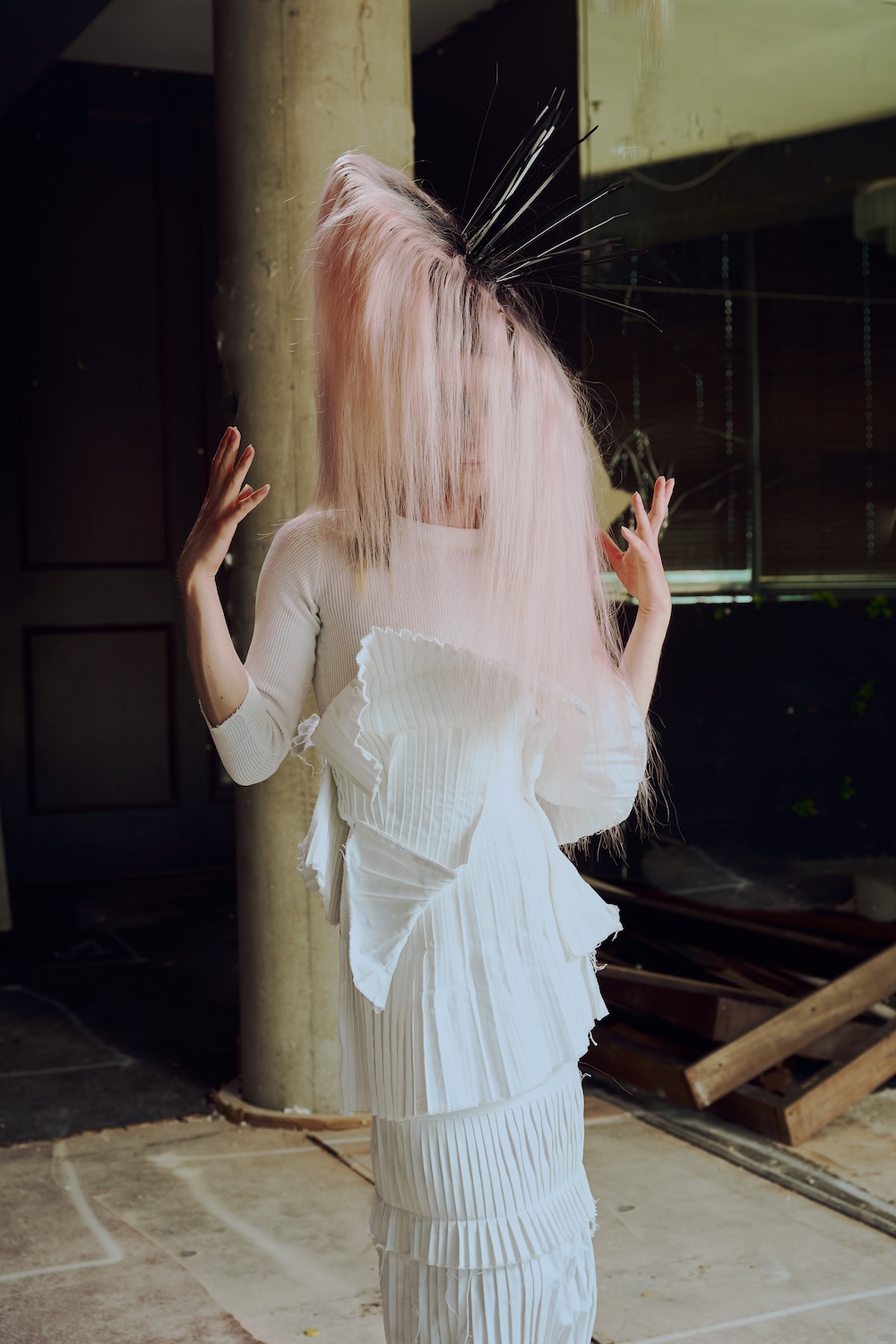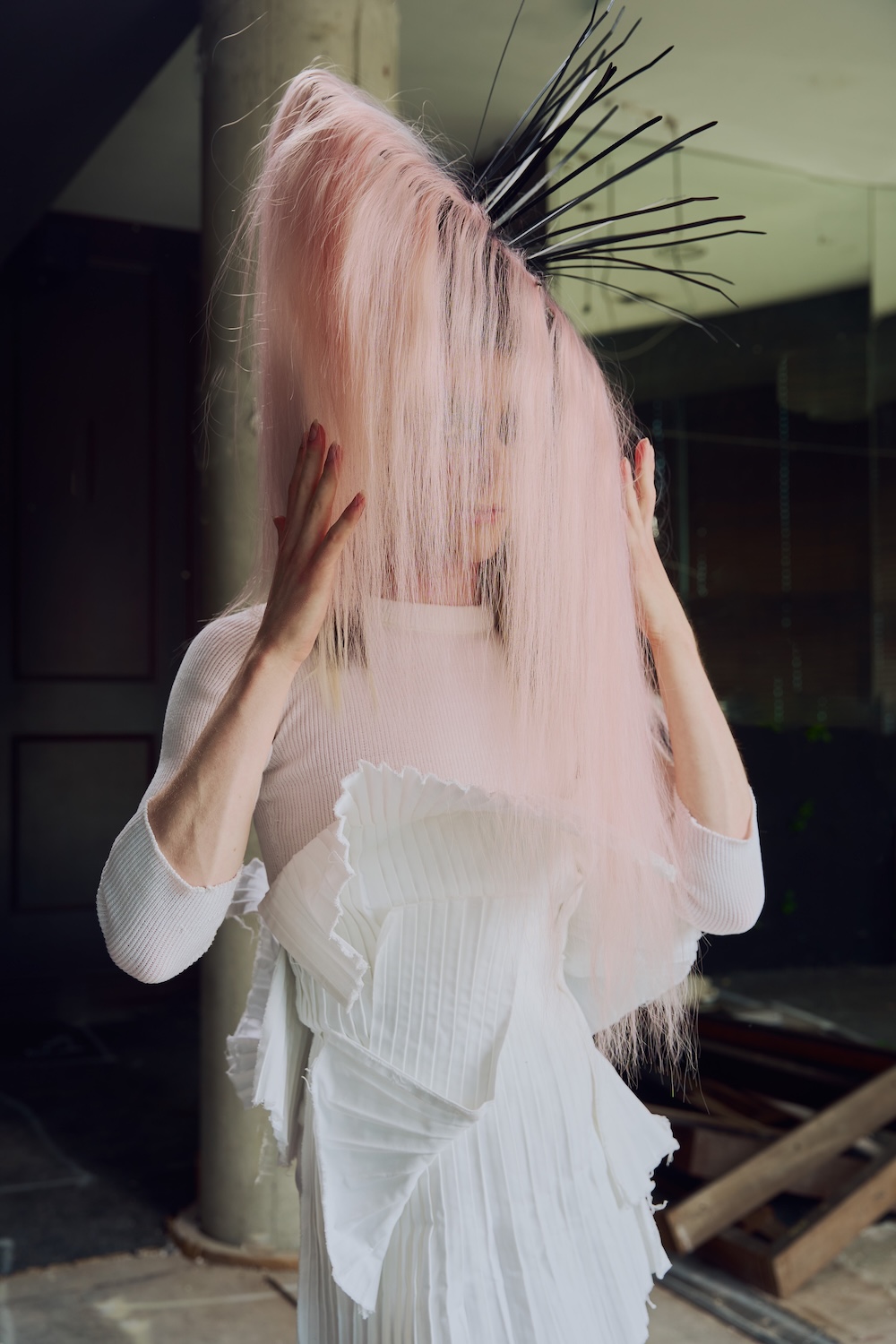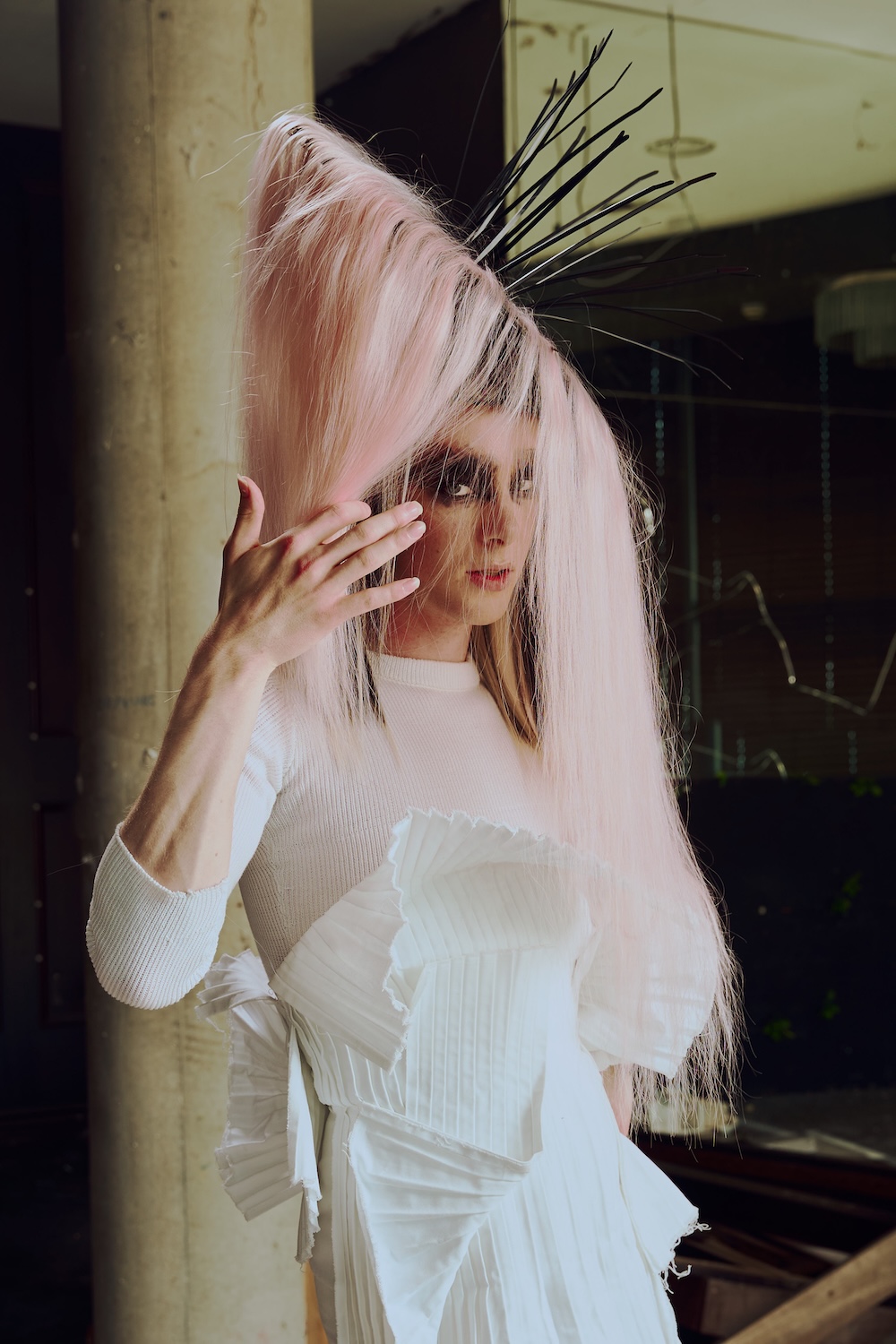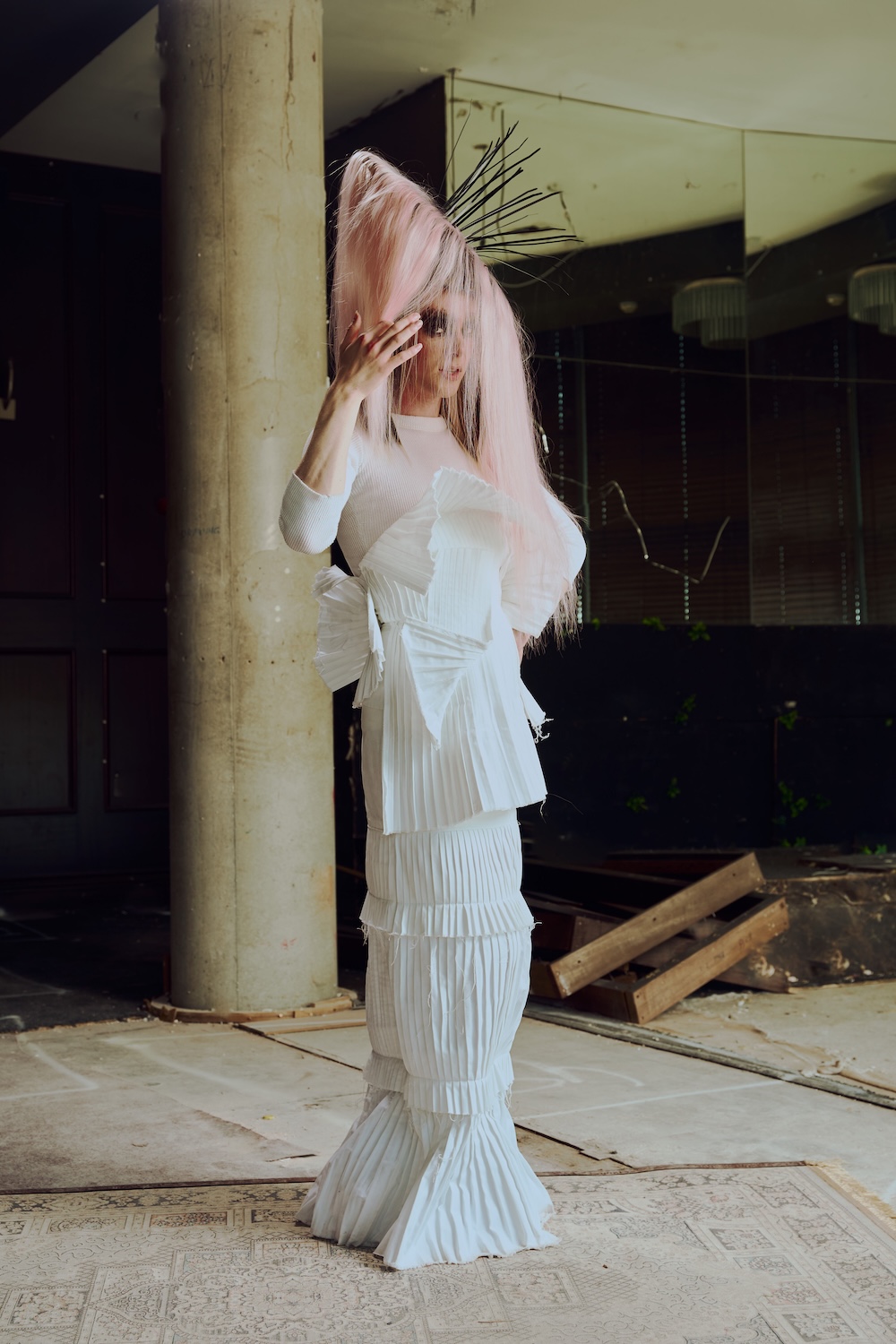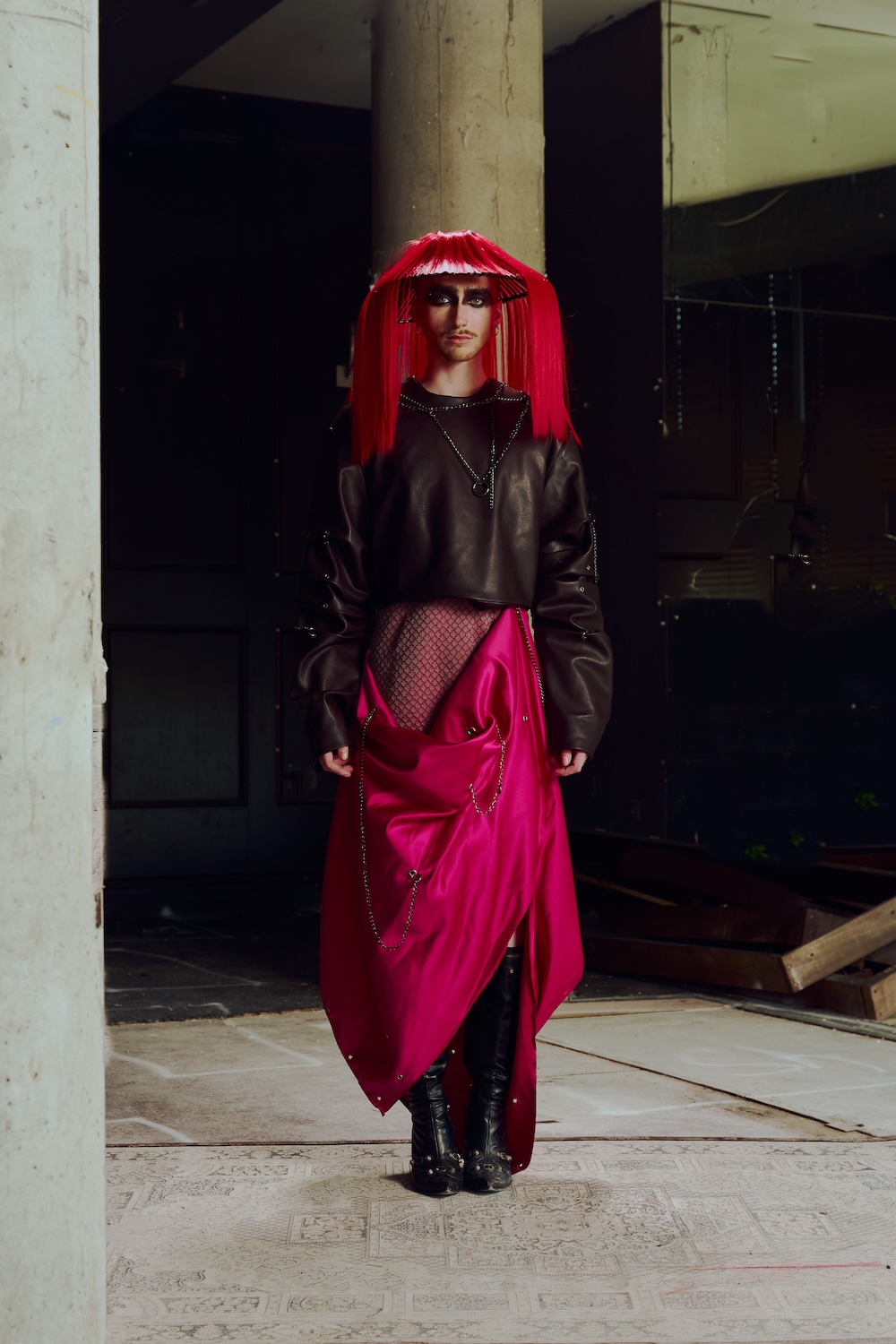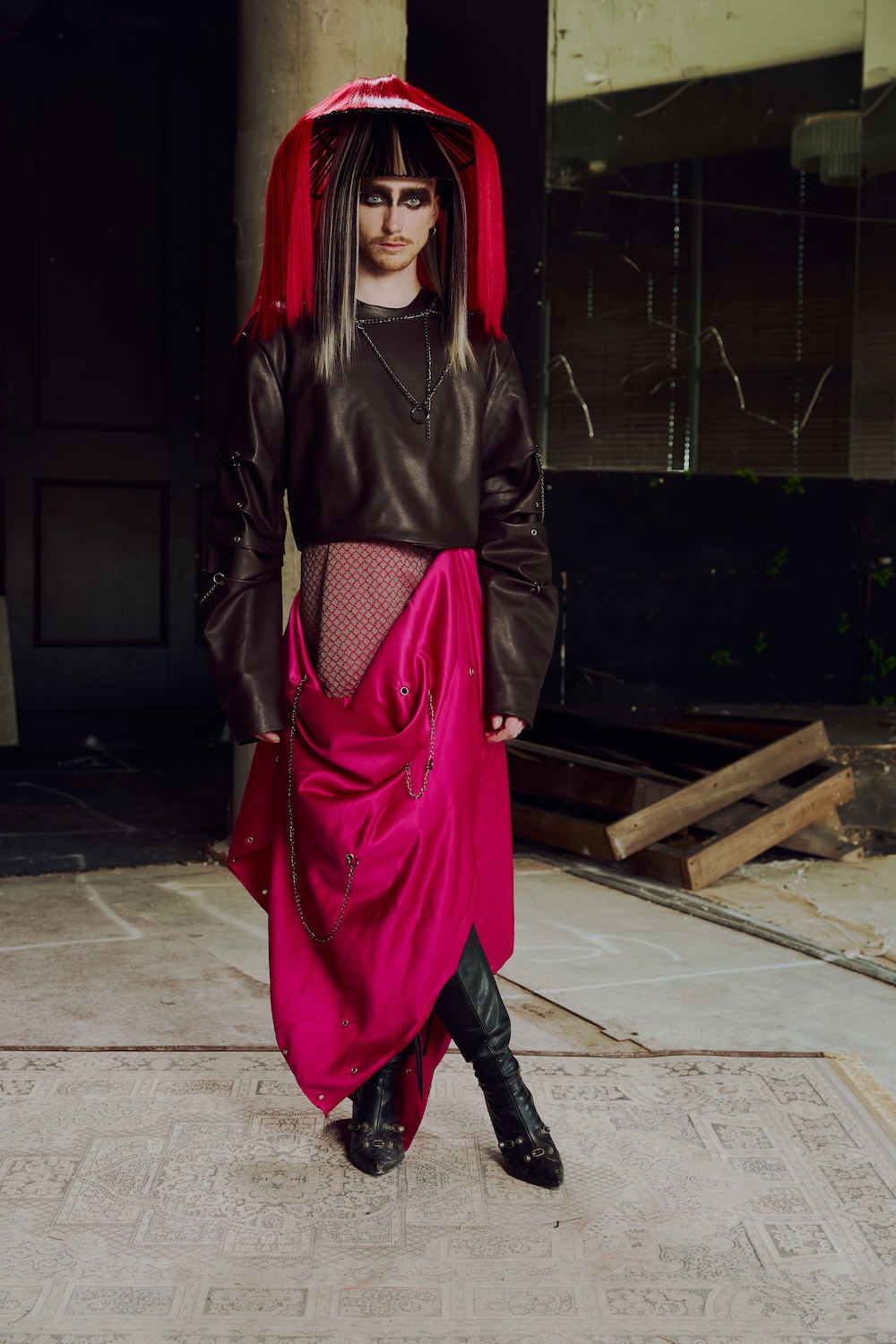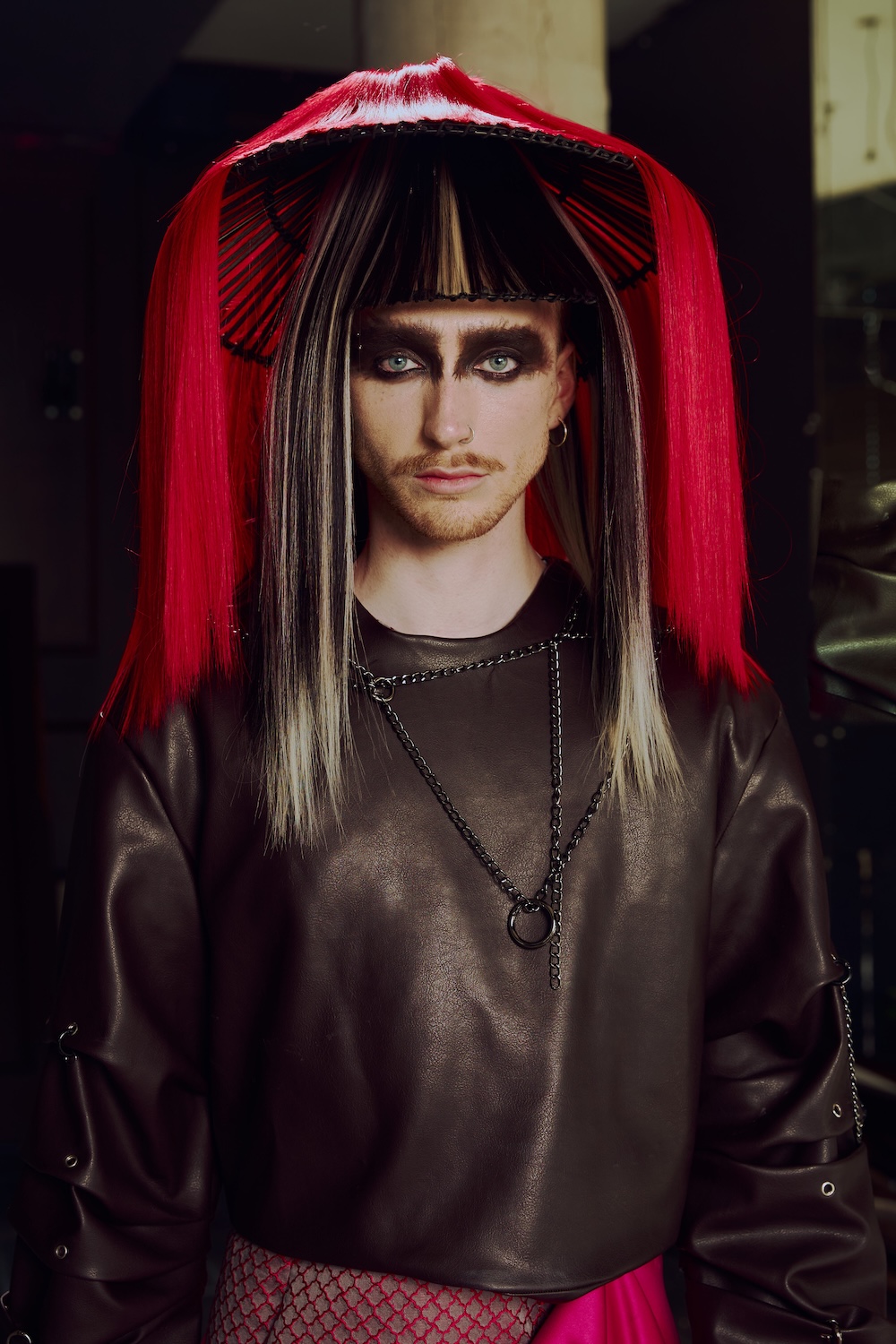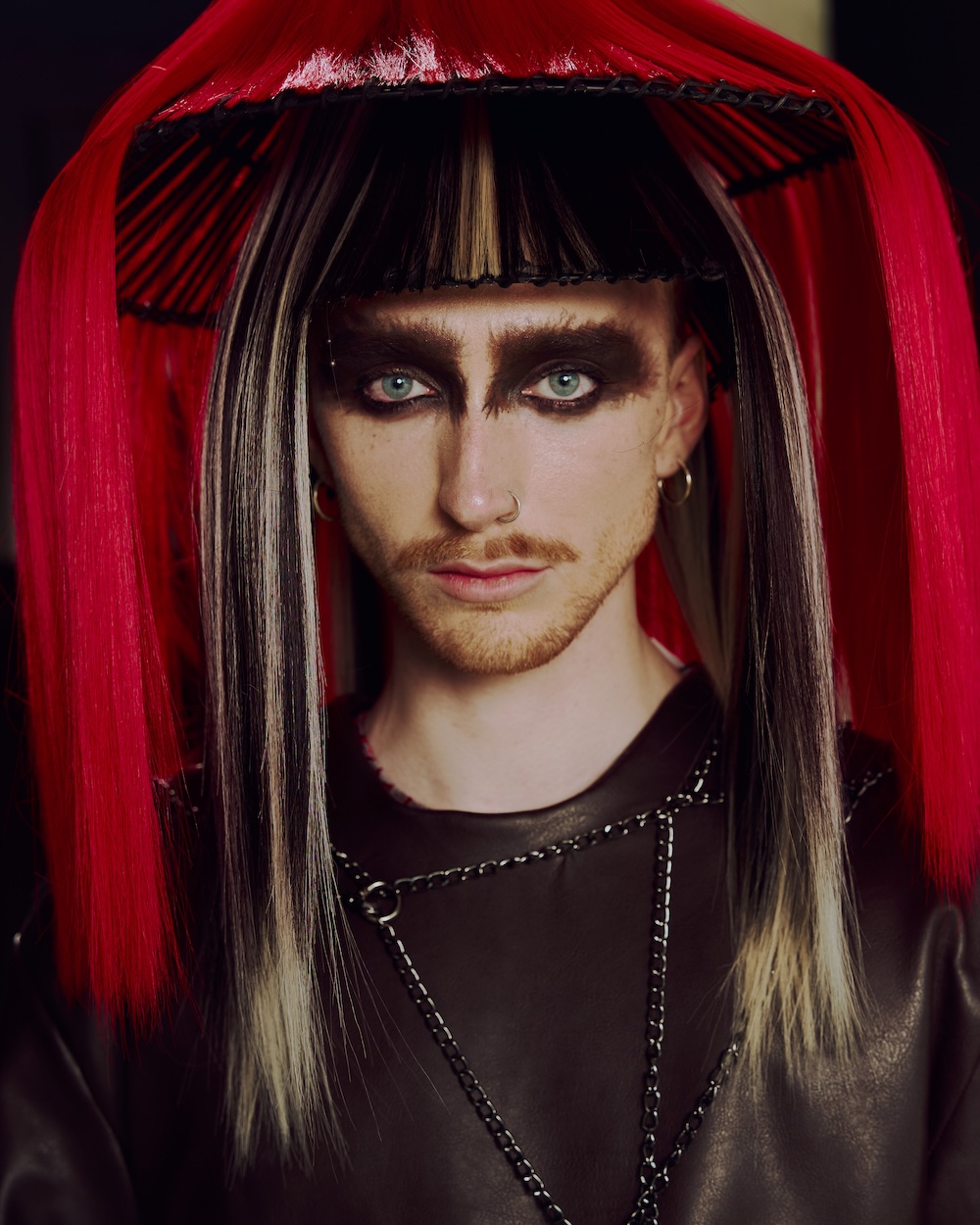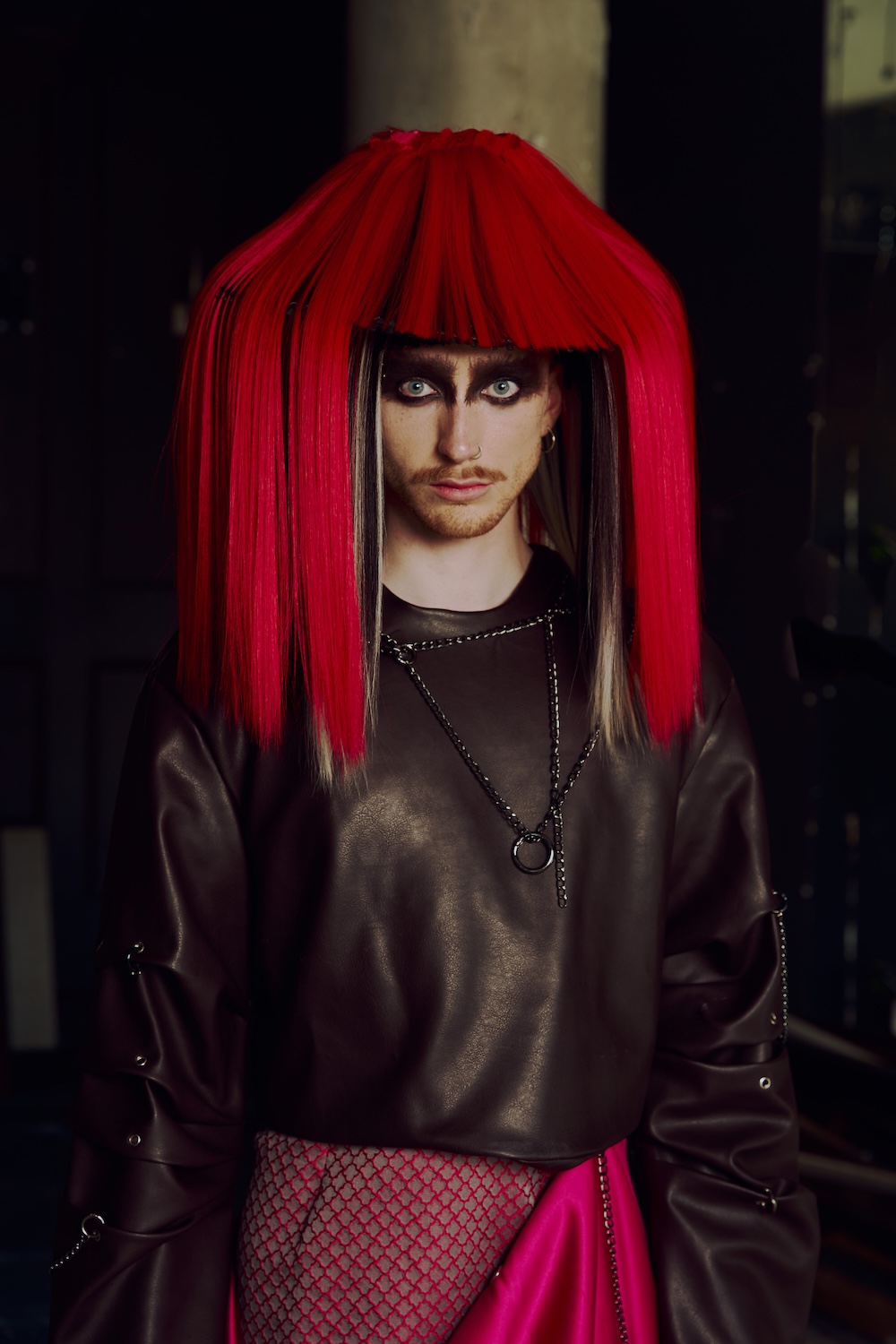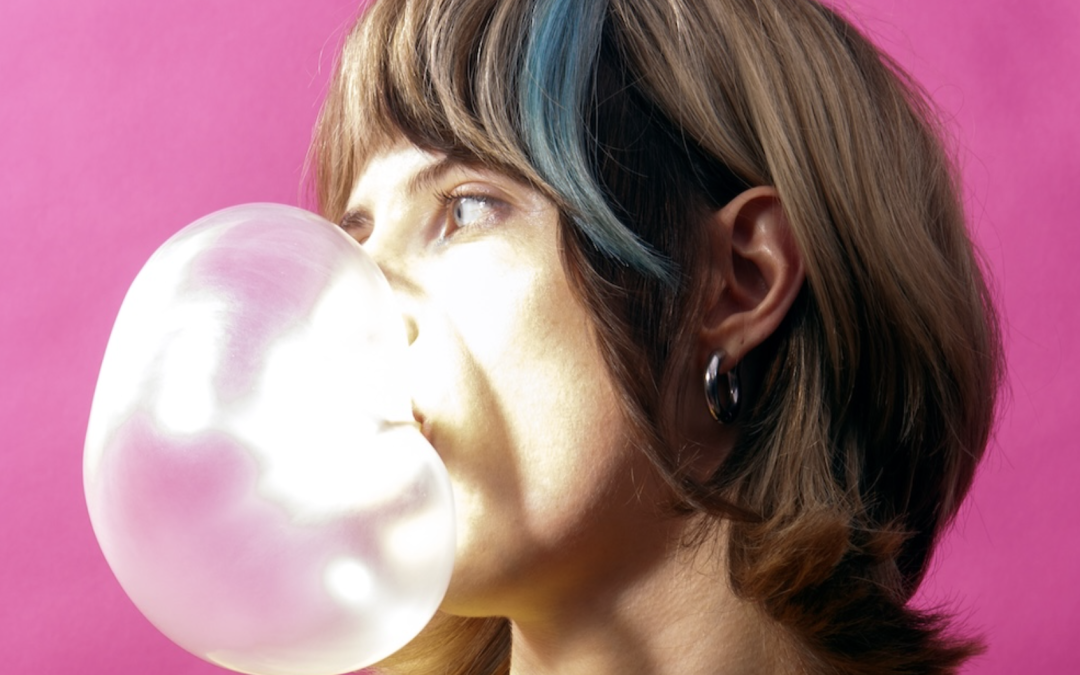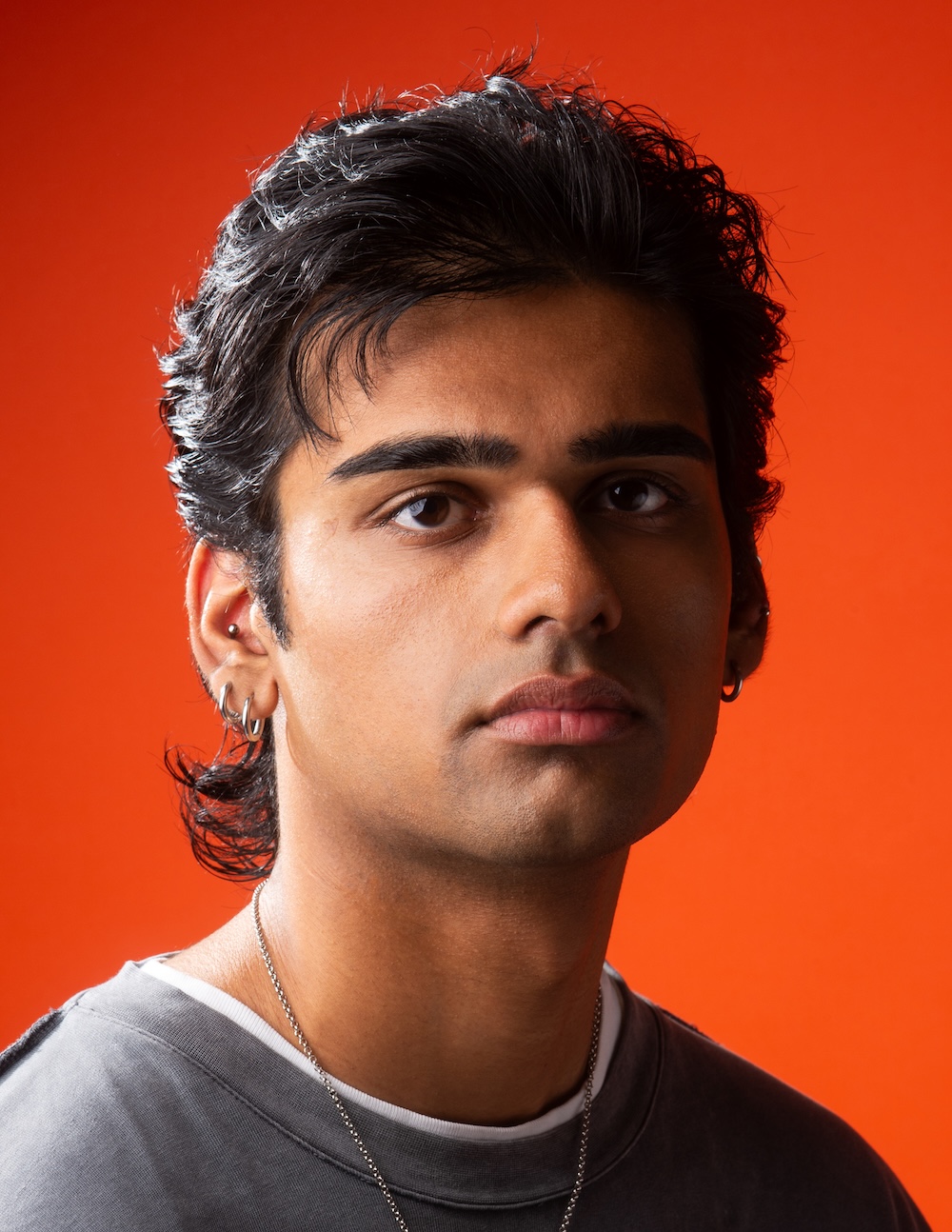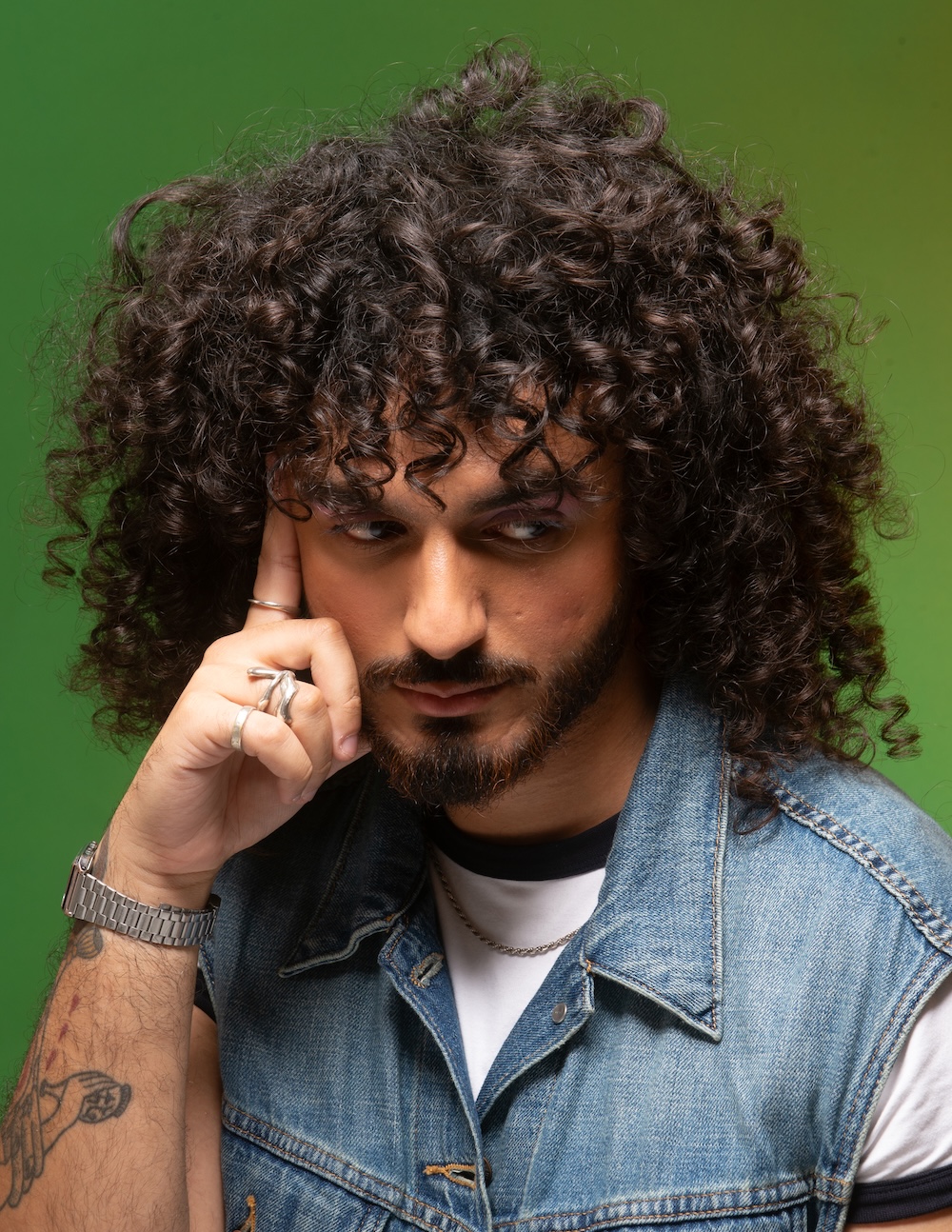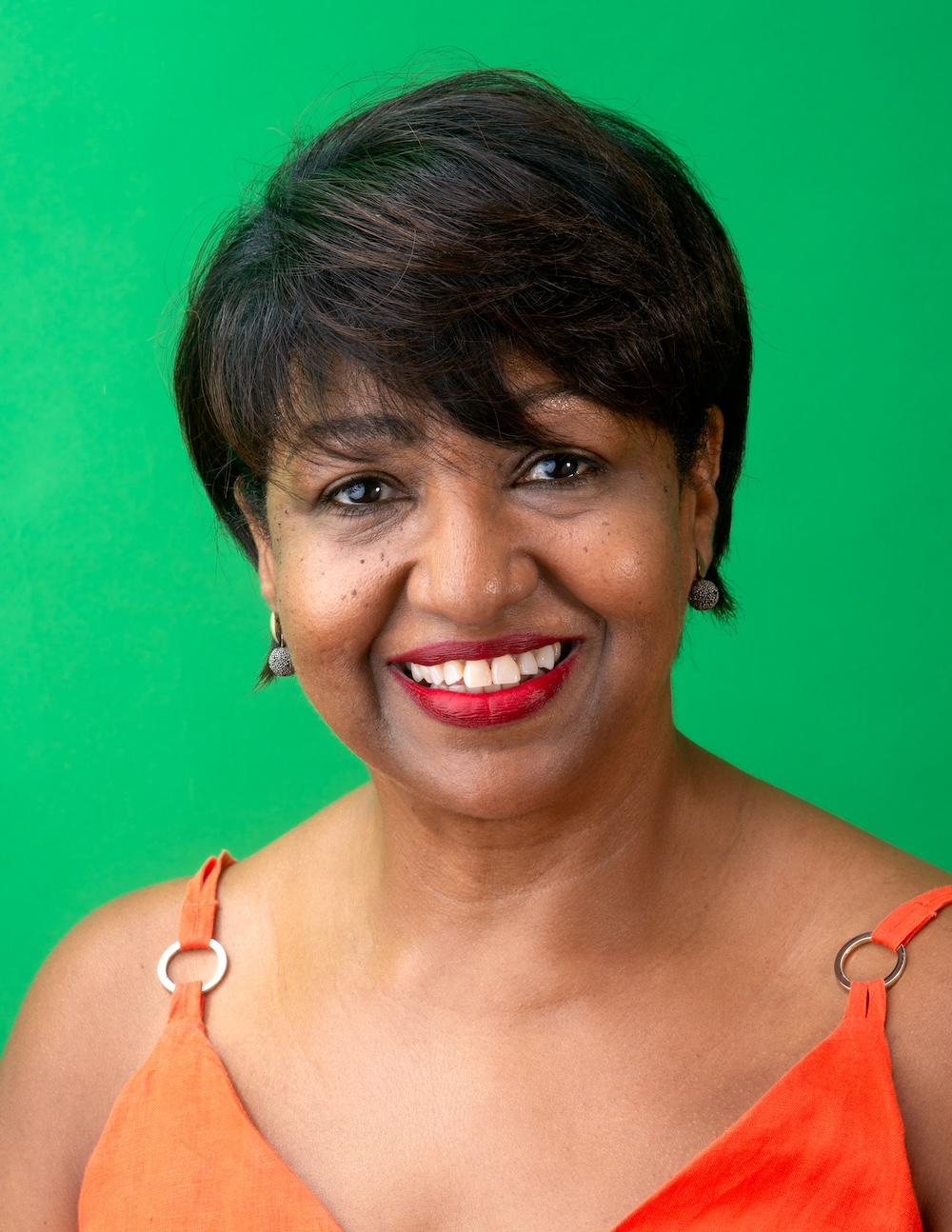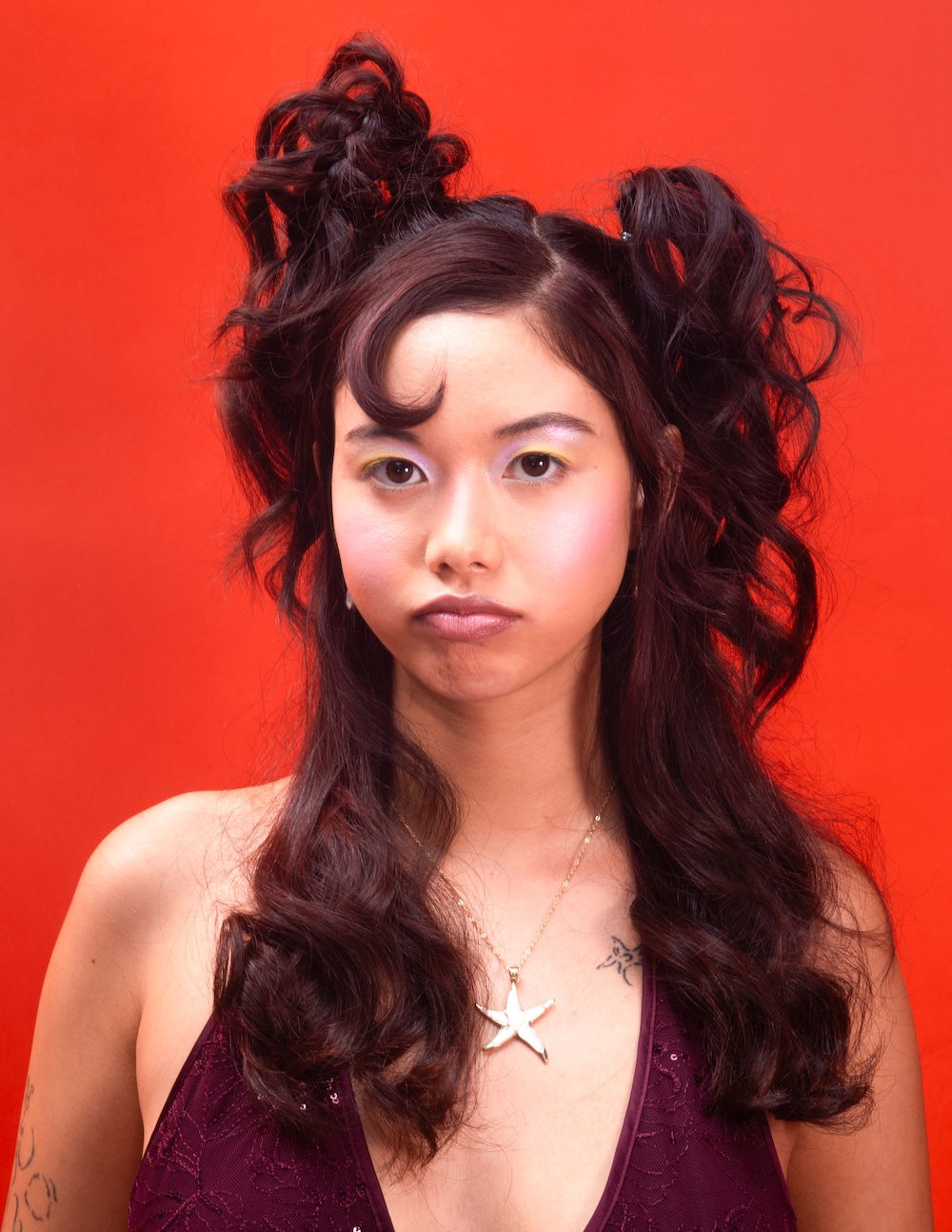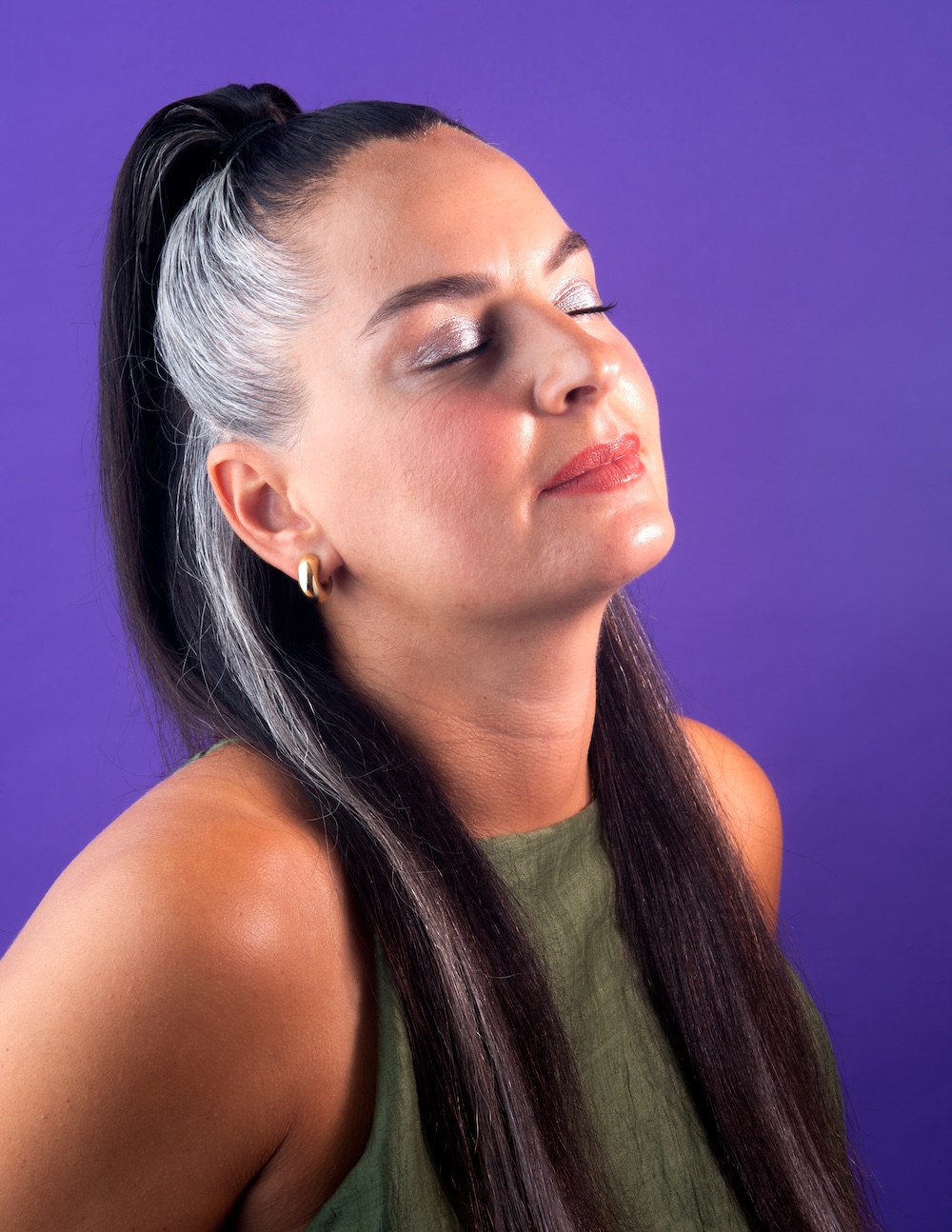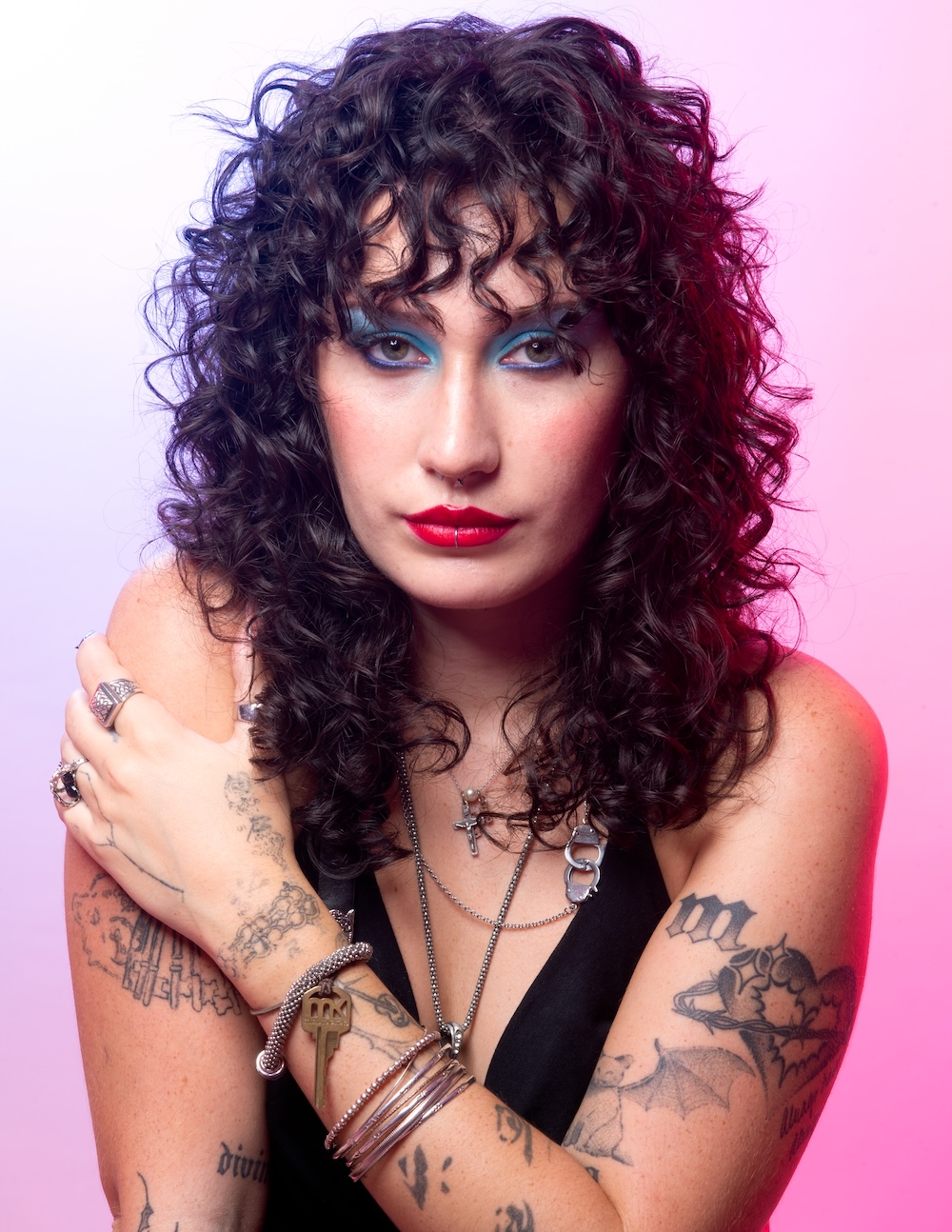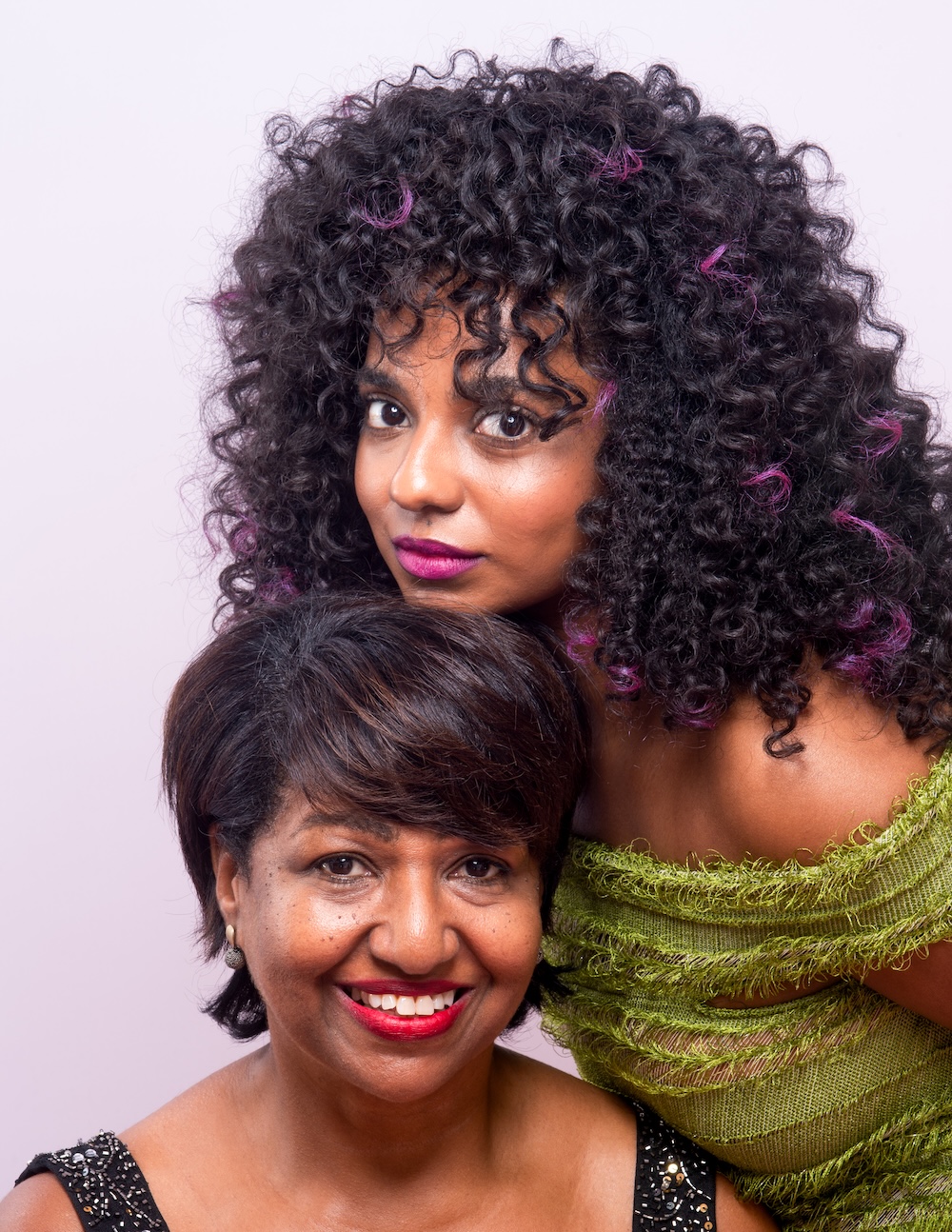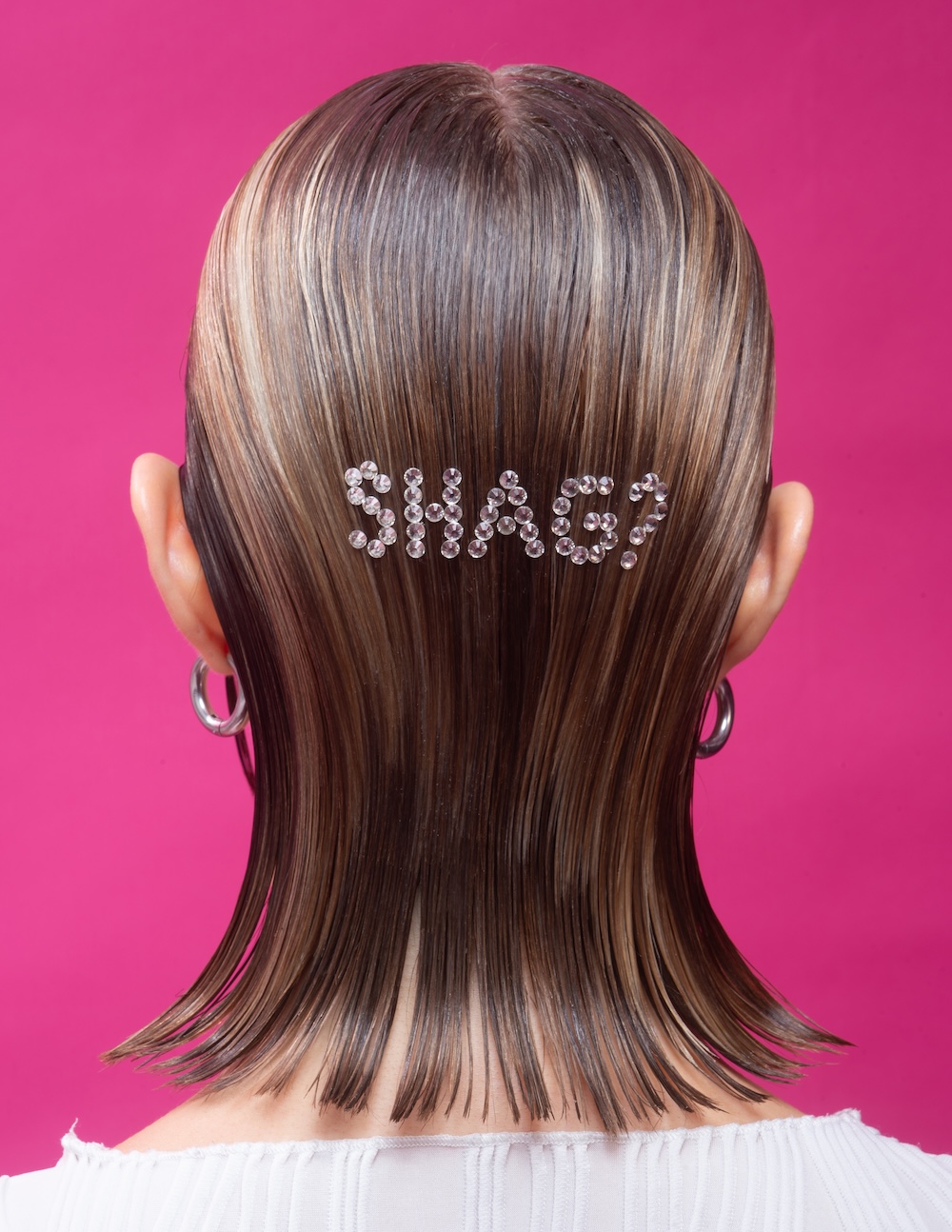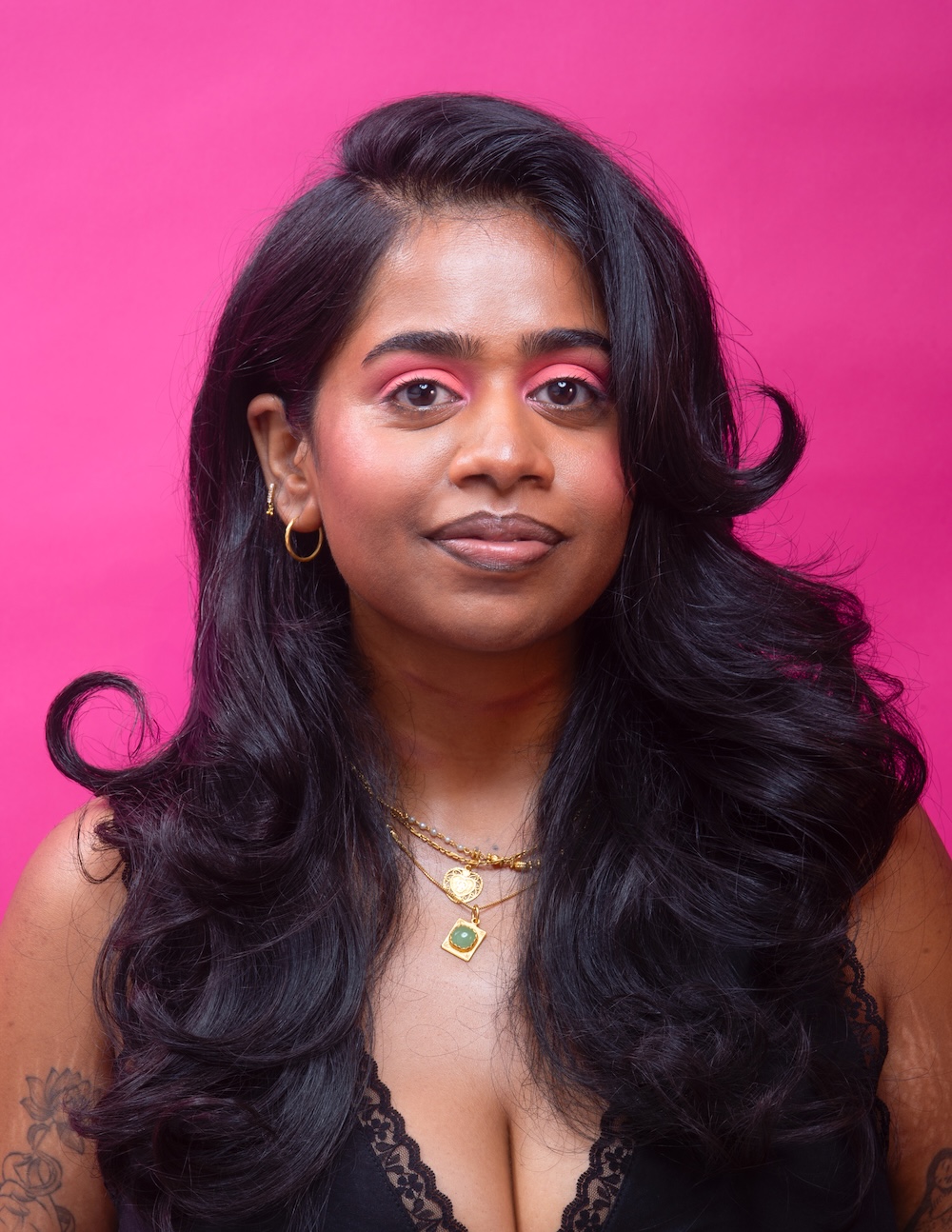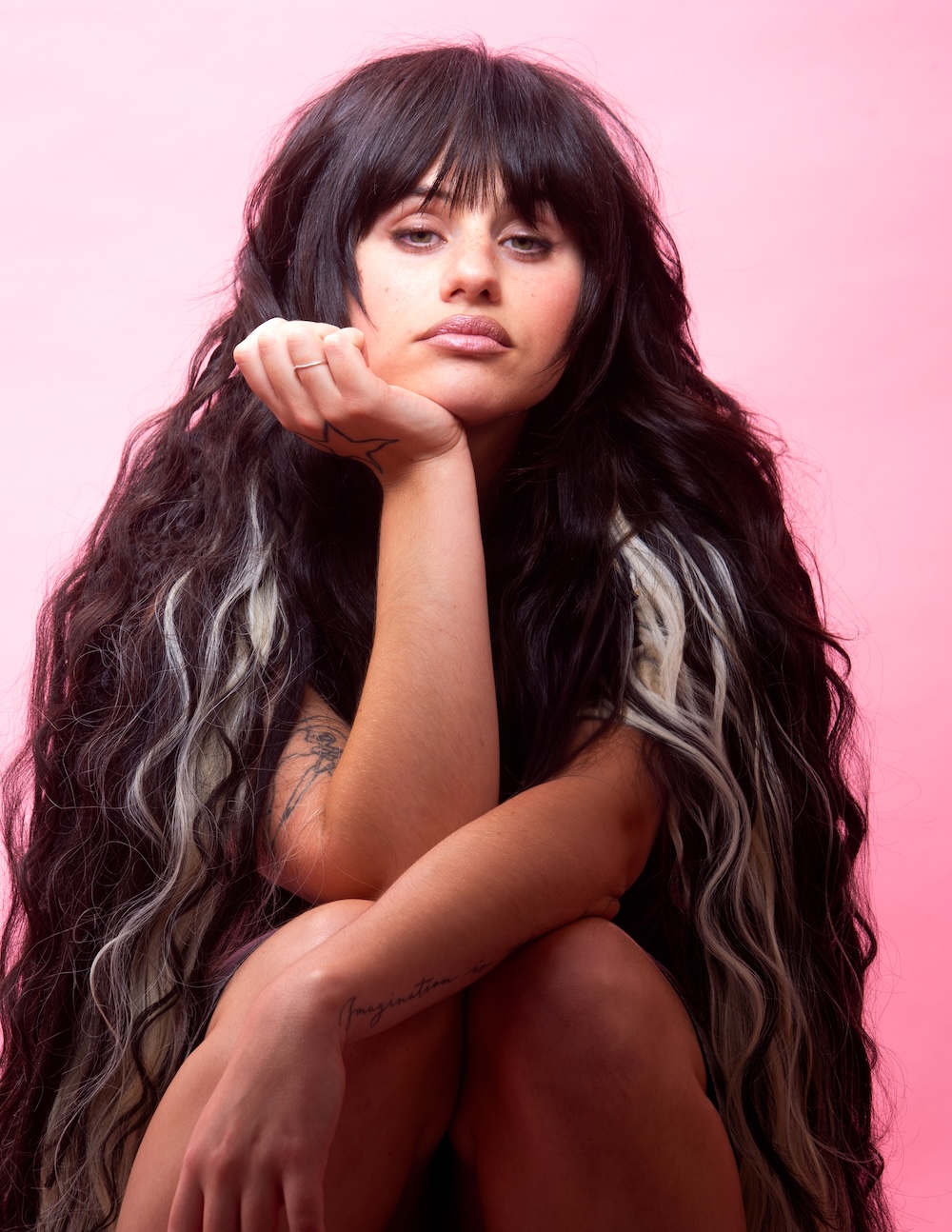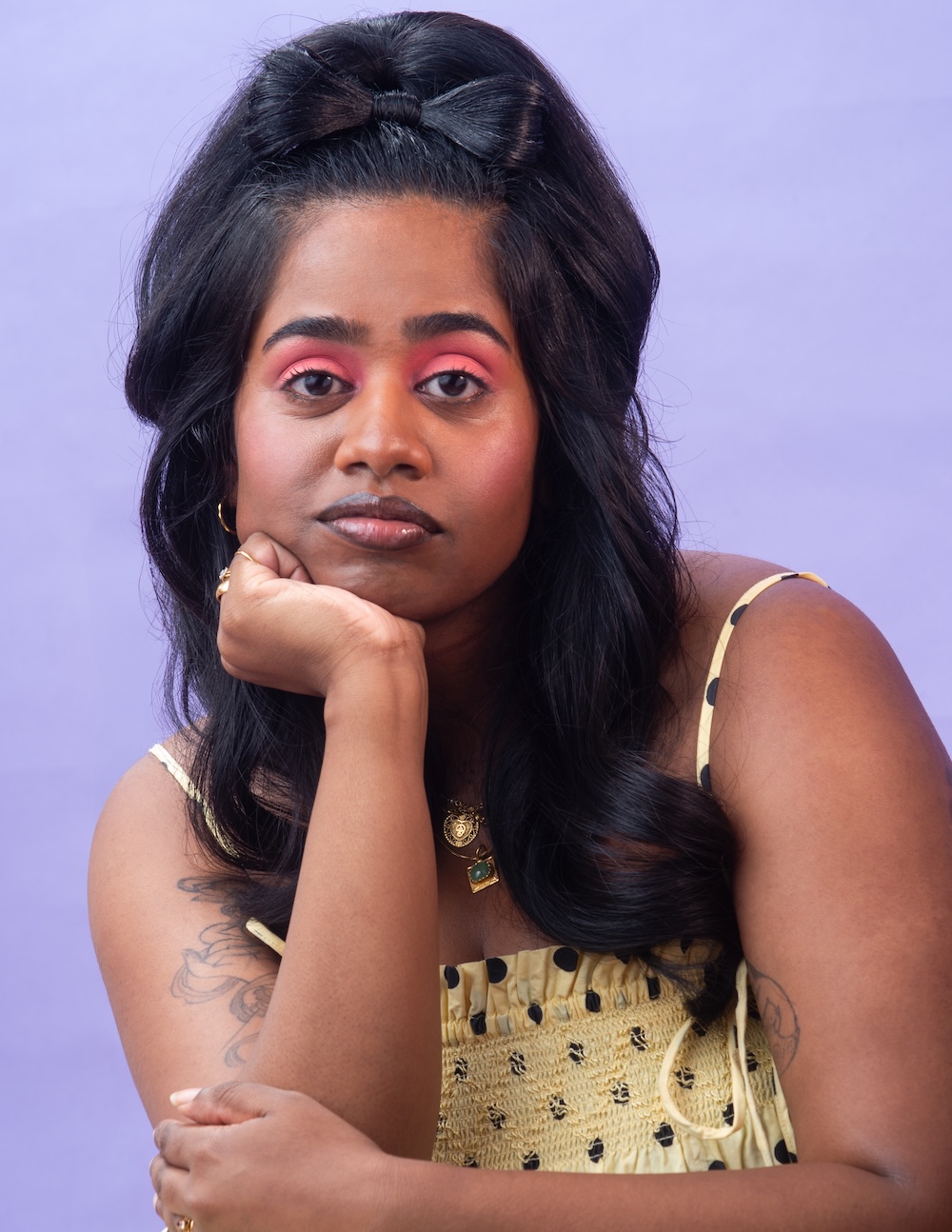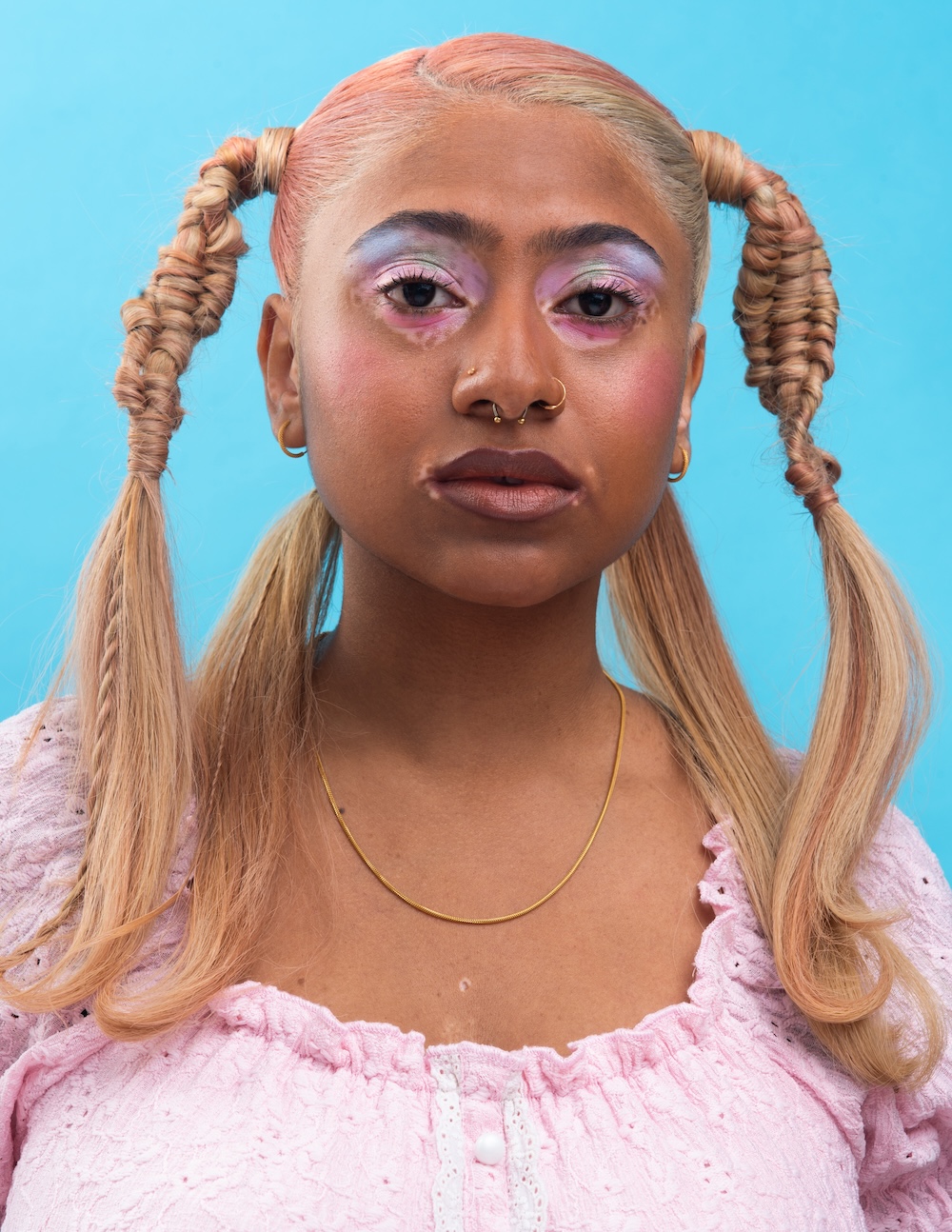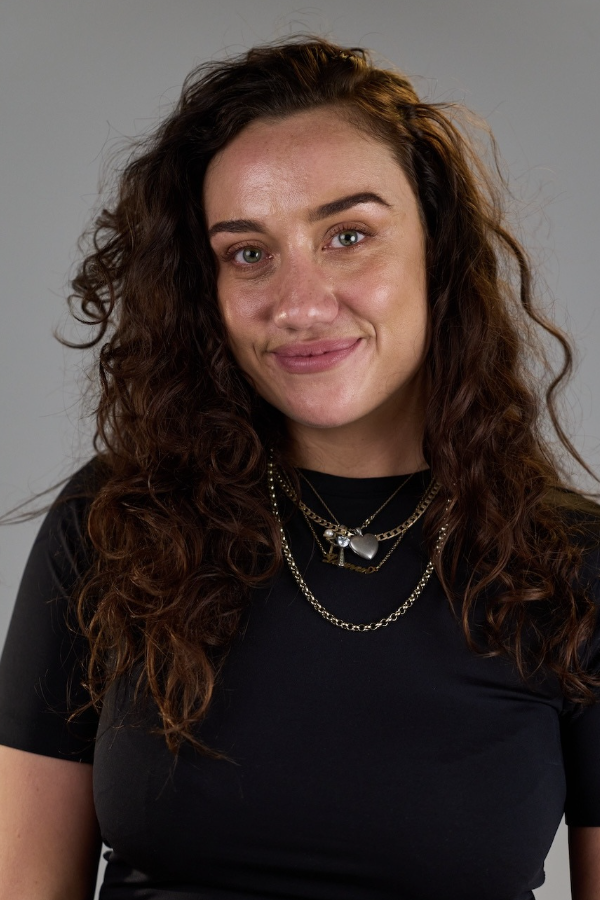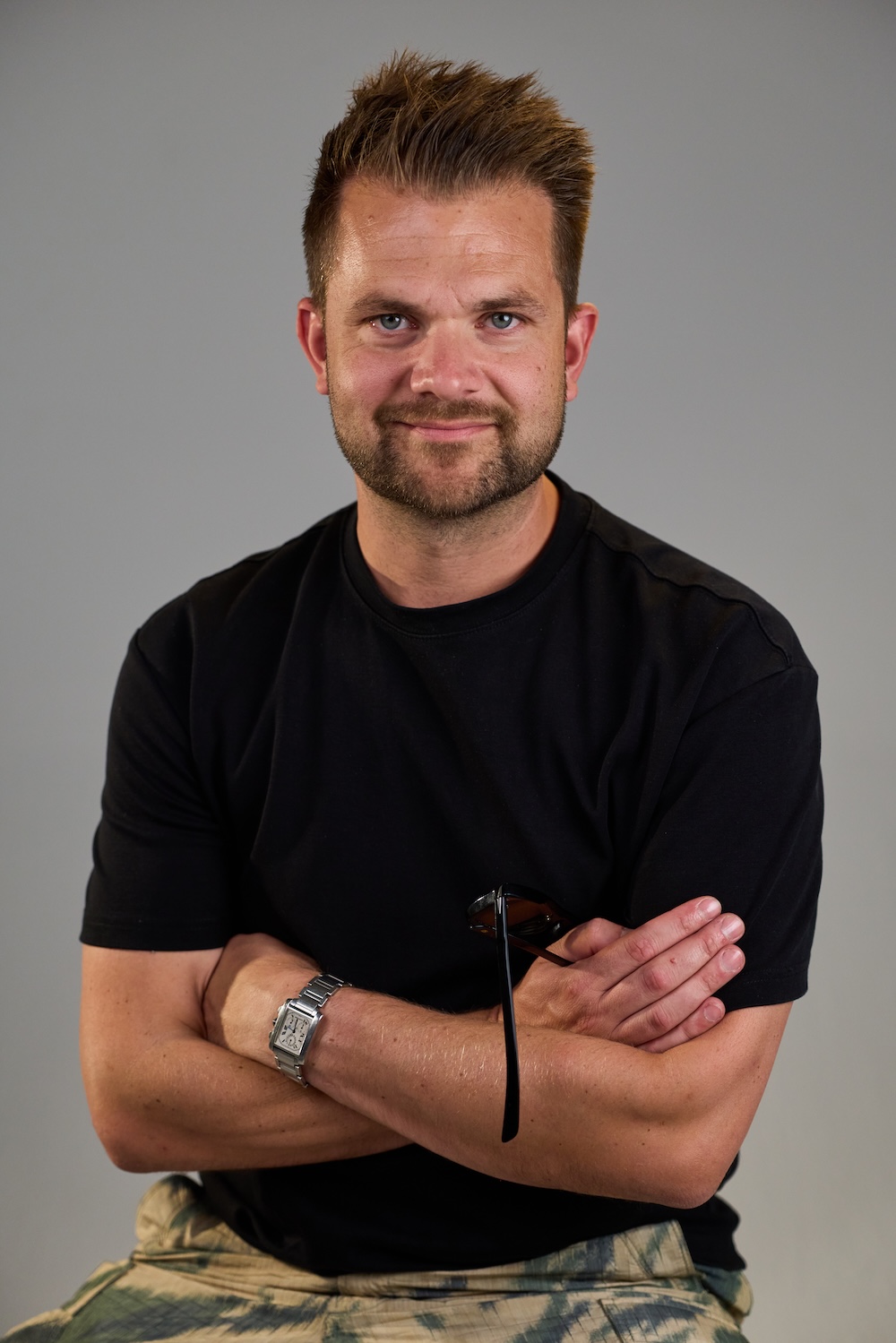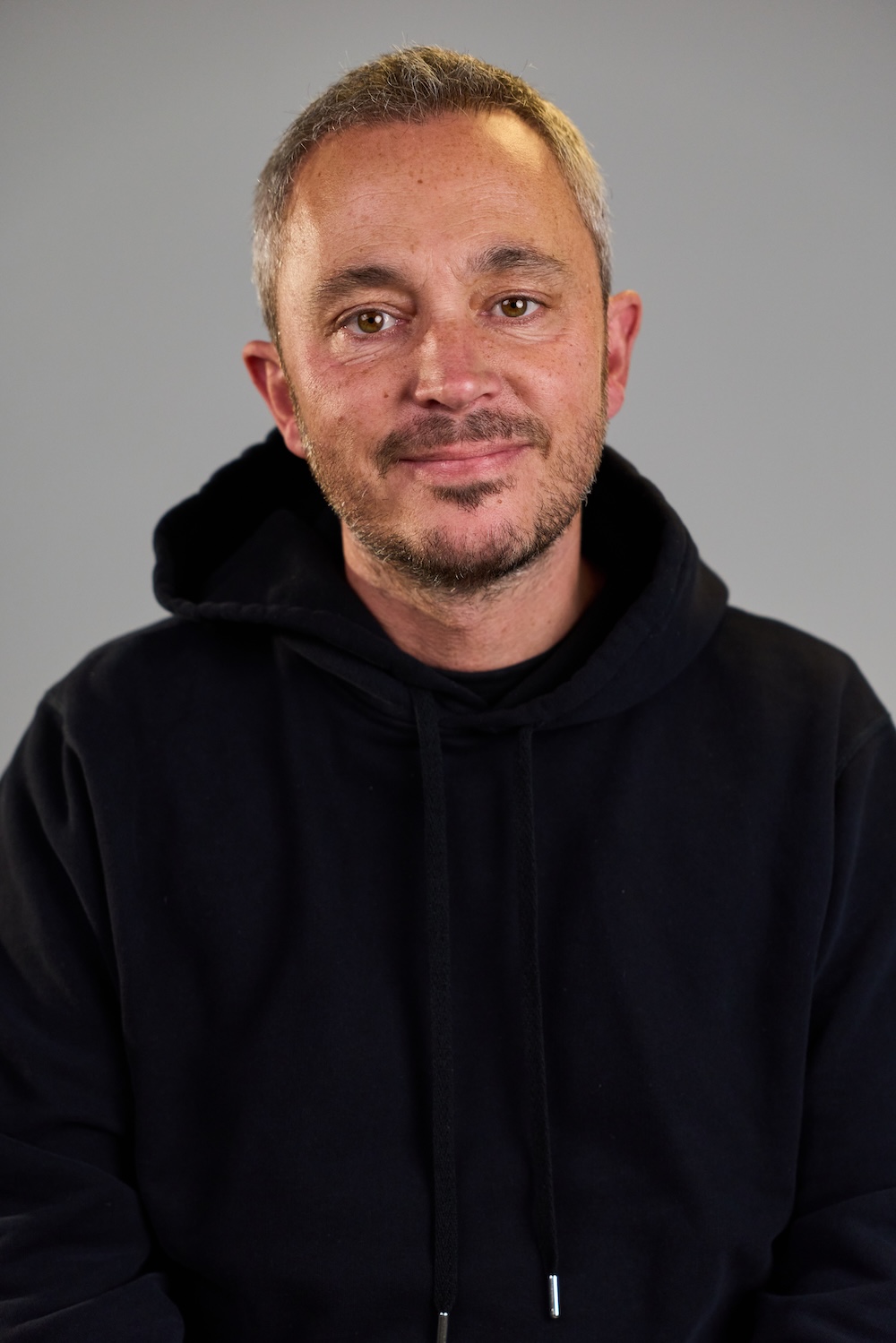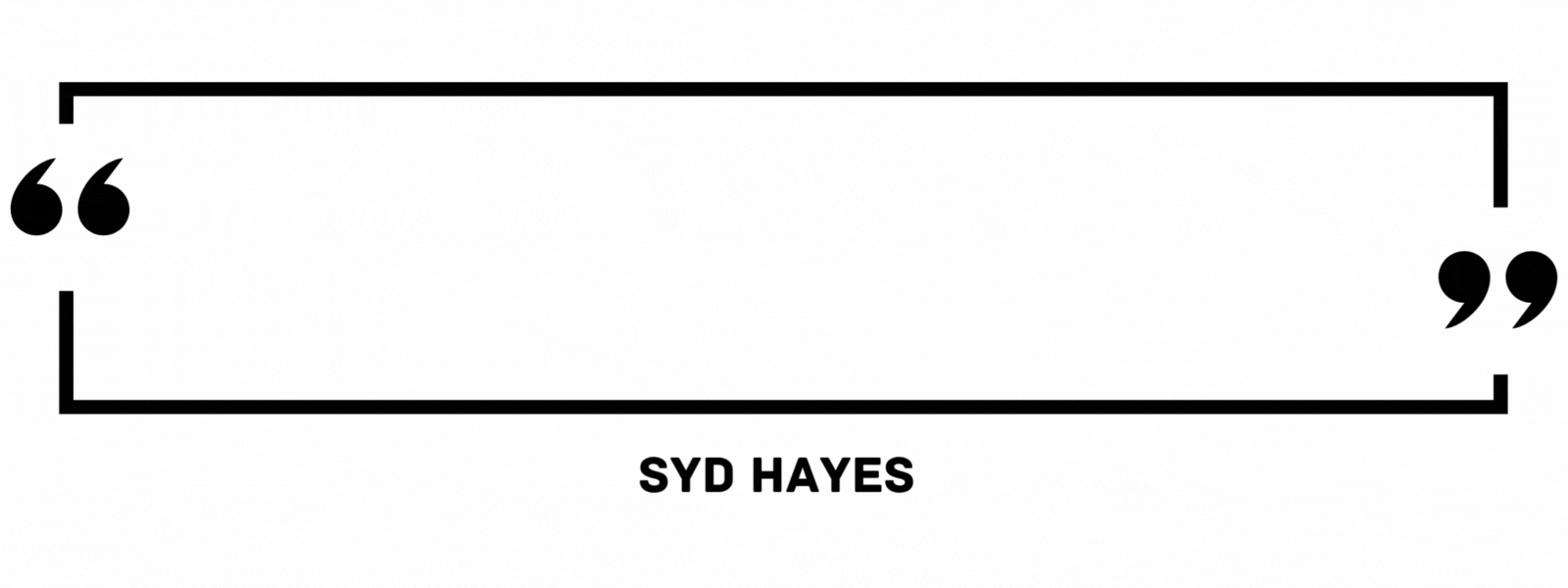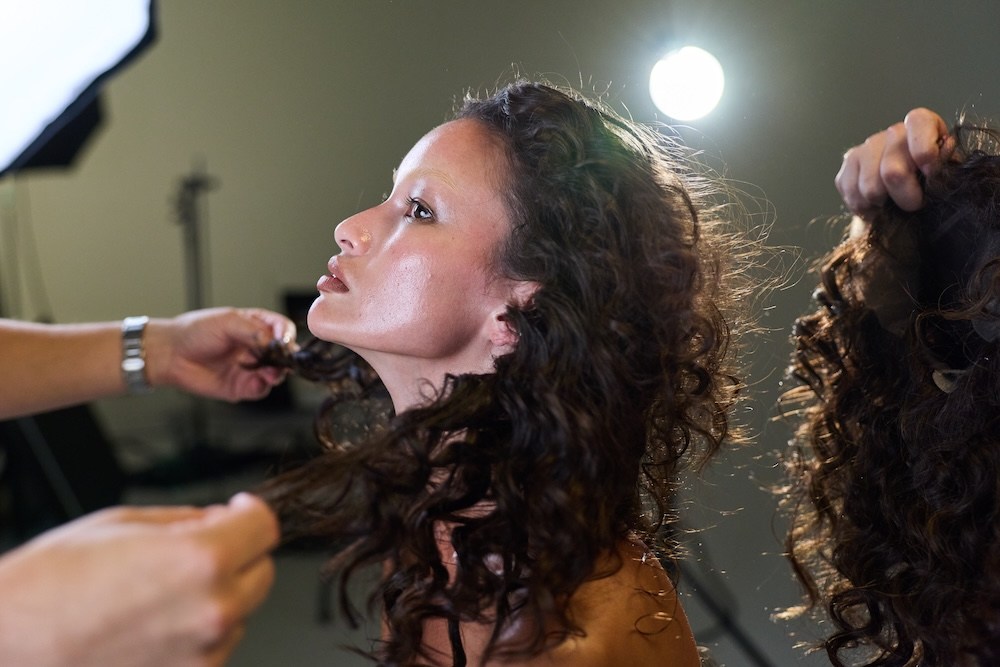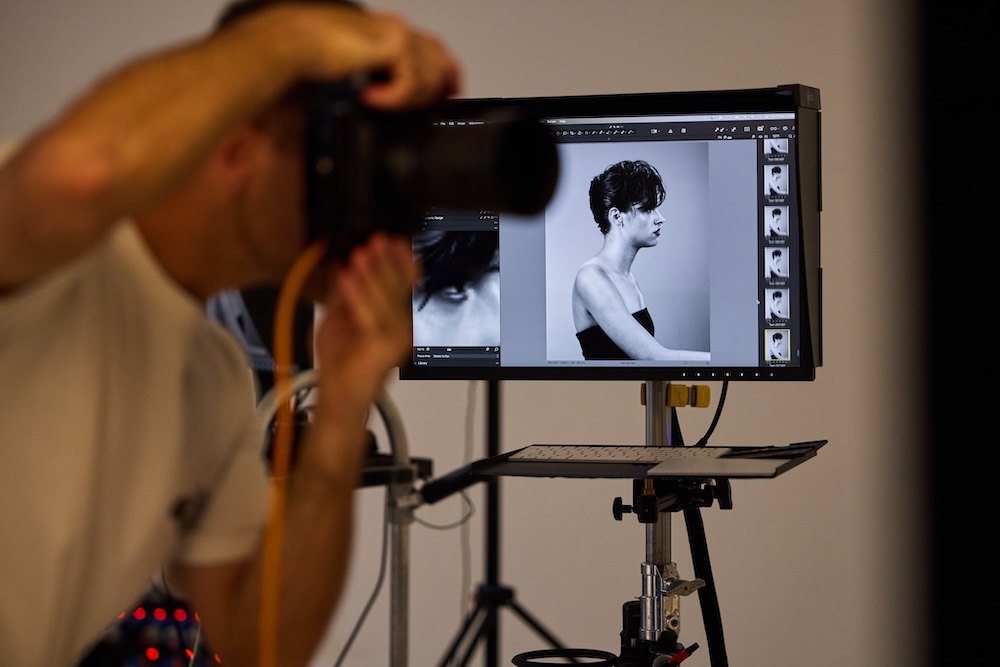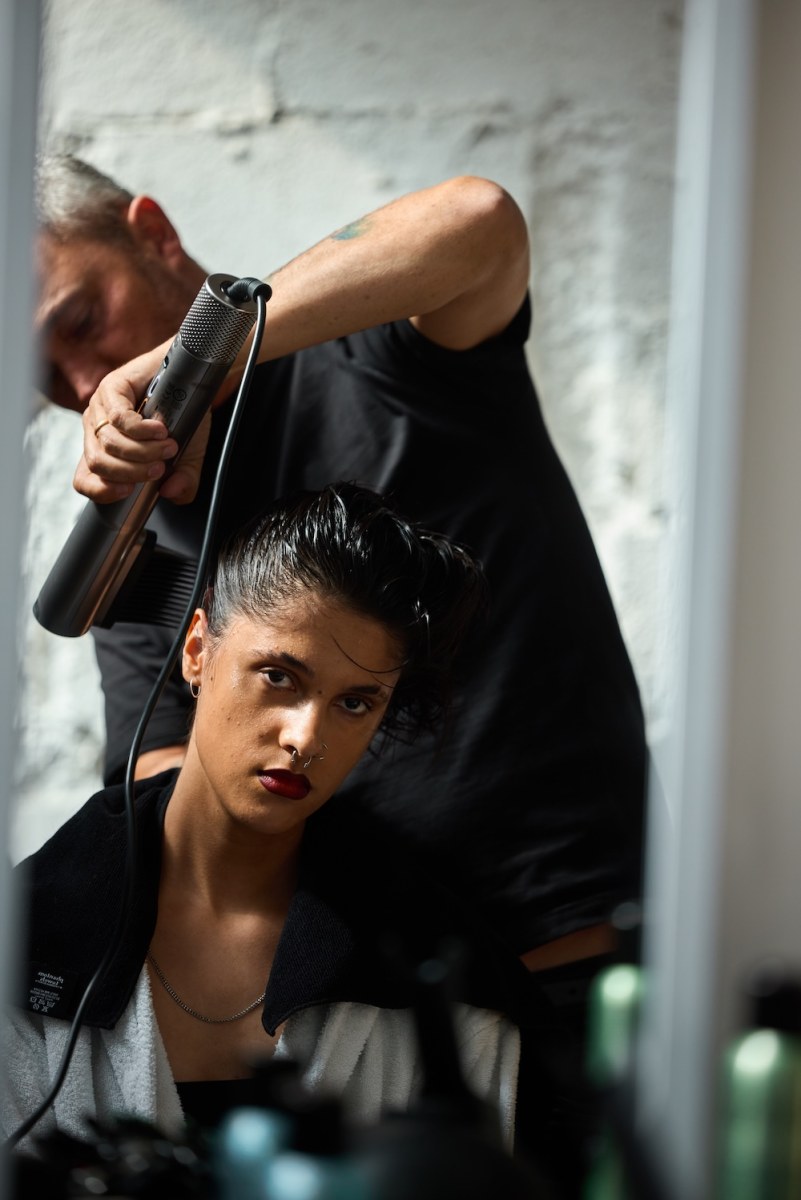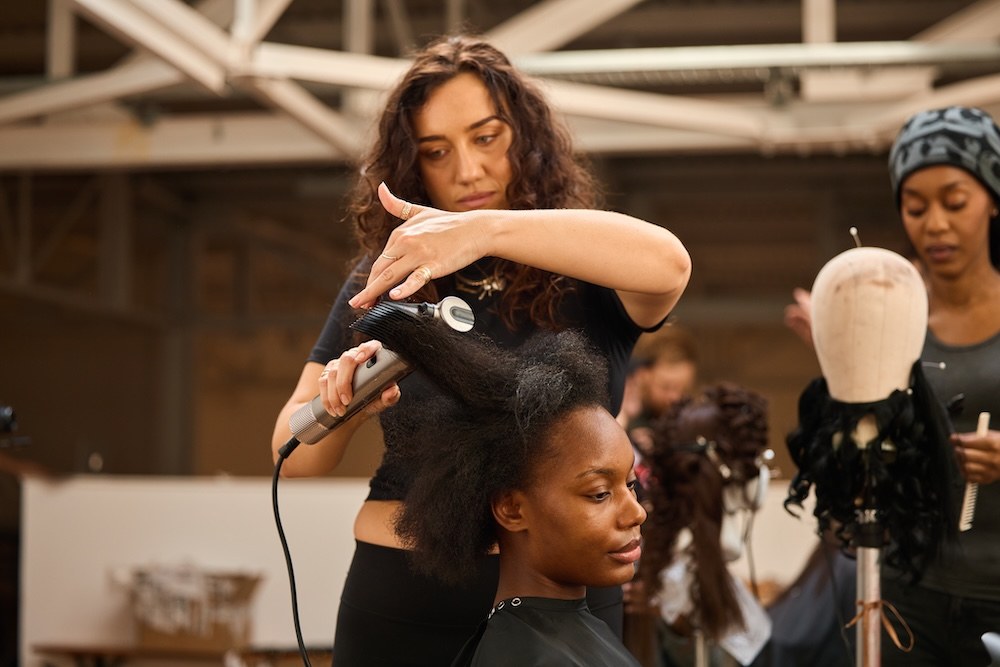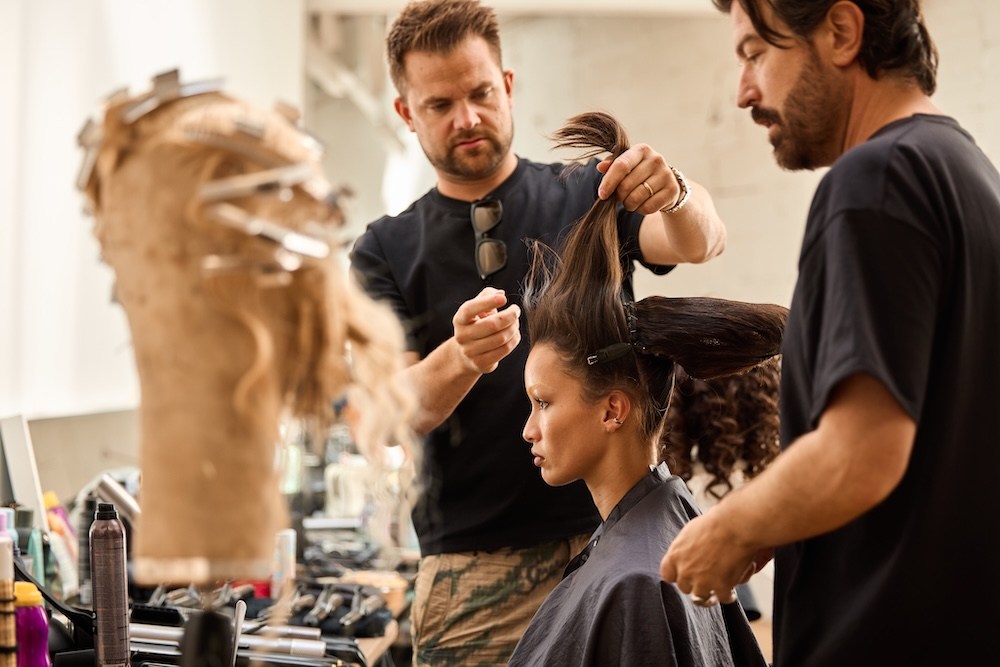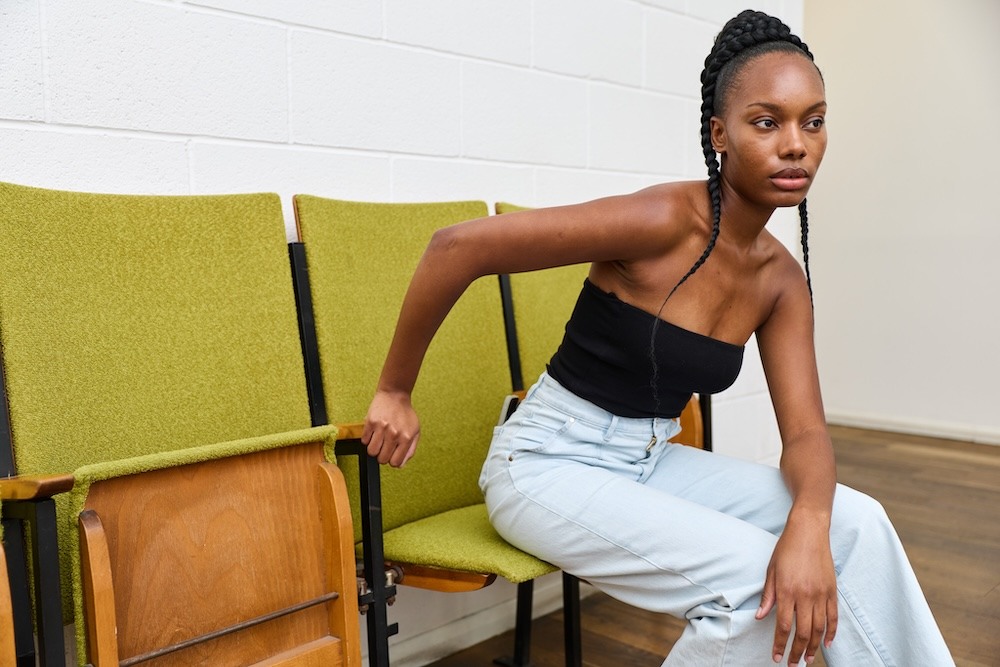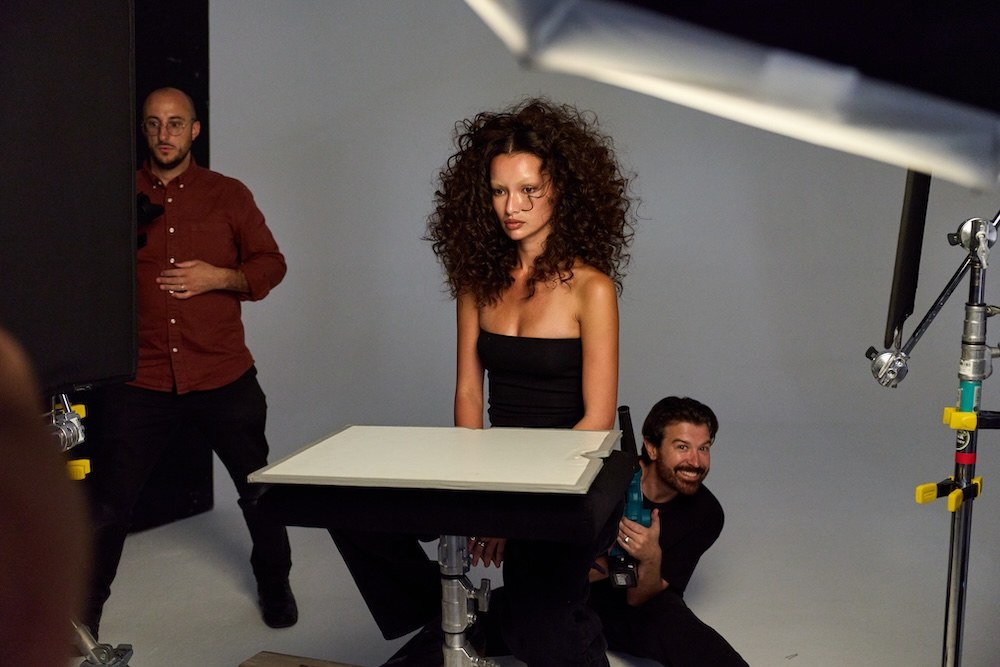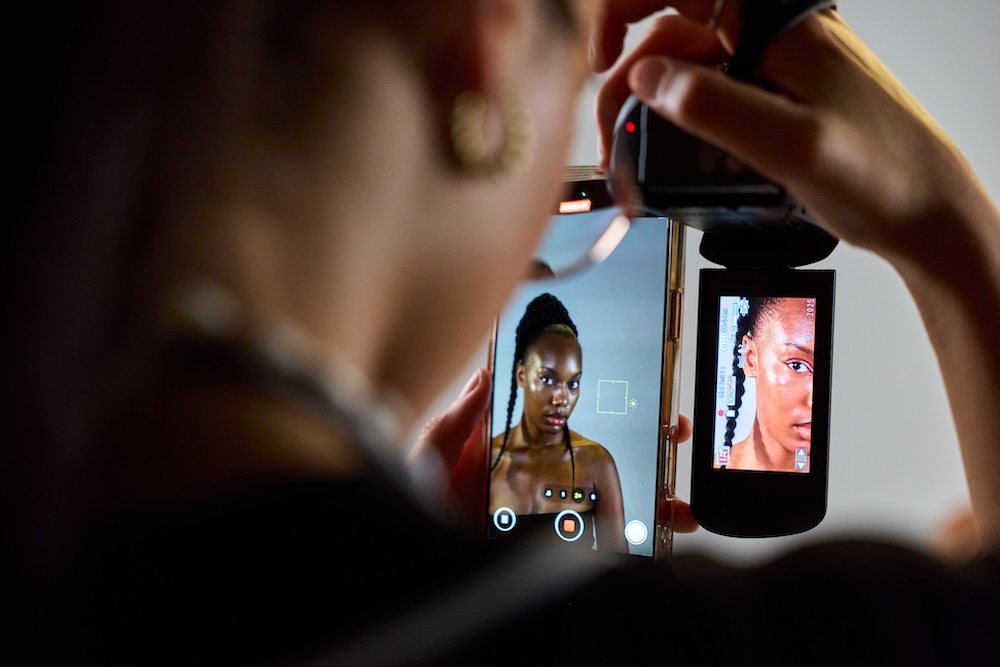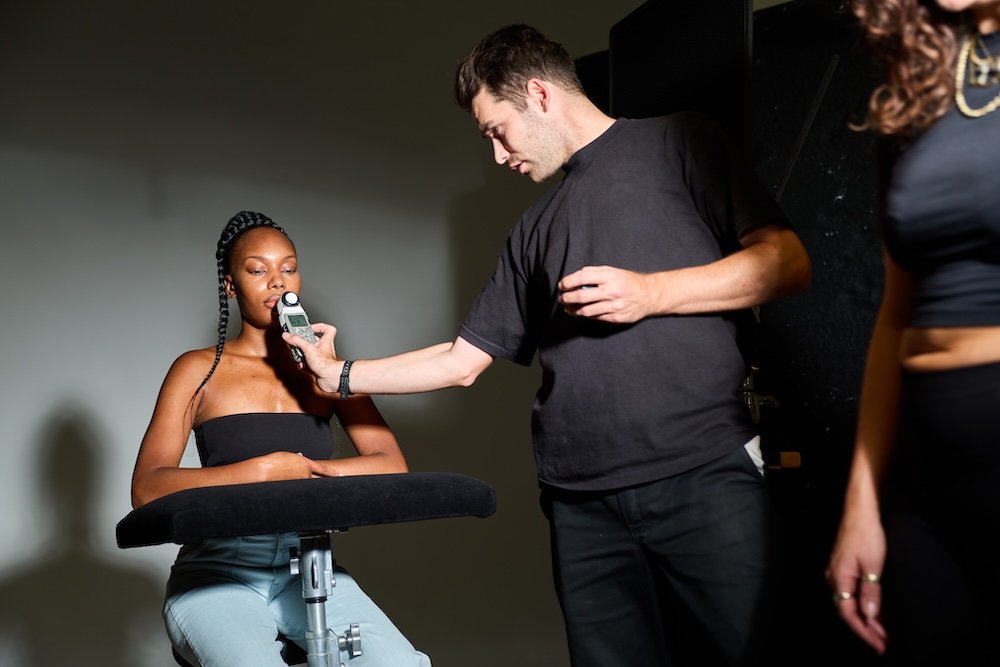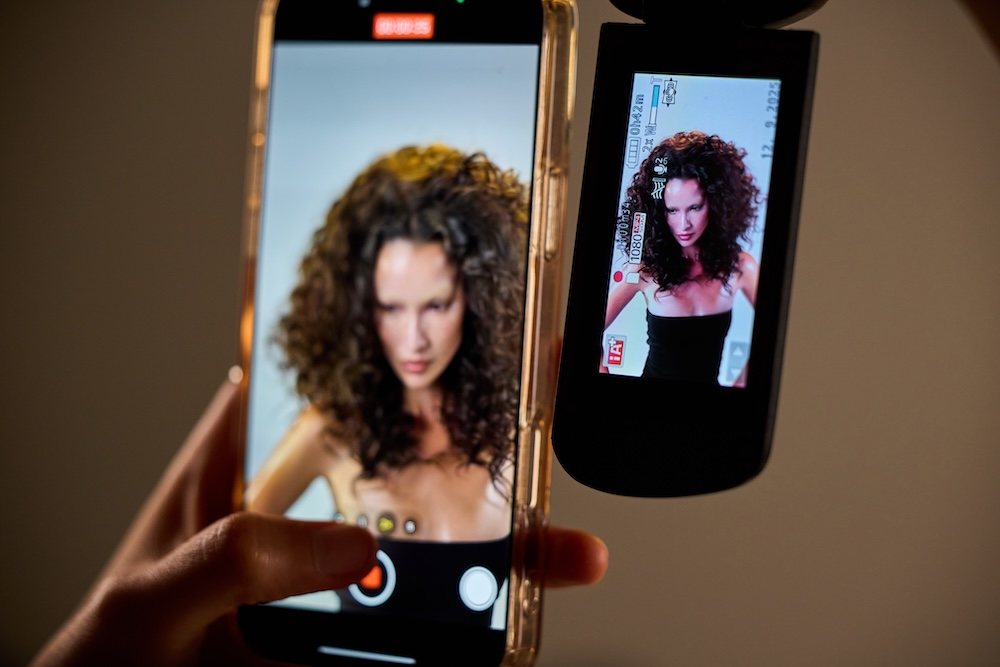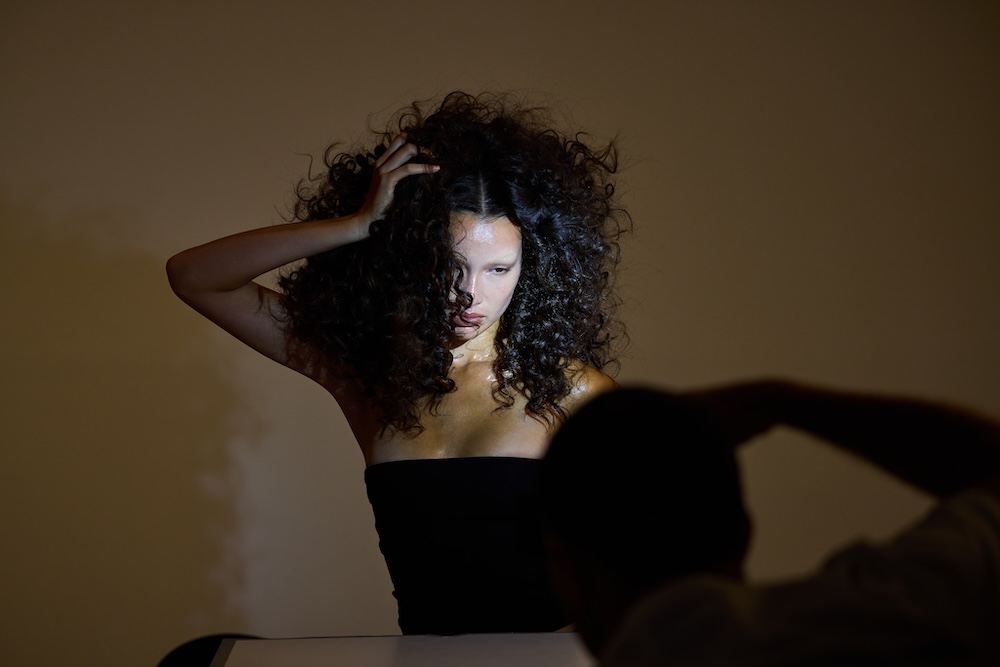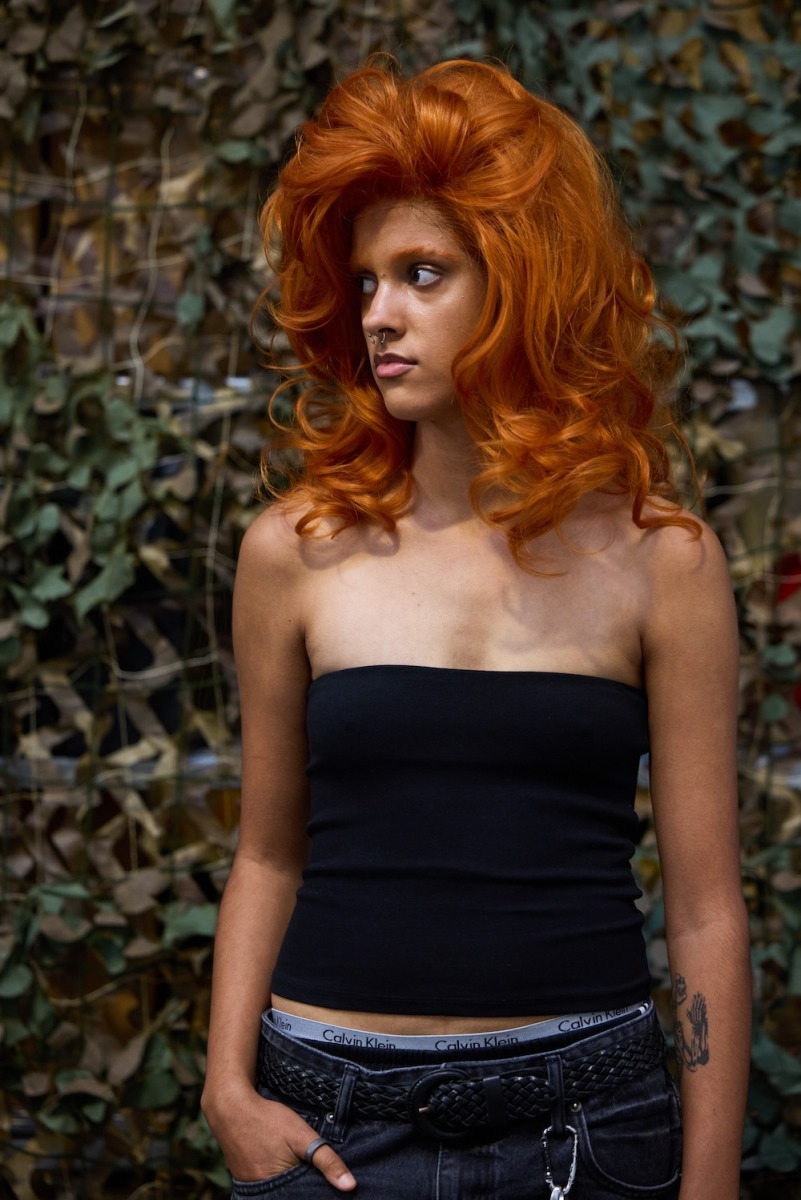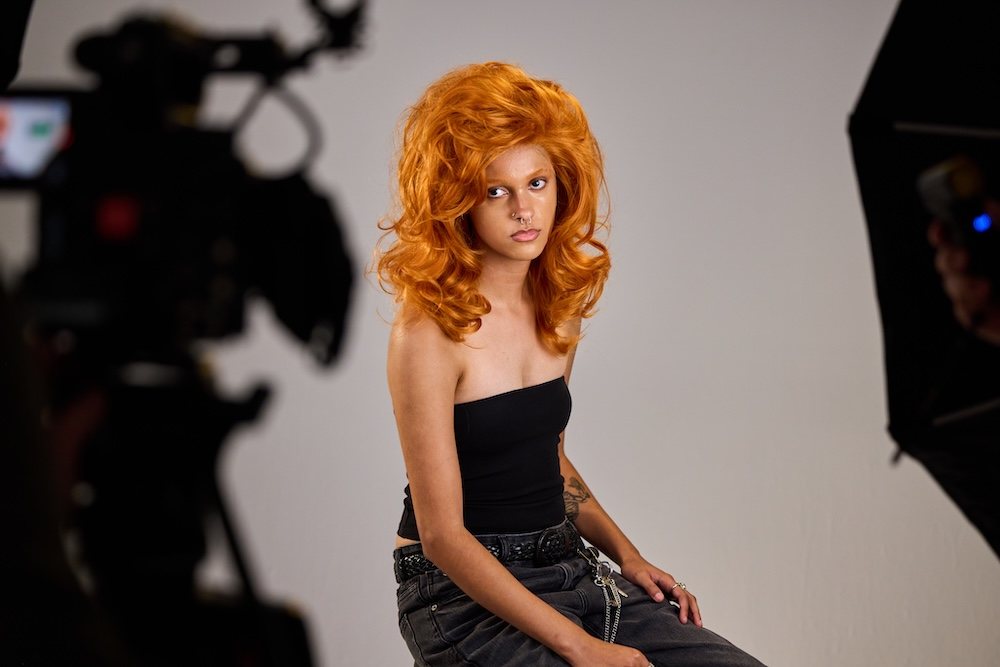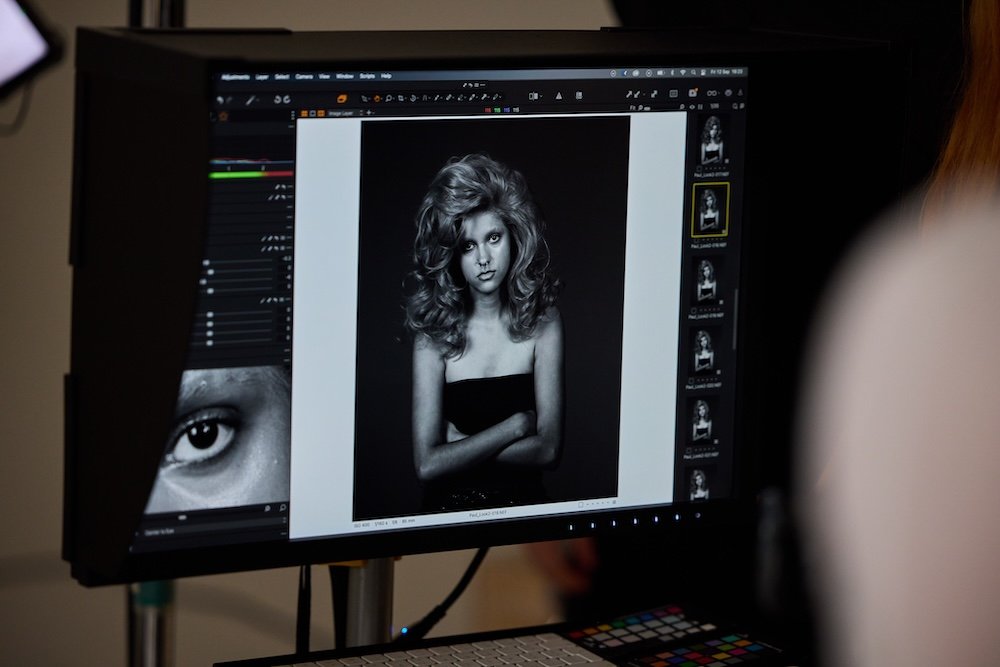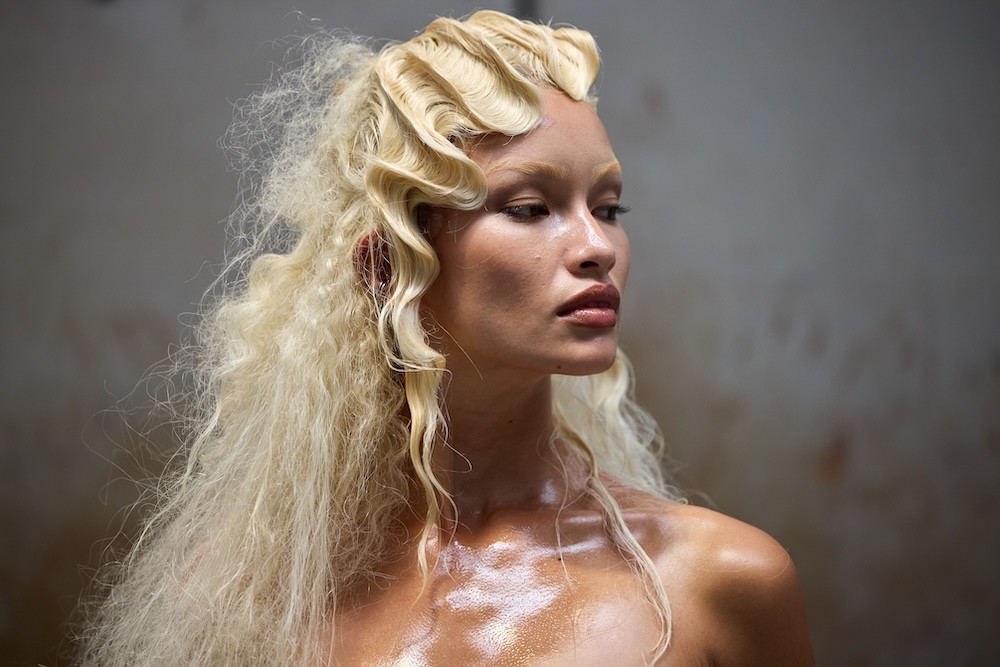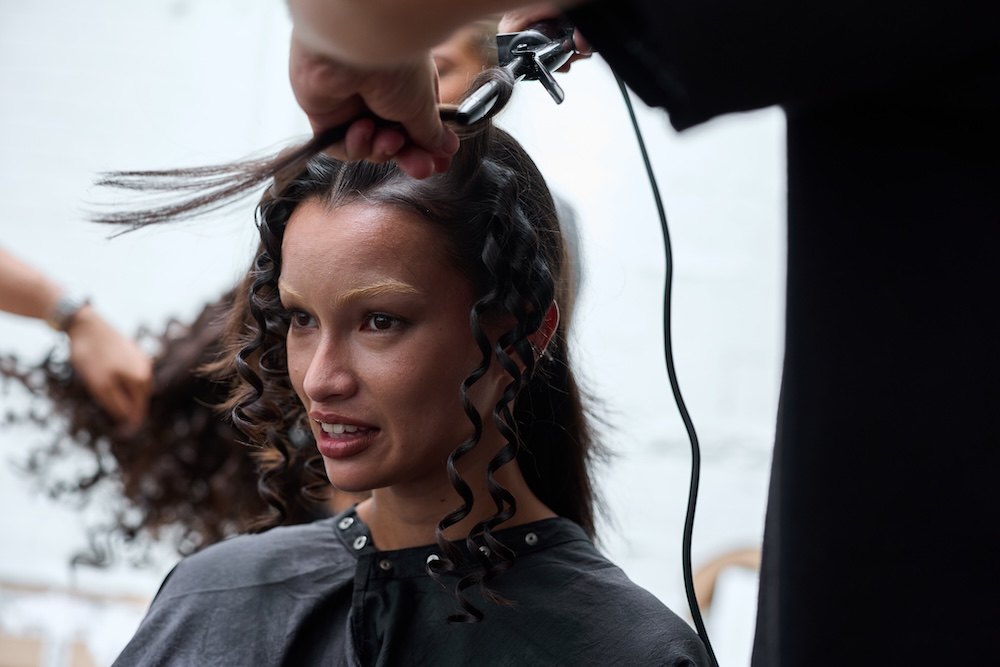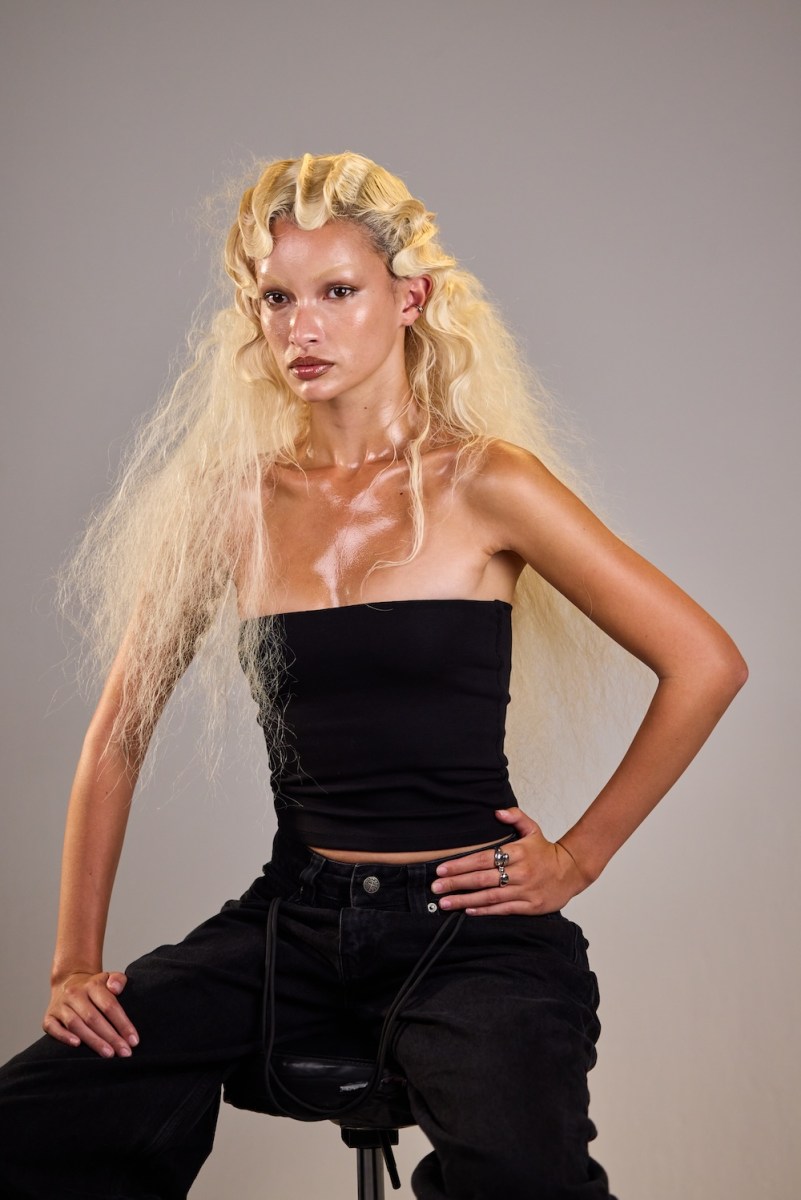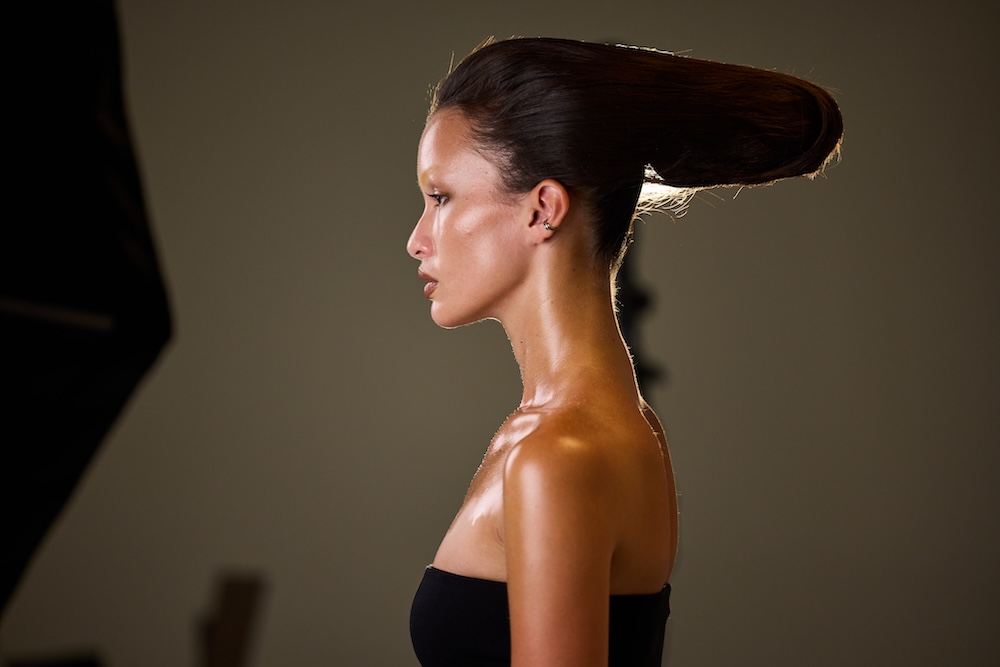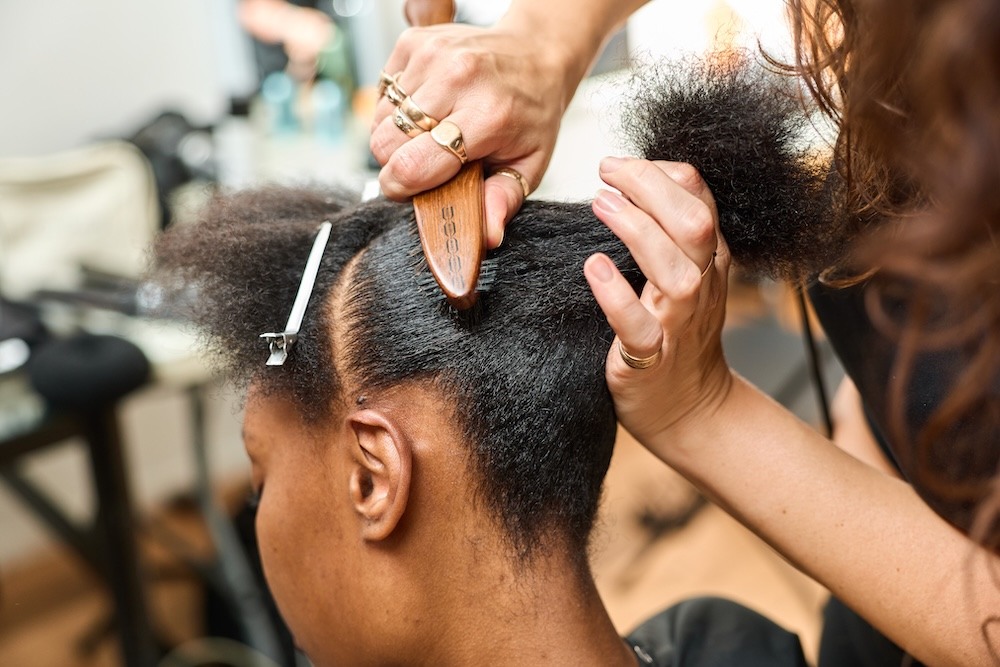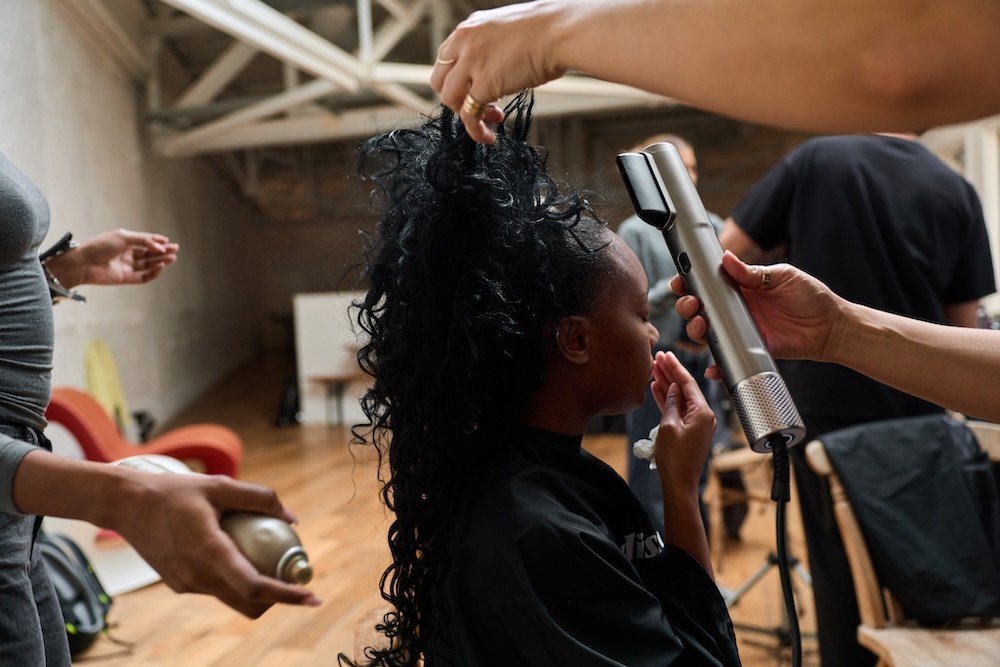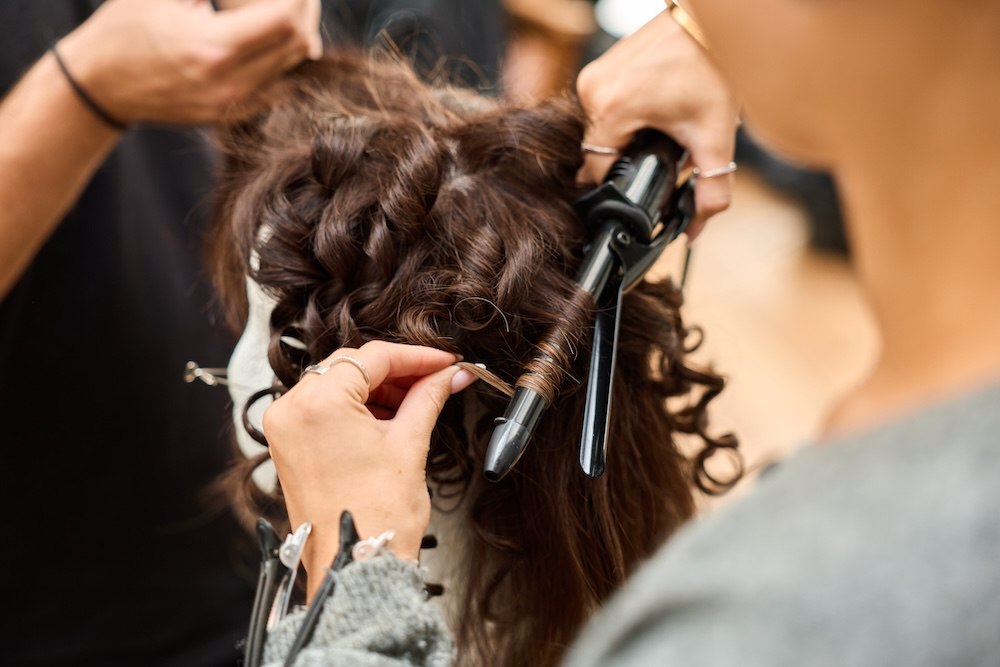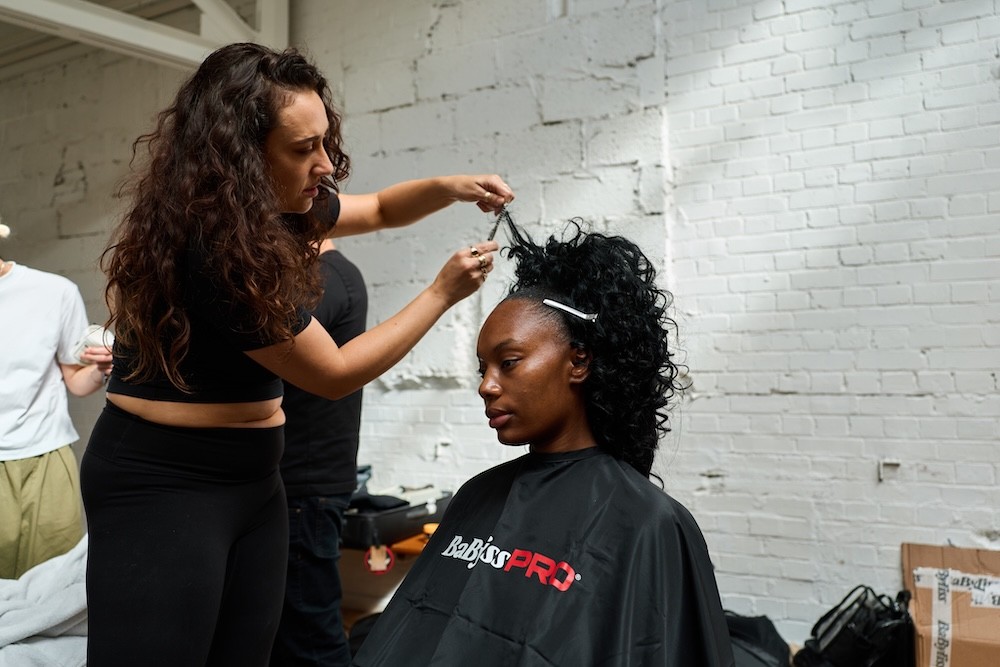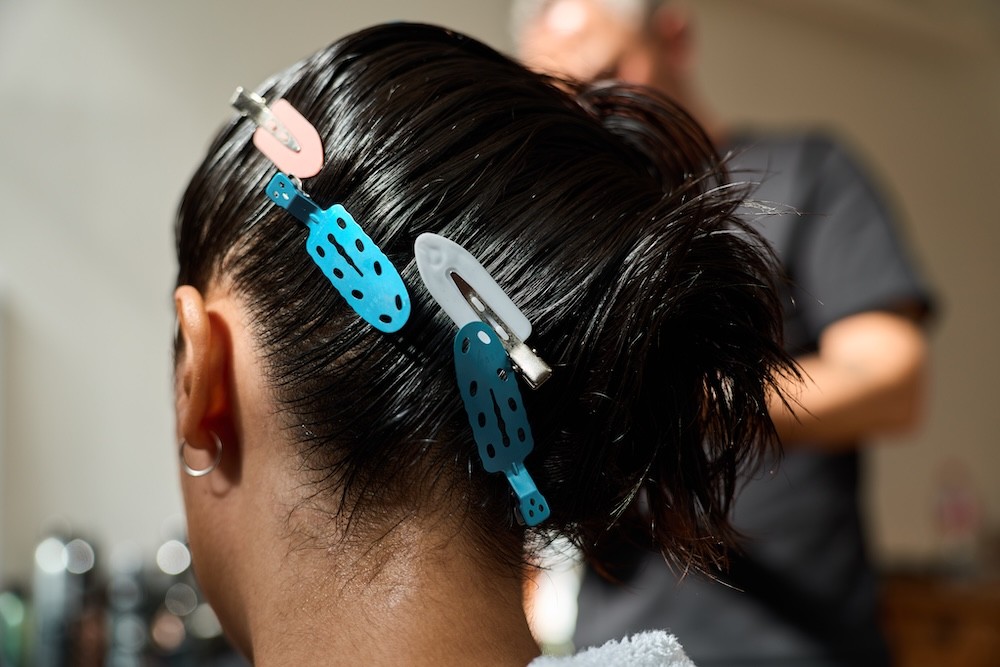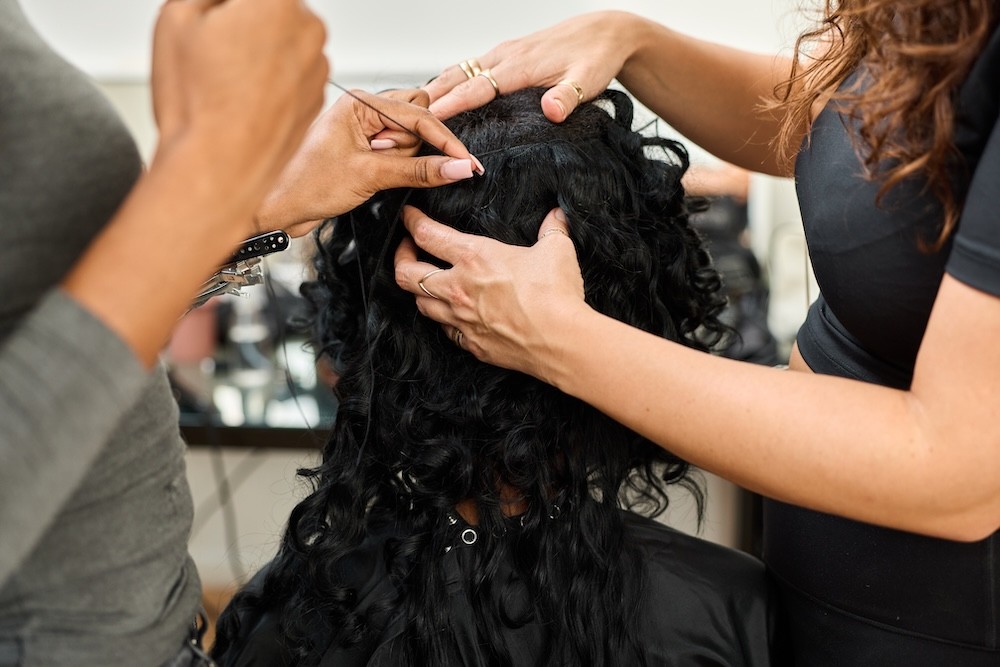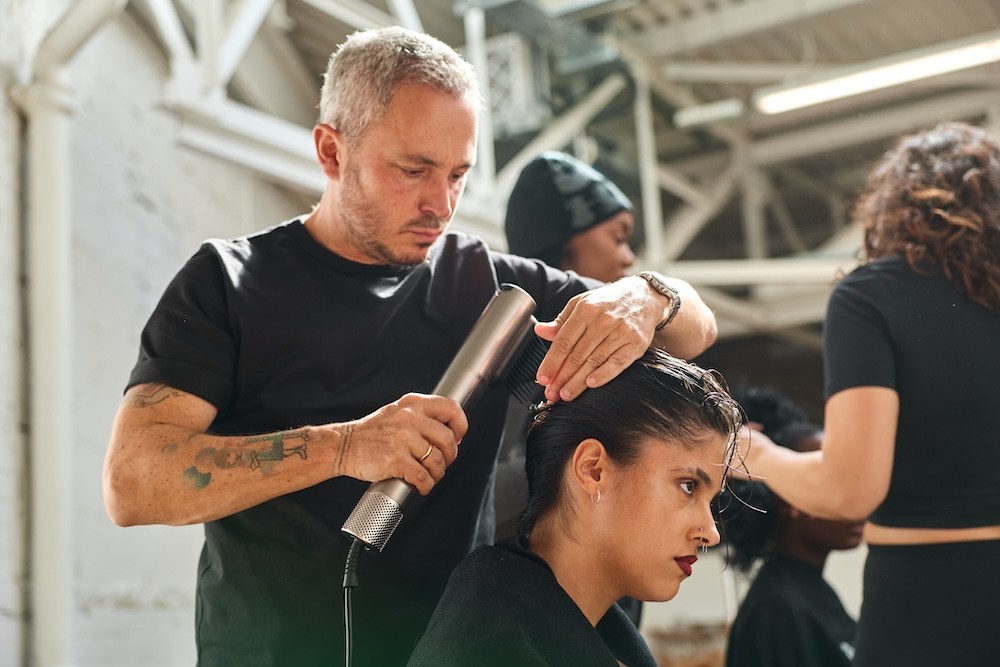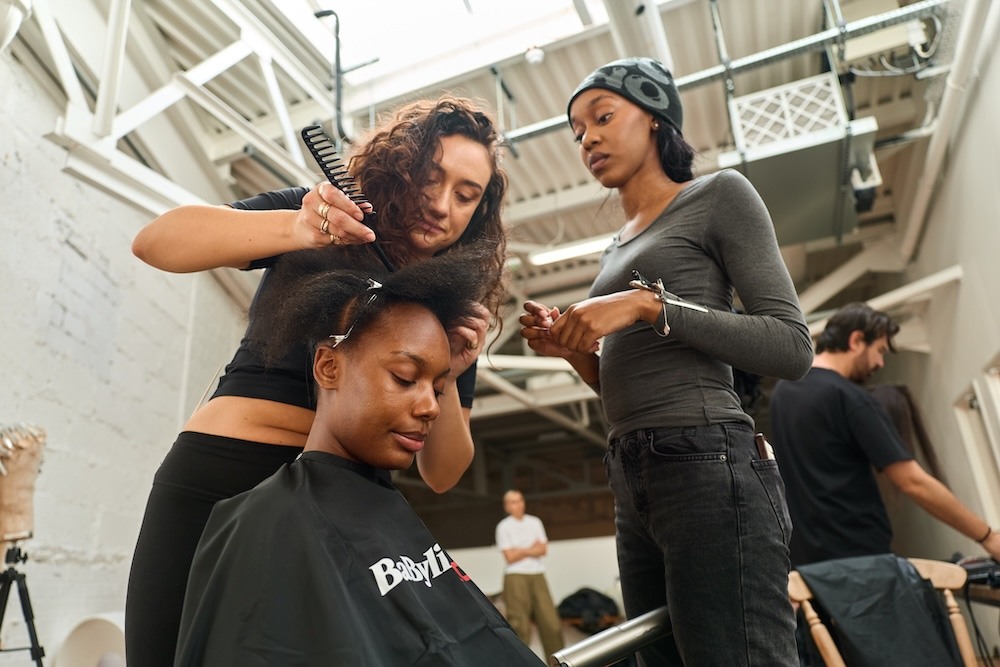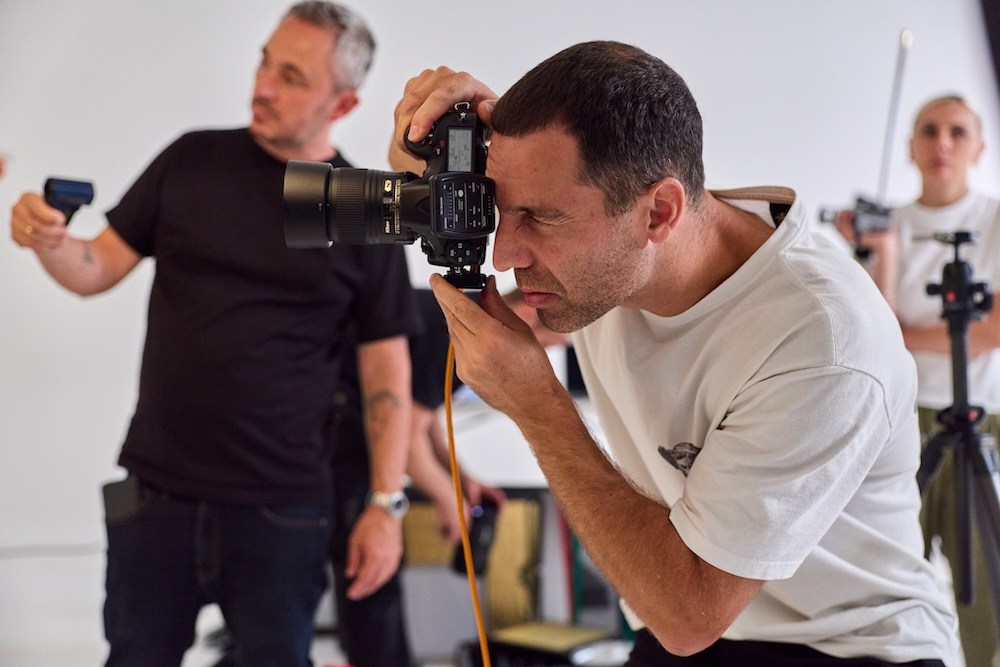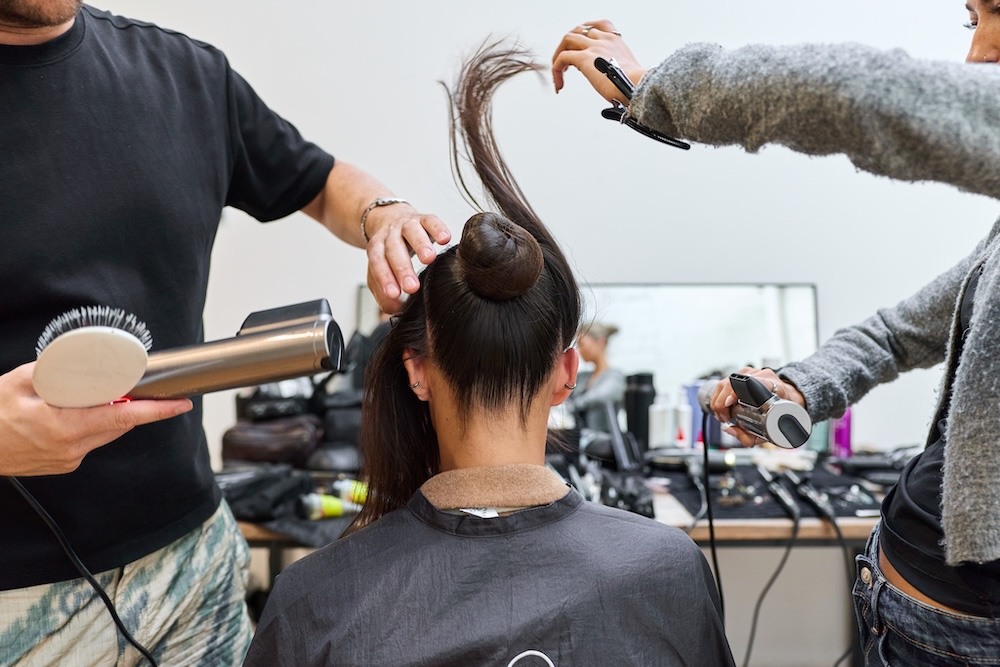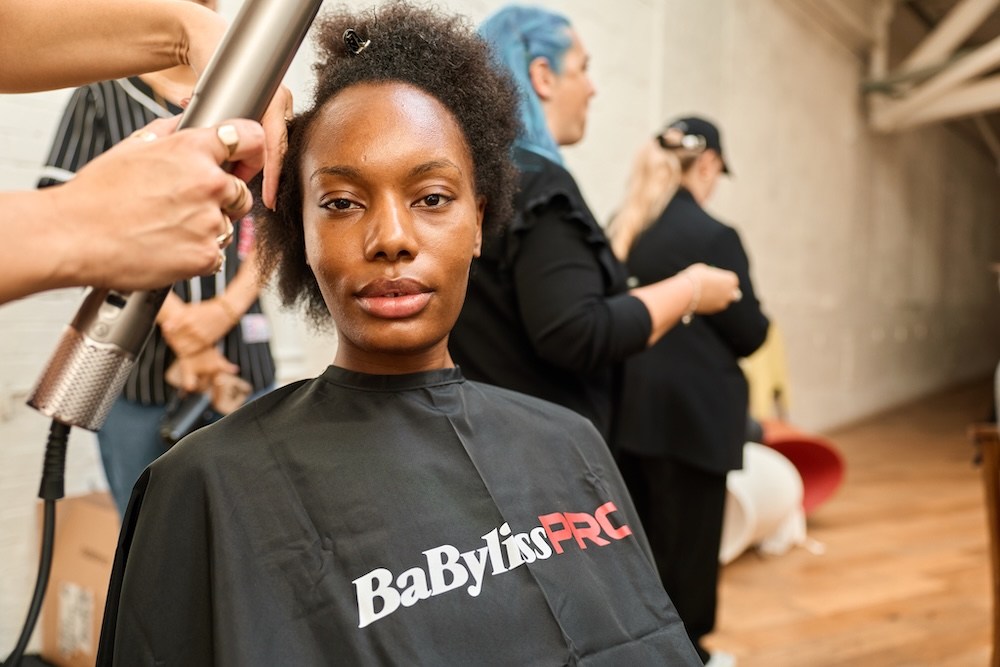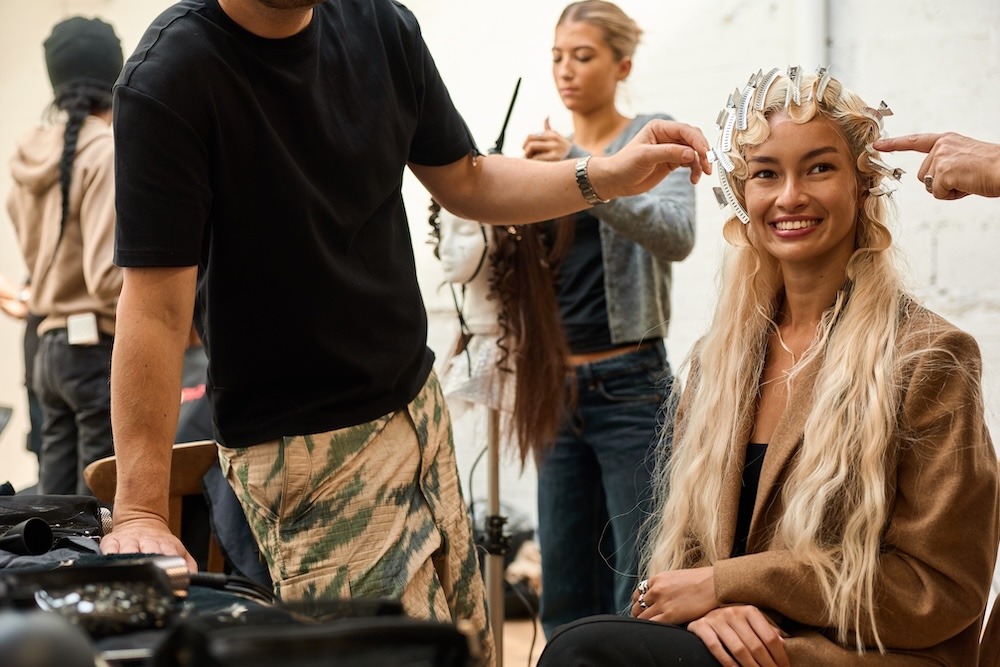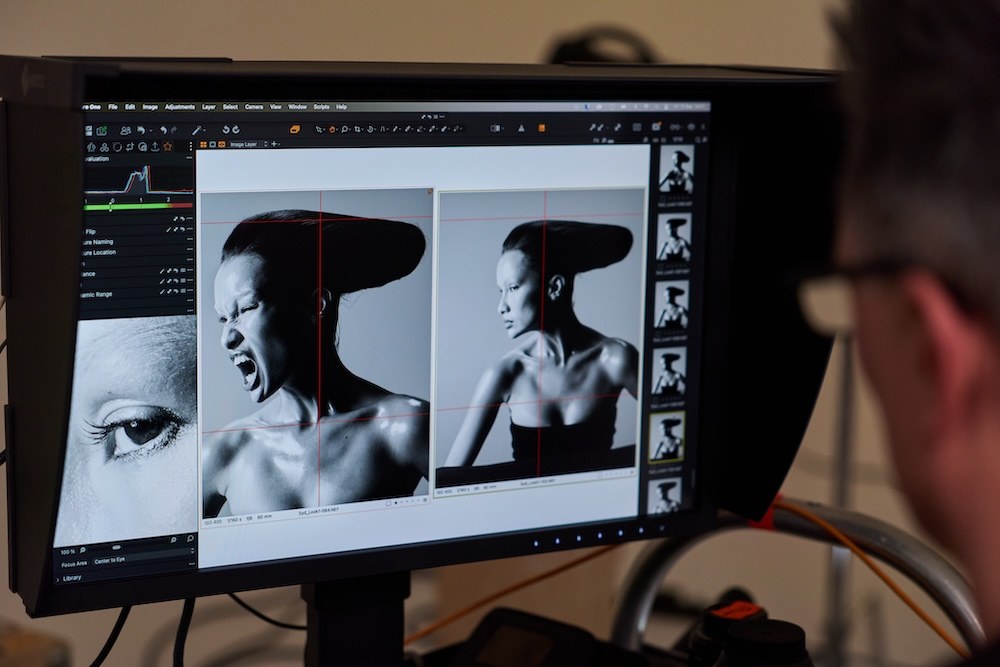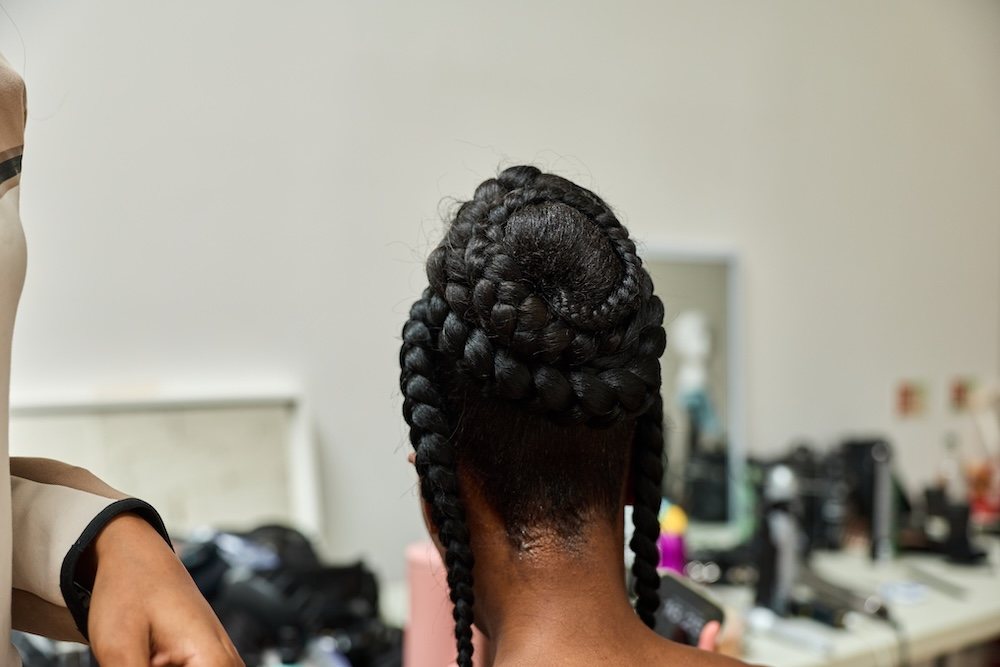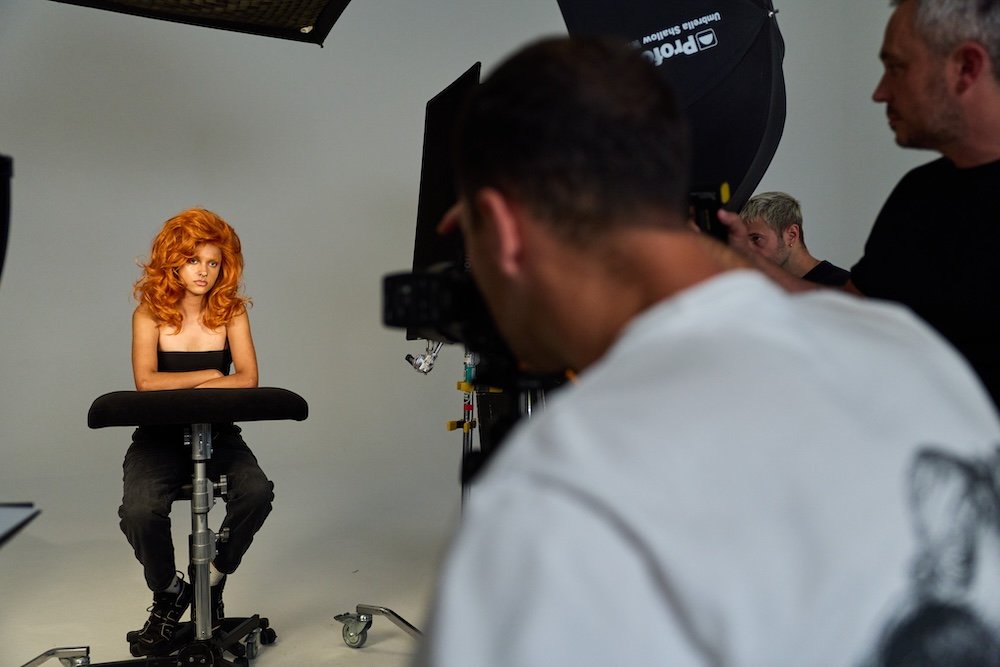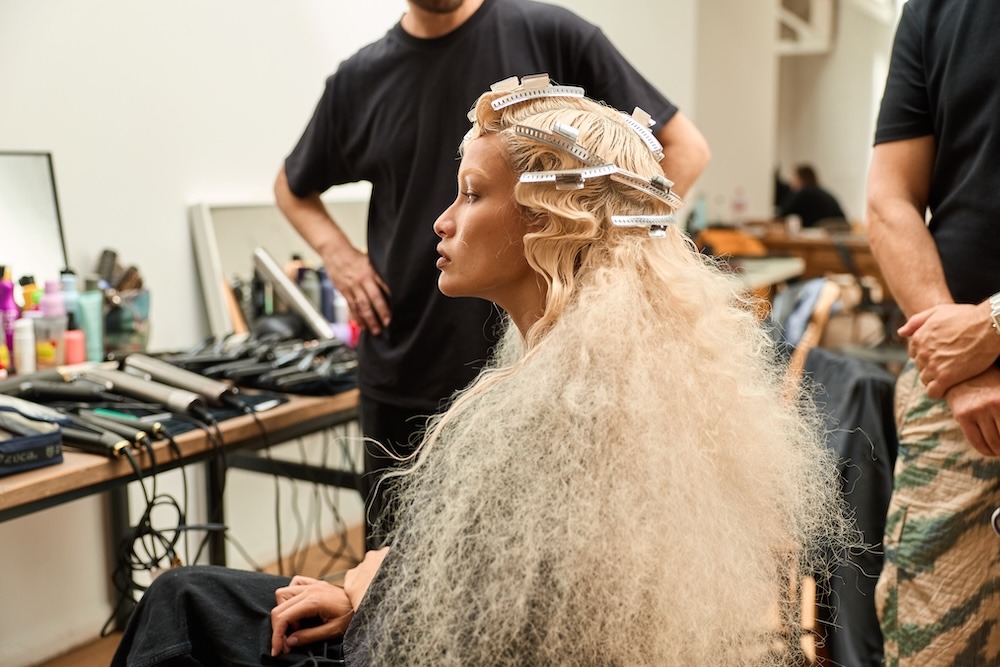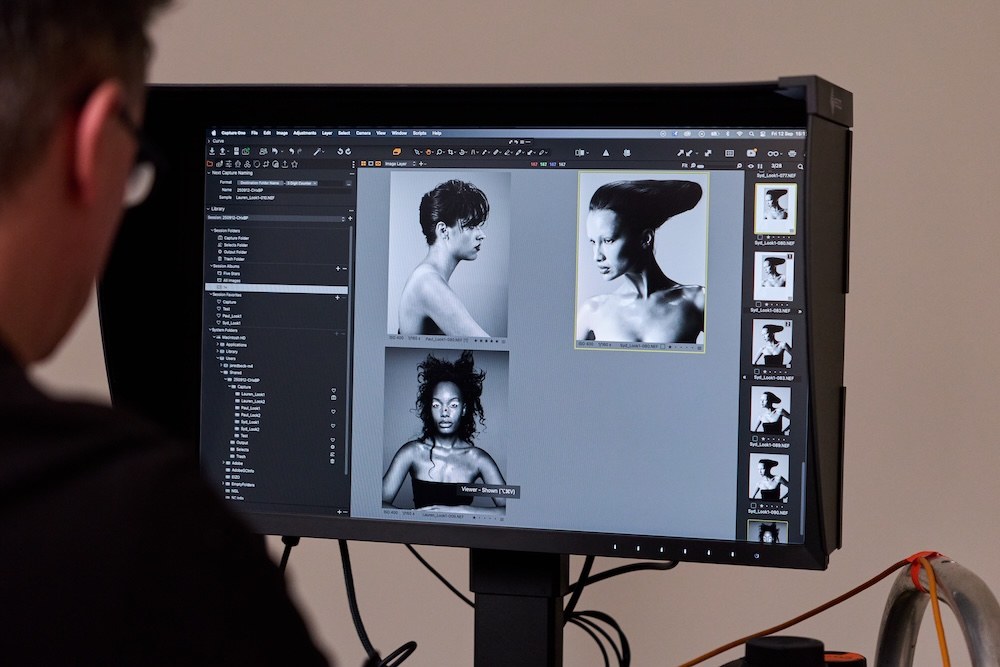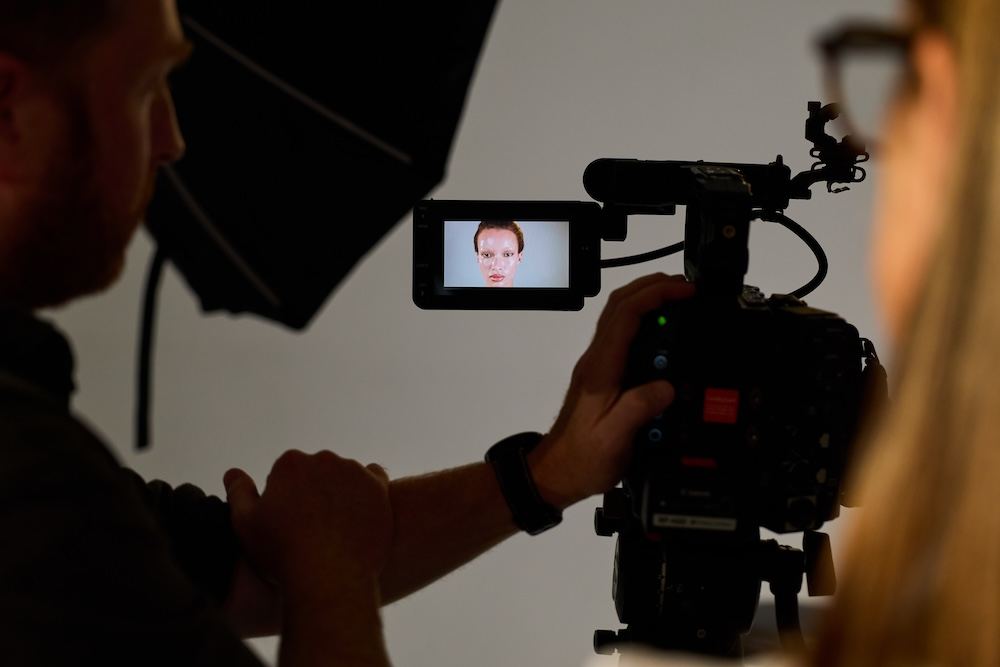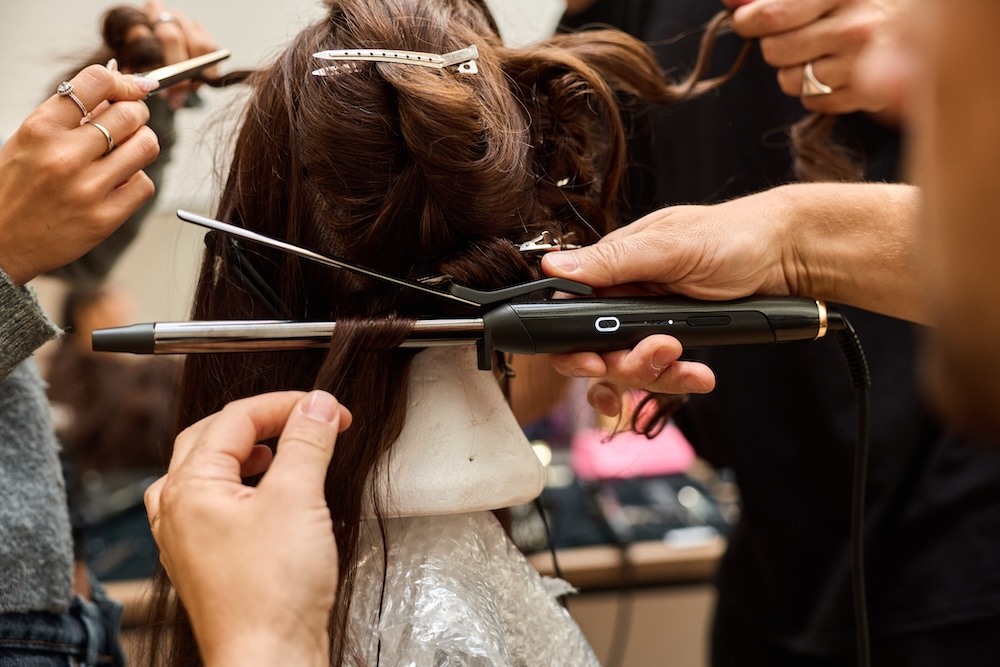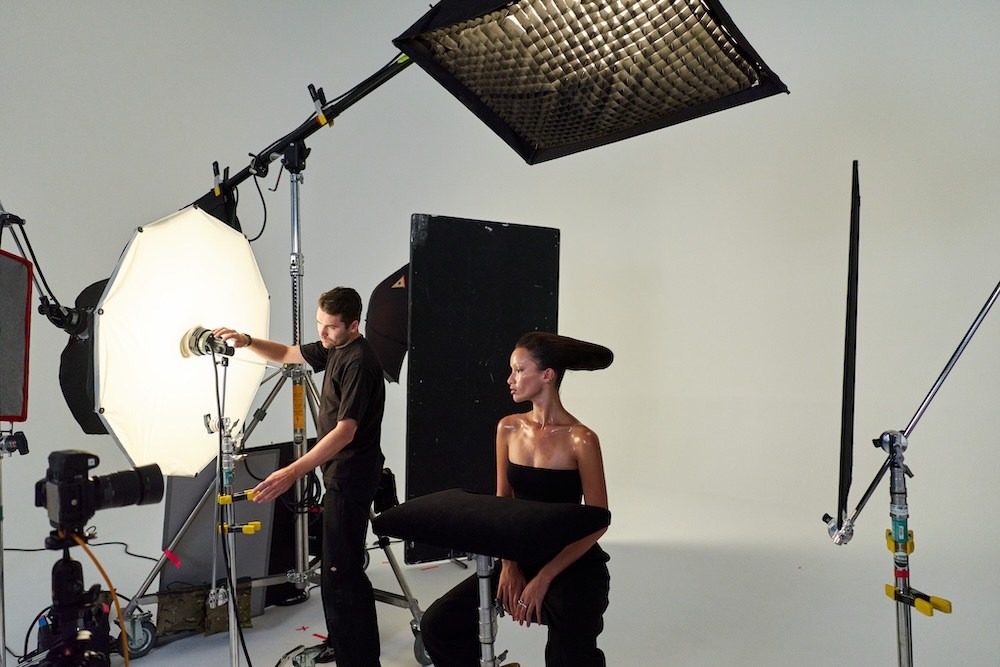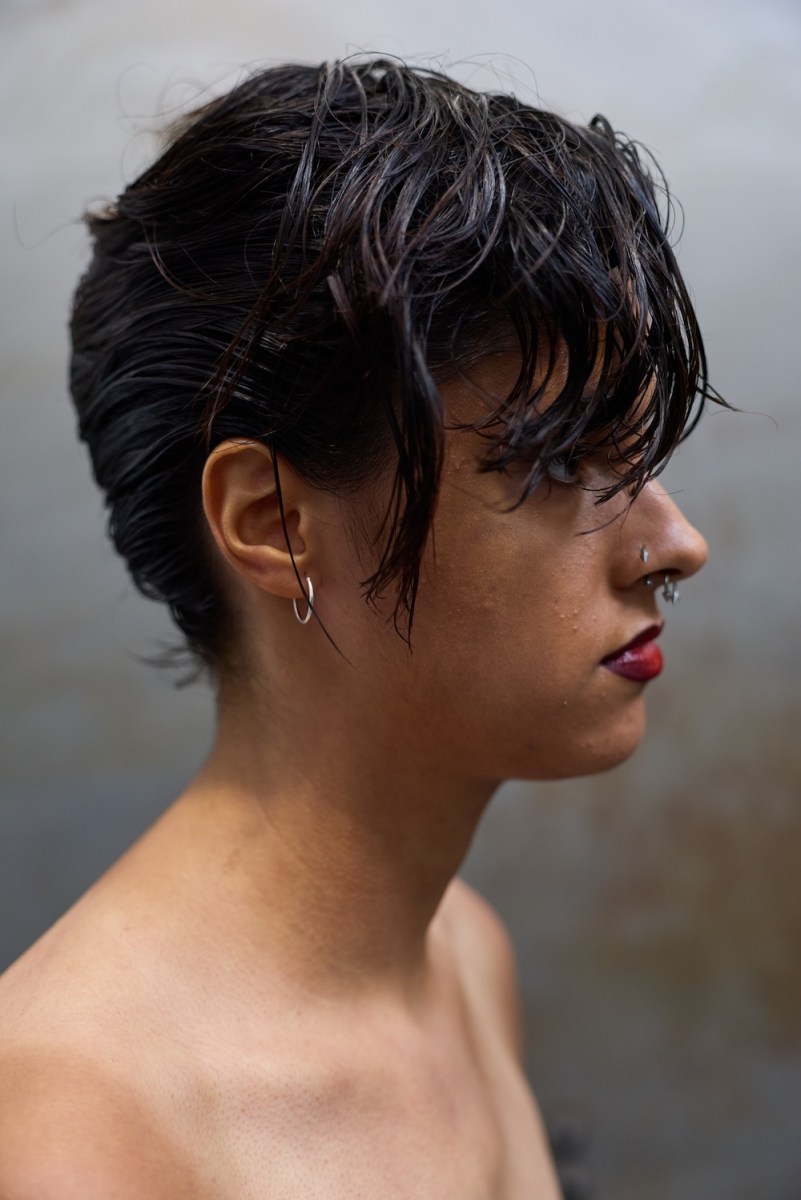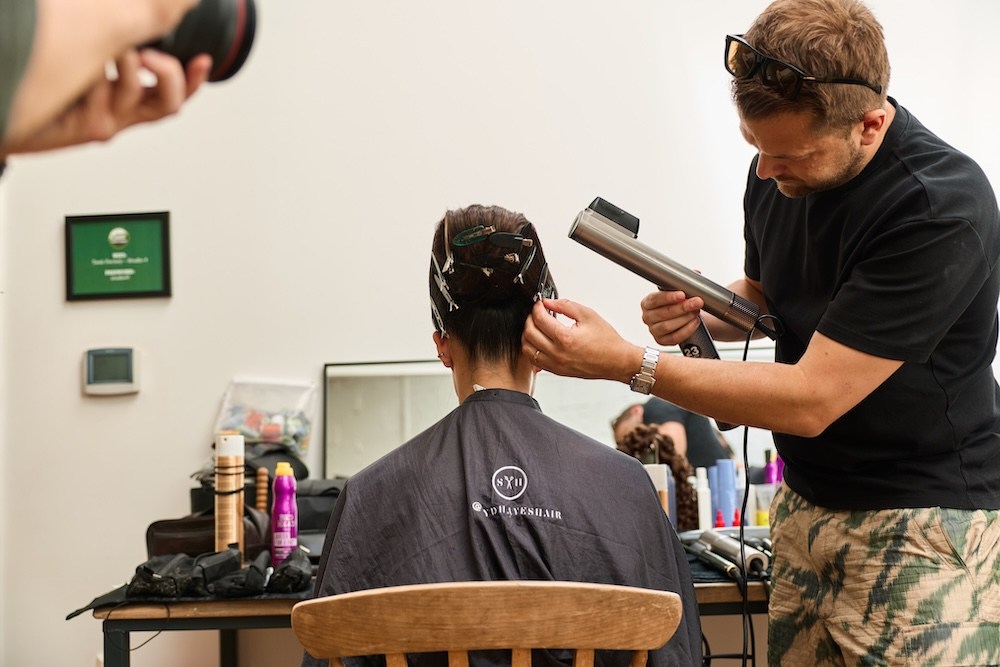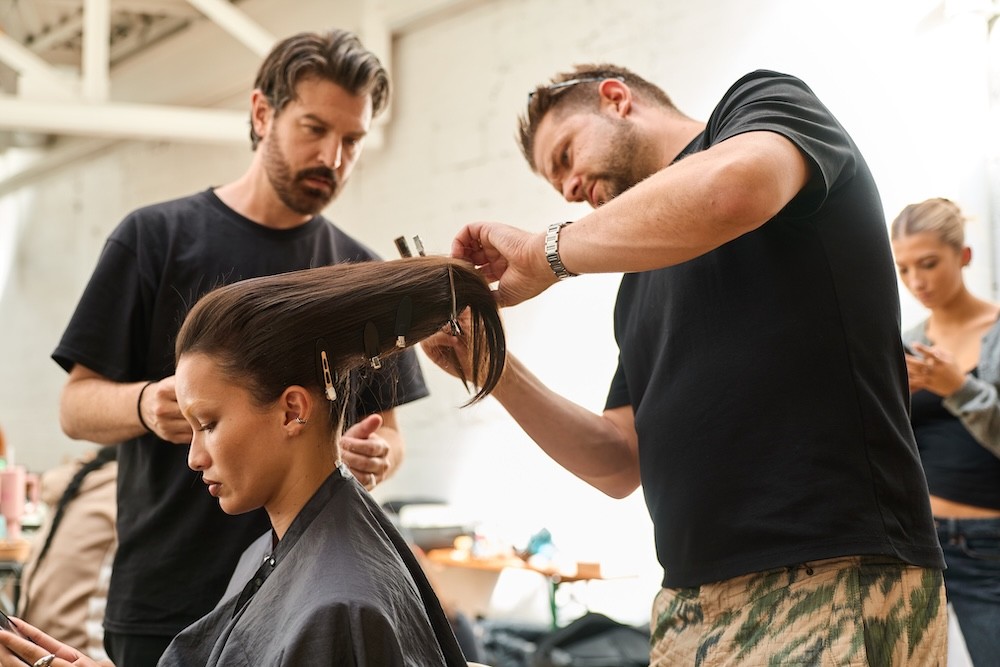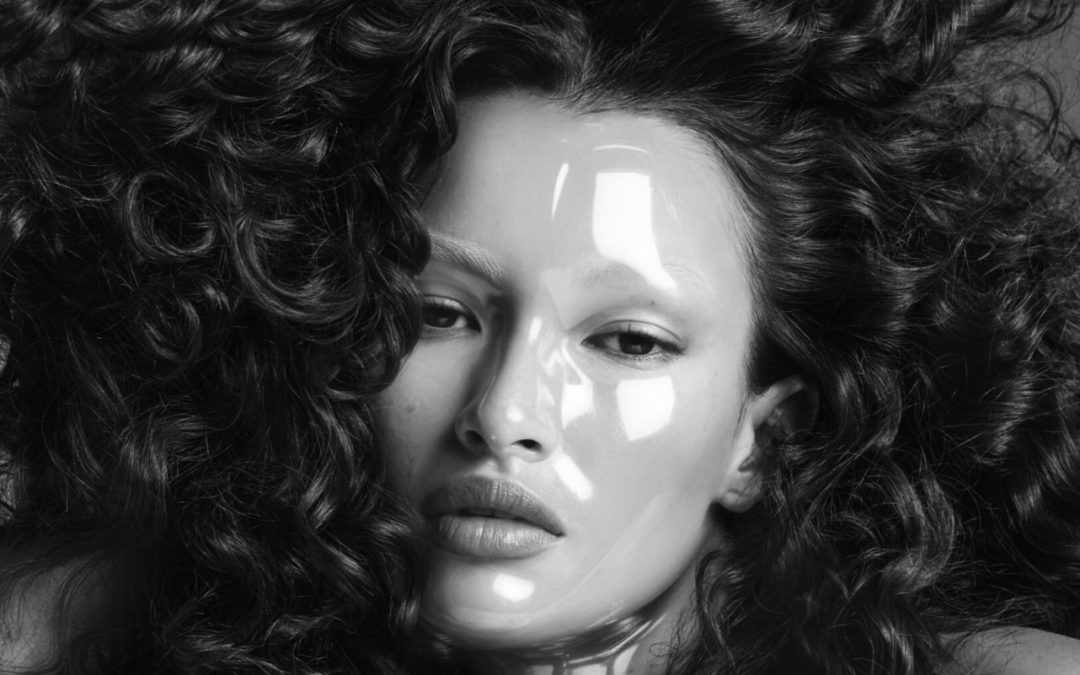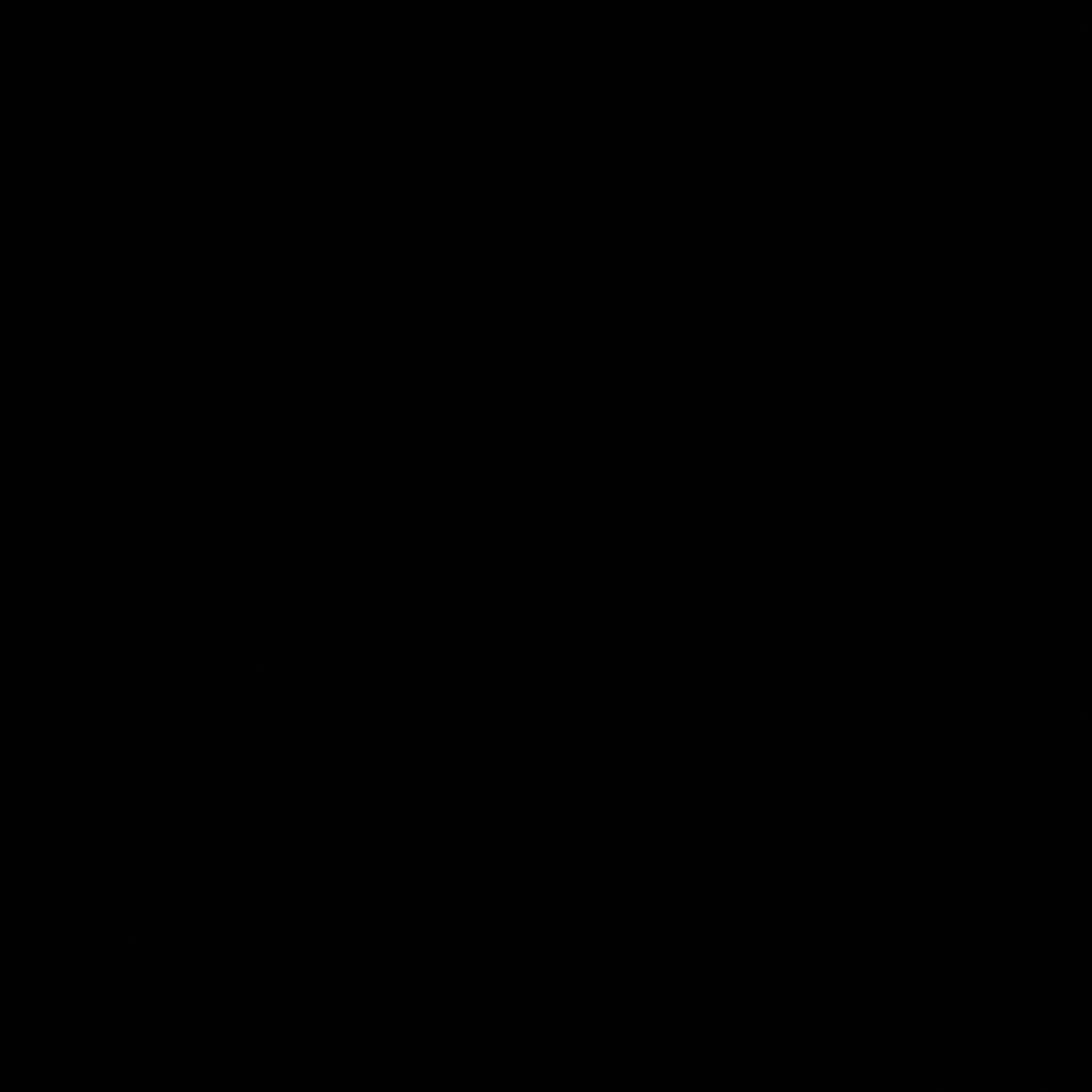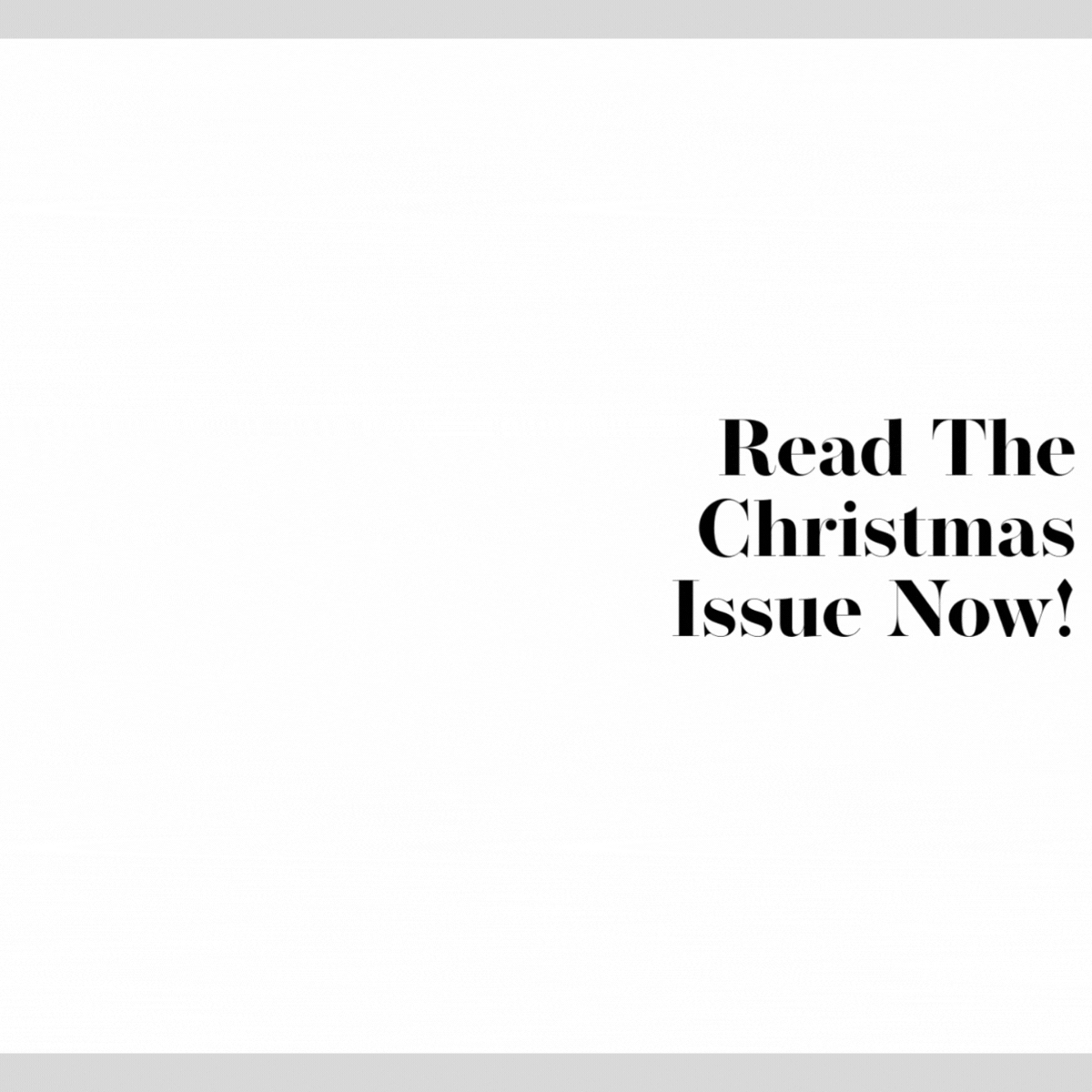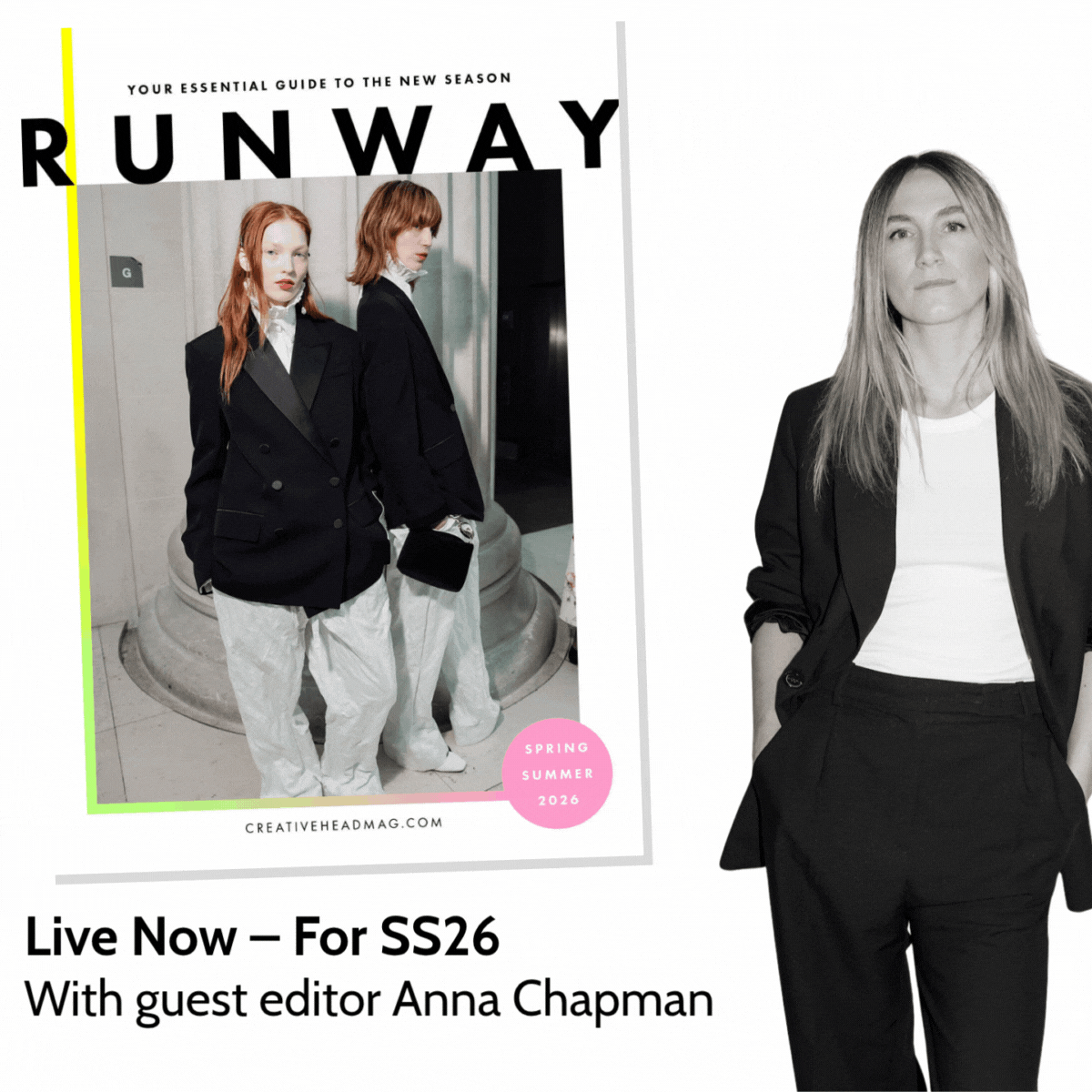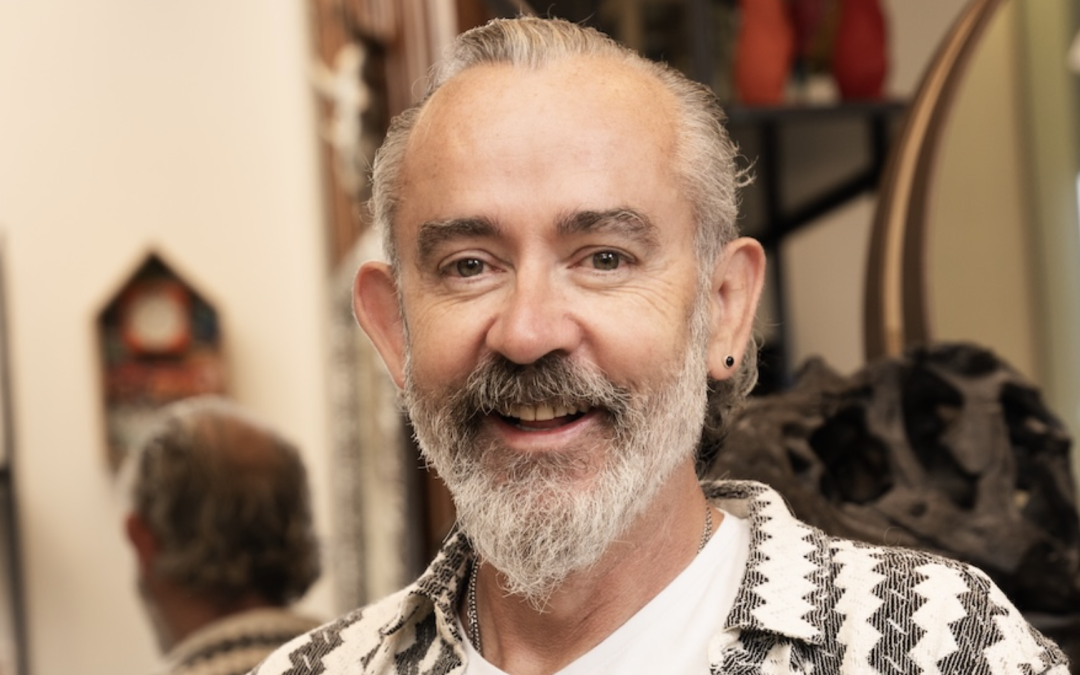
“Students Bring A Fresh Energy And Perspective”
“Students Bring A Fresh Energy And Perspective”
Creative director Cyril Morgan on how his annual collaboration with Limerick fashion students fuels fresh creativity, blending nostalgia and innovation with artistry and future technology
by IZZY | EXPLORE

Cyril Morgan
Each year, creative director and award-winning hairdresser Cyril Morgan teams up with fashion students from Limerick School of Art & Design (LSAD) for a collaboration that celebrates imagination, innovation and Irish talent. What began in 2019 as an informal garment loan has evolved into a full-scale creative partnership, complete with annual shoots, professional showcases and even a dedicated Creativity Award. Here, Cyril talks about how the project fuels fresh thinking, bridges hair and fashion and keeps creativity evolving on both sides.
How did the collaboration start, and how long has this been running now?
“The collaboration with Limerick School of Art & Design (LSAD) began in 2019. It started quite organically; we would borrow garments from fashion students for our shoots and some of them even modelled for us. Over time, the partnership naturally evolved into something more structured and meaningful.
“In the past two years, we’ve developed a closer relationship with the education heads in the LSAD Fashion Department. Starting this year, we also officially sponsor a Creativity Award at the LSAD Graduate Awards, which is something we’re very proud of. It’s a lovely way to celebrate emerging talent and continue supporting the next generation of Irish creatives.”
What does each side gain from the collaboration?
“It’s a collaboration where everyone genuinely benefits. For us, the students bring a fresh energy and perspective that constantly inspires our creative direction. Their innovative designs push us to think differently about hair and how it can complement and elevate fashion. In turn, the students gain real-world experience and professional exposure. We build our annual collections around their pieces and host a large-scale photoshoot each year with our team of hair stylists, professional photographers and make-up artists. The students are invited on set to be part of the process – styling their own looks, assisting on the day and seeing how a professional shoot comes together from start to finish. The finished collections are featured in magazines such as Creative Head and across our digital platforms.
“We also collaborate with leading brands. For example, this year’s shoot was supported by Bumble and bumble, which gives students the opportunity to network and make valuable industry connections. Many of the students use the images in their portfolios and some have even gone on to be approached for other styling and fashion projects as a direct result of the collaboration. It’s incredibly rewarding to see that growth and to play a small part in helping them transition into the next stage of their careers.”
Talk us through both concepts and how they’re born – where do you start, how does a theme get agreed, how do you test the looks and work through what the final looks will be?
“We usually begin the creative process at the start of the year. Our artistic team comes together to brainstorm and present ideas – it’s a really collaborative process. Storytelling is central to everything we do. Each collection needs to say something and evoke a feeling that resonates beyond the hair itself. Once everyone has shared their ideas, we build mood boards and explore potential directions. There’s usually overlap in our thinking, which helps us refine the strongest elements into a single, cohesive concept. From there, we start testing techniques and developing the looks, experimenting with shapes, textures and finishes until the story really starts to take form.
“With Preservation (gallery above), the story was a love letter to the classics – those timeless shapes like the bob, pixie, mullet and curly cuts that continually resurface through the decades. We wanted to reinterpret them through a modern lens, blending heritage with contemporary edge. Encasing each look in glass became a symbolic way to ‘preserve’ these iconic styles for future generations.
“Disruption (gallery above), on the other hand, explored the complete opposite. Set in a dystopian, AI-driven future, it questioned what happens when creativity and individuality are surrendered to technology. The looks became more experimental, using unexpected materials, futuristic textures and unconventional shapes, pushing the boundaries of what hair could be.
“With the avant-garde pieces in particular, there’s a lot of trial and error involved, and some of the more complex looks take months to perfect. Even then, things can change on the day once we see how they come to life on camera. Once we have our concepts, we then collaborate with the LSAD fashion students to select garments that strengthen the visual story and enhance the overall aesthetic. Their creativity adds another dimension to the work, bridging fashion and hair in a way that feels authentic and exciting. Going forward, we’re planning to collaborate with them even earlier in the process by working alongside the students as they design their final-year collections. That idea really came to life while judging the Creativity Award earlier this year and it’s something we’re eager to develop further.”
How do hair and fashion cycle through nostalgia and novelty – and how might future styles be shaped by the technology we create?
“Hair and fashion have always existed in a constant dialogue between nostalgia and novelty. Trends are cyclical, the classics always find their way back, whether it’s a bob, a pixie or a mullet. Something is enduring about these shapes – they connect us to different eras and evoke a sense of familiarity. That’s why, in Preservation, we wanted to quite literally ‘honour’ those timeless styles by encasing them and preserving them as part of our collective visual history, while adding our own modern interpretation.
“Novelty, on the other hand, is about play and experimentation. It’s where we push boundaries and explore the unexpected. That’s what Disruption represented for us. It allowed us to ask, ‘What happens when creativity is influenced or even replaced by technology?’ The avant-garde side of our work gives us the freedom to imagine those possibilities and create something that feels new and slightly uncomfortable in the best way.
“As technology continues to evolve, it’s inevitable that it will shape how we create and experience hair. Artificial intelligence, 3D printing and digital fashion are already influencing how we design, communicate and consume style. But I think what will always remain constant is our human connection to creativity, the need to touch, feel and express identity through hair. Technology will give us new tools, but it’s the emotion behind the artistry that will keep driving trends forward.”
What advice would you share with any stylist/salon looking to collaborate with local fashion students?
“I would absolutely recommend it. Collaborating with local fashion students or emerging designers is such a rewarding experience and everyone involved gets something out of it. It’s an exchange of ideas and energy that keeps your creativity alive and pushes you to see things differently.
“For salons and stylists, it’s a chance to step outside of the everyday and reconnect
with the artistry of what we do. Students bring such a fresh perspective, they’re fearless in their ideas and not bound by traditional rules. That kind of openness can be really inspiring and can spark new directions in your own work. My advice would be to simply reach out and start the conversation. Offer support, share your skills and look for ways to build something together. Collaboration isn’t about hierarchy, it’s about inspiring each other and creating space for new voices. When you bring together different creative minds, the outcome is always something special.”


